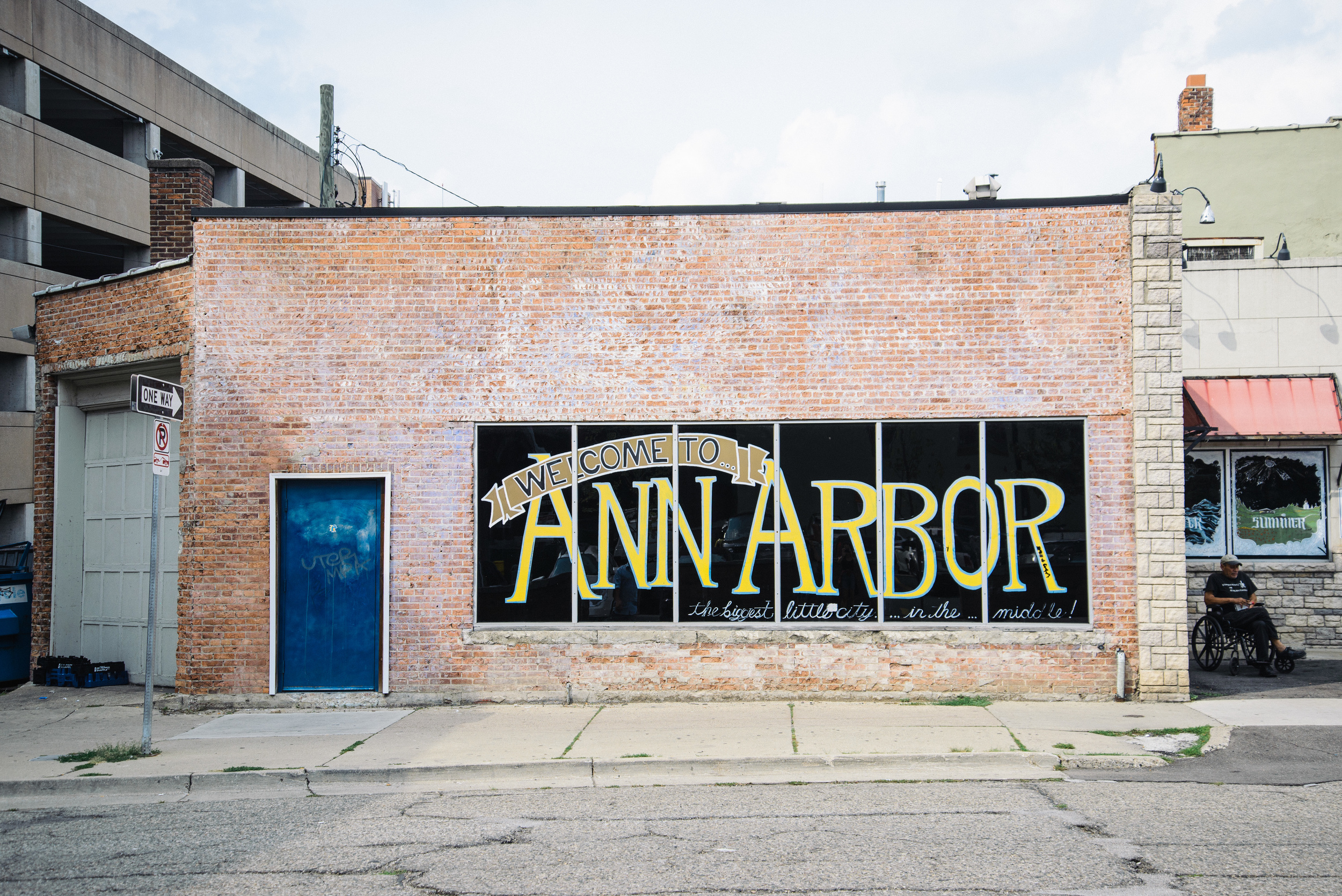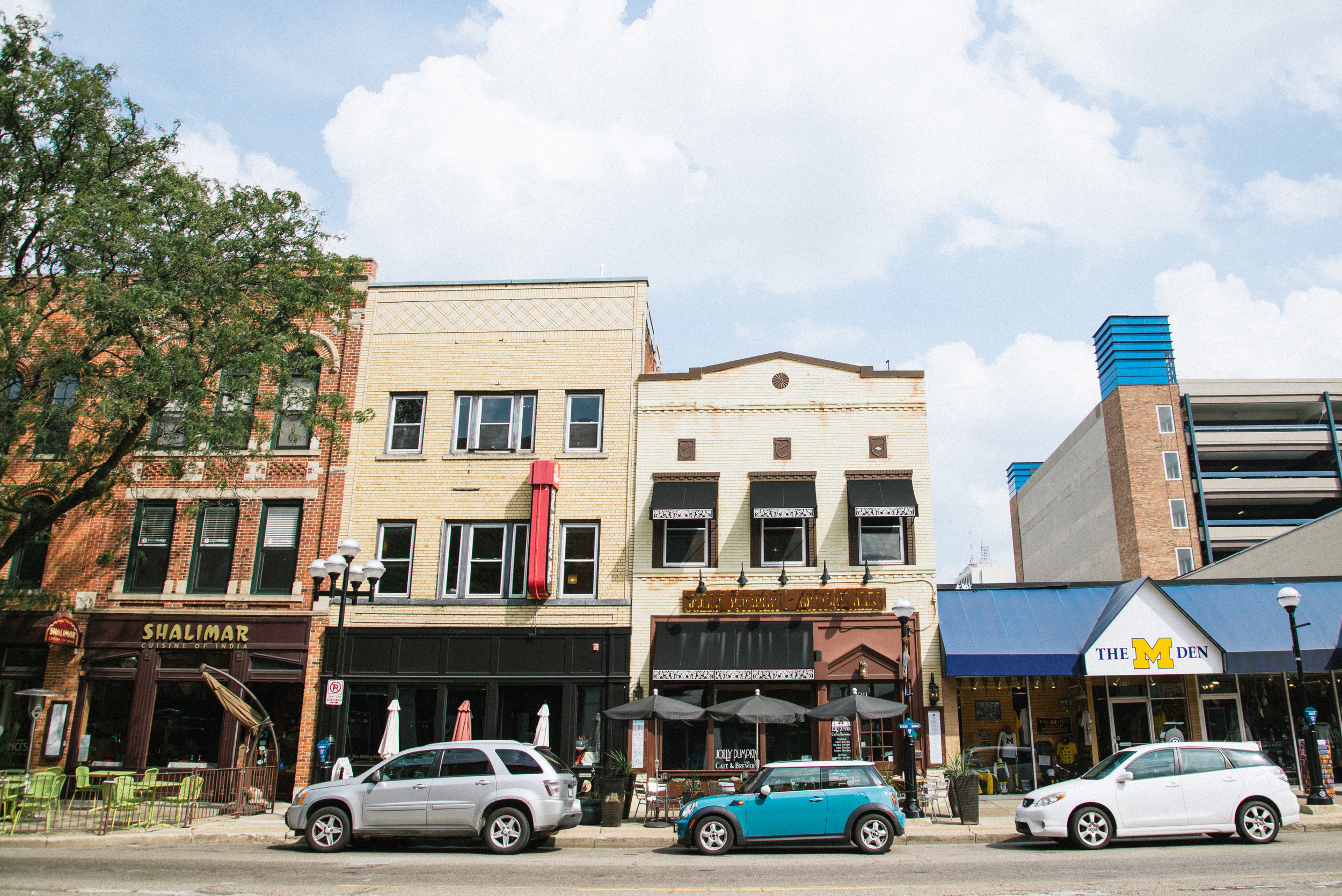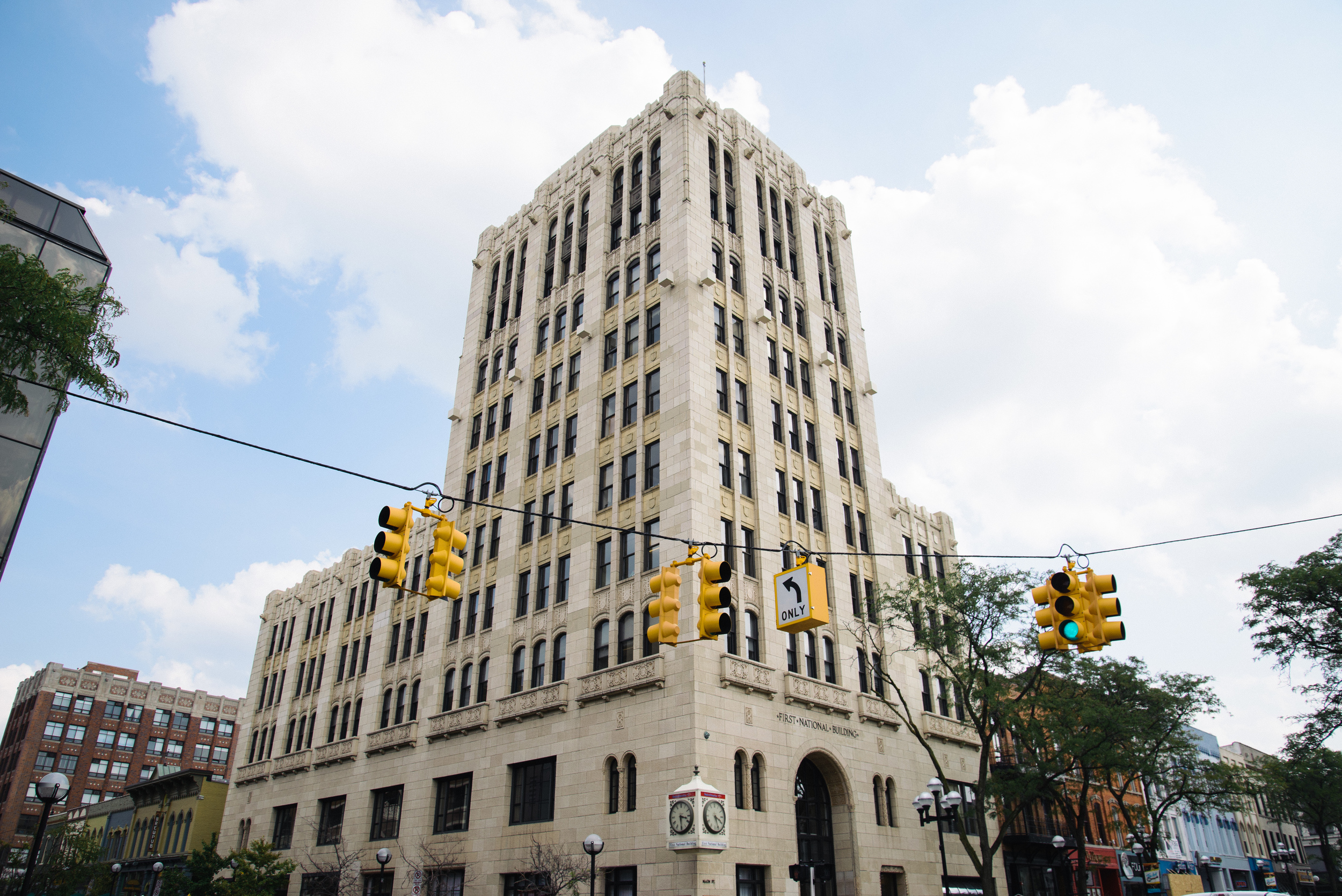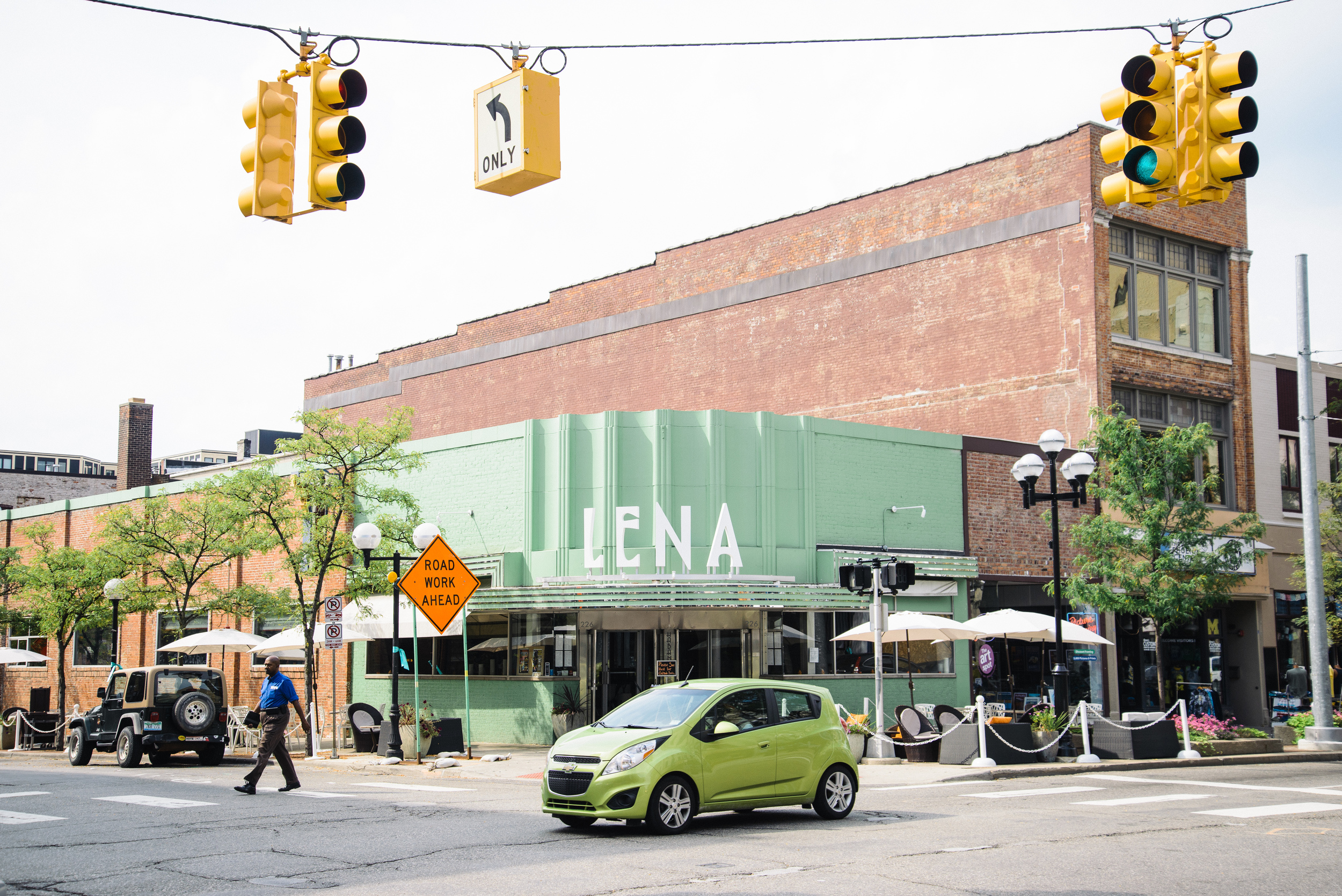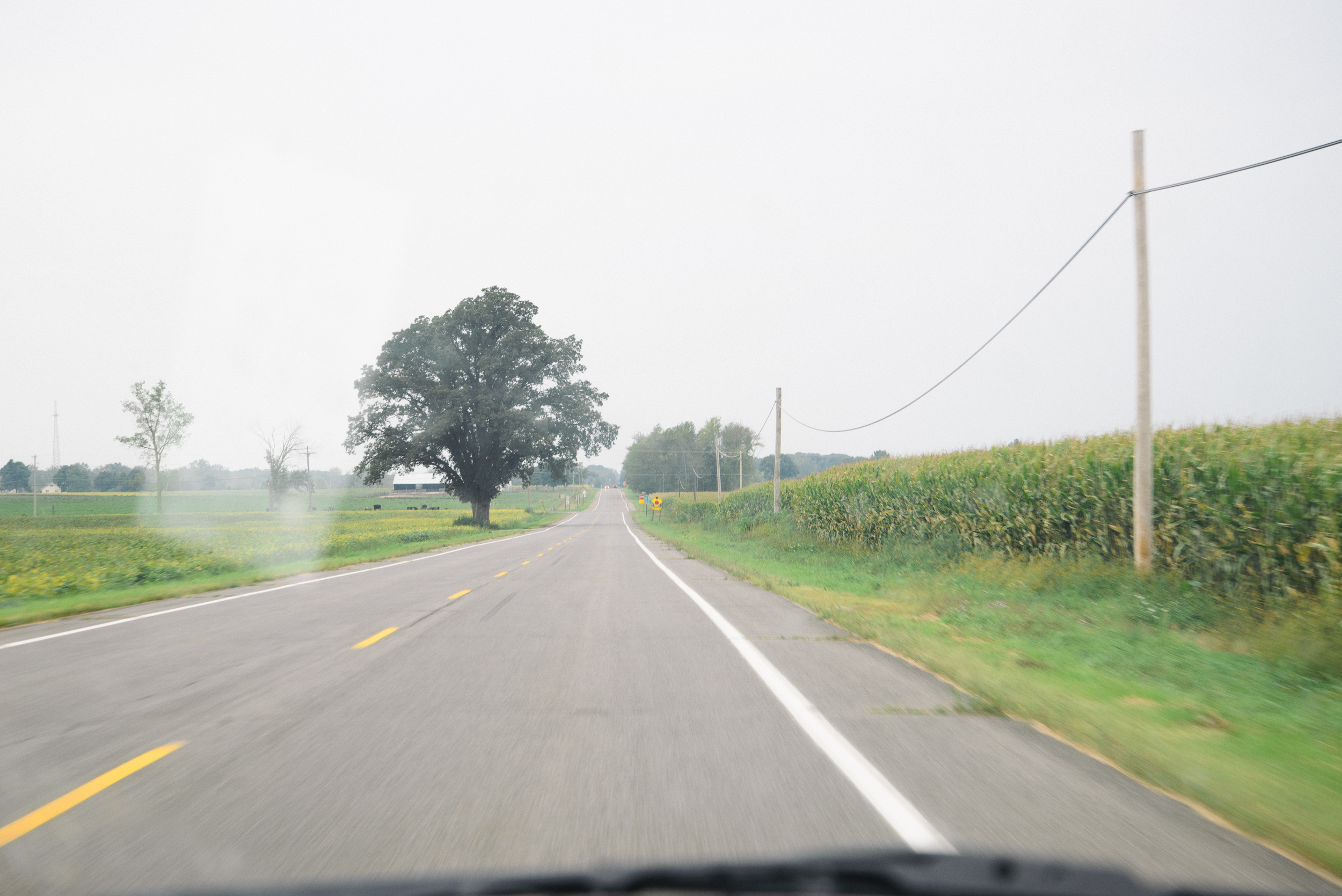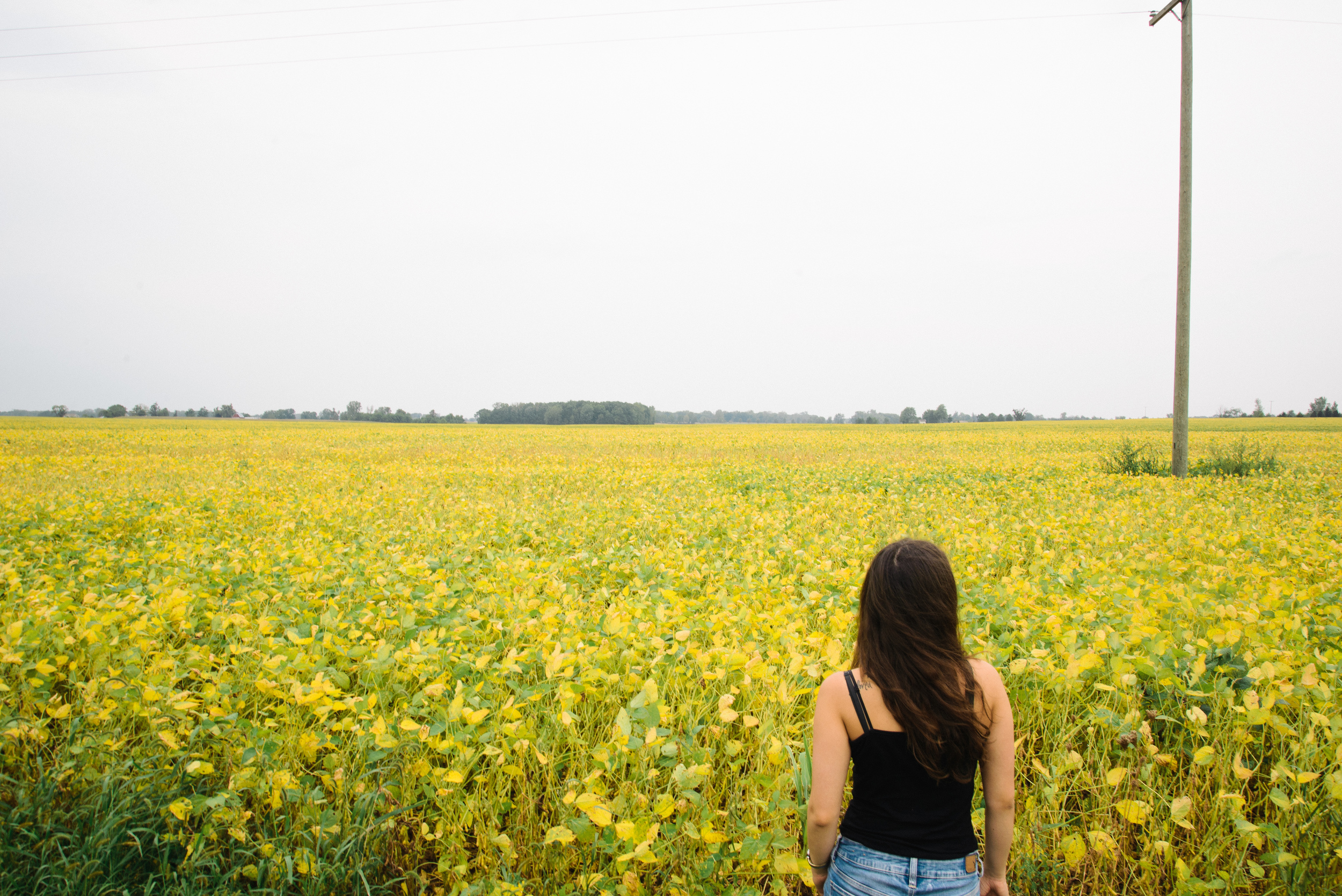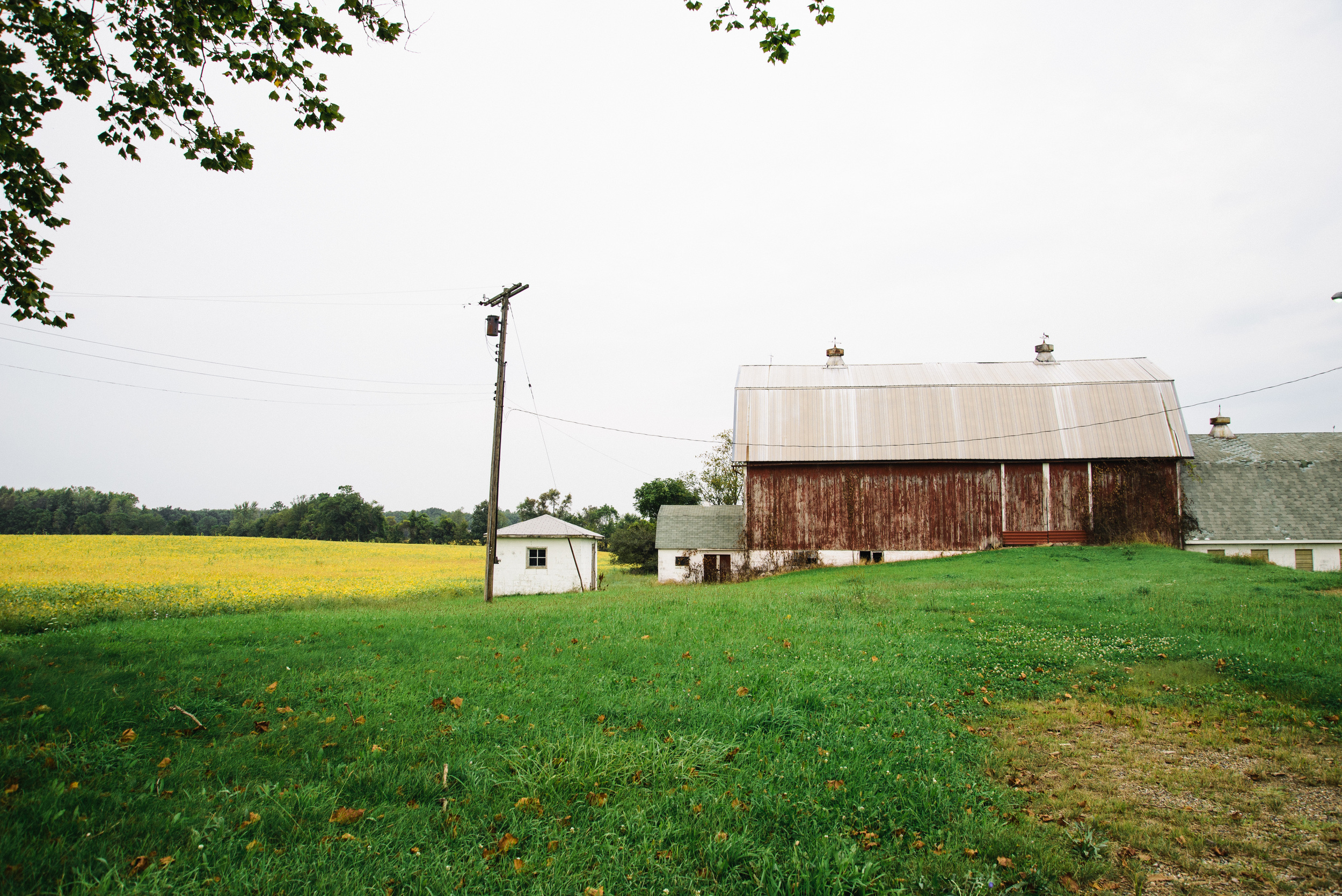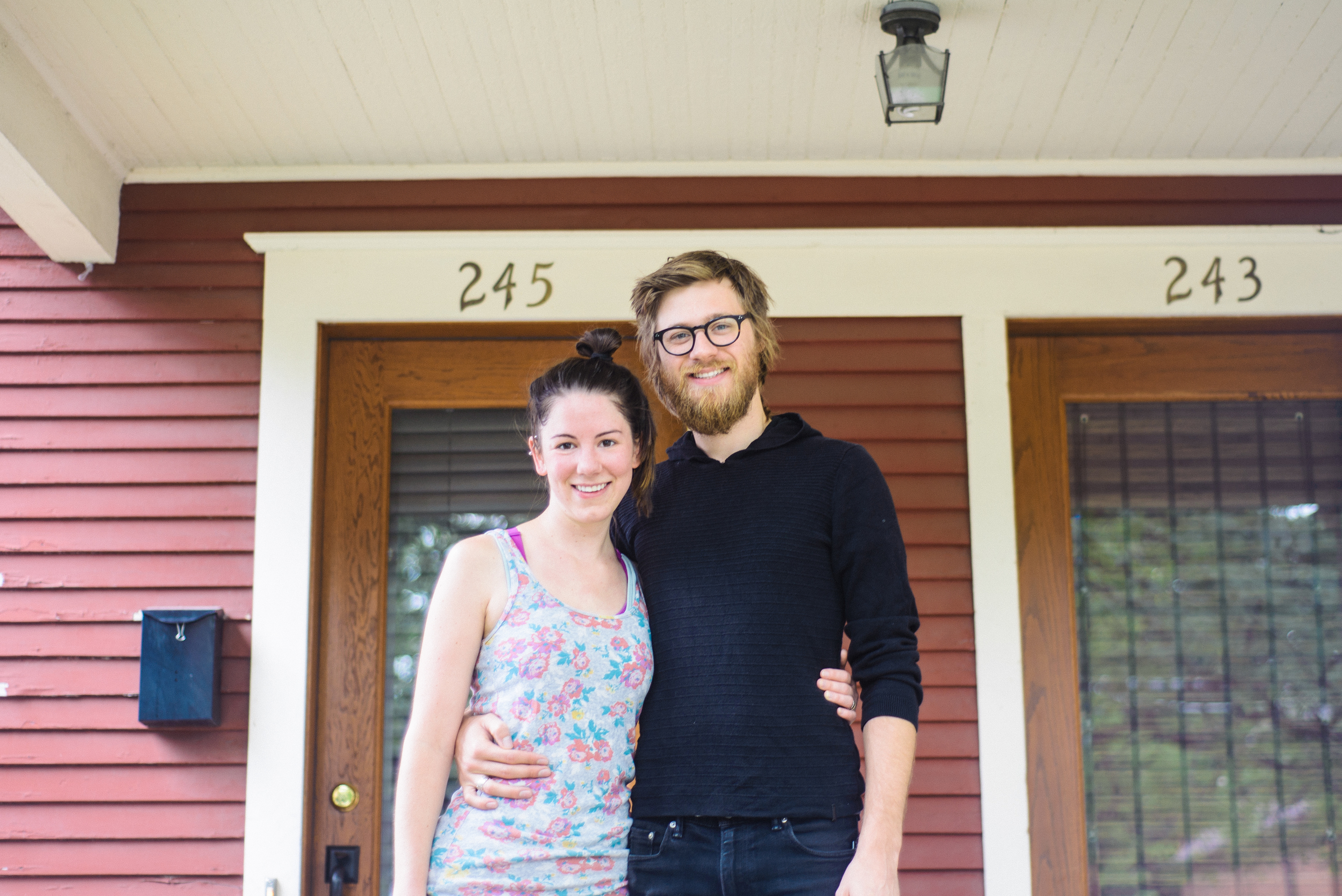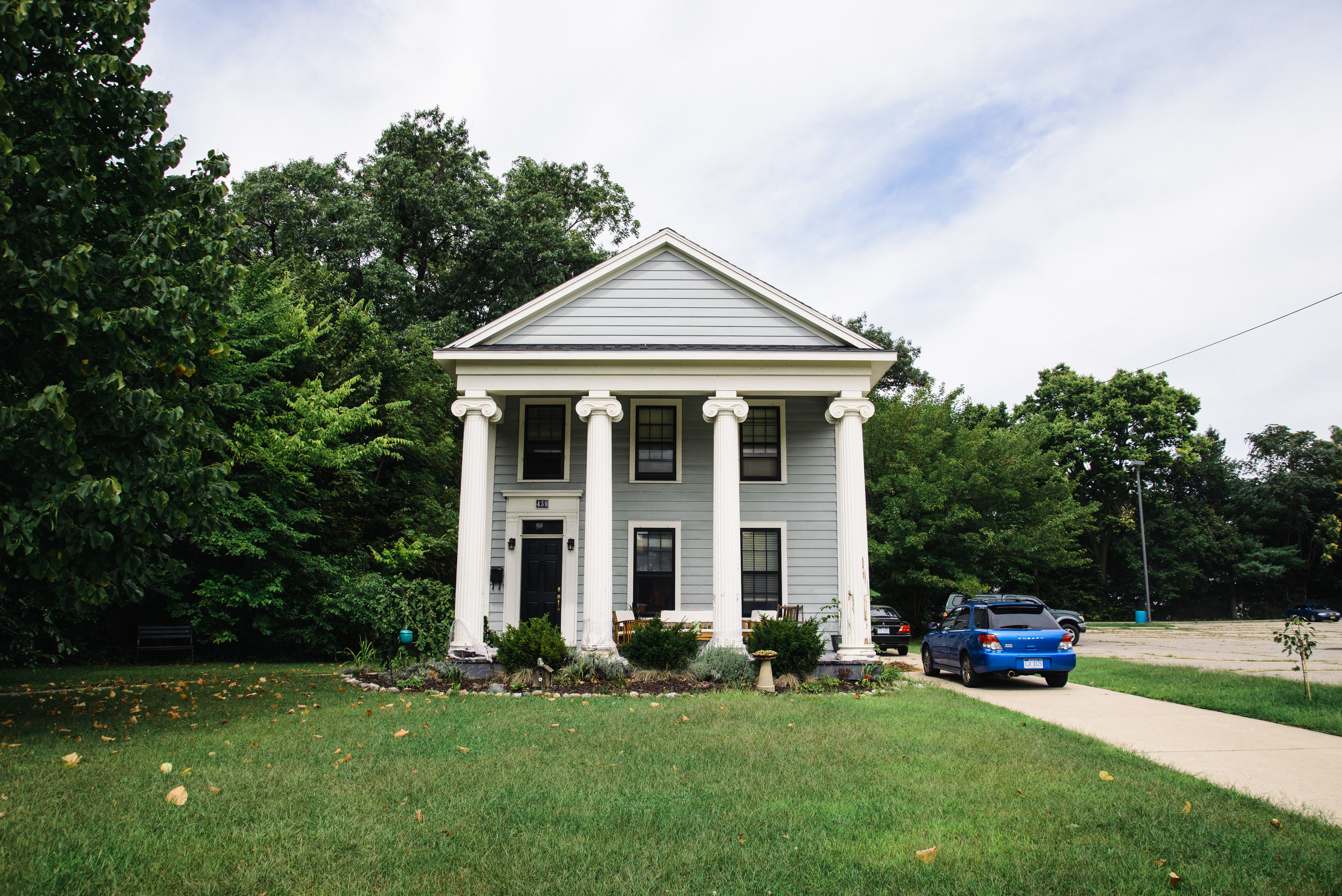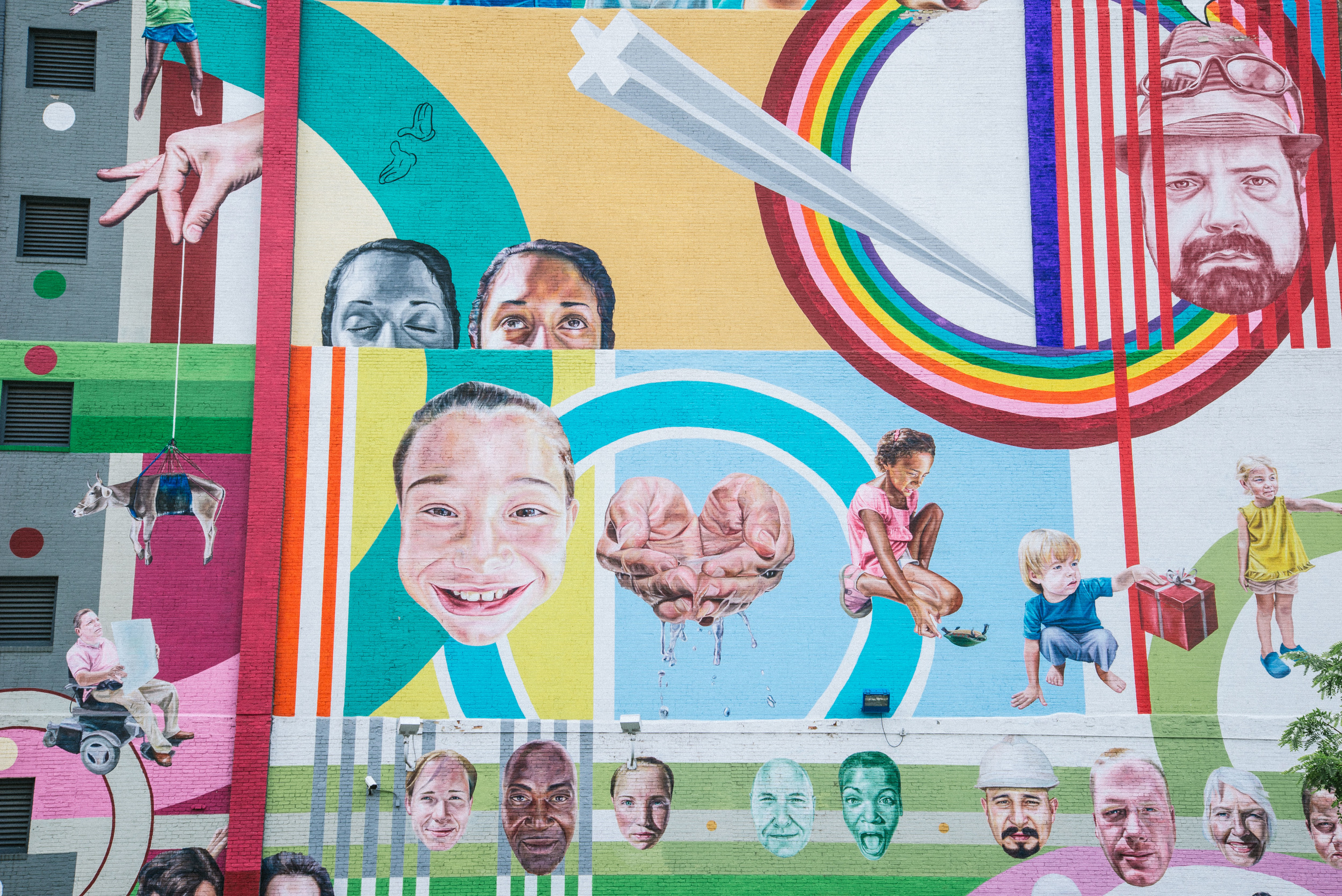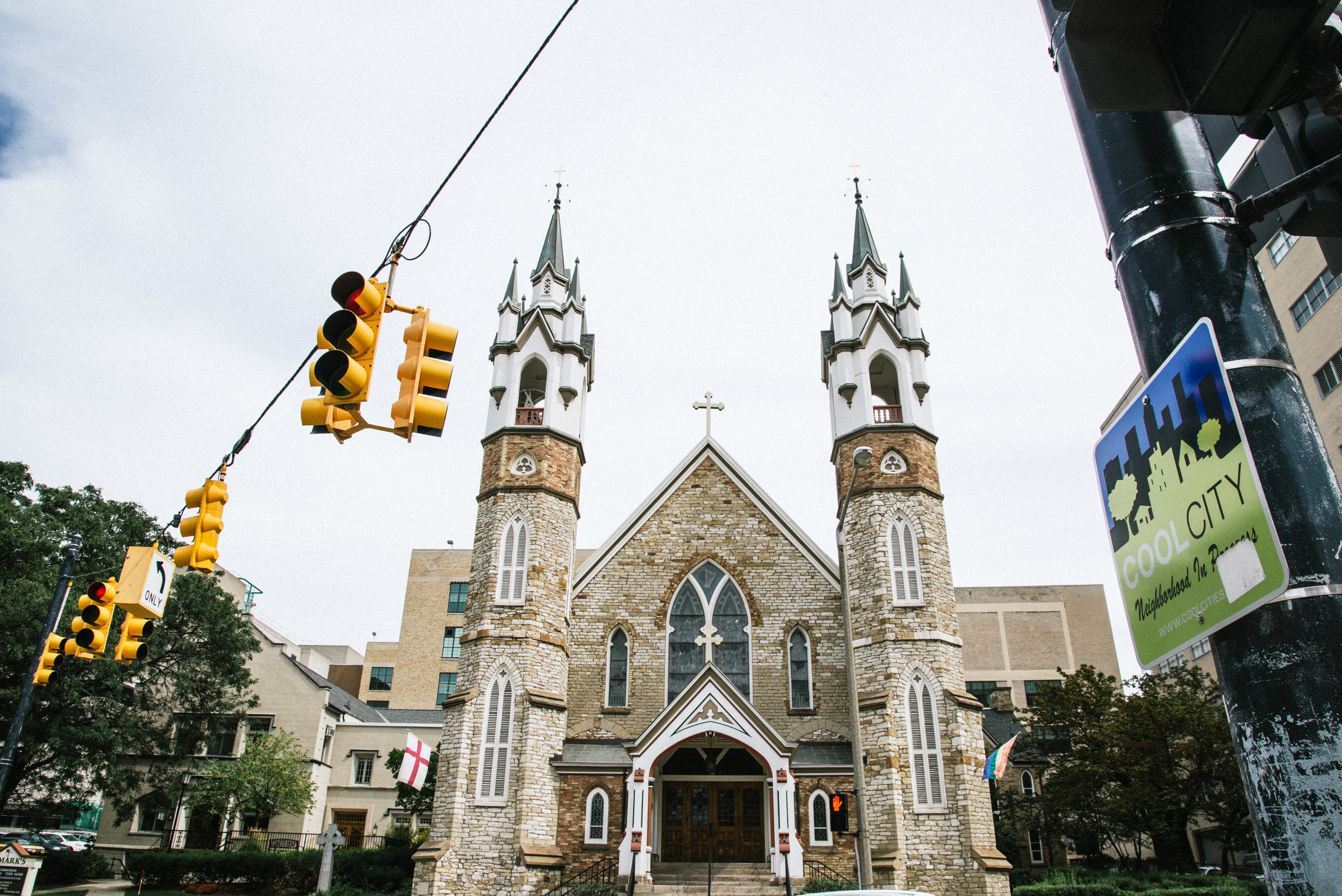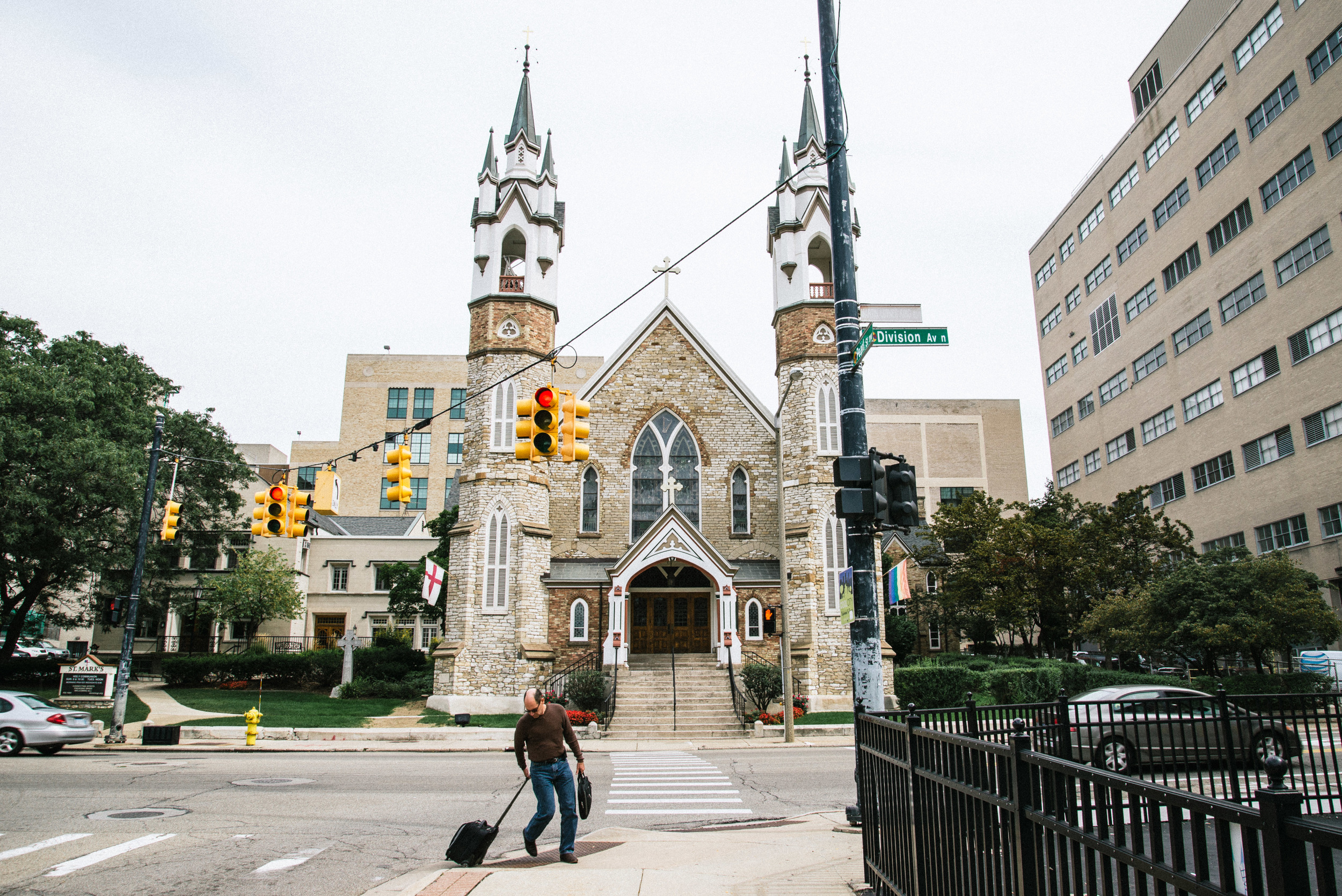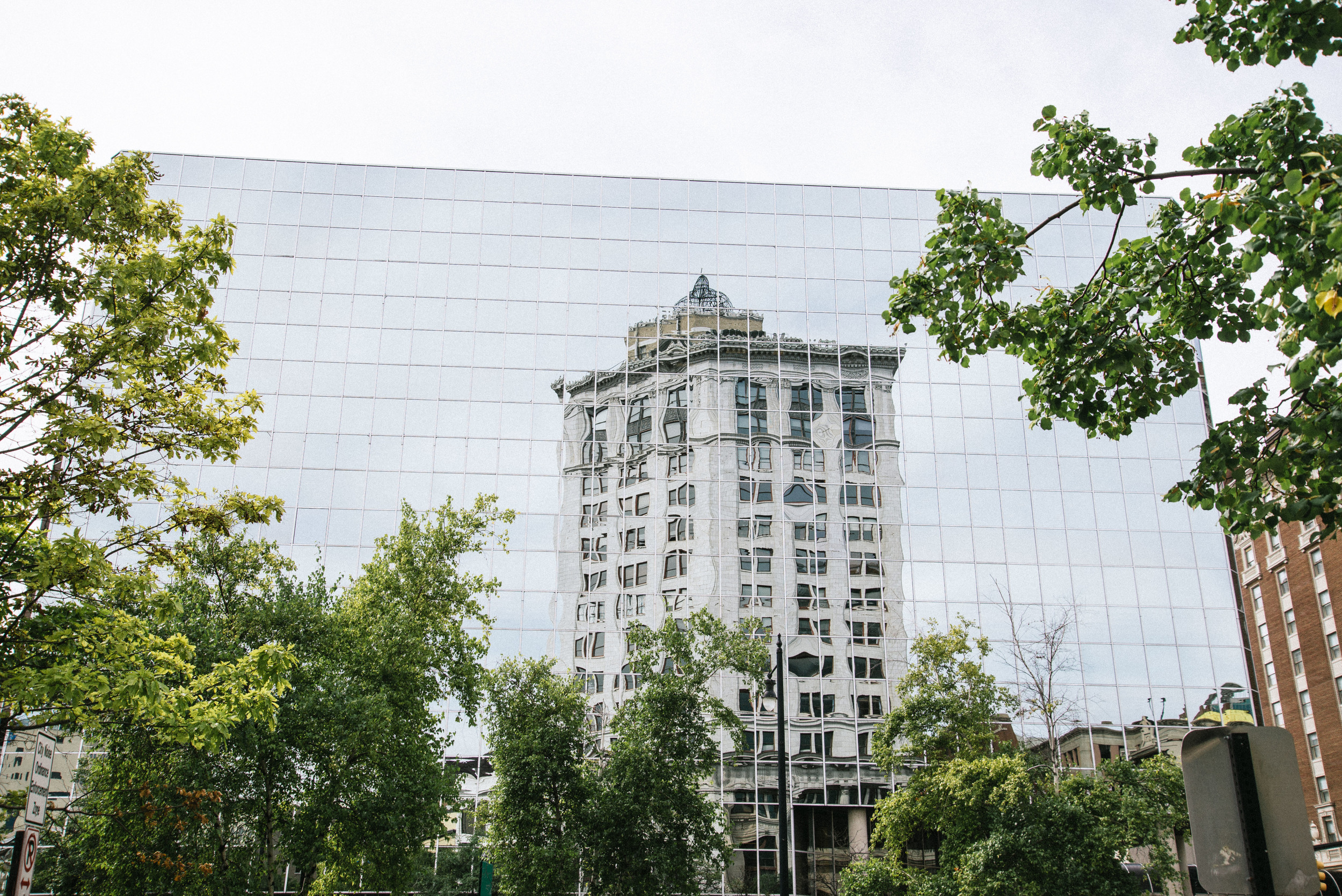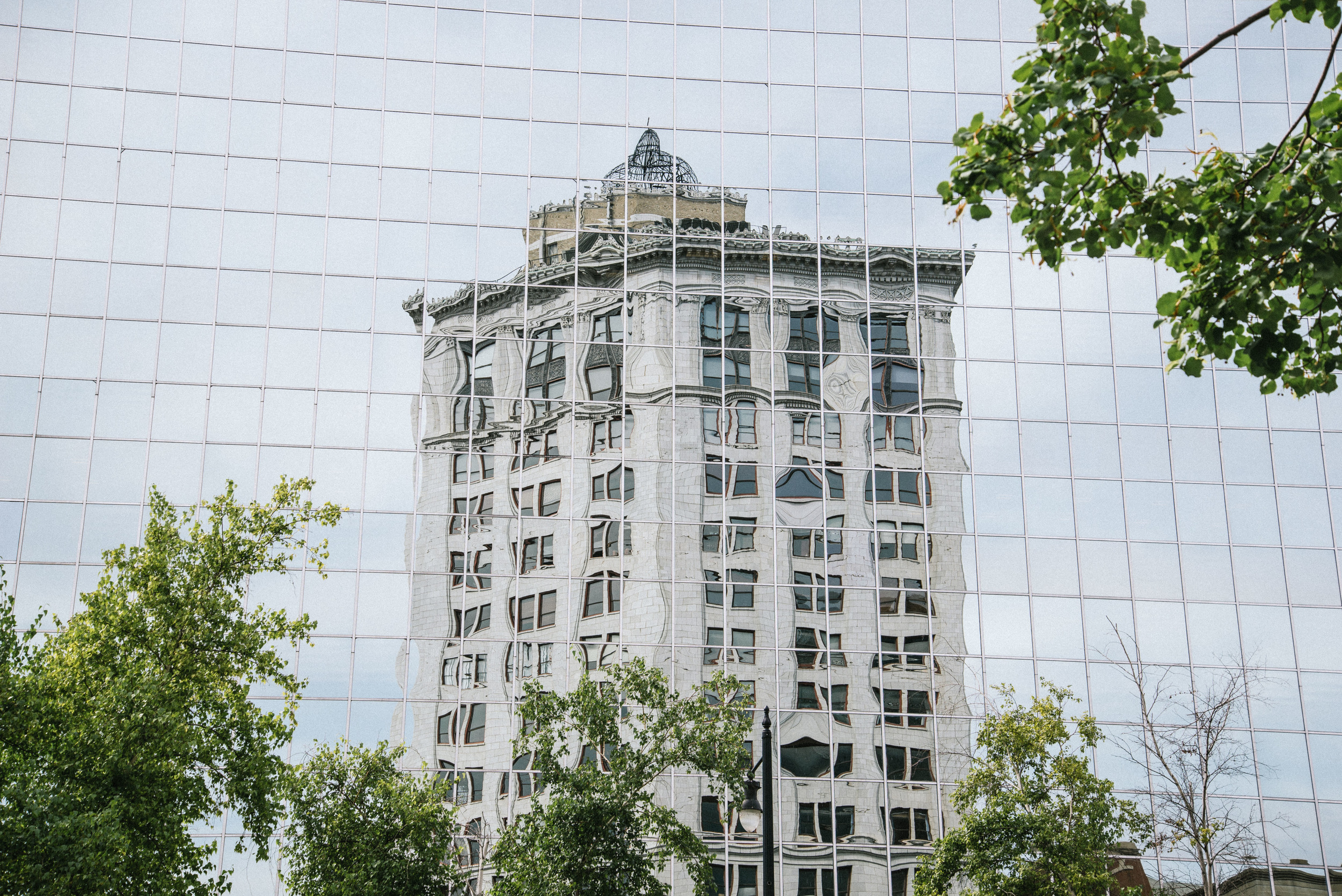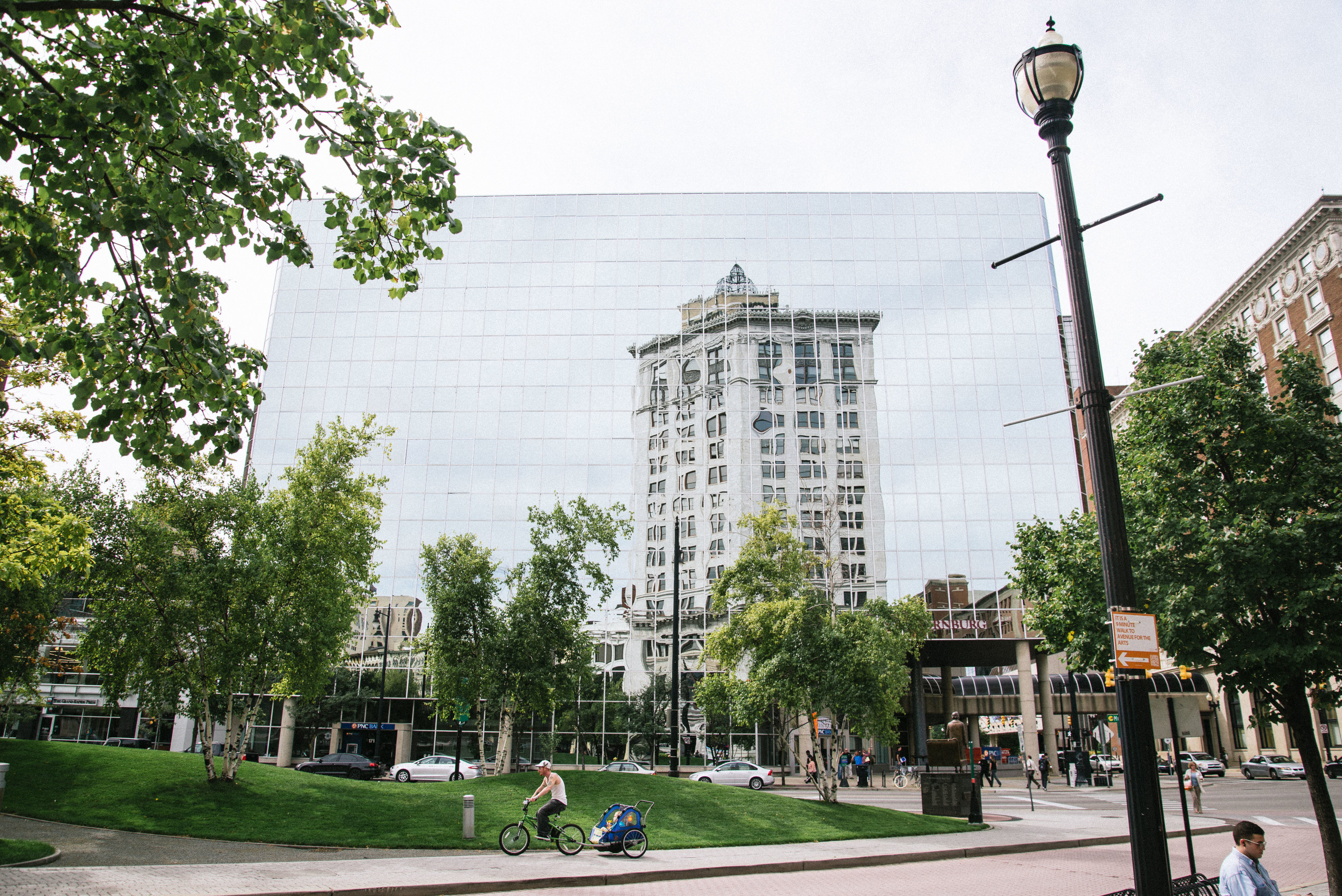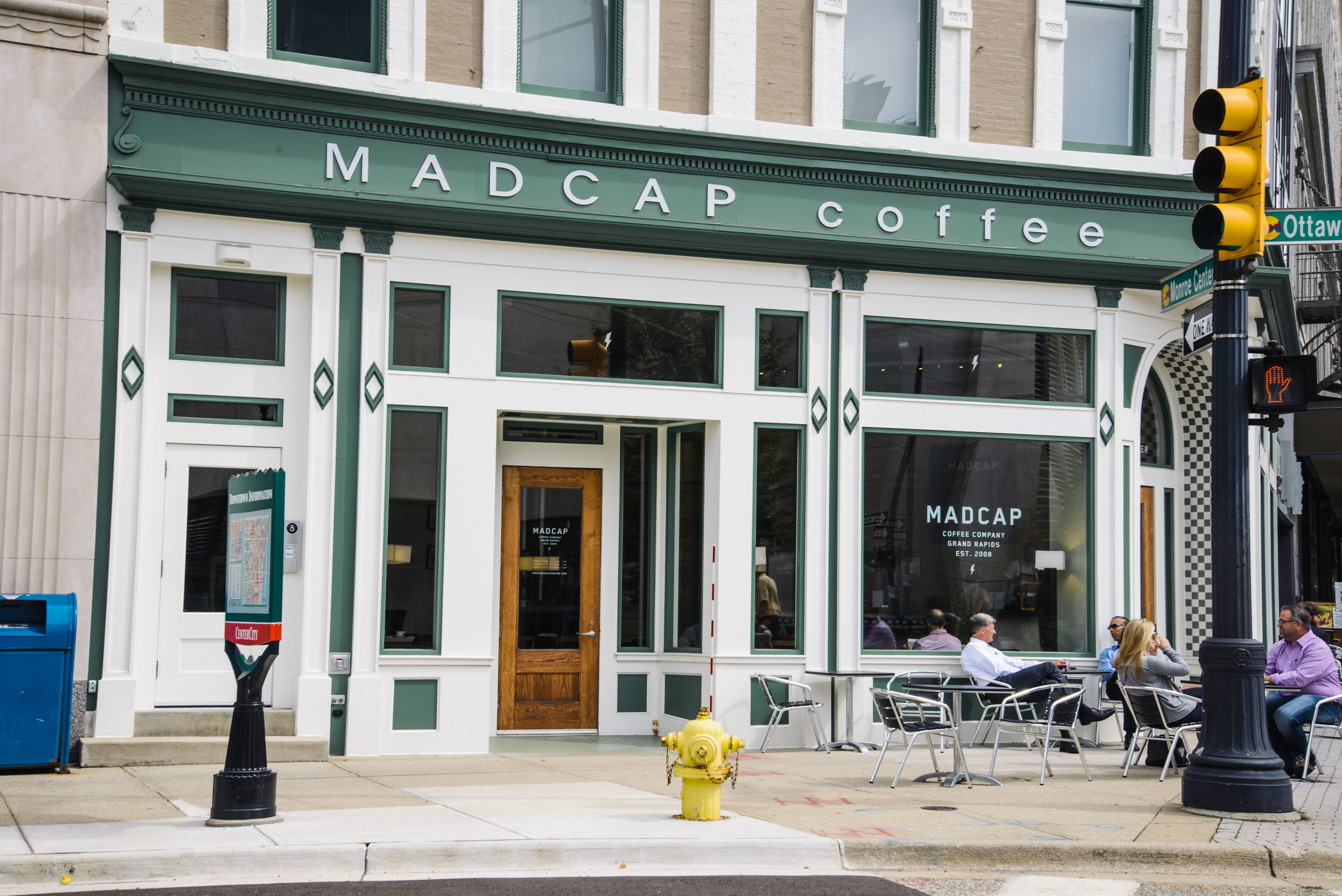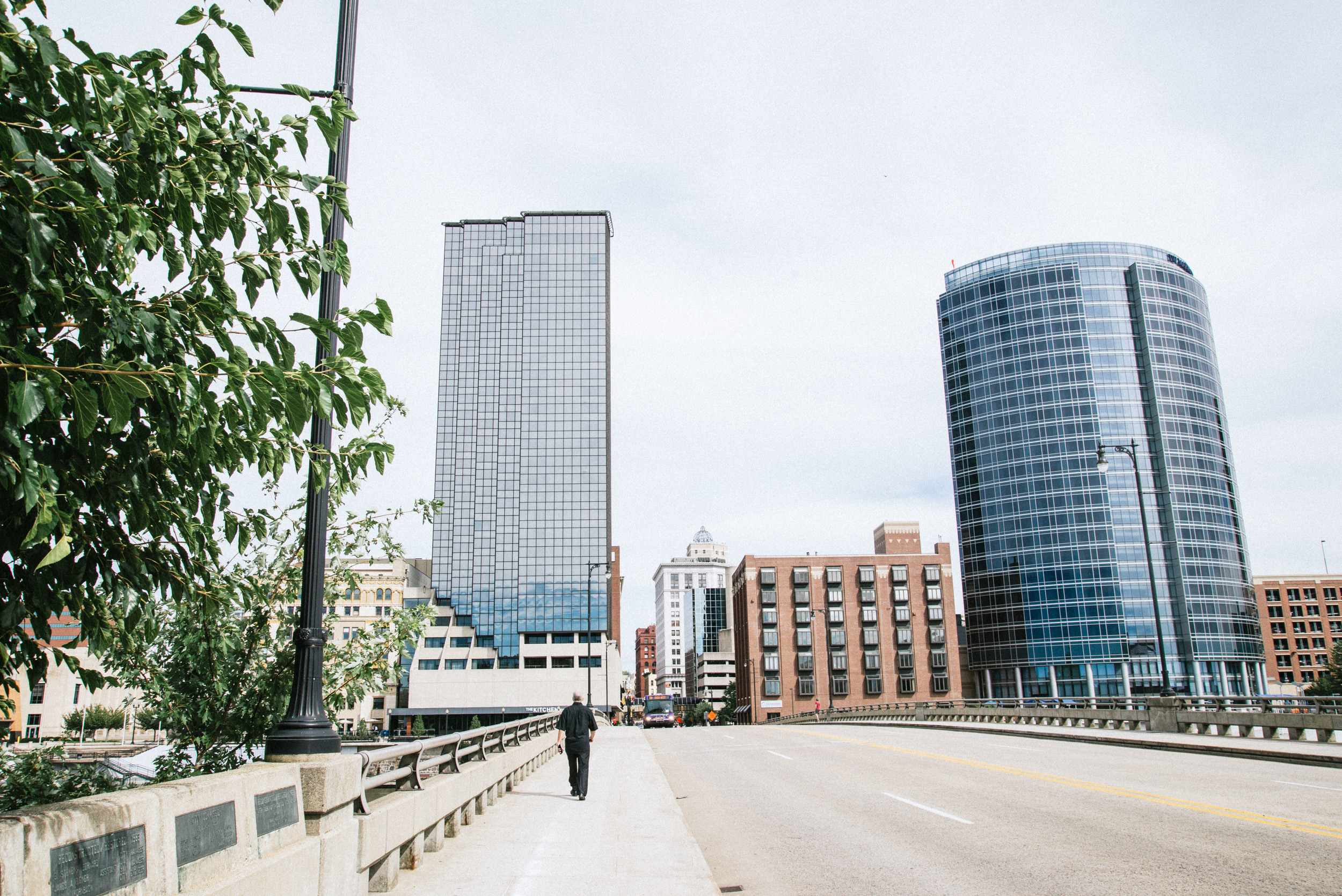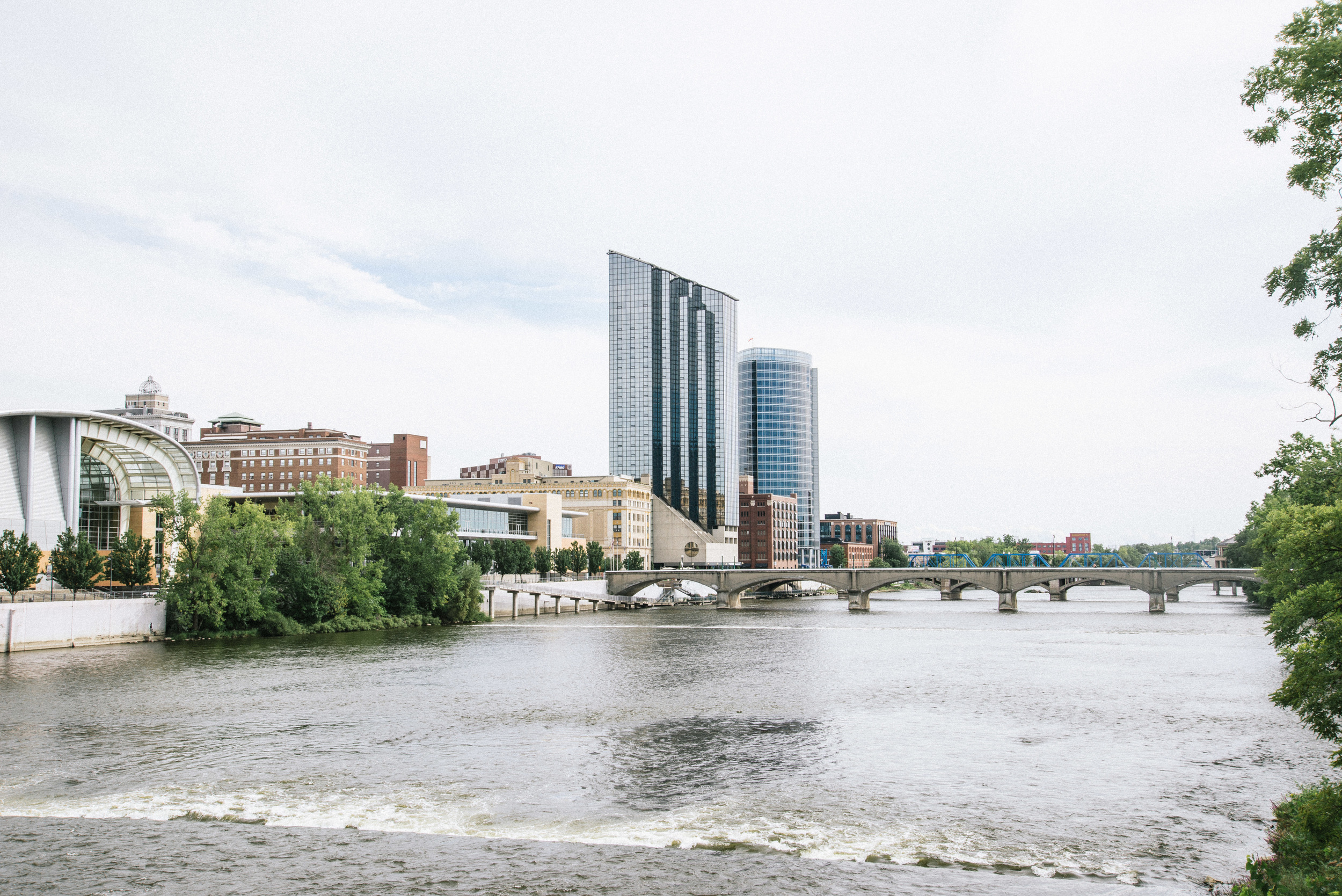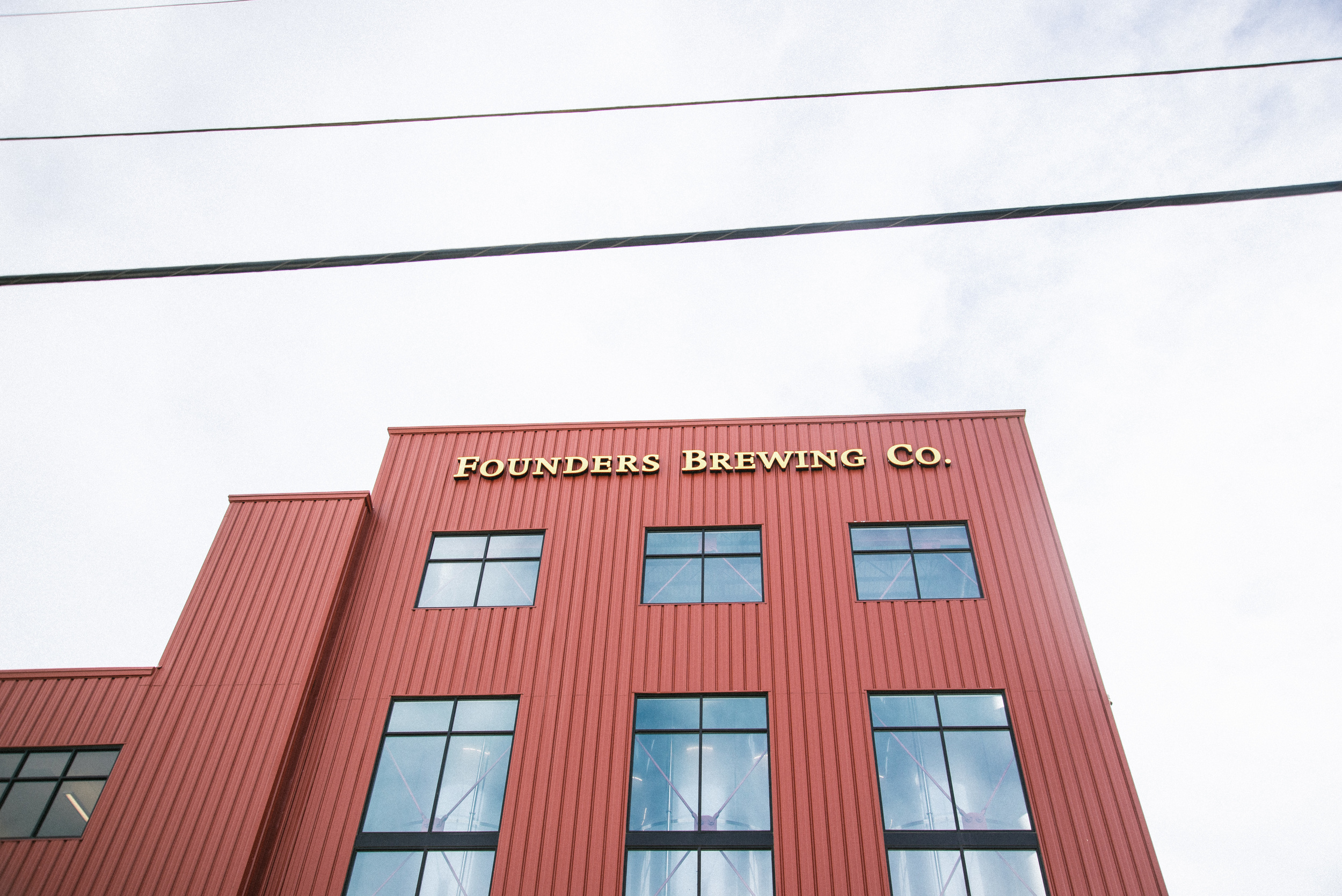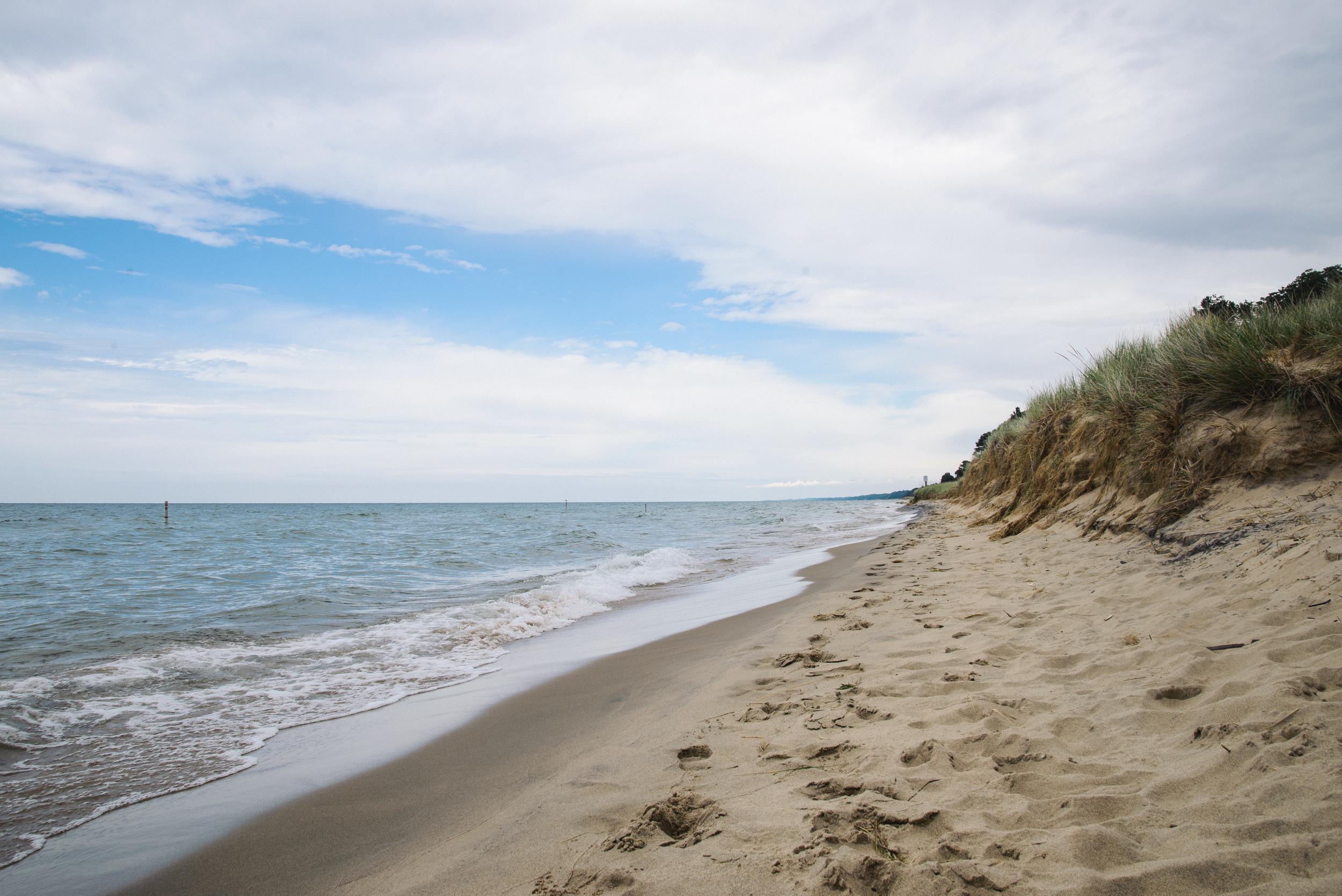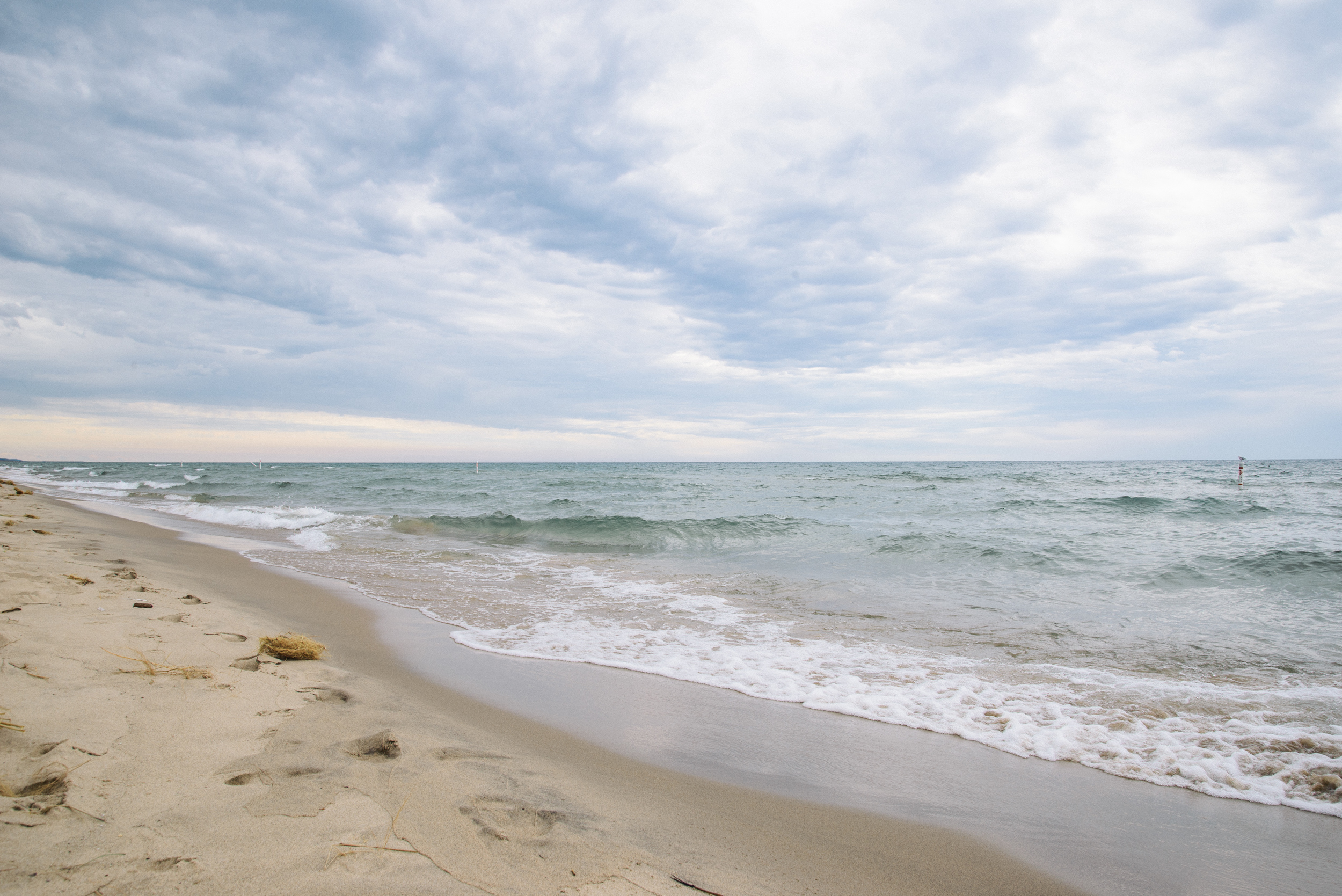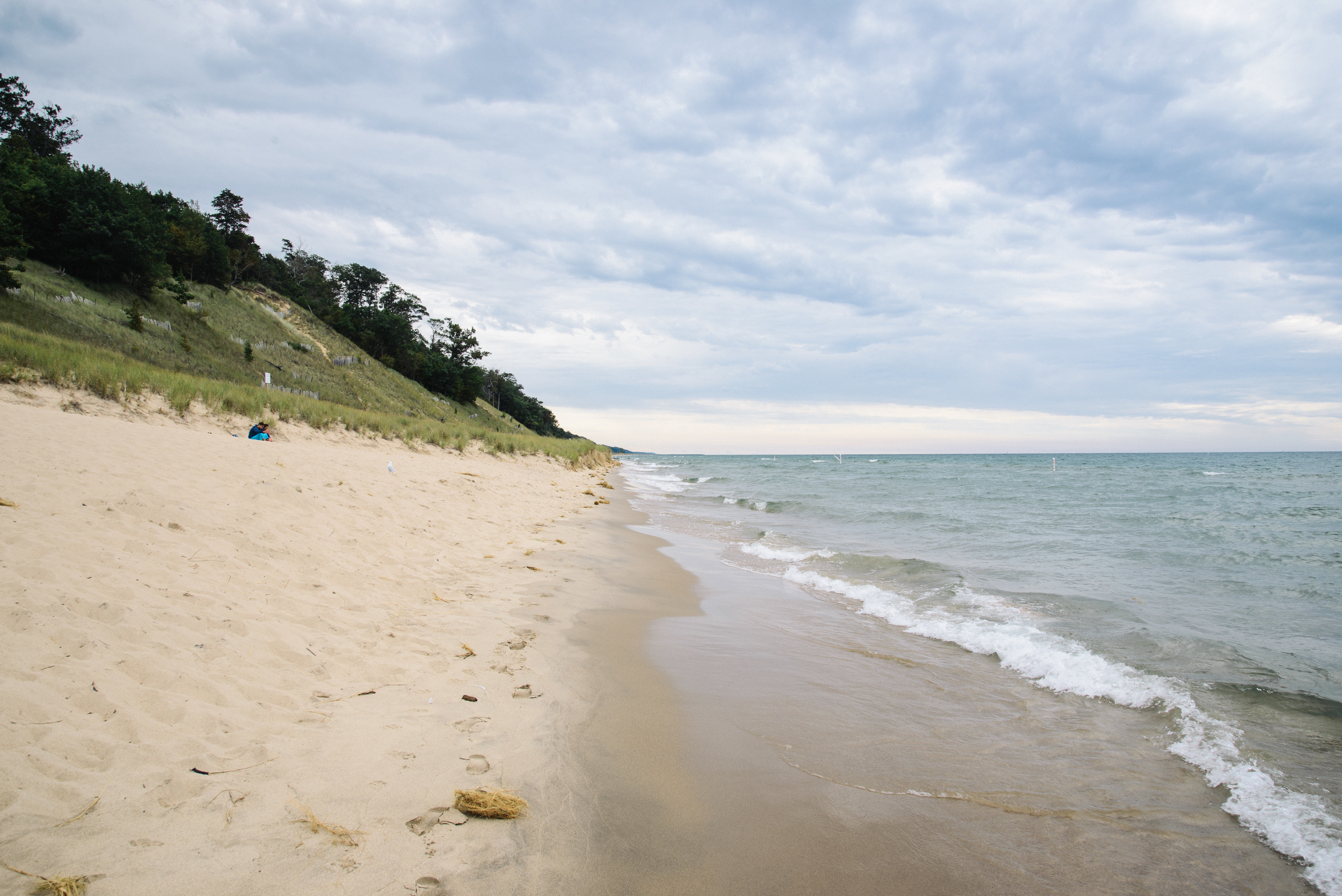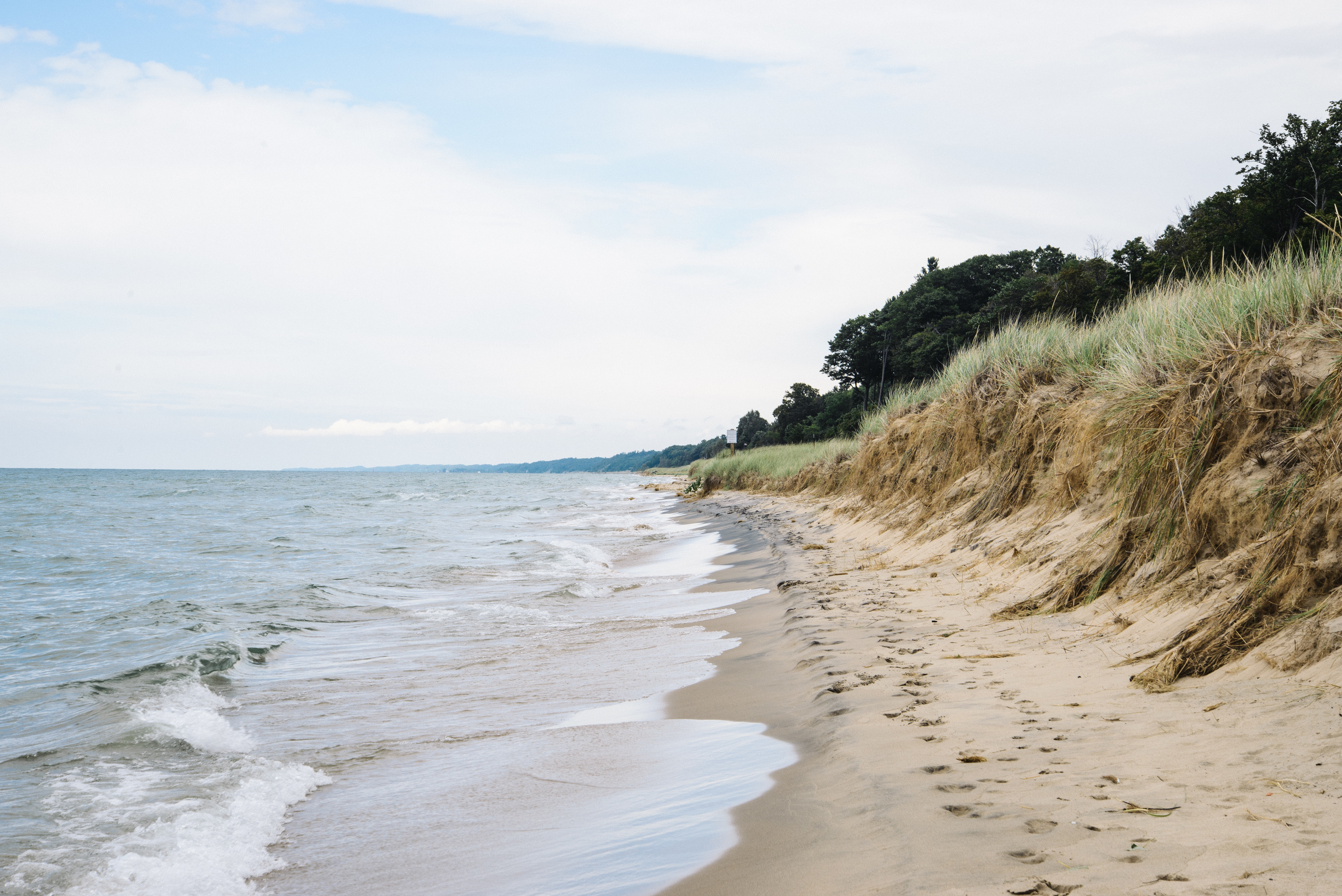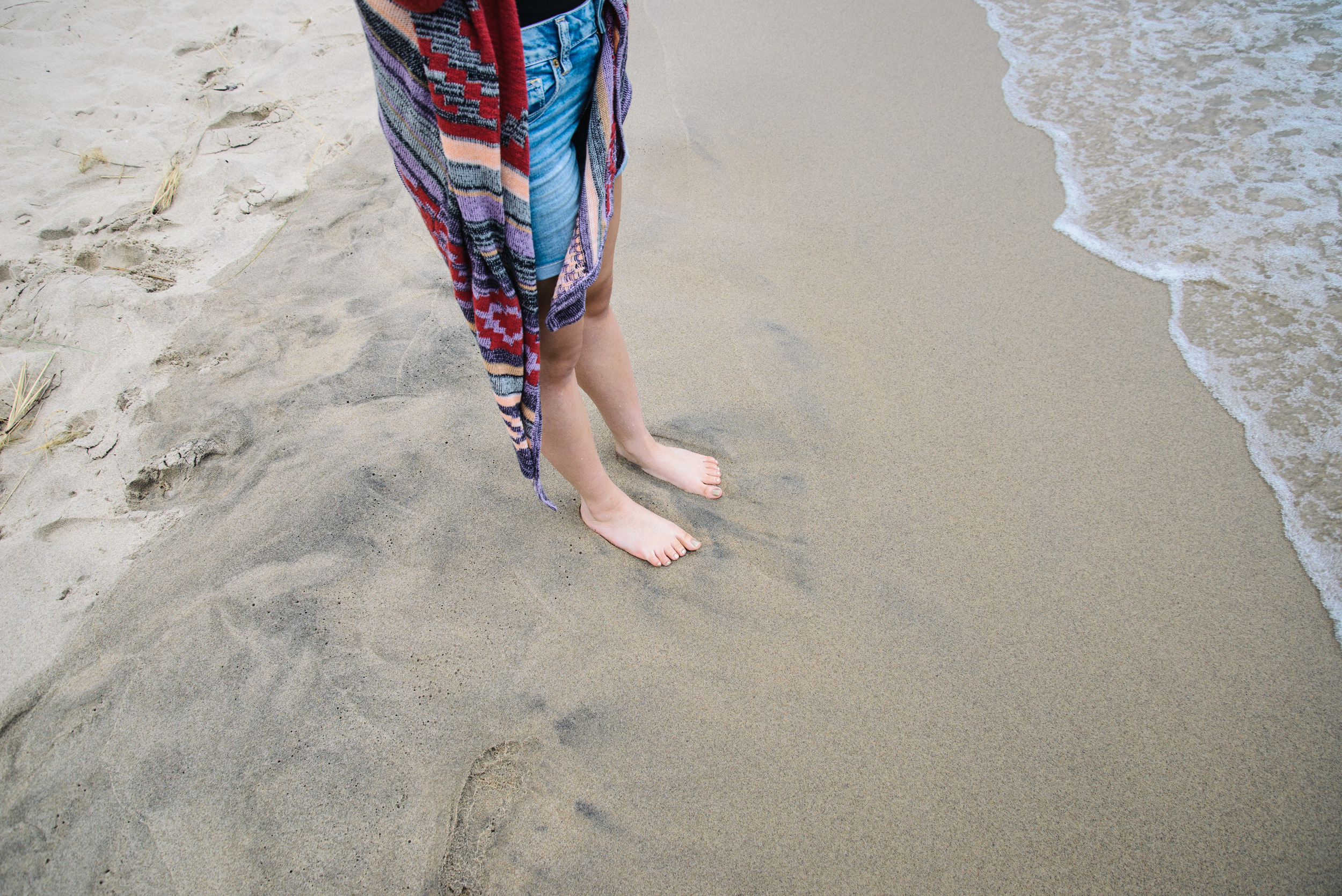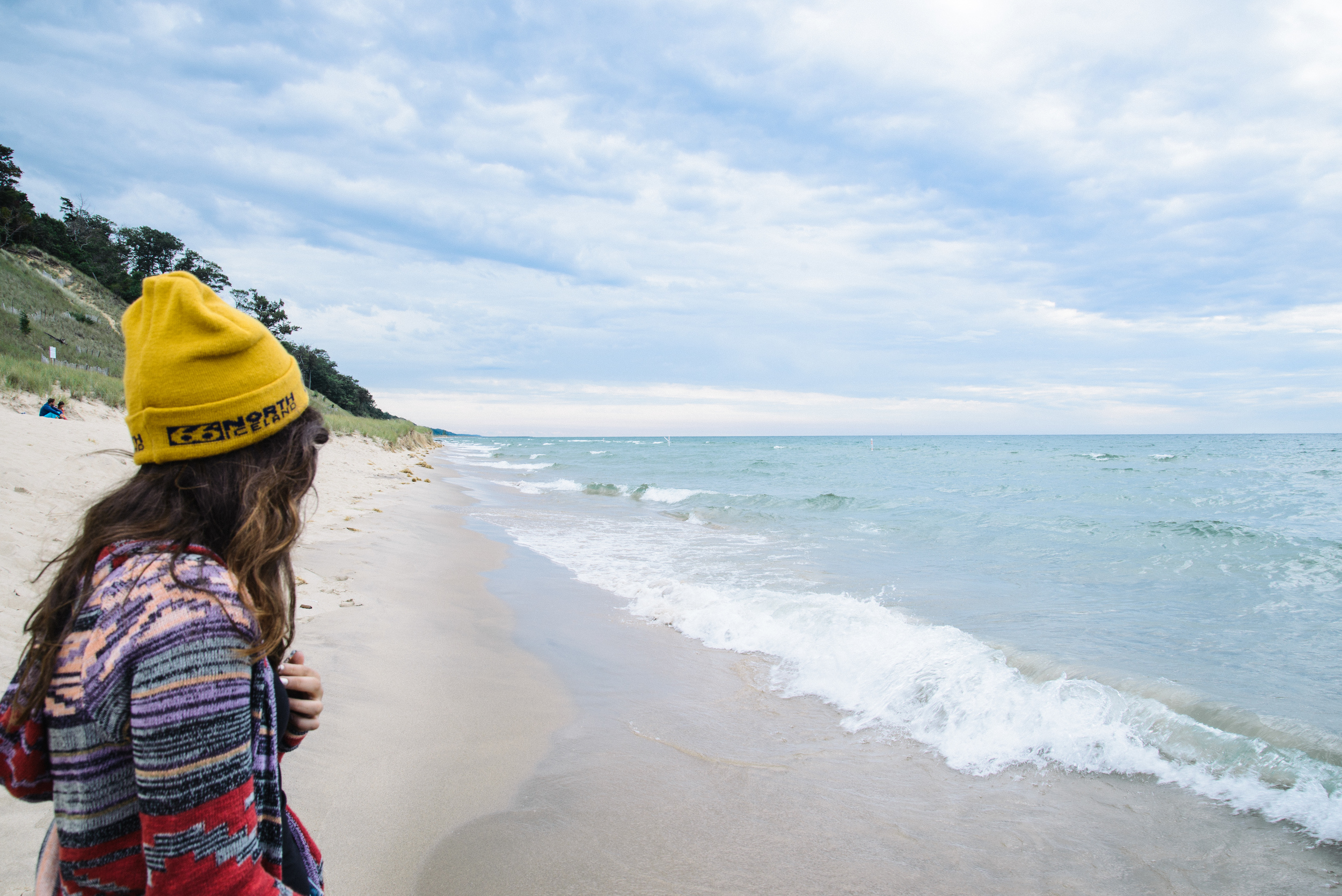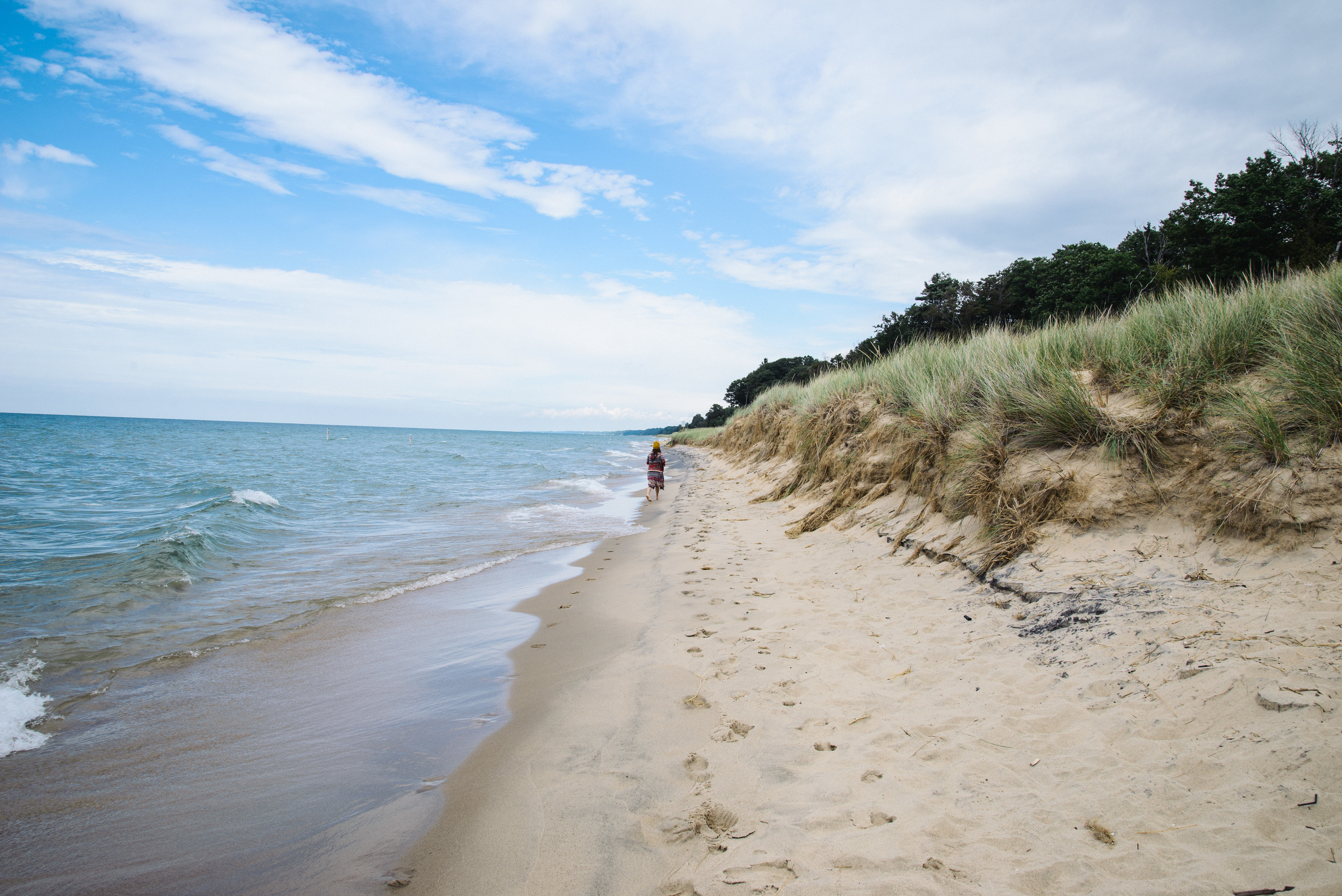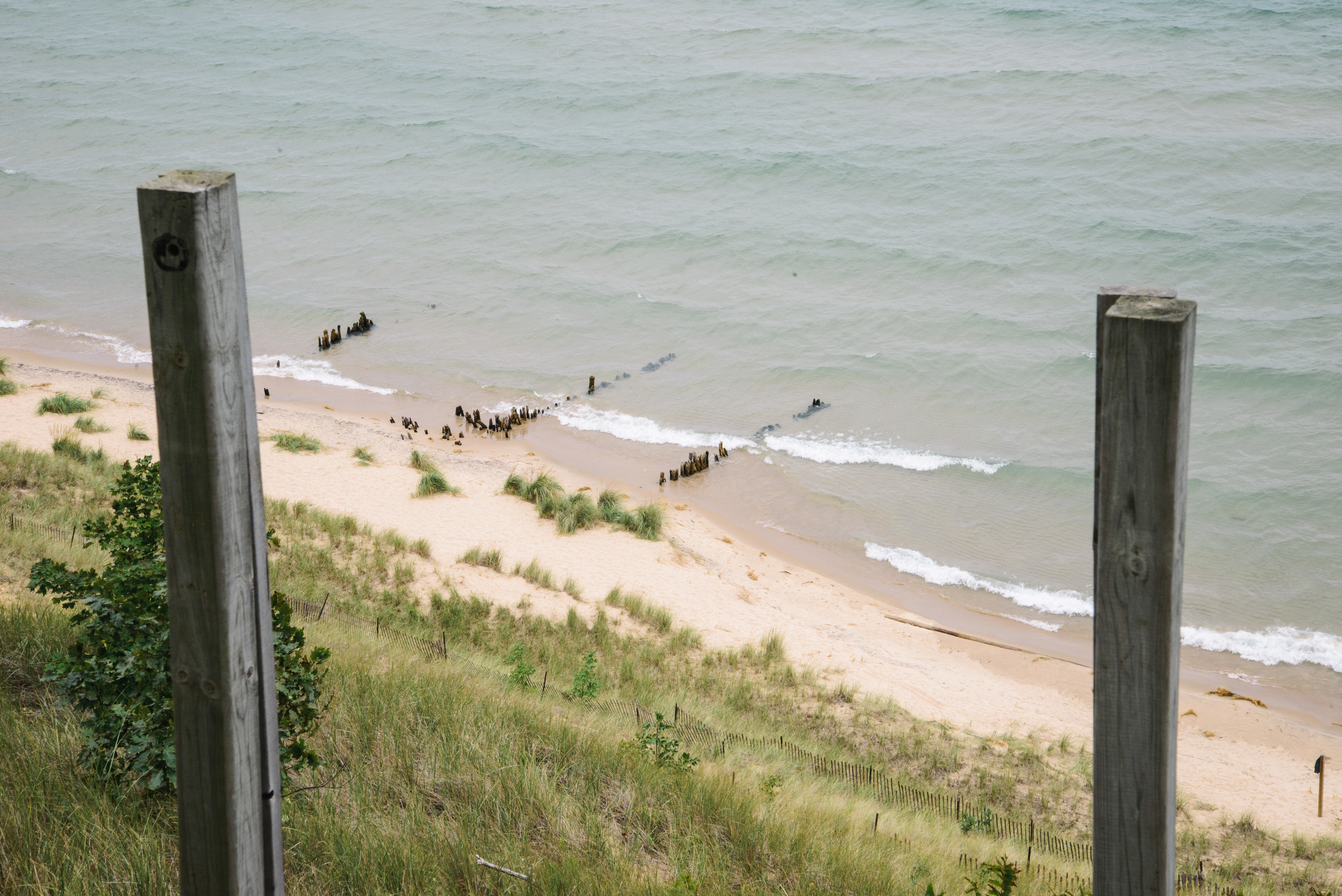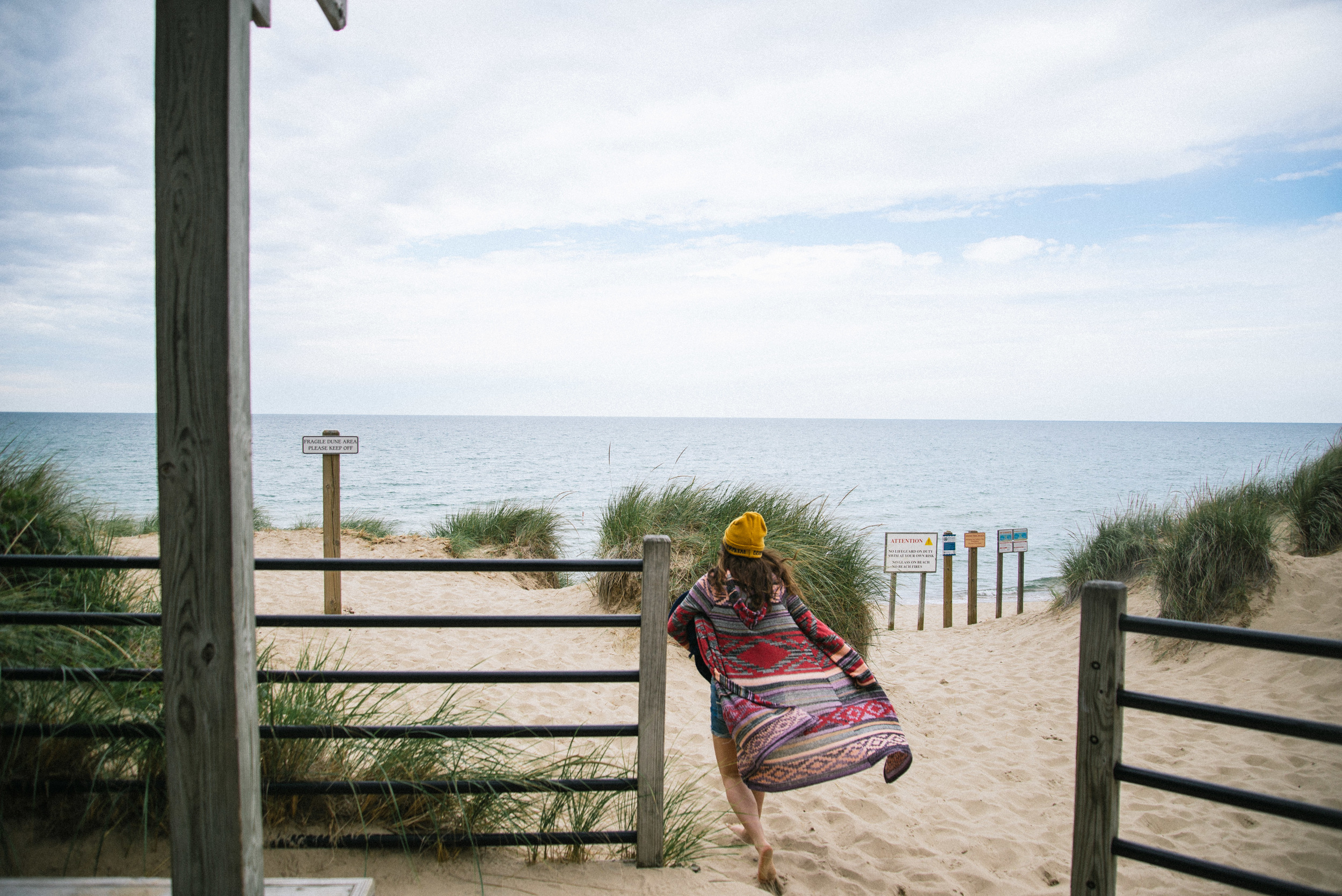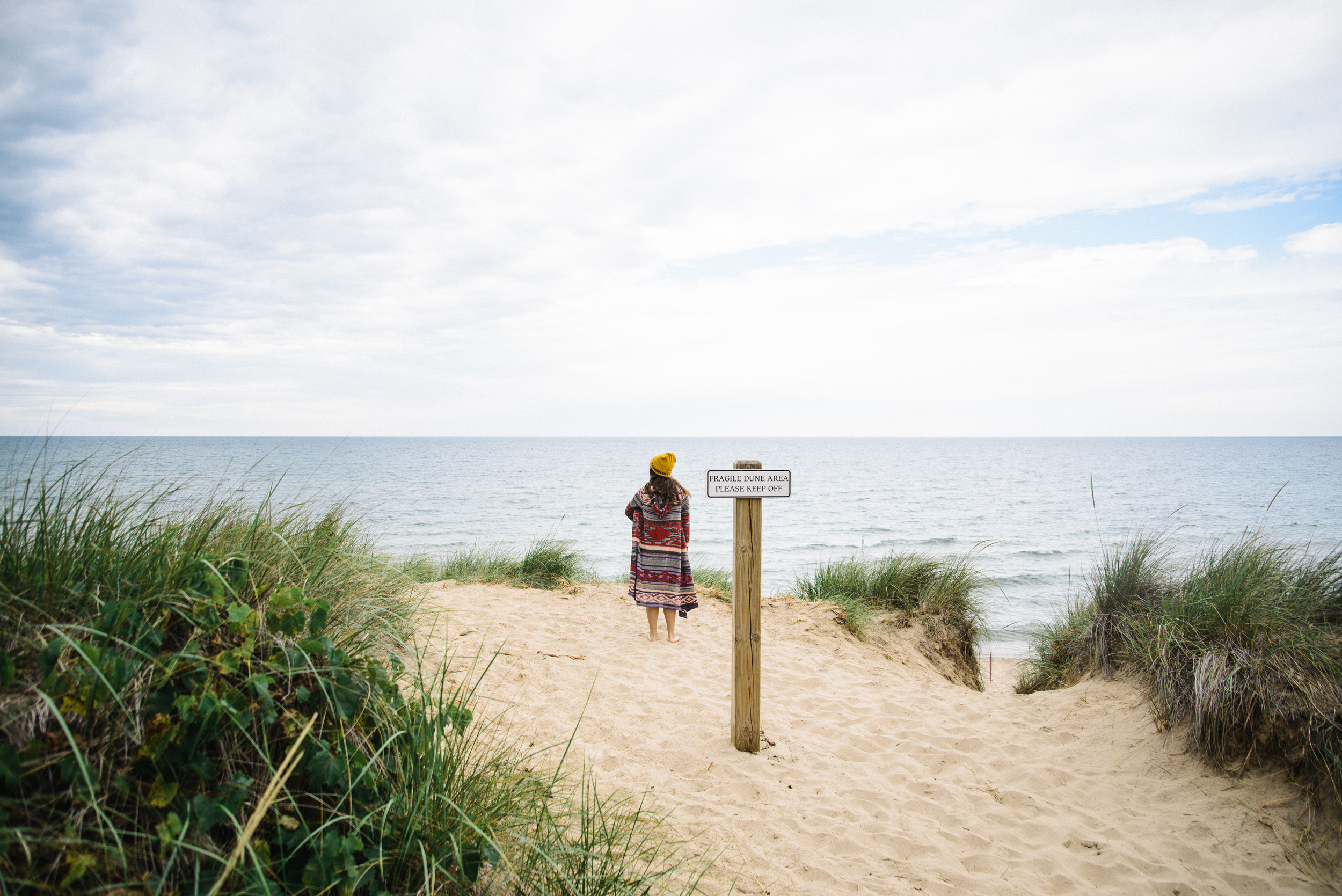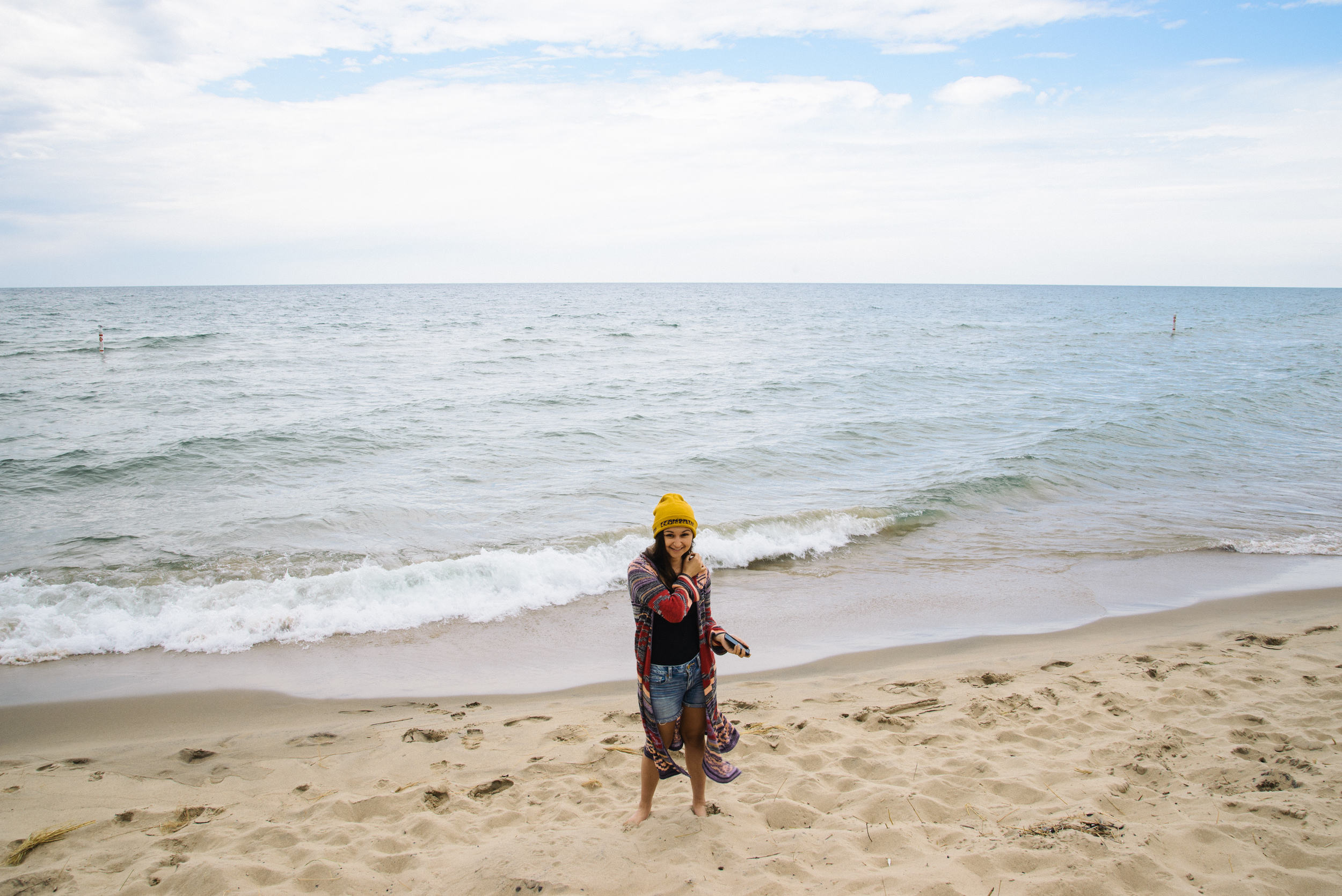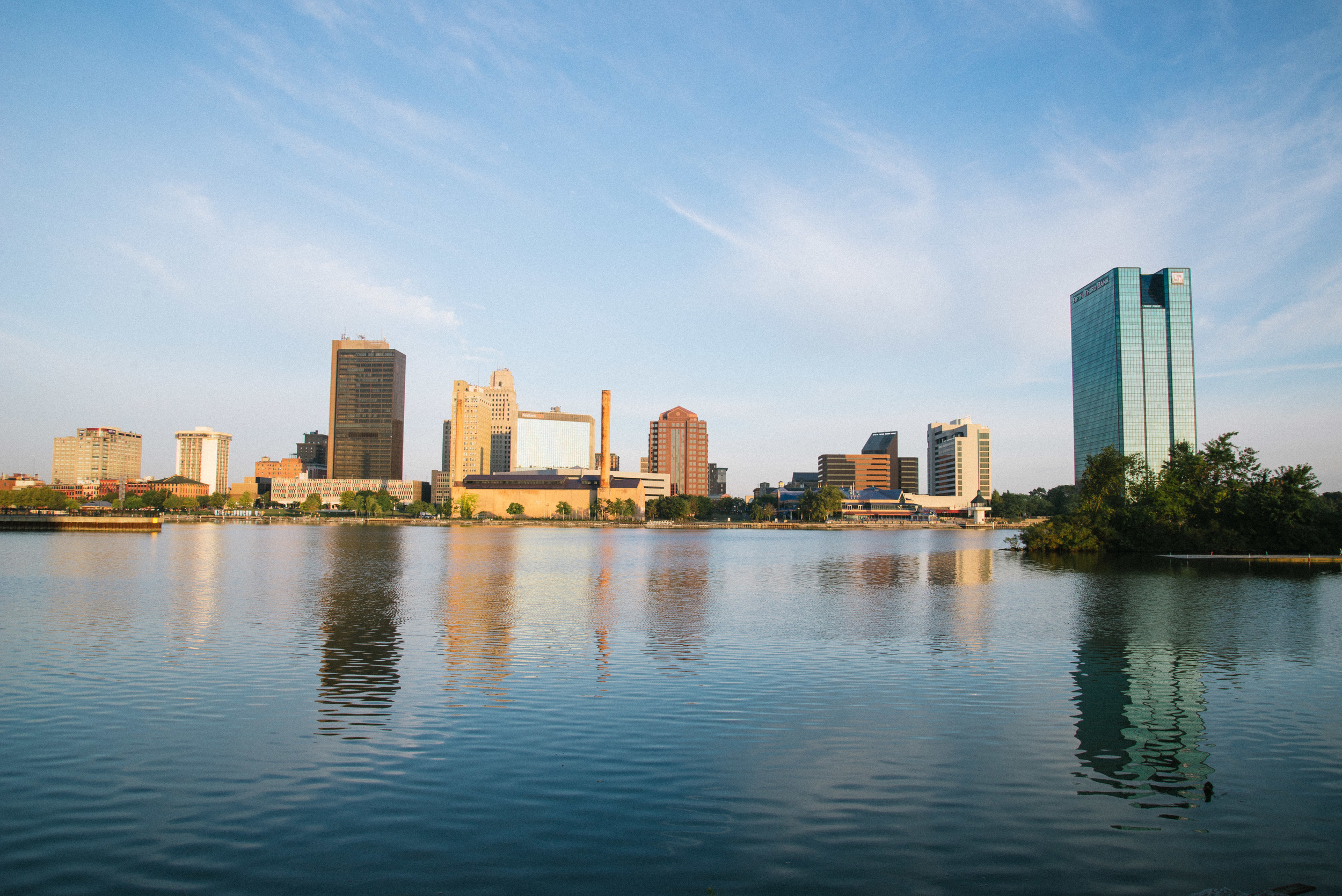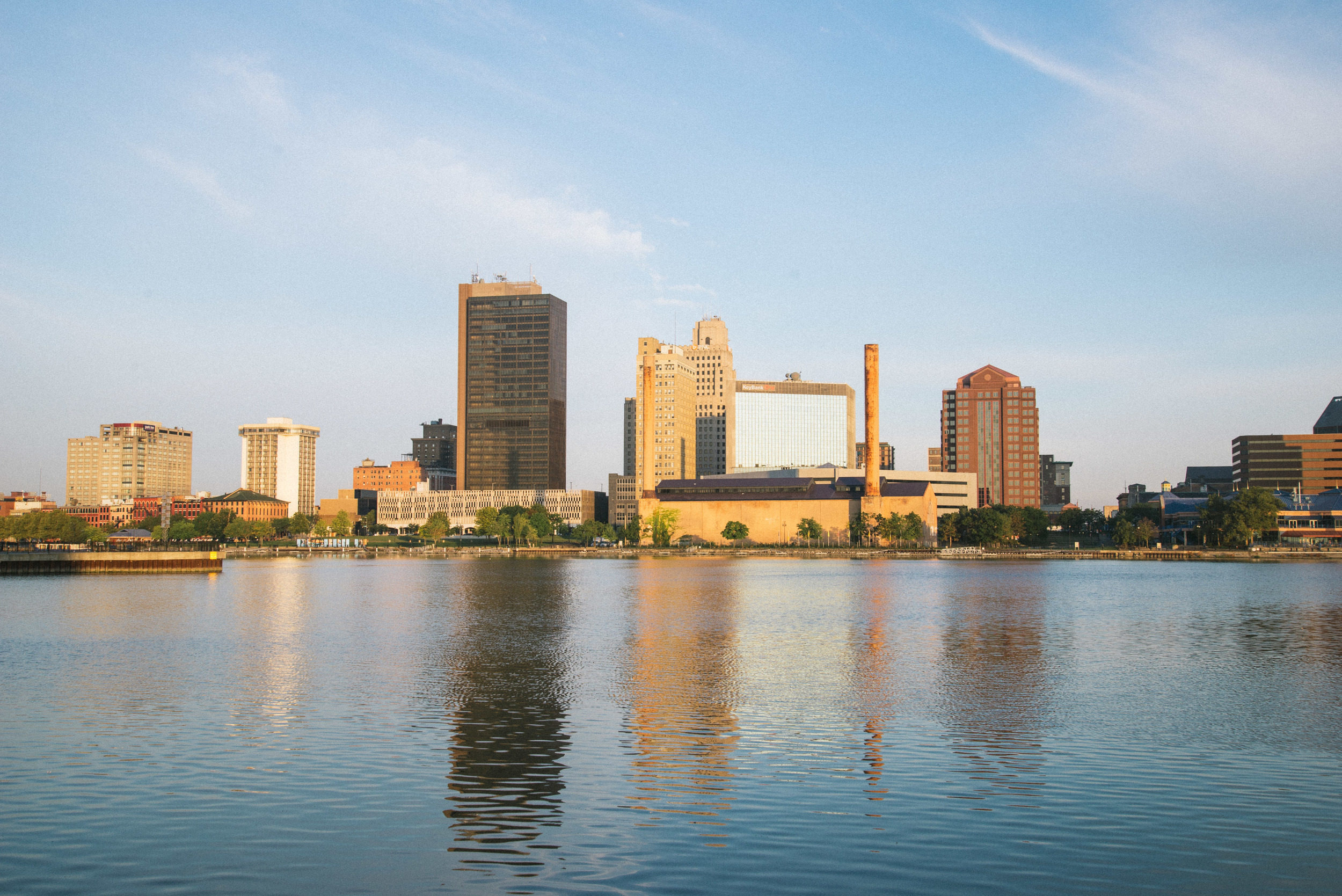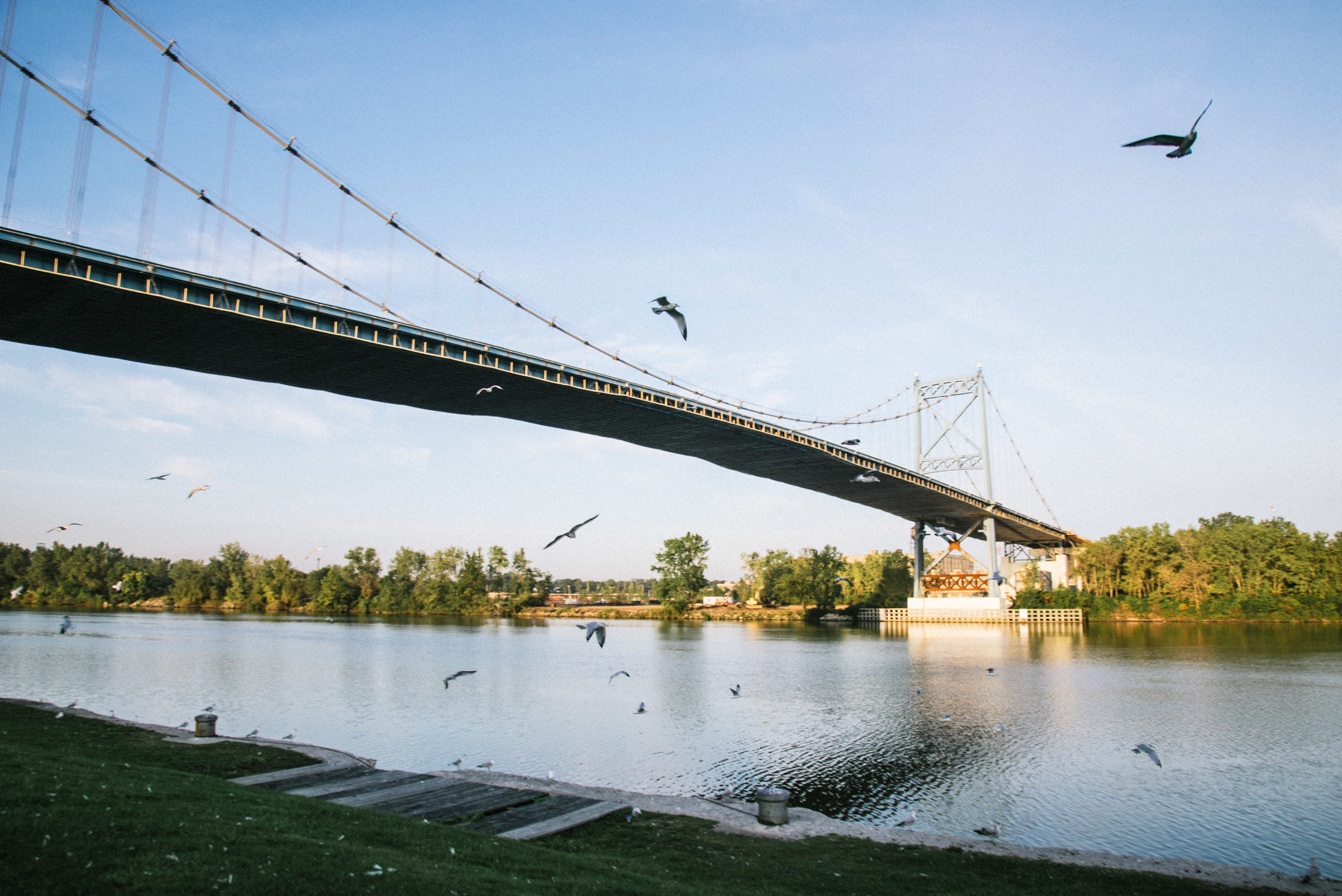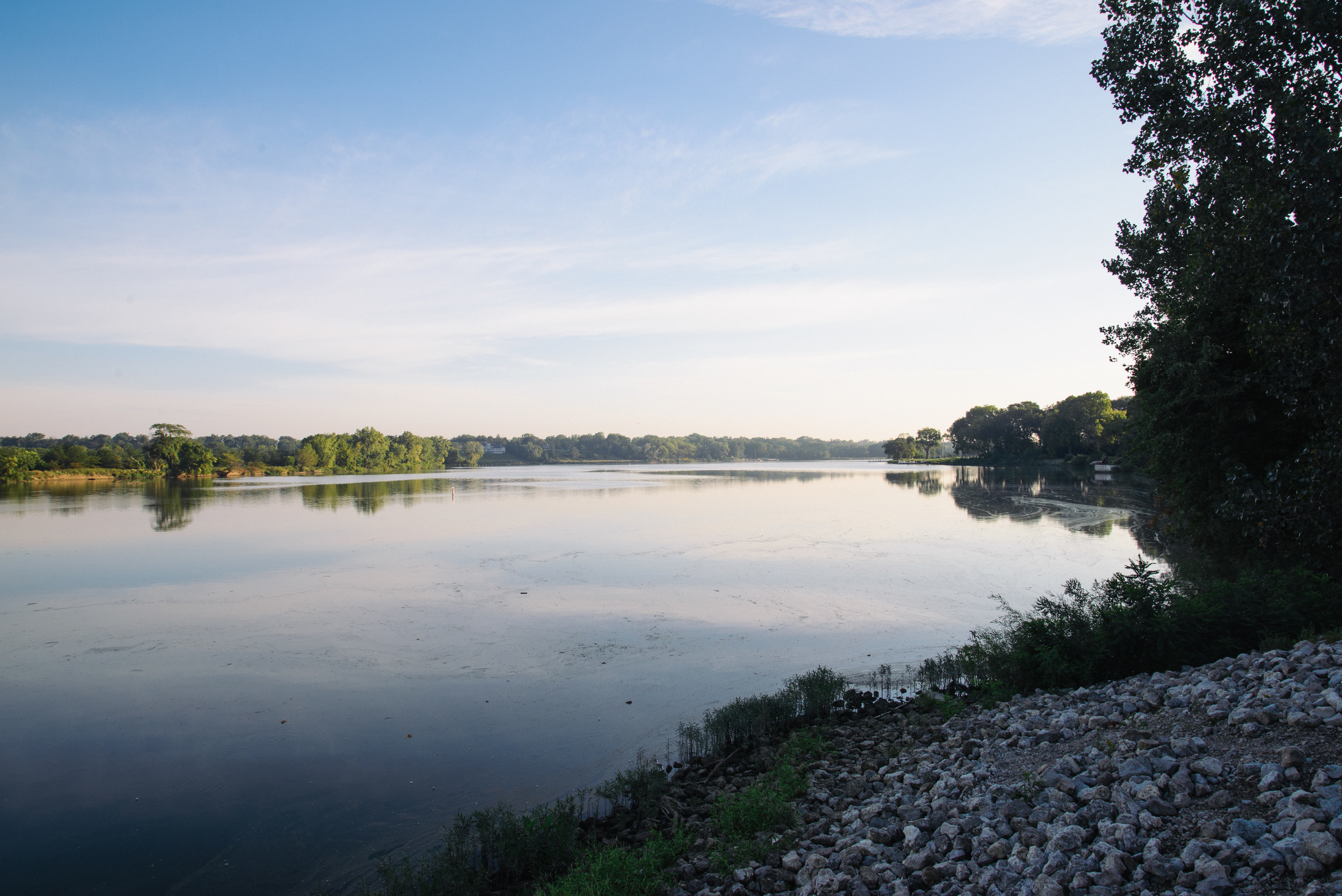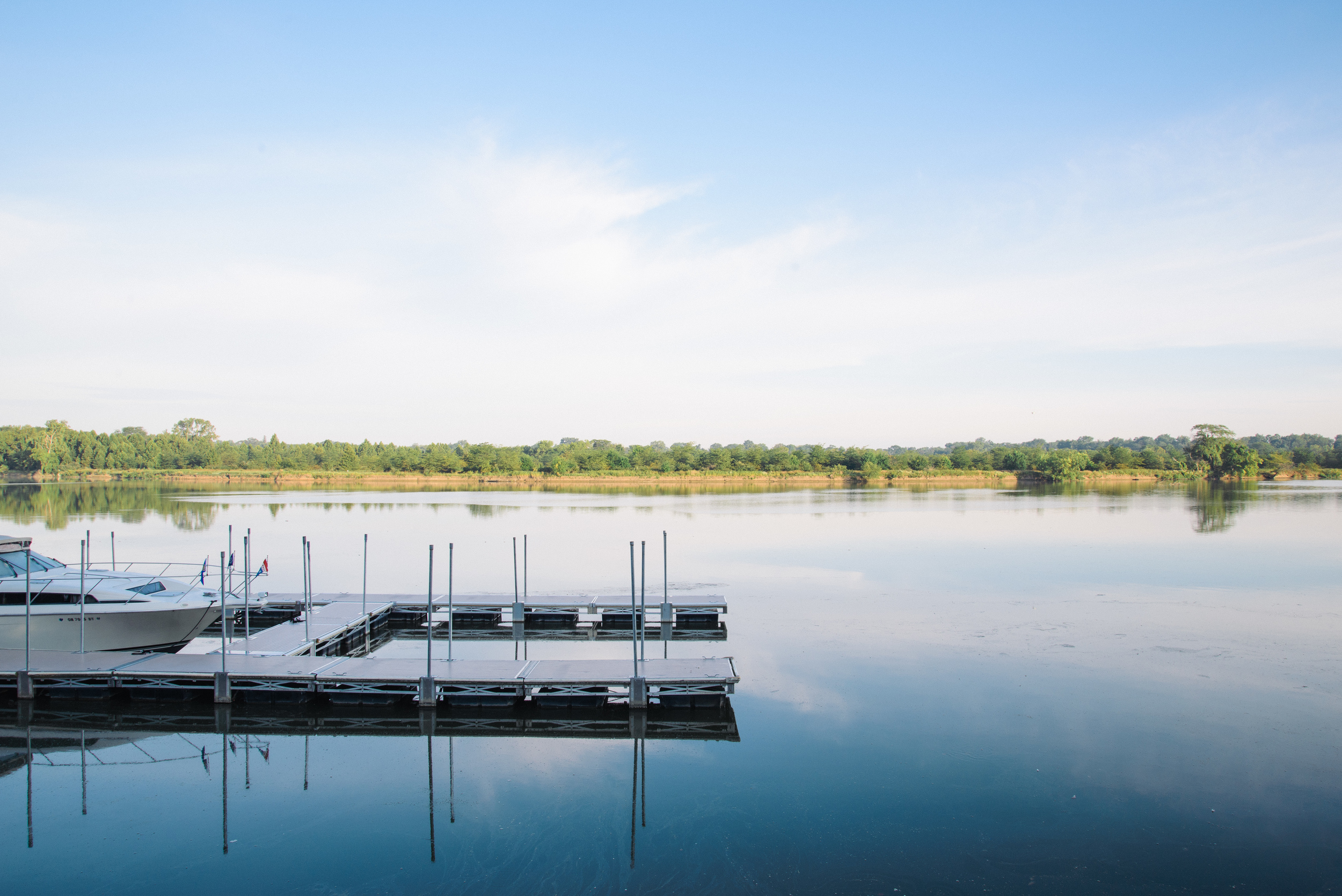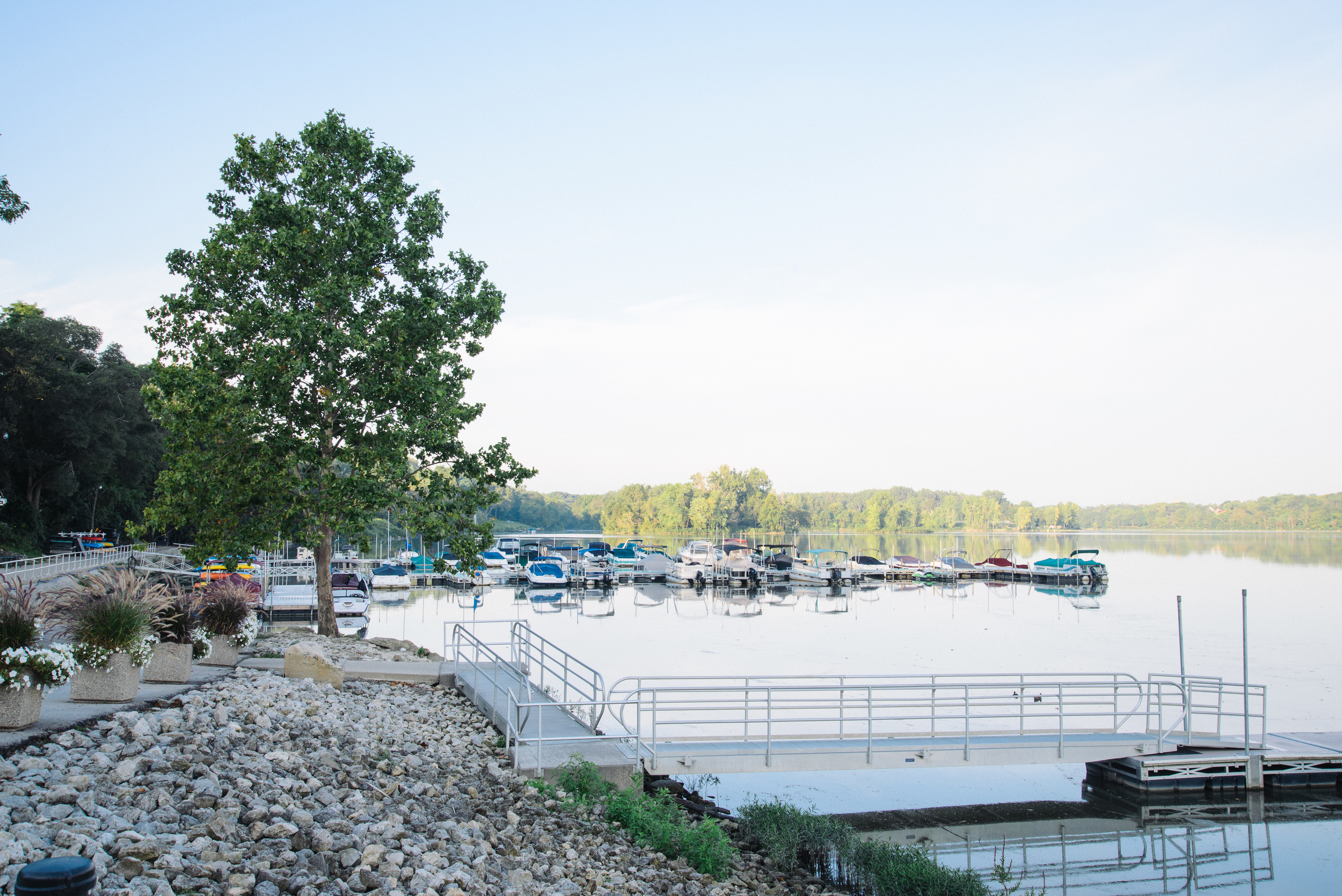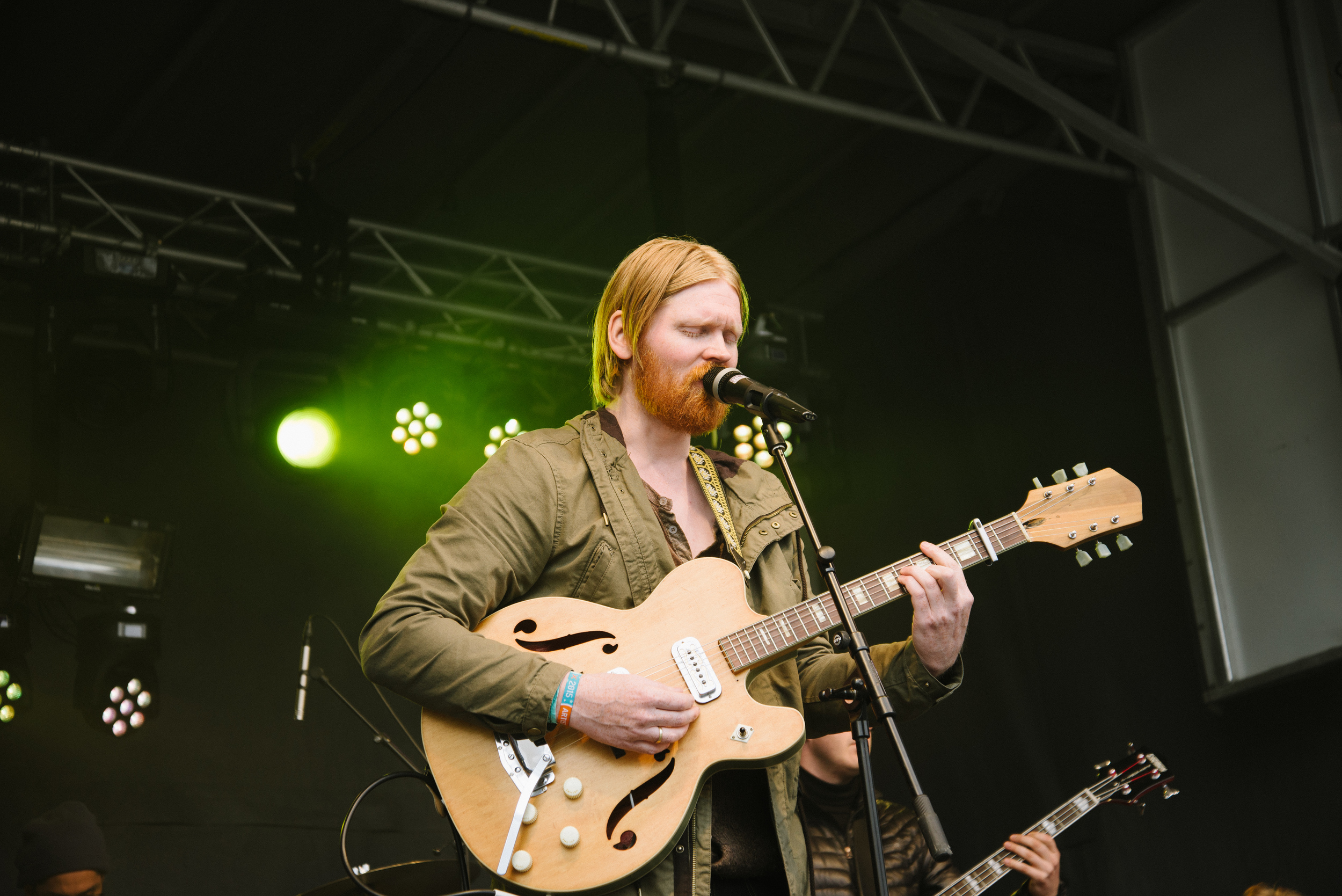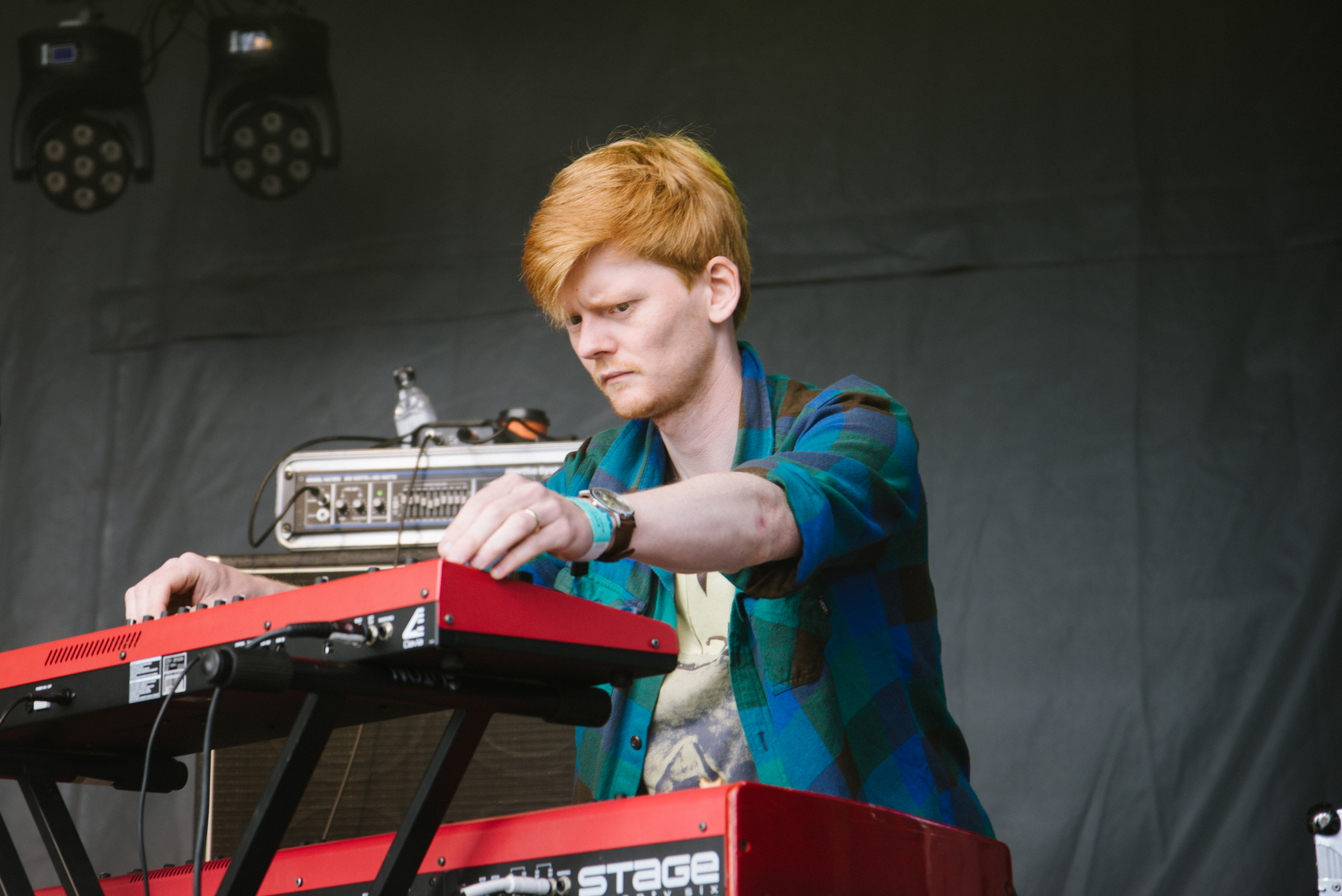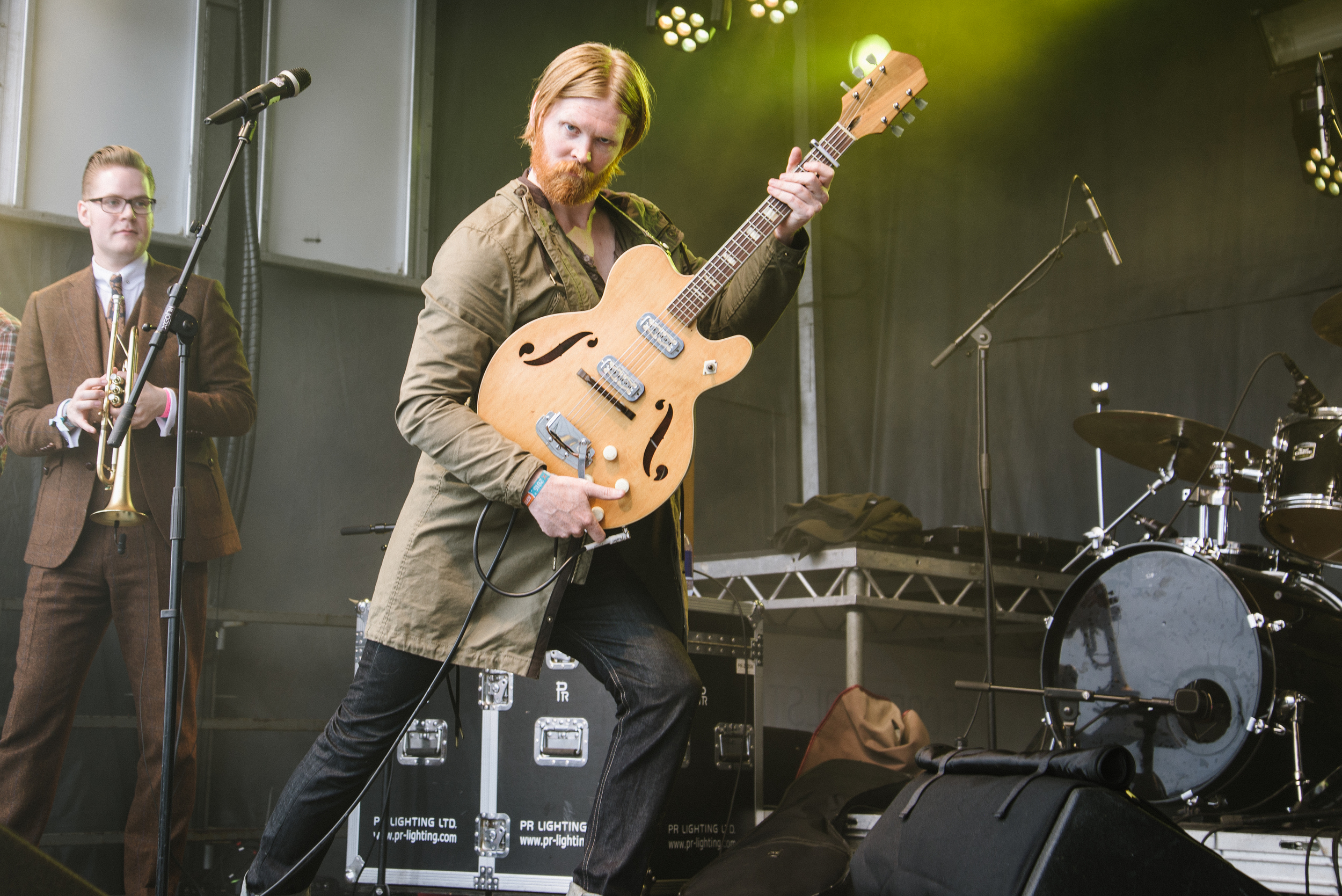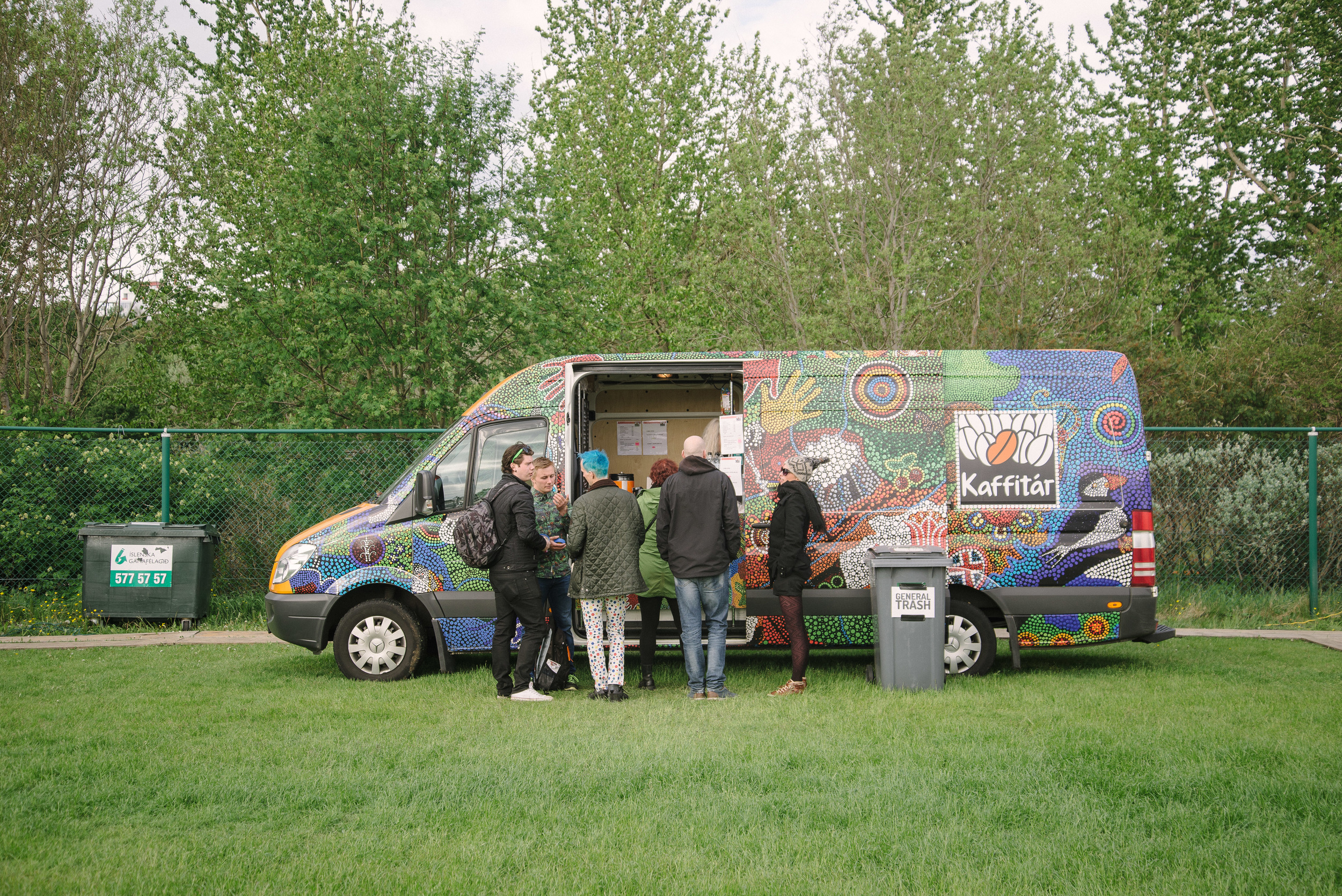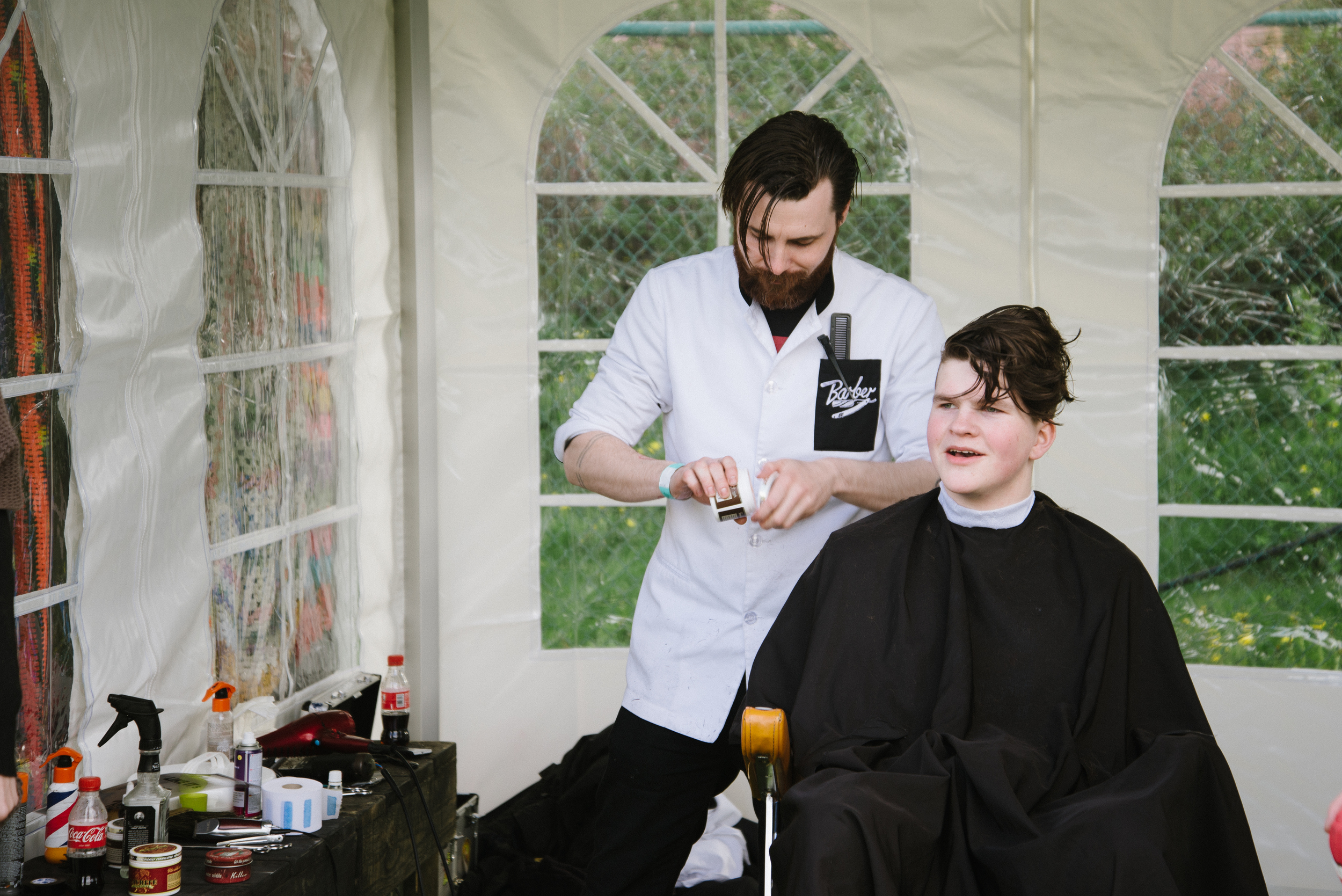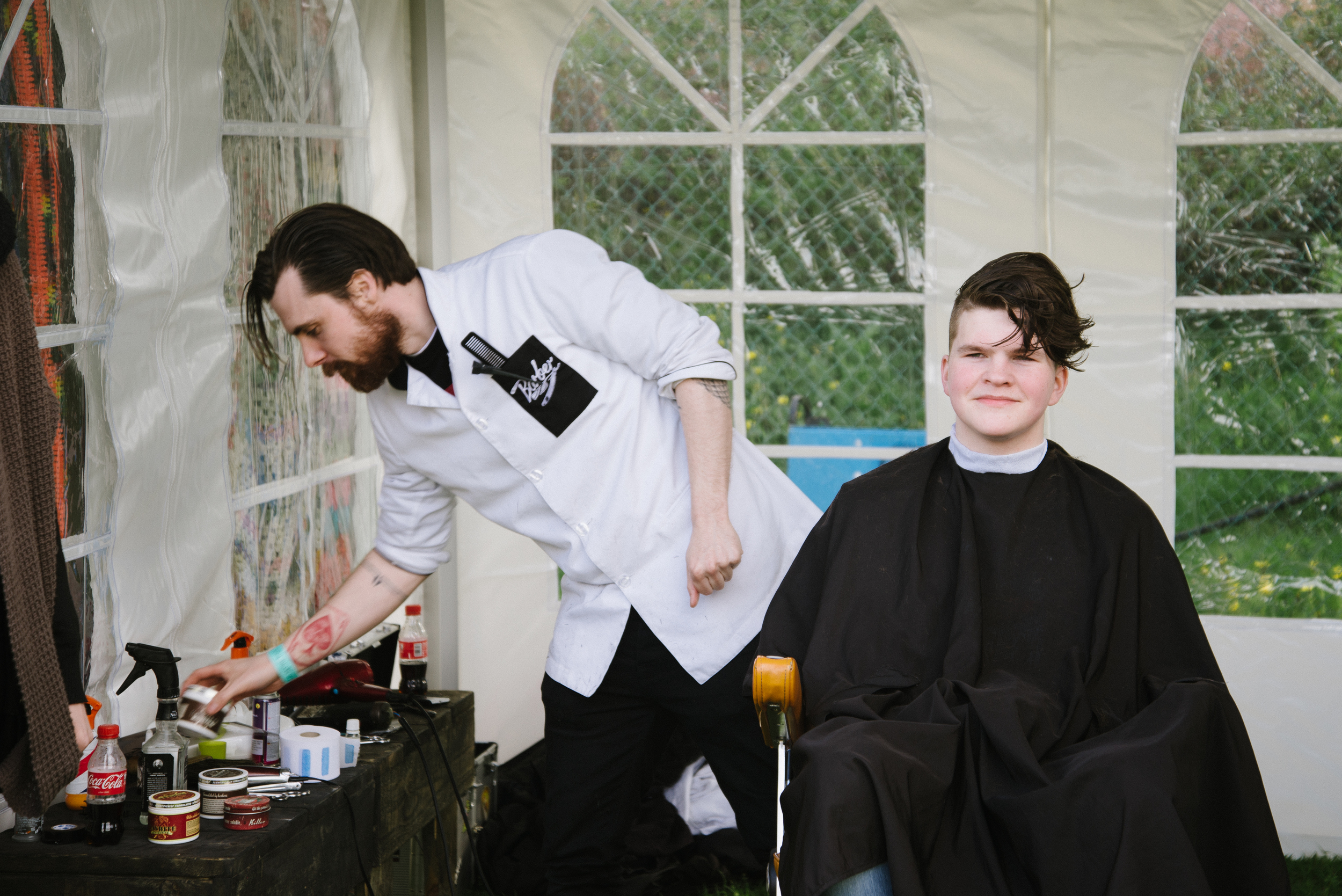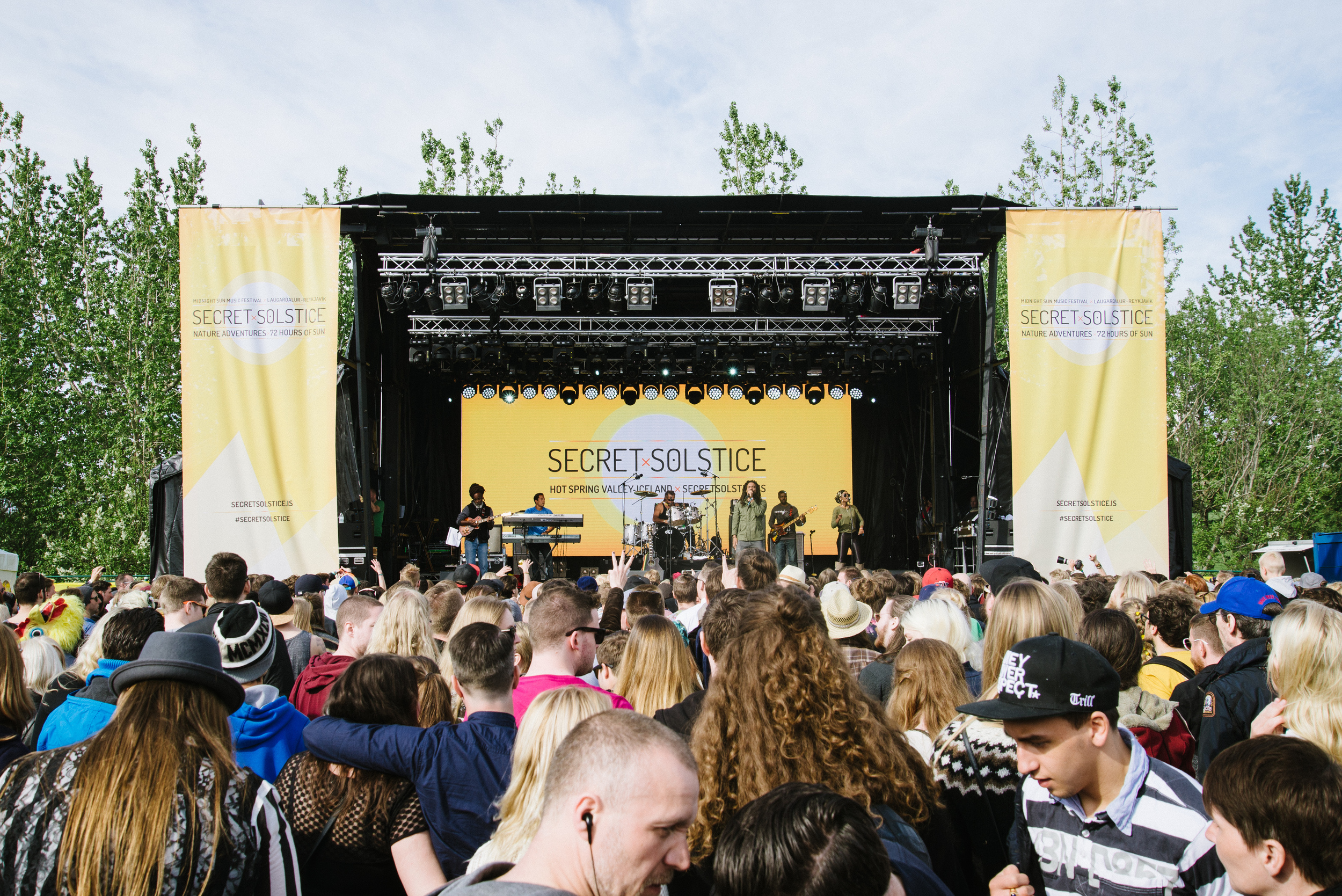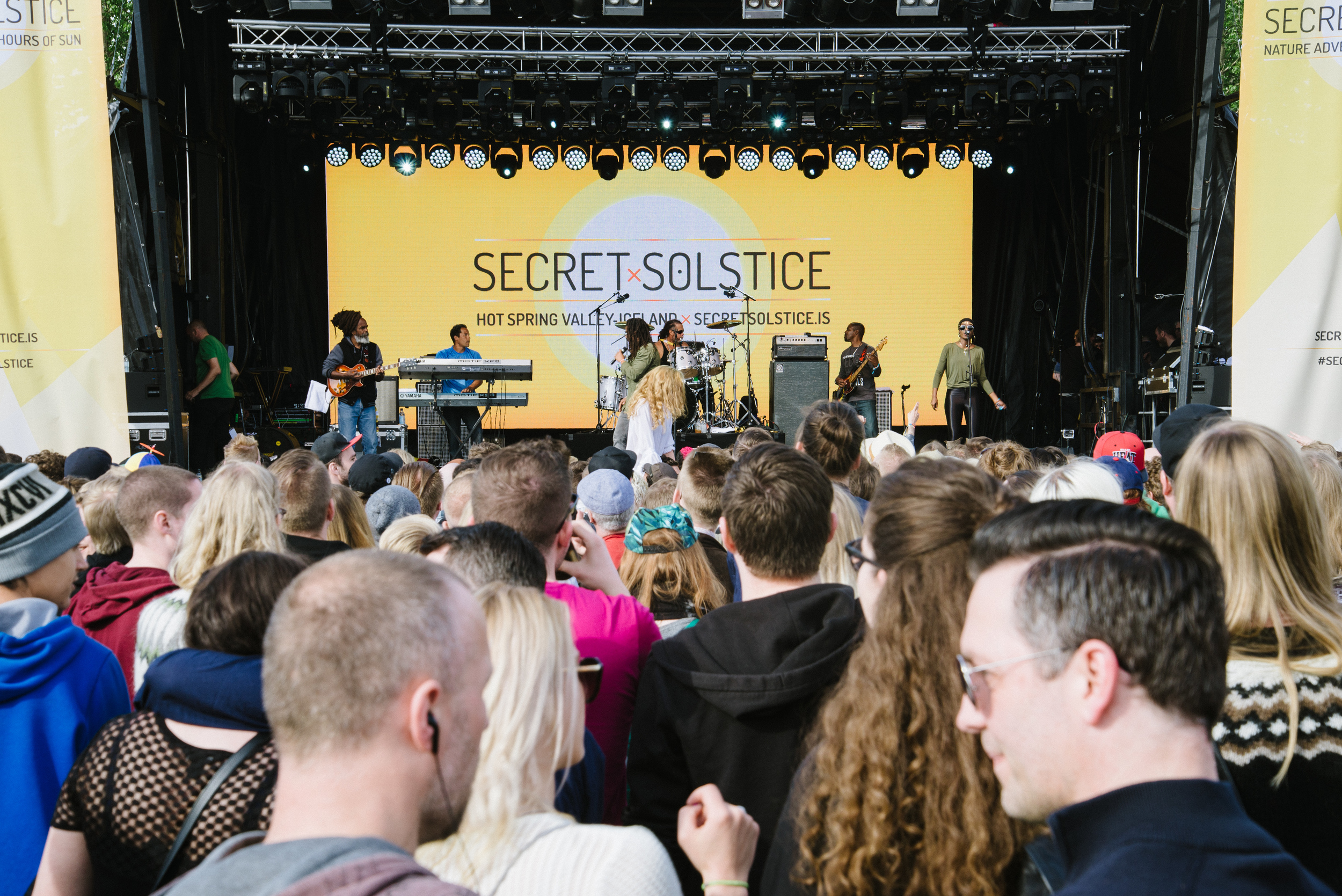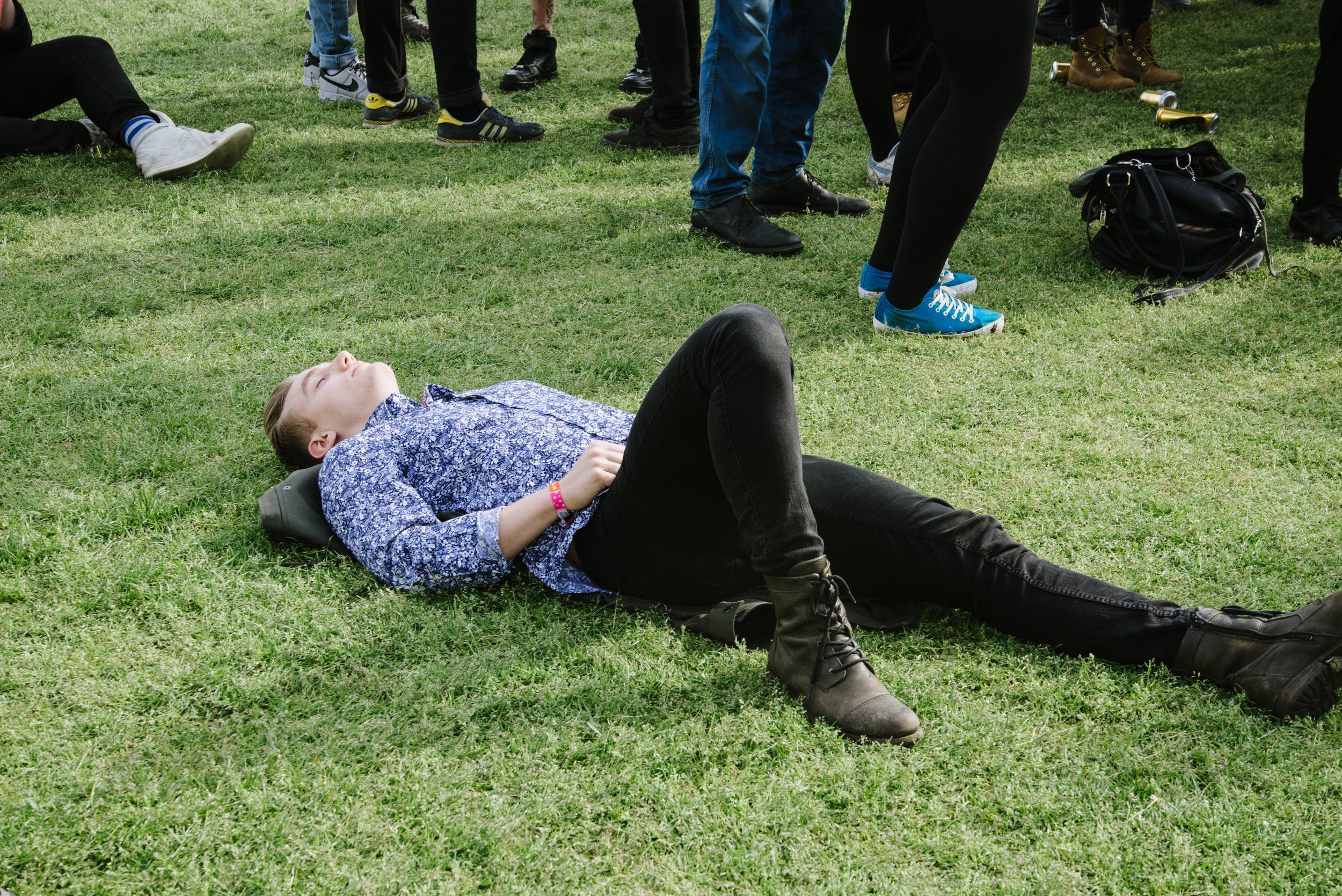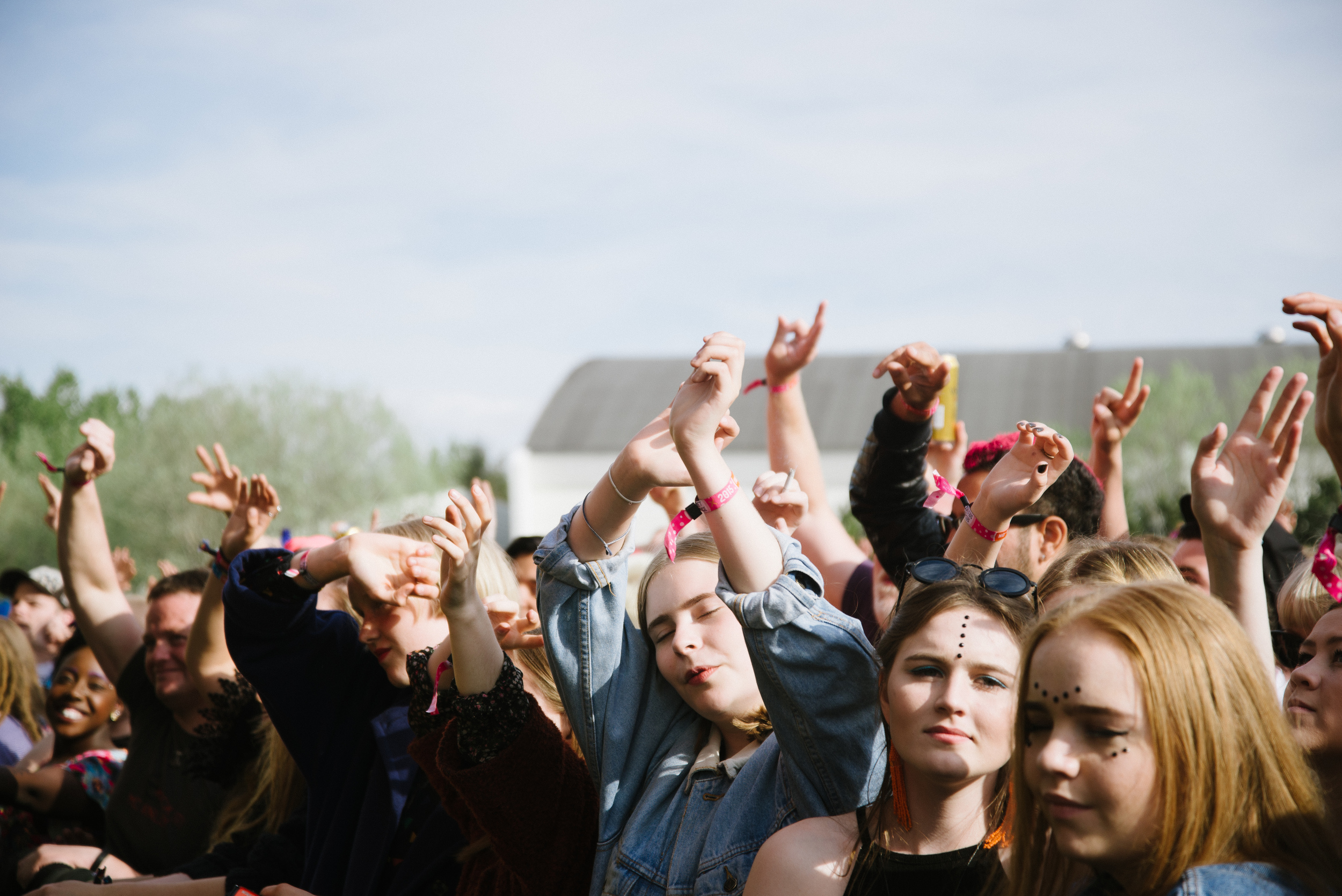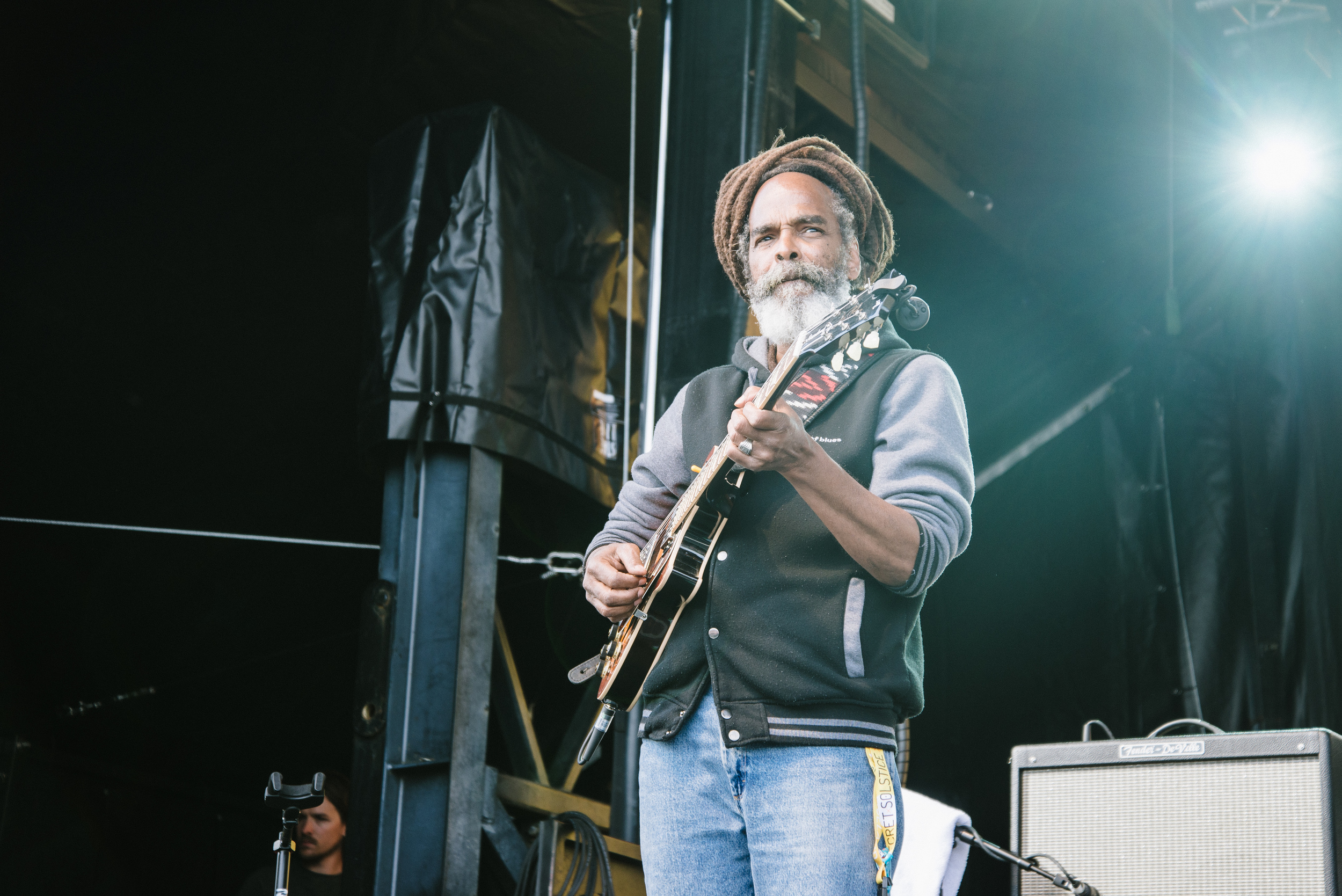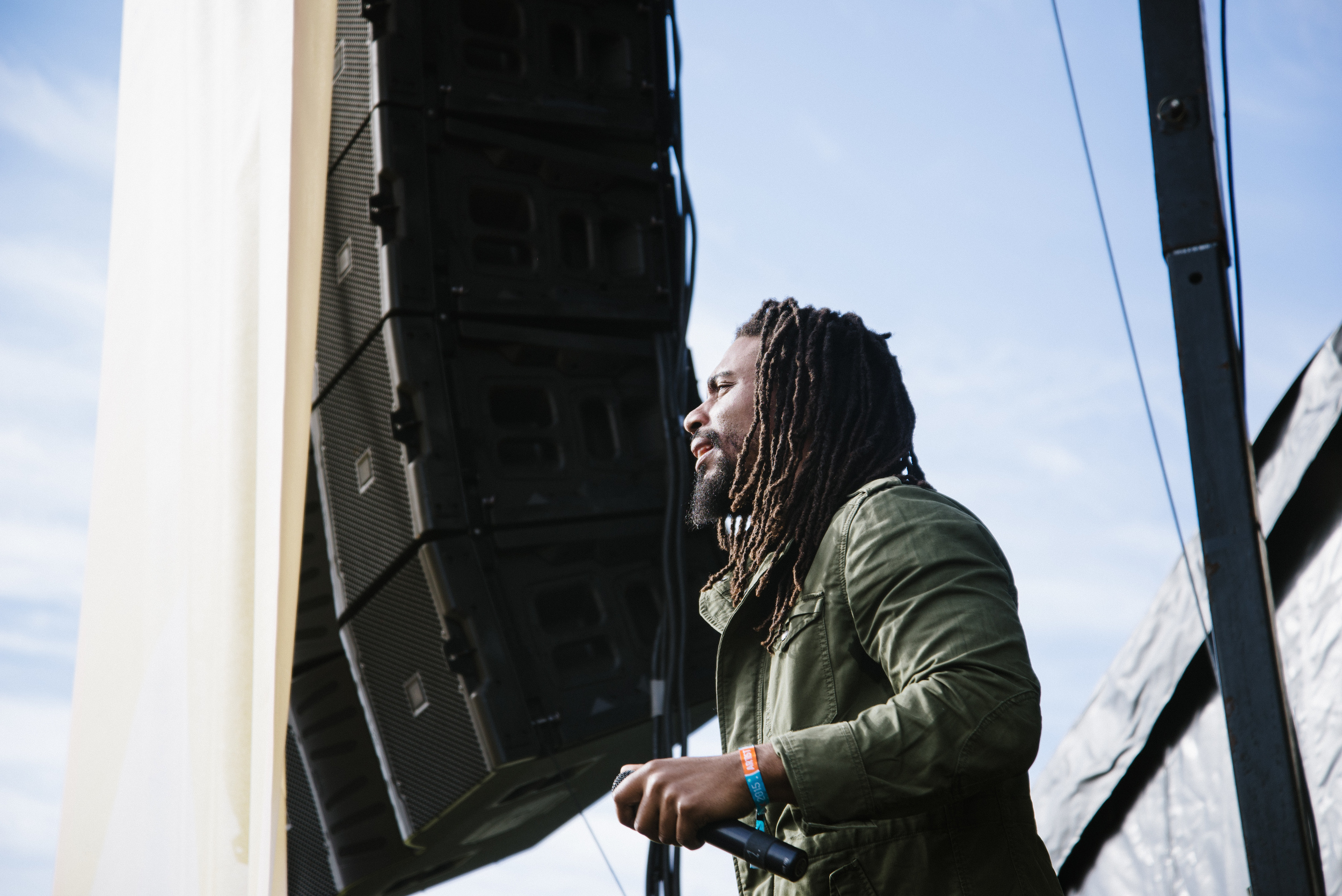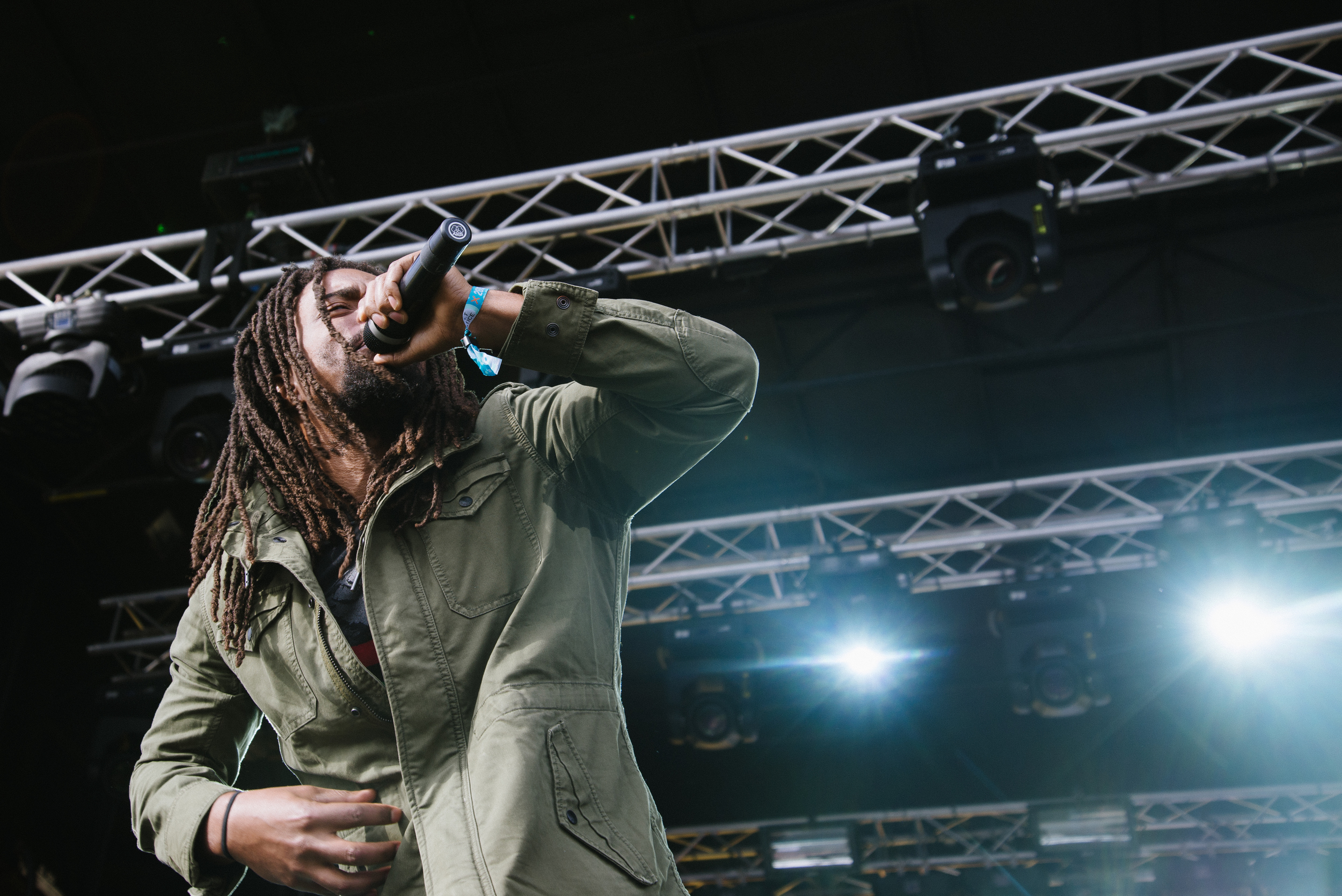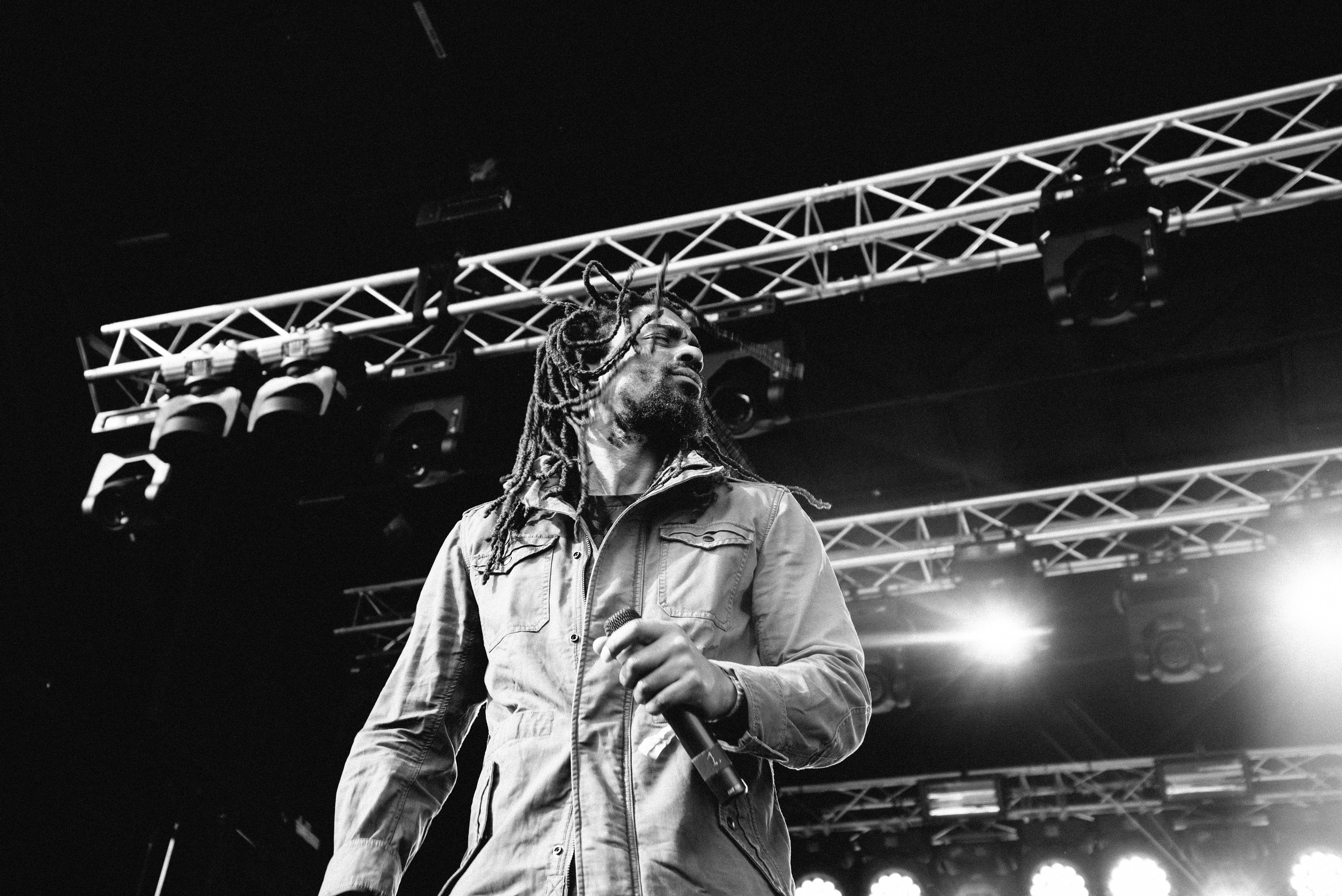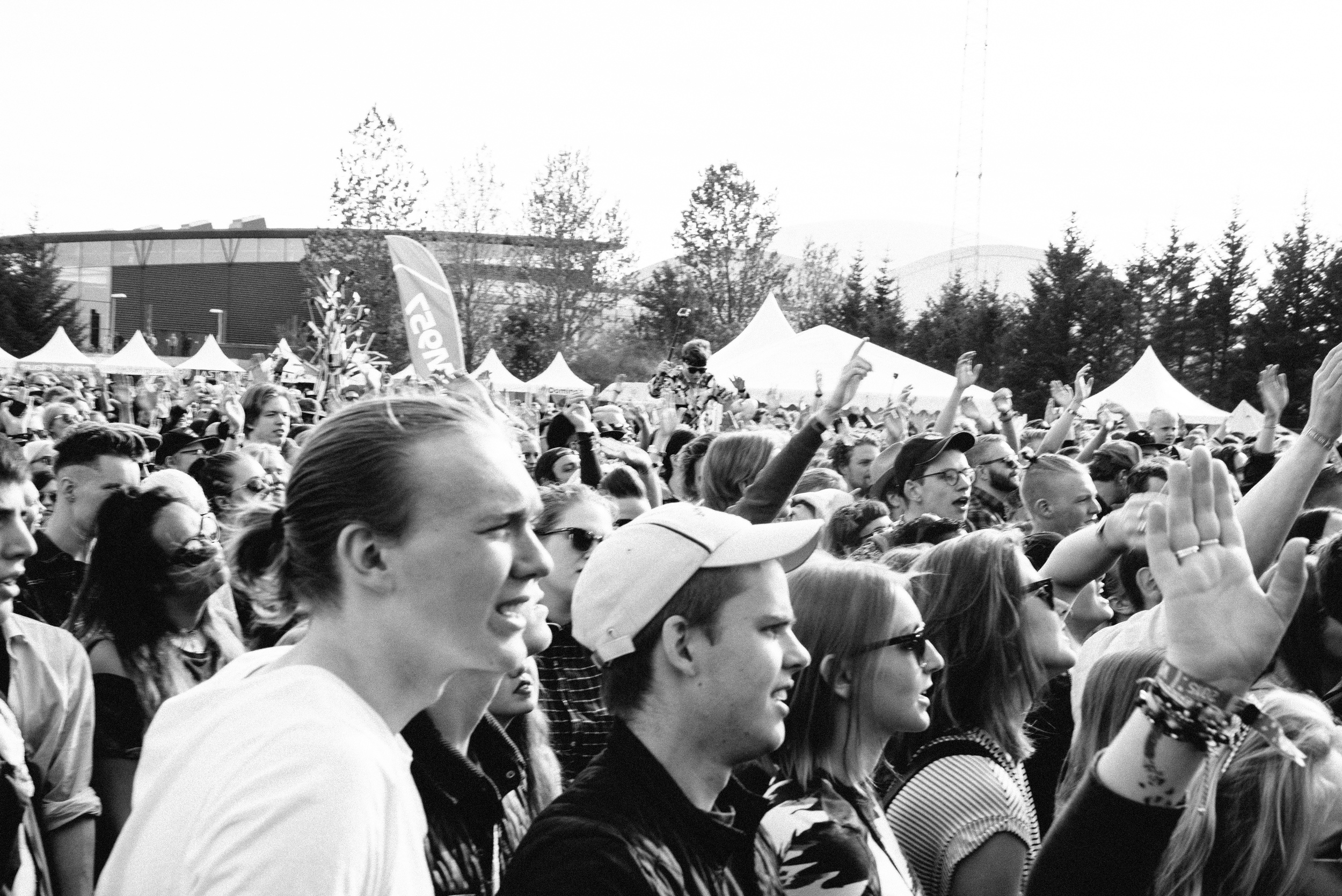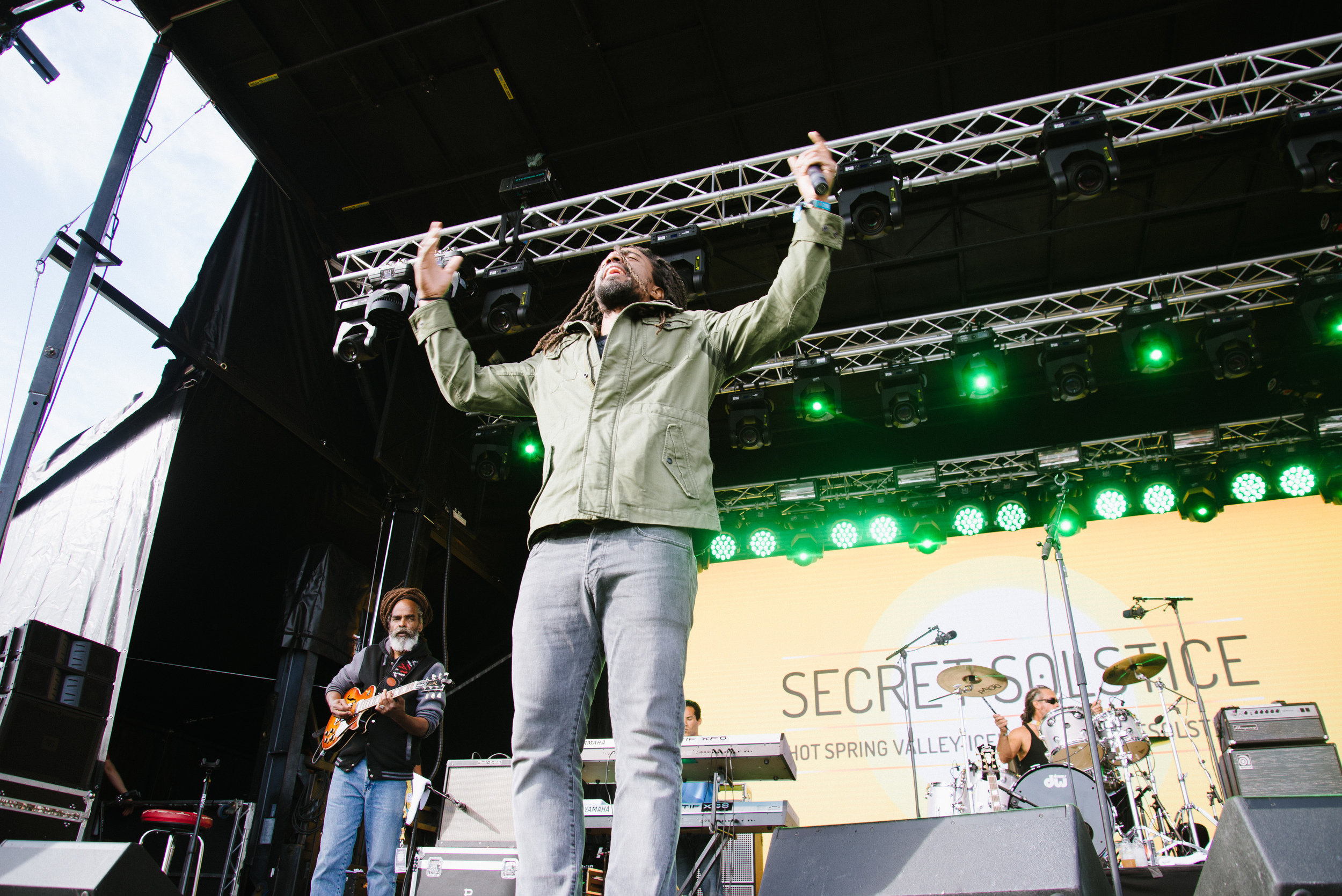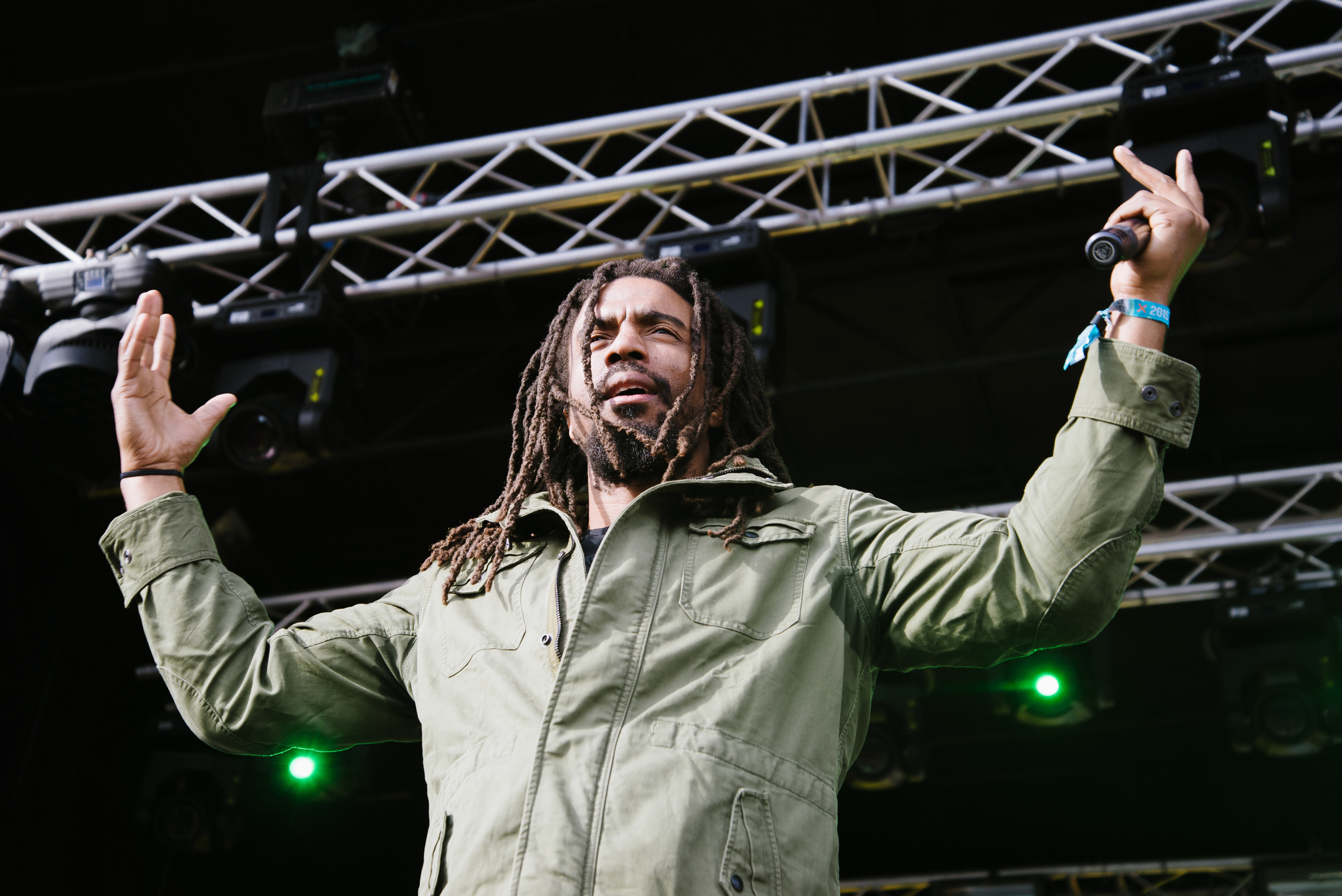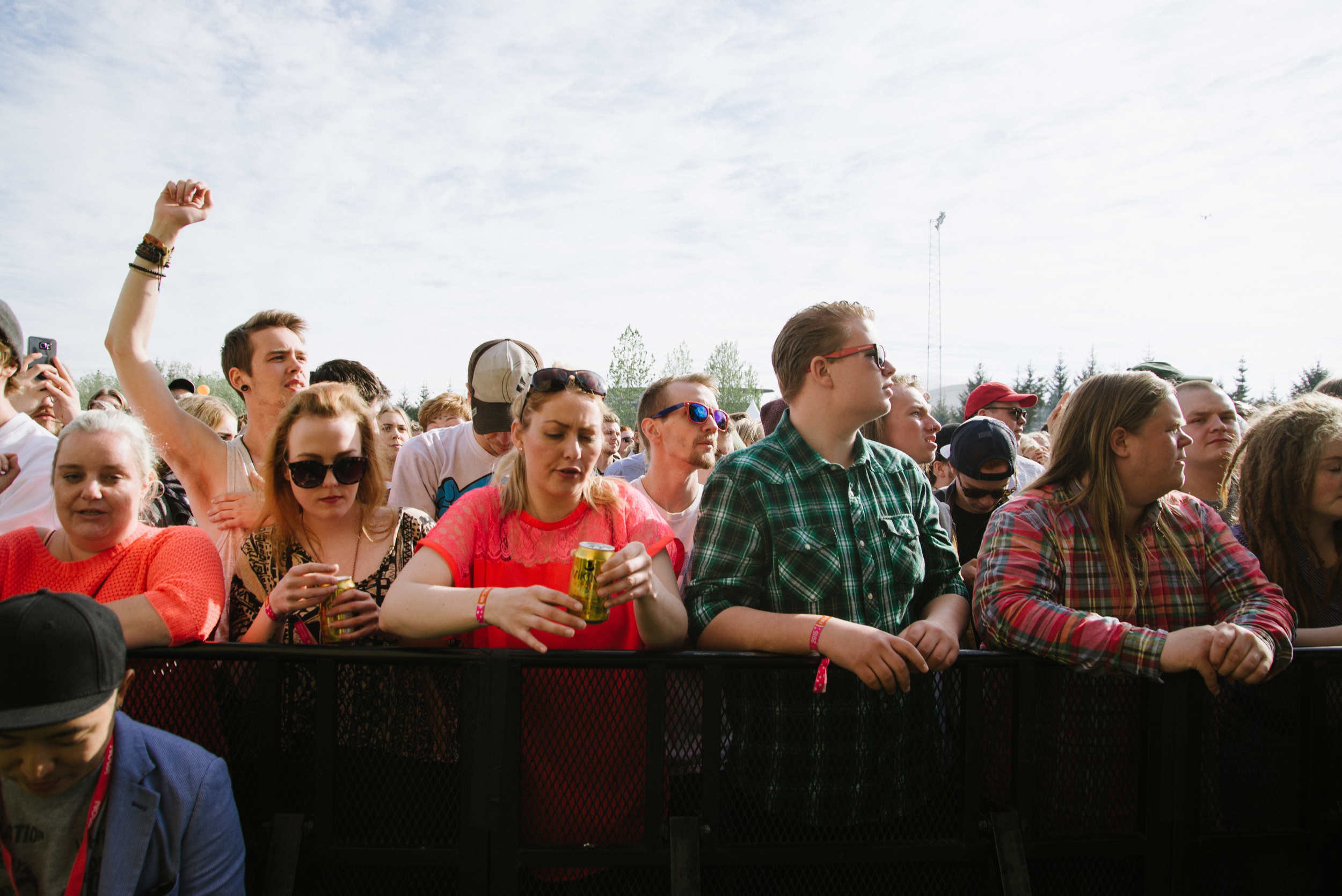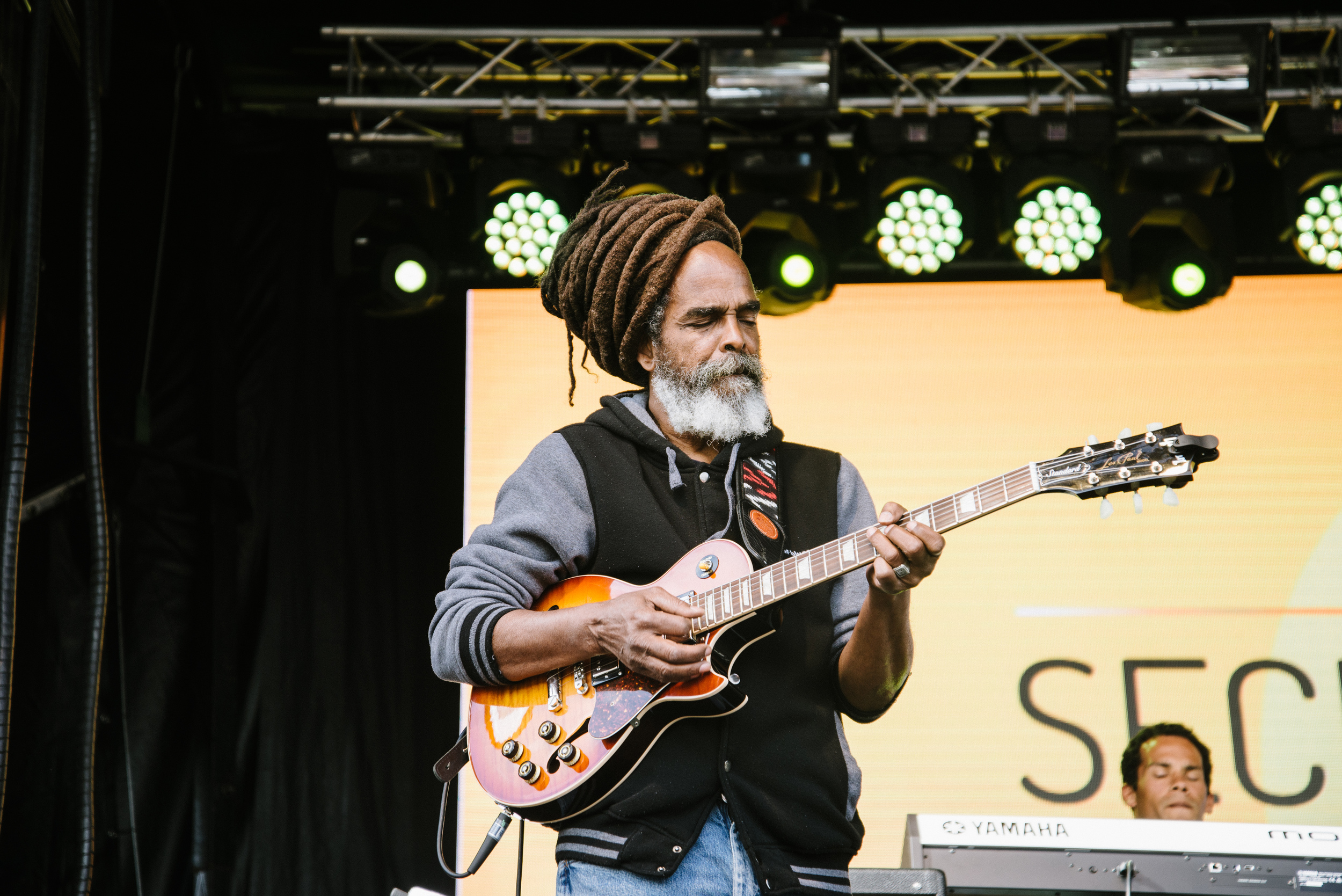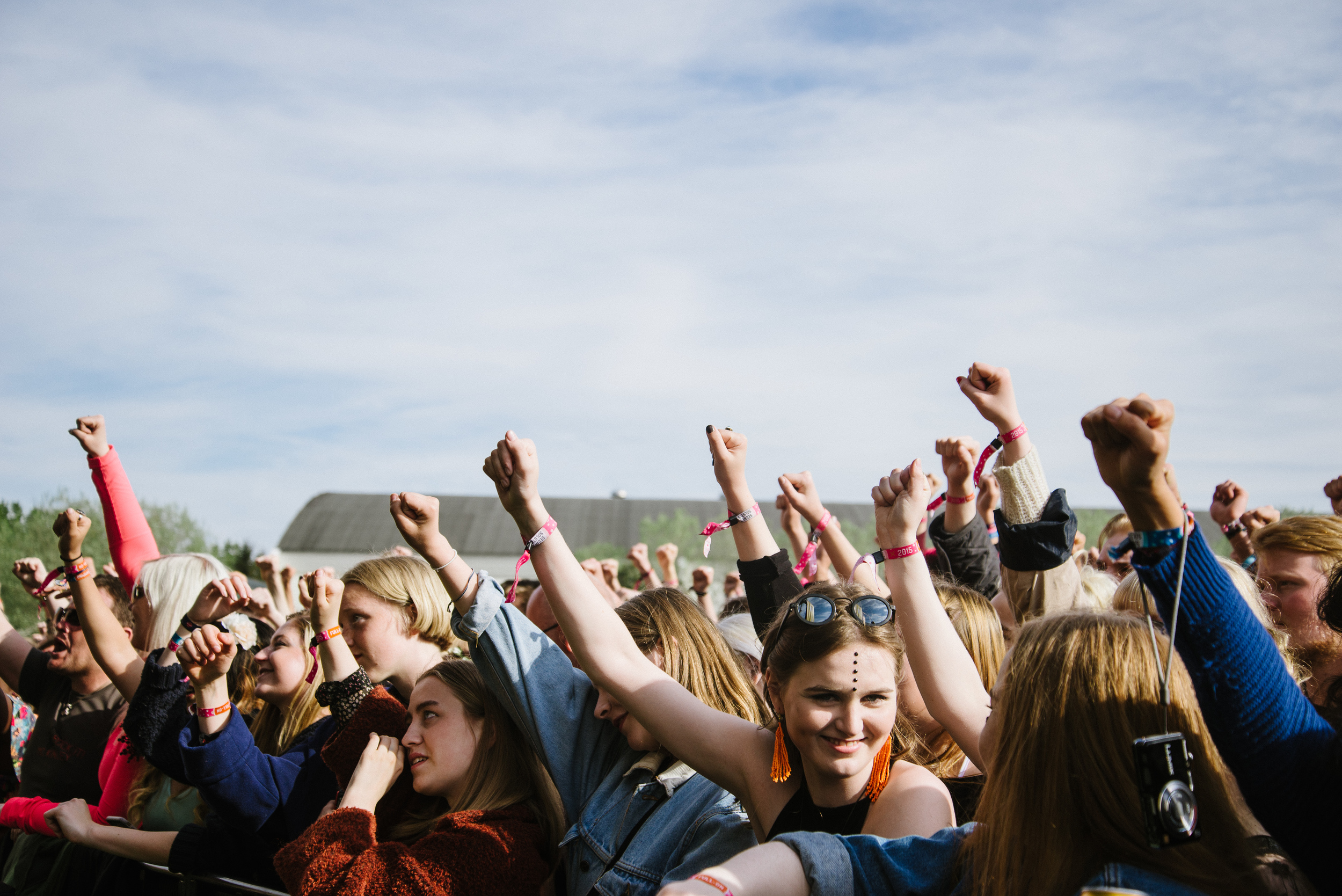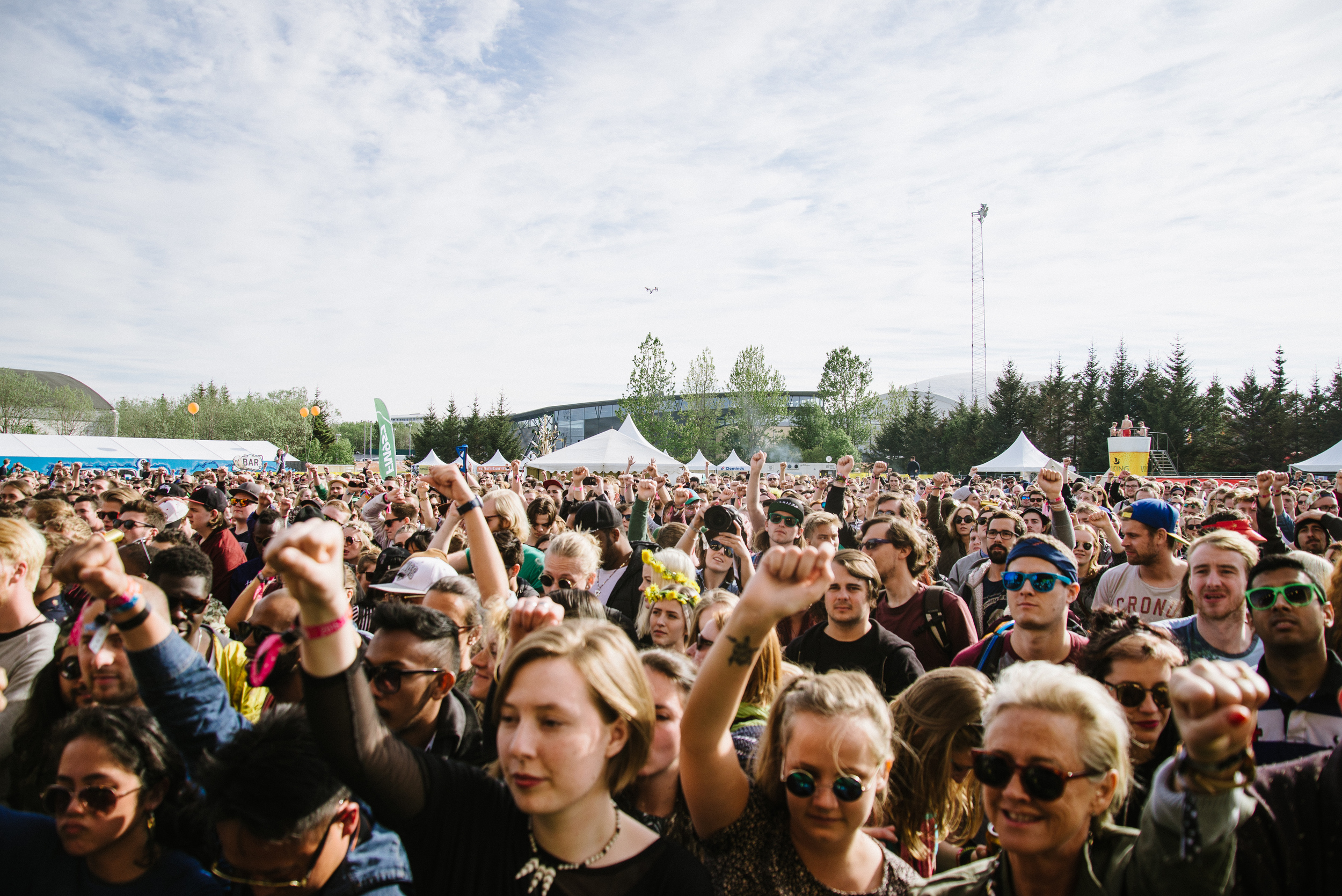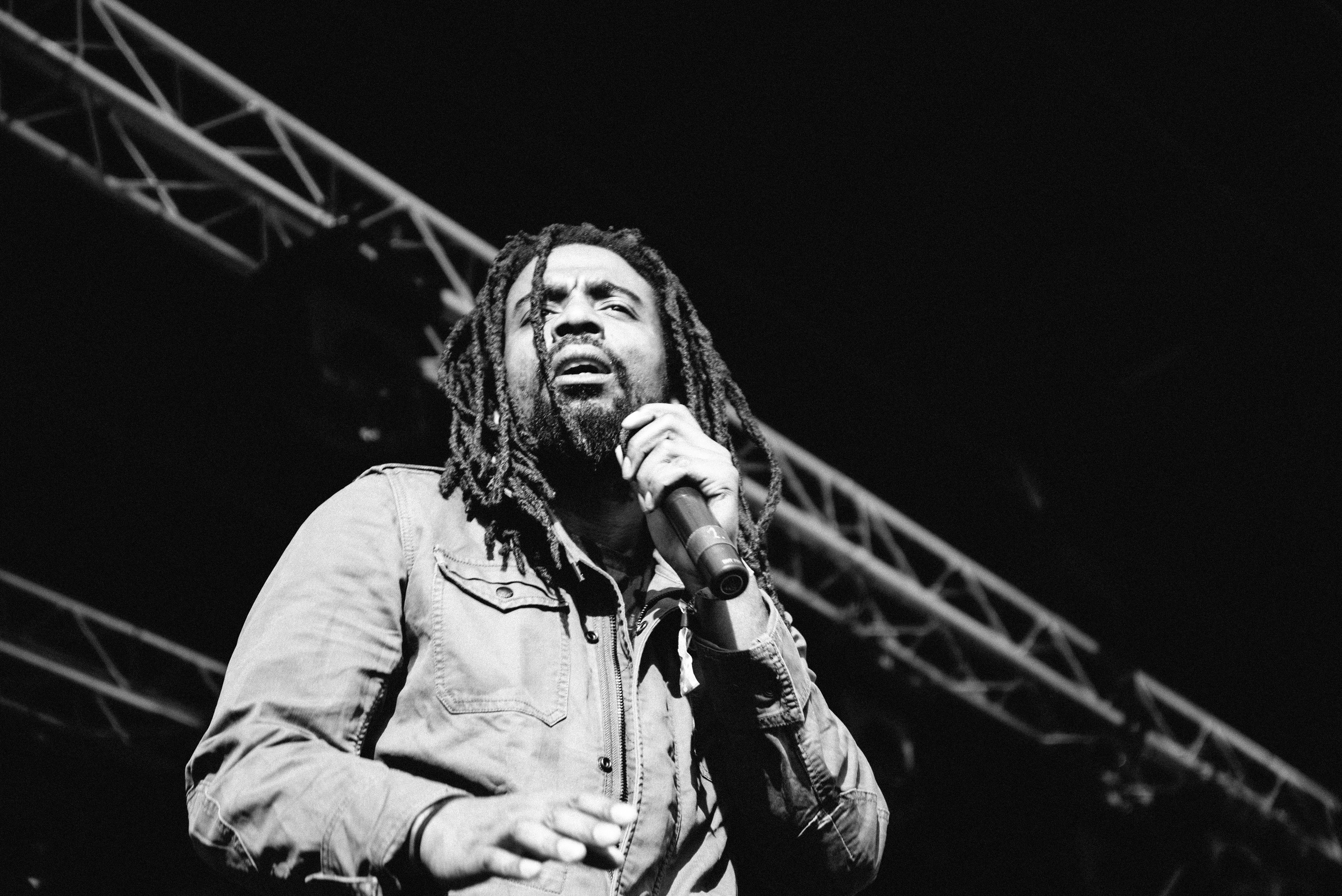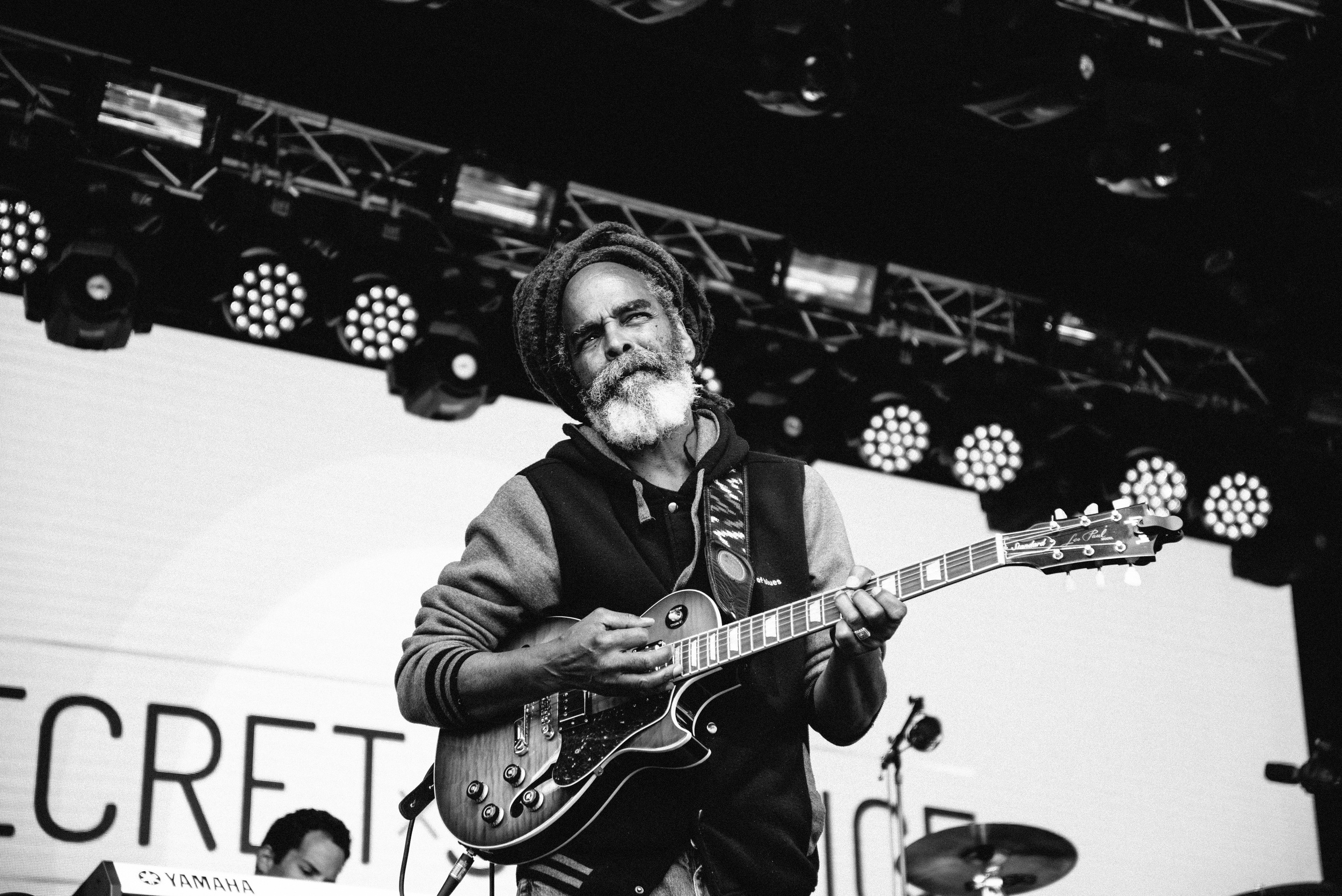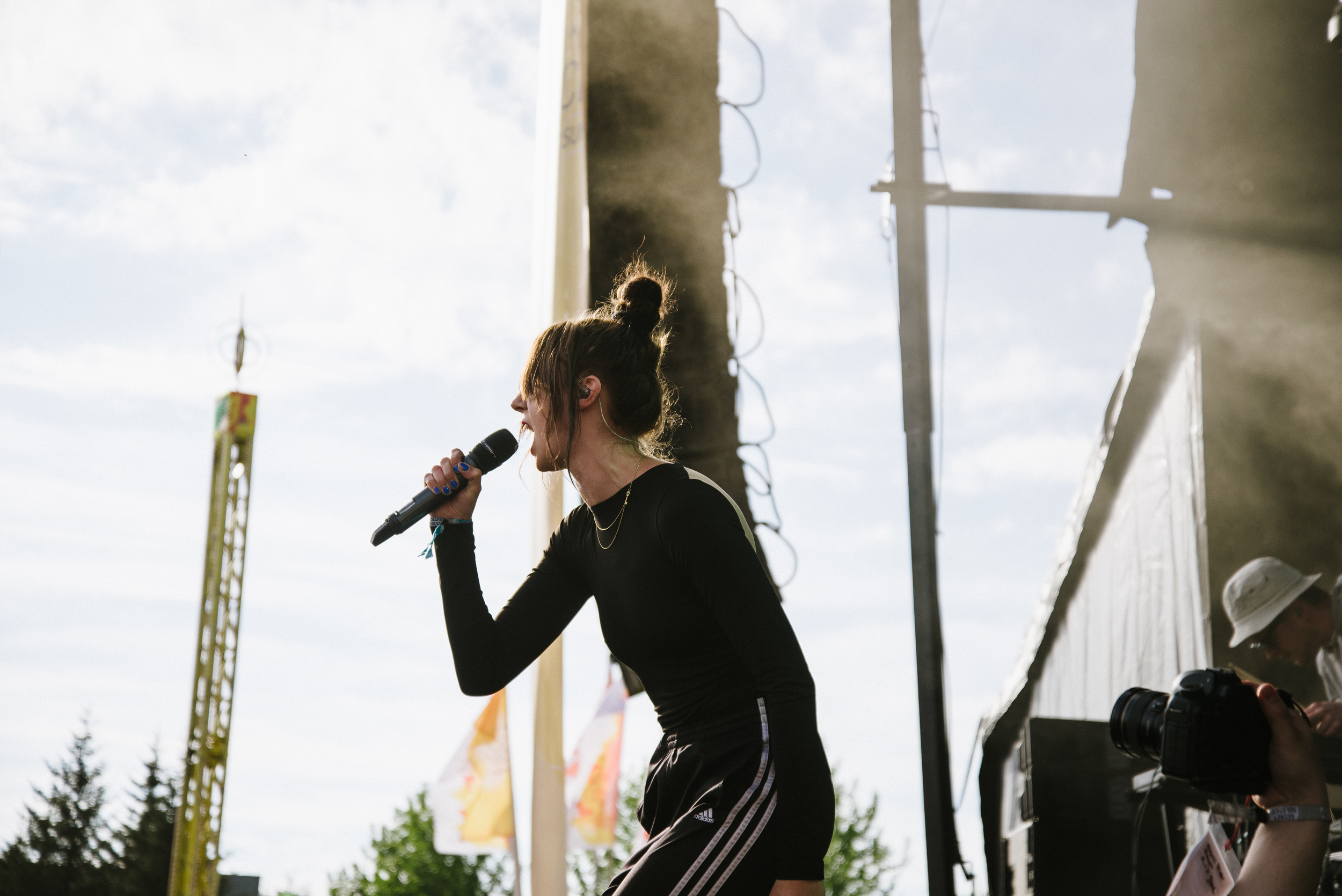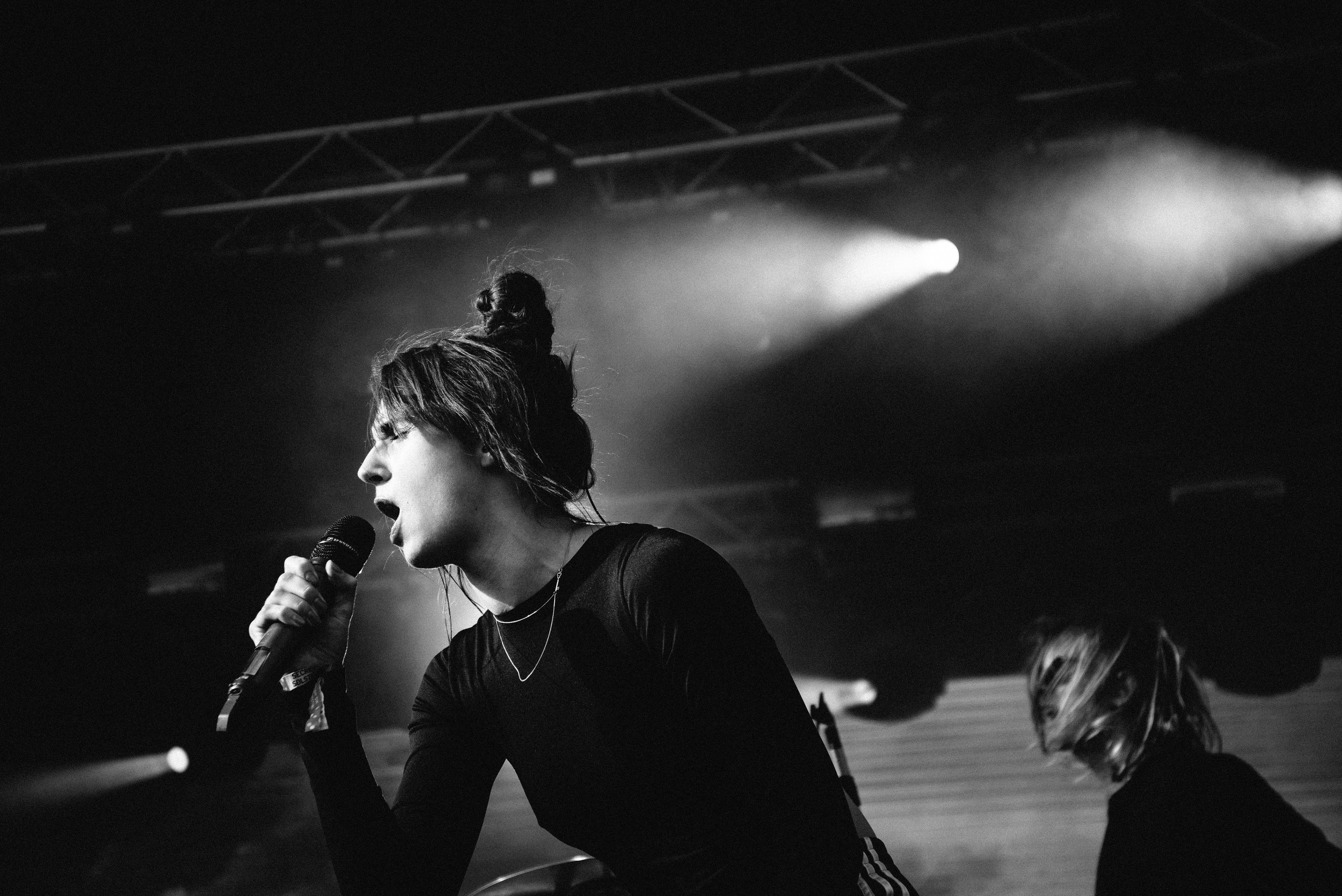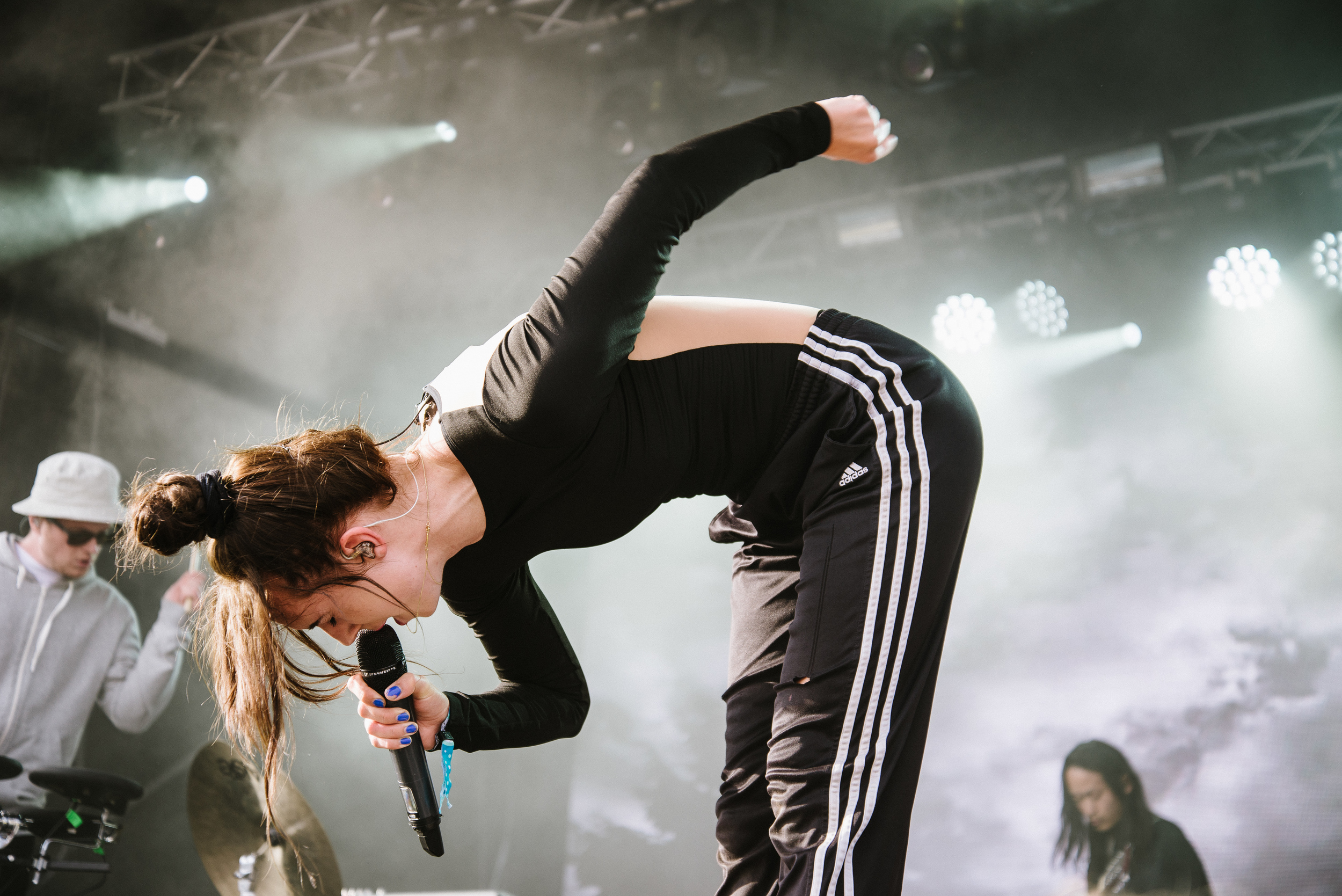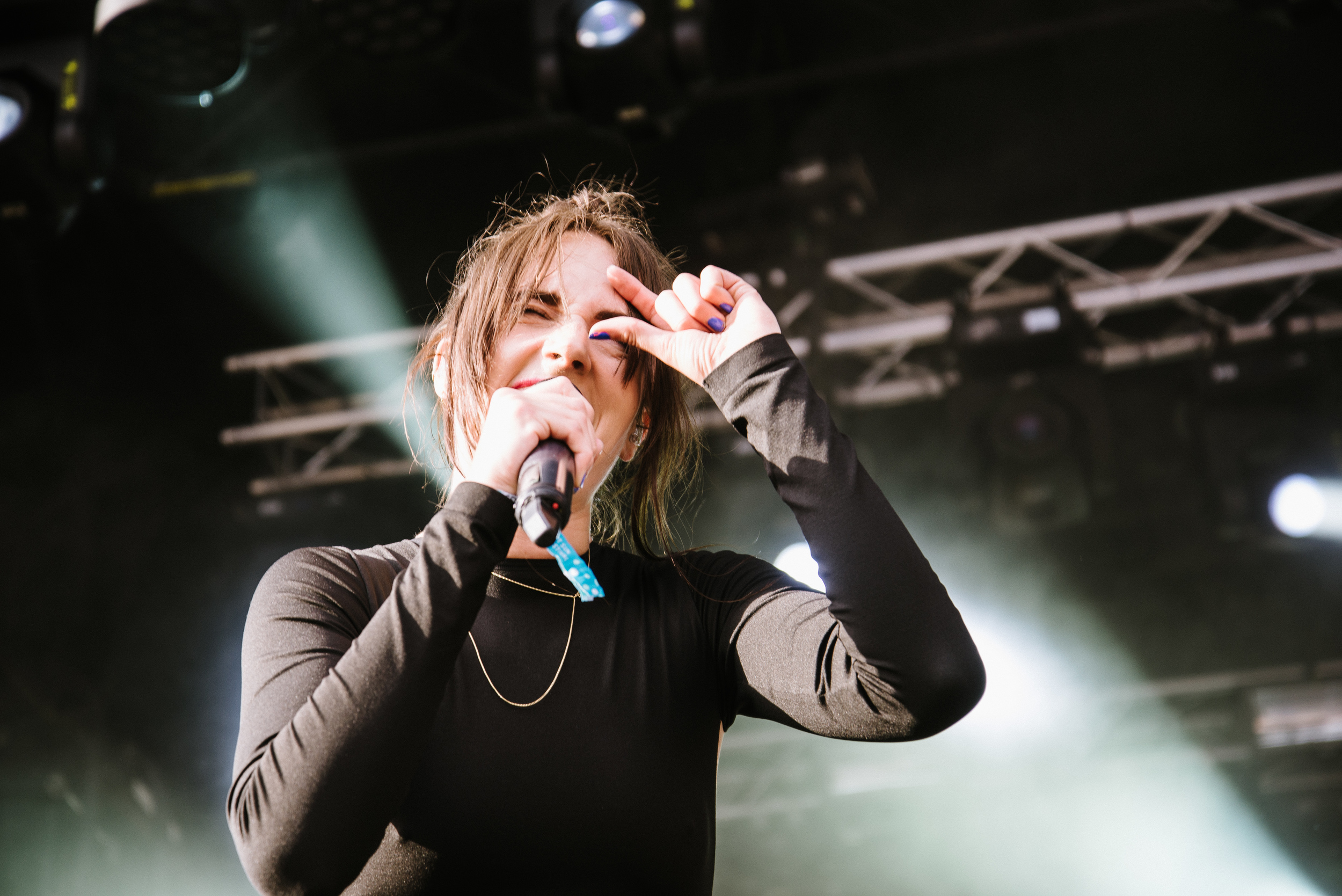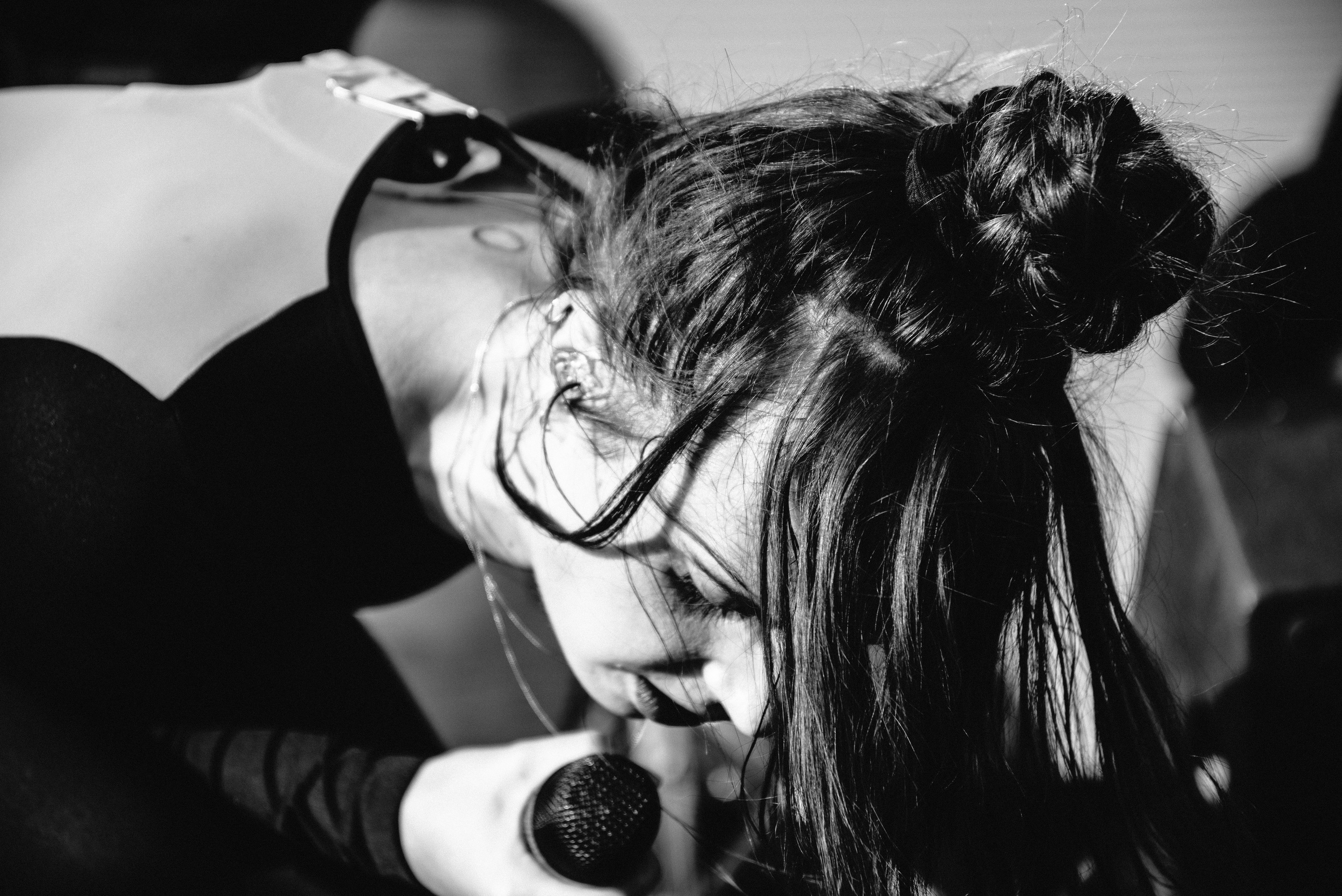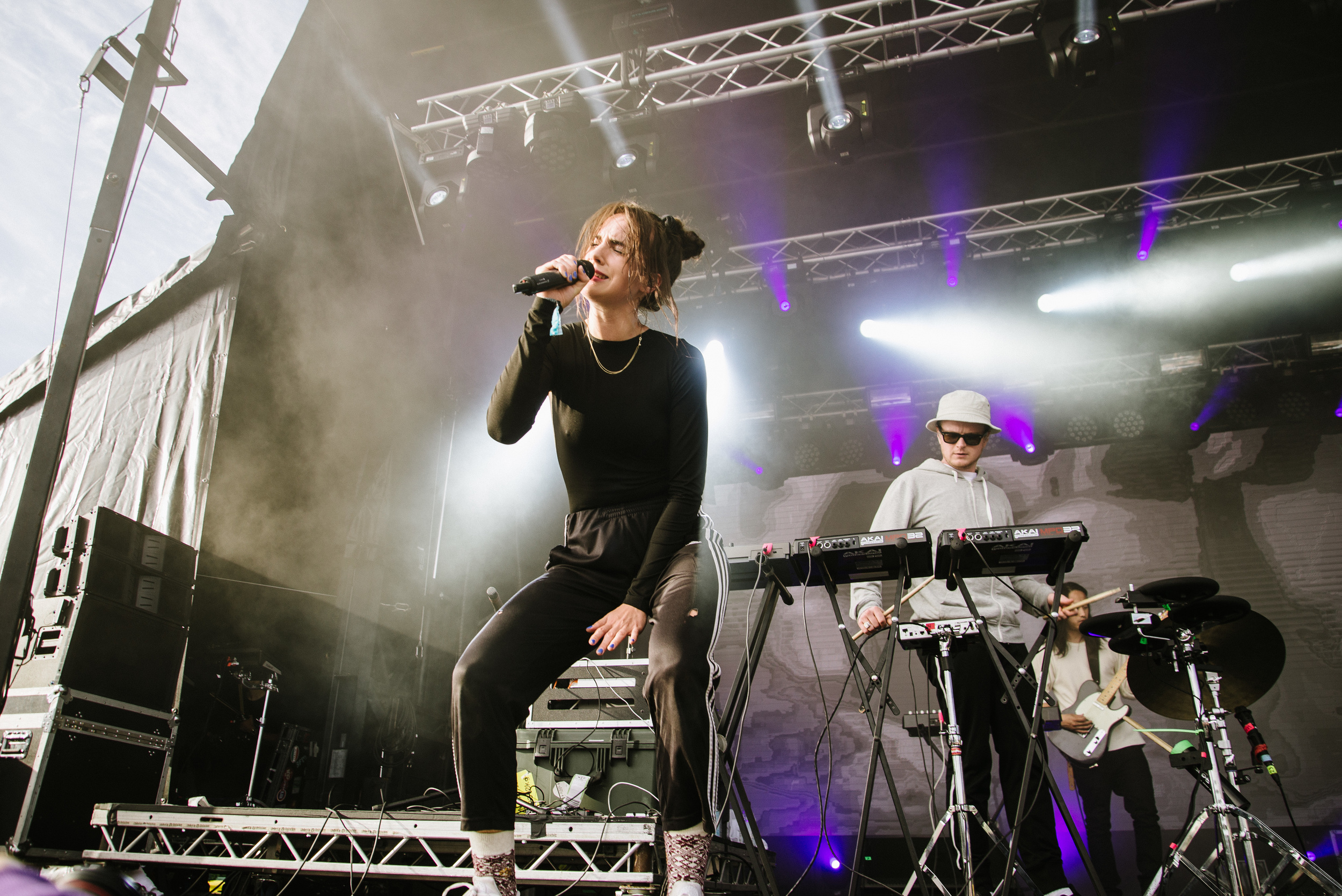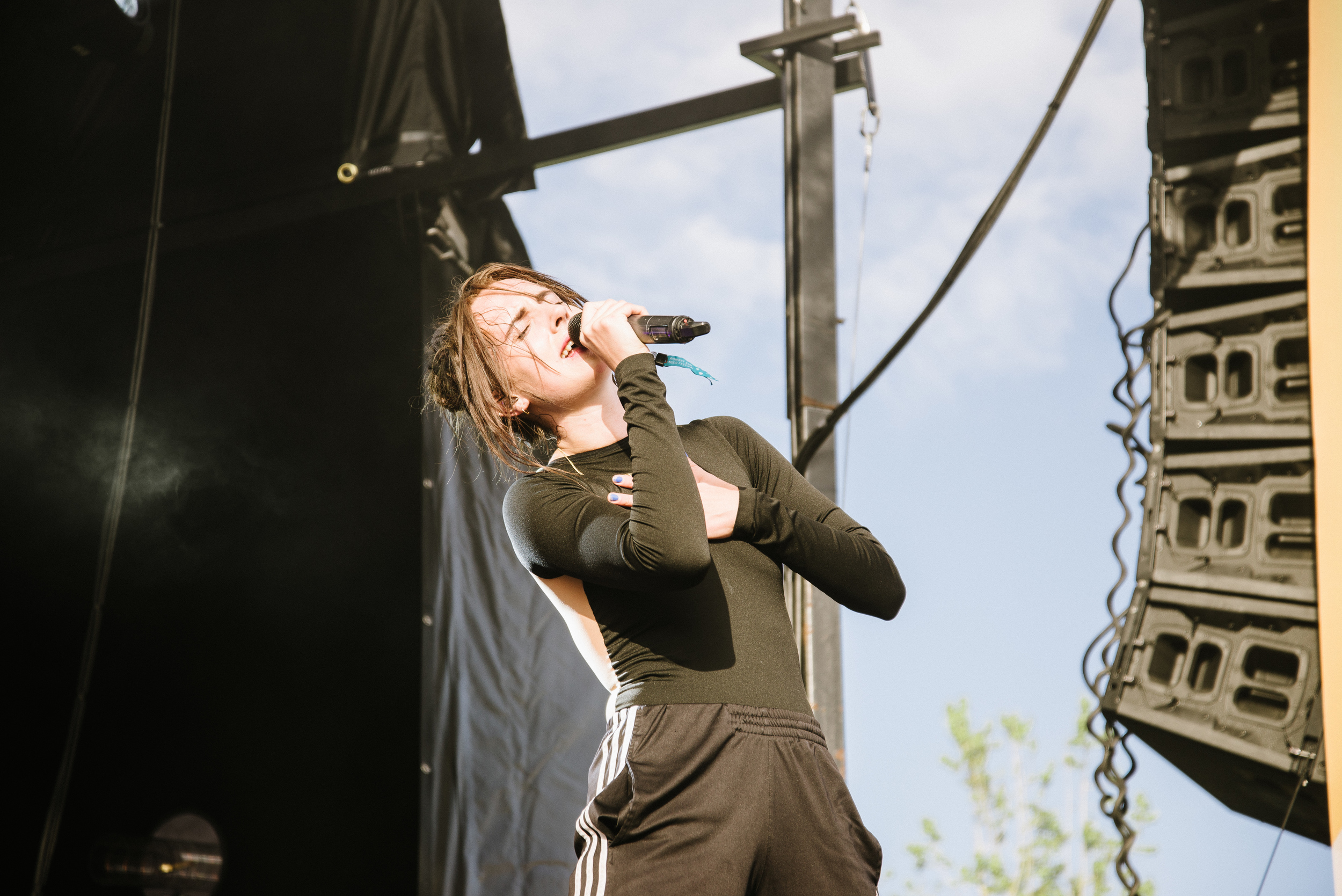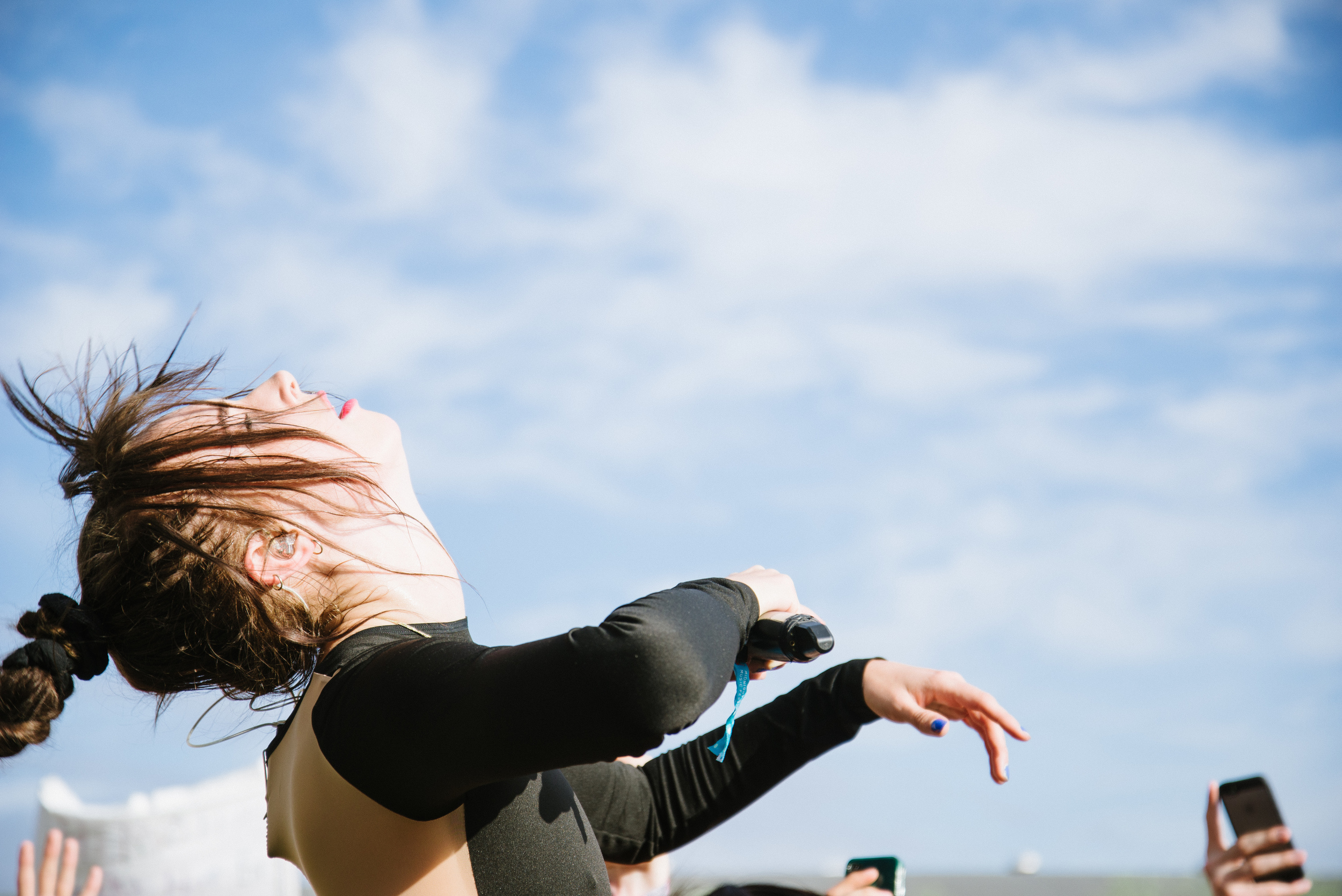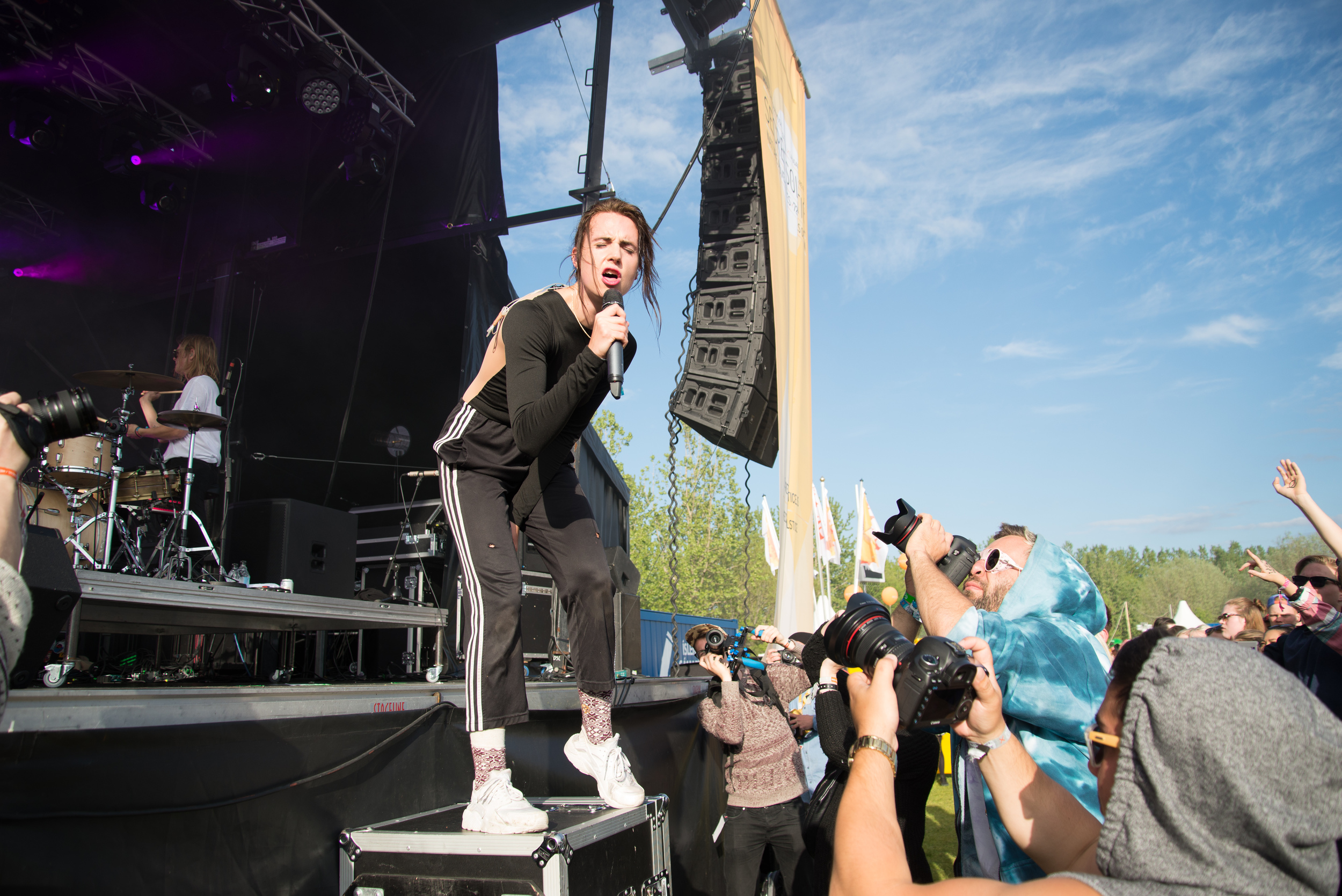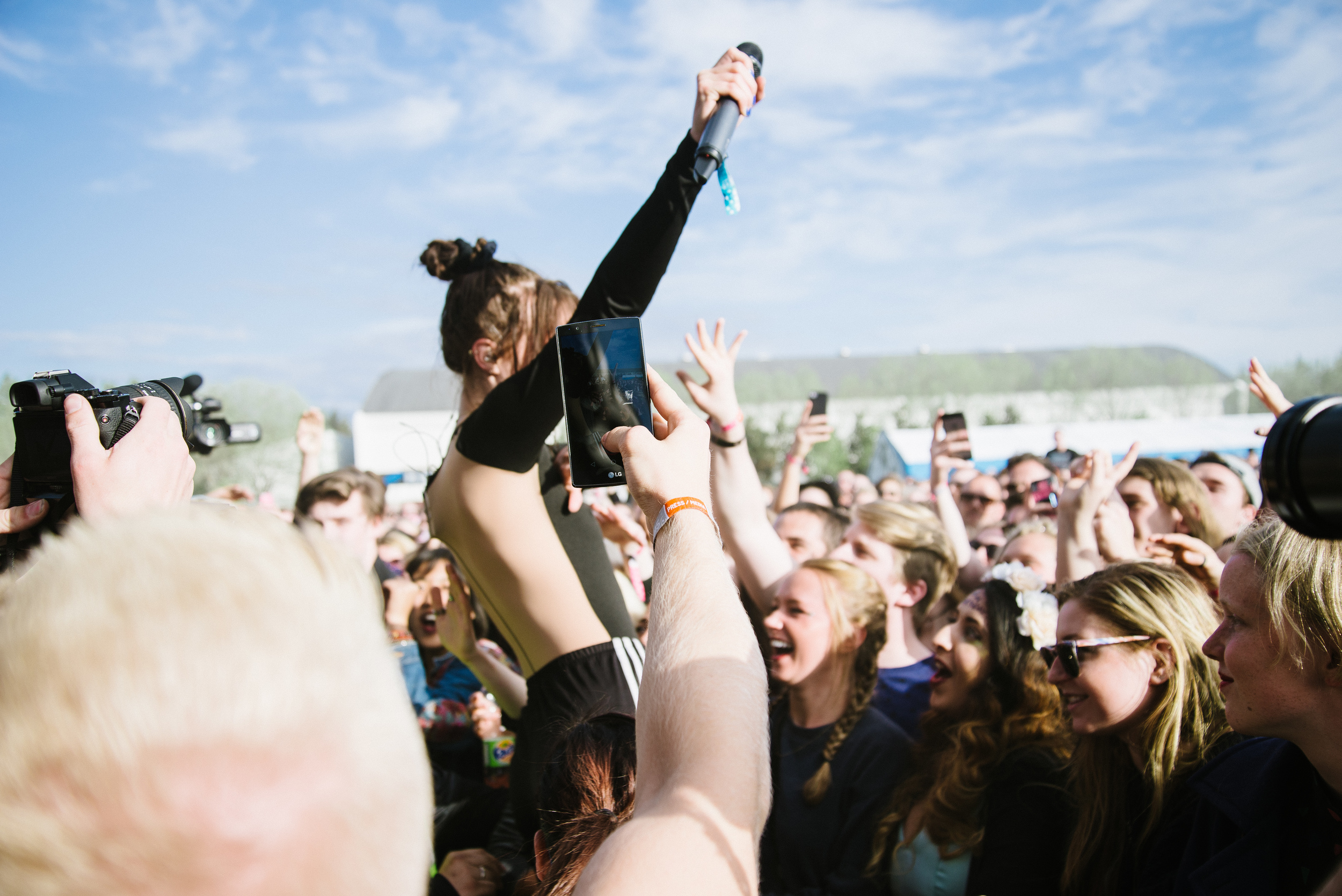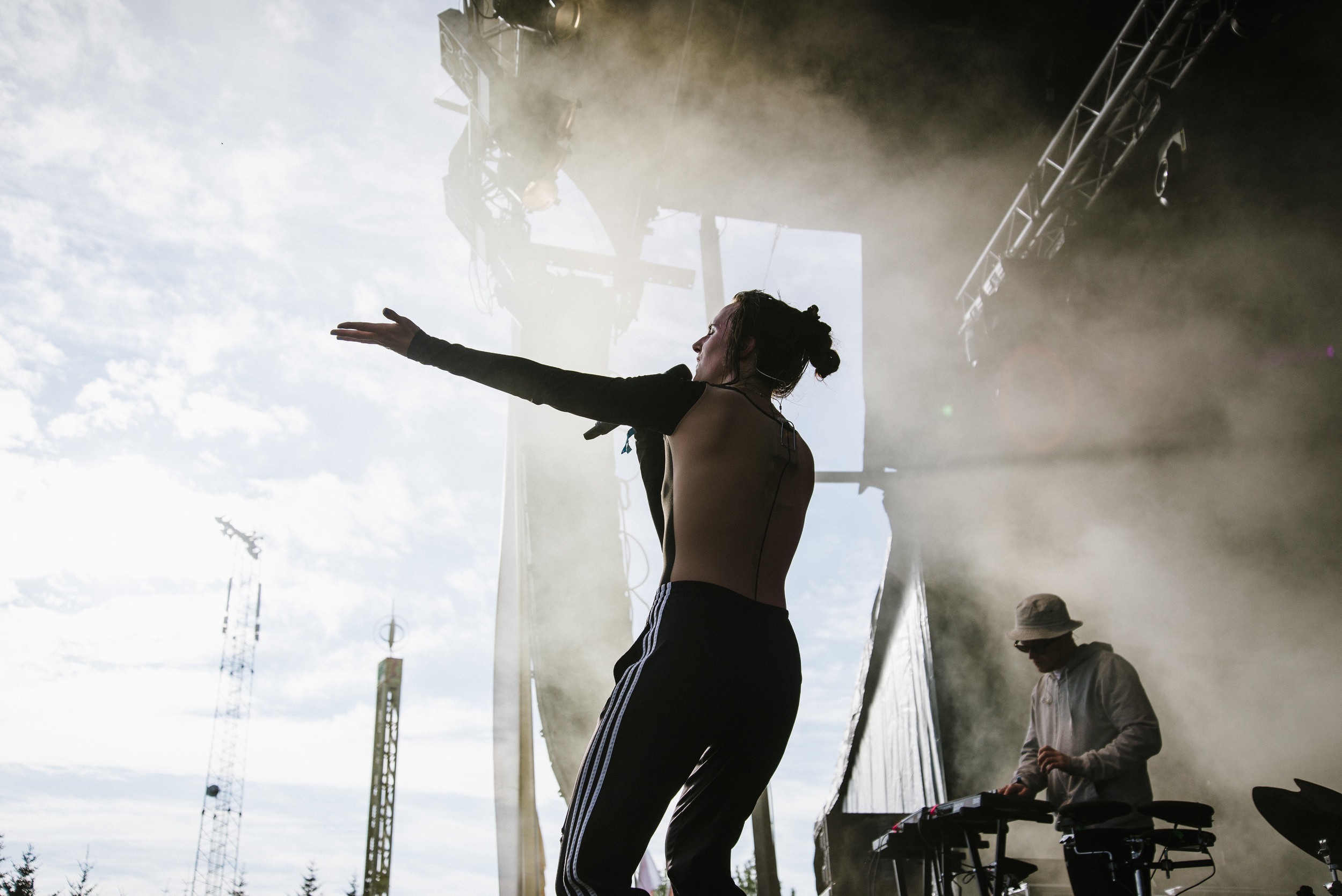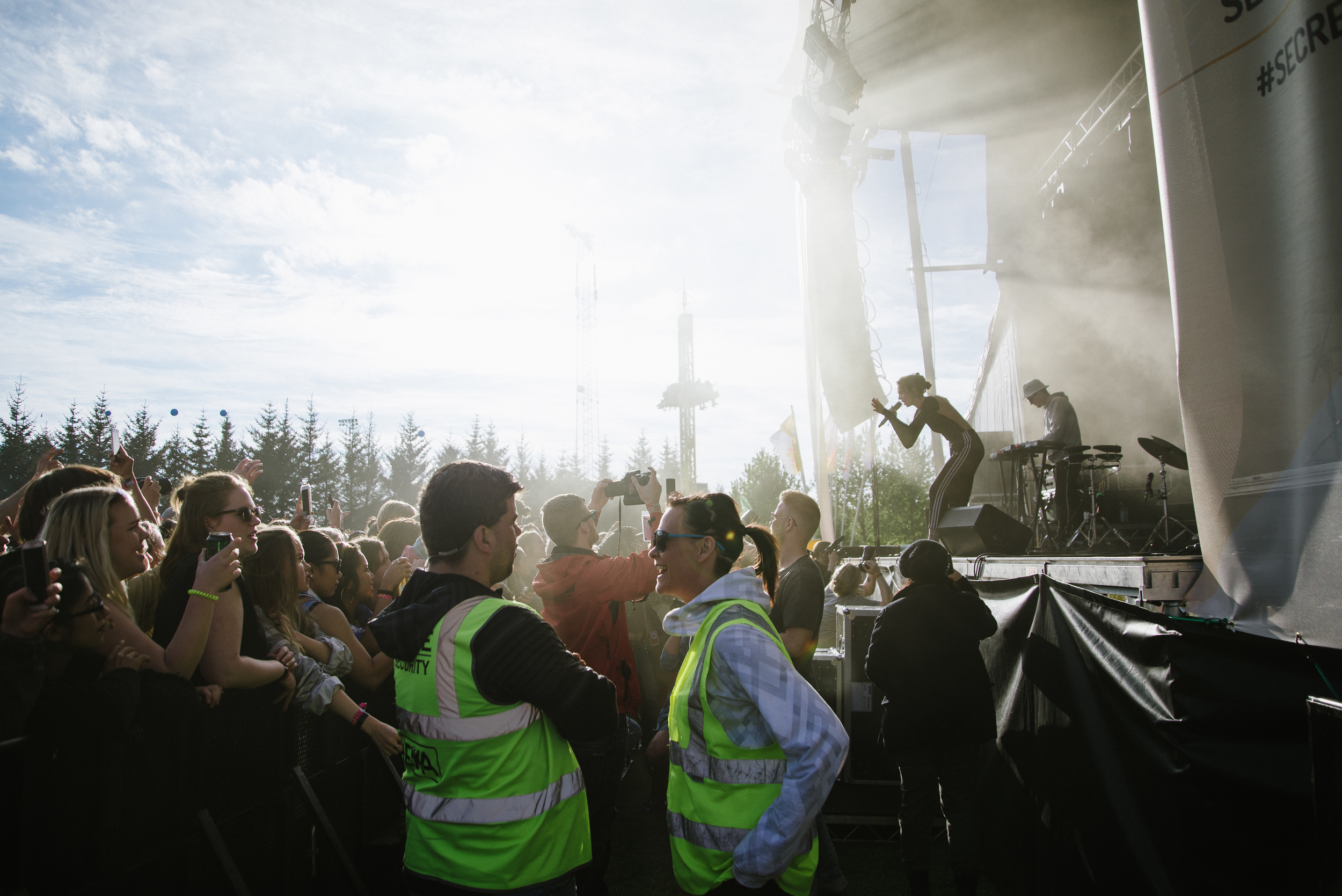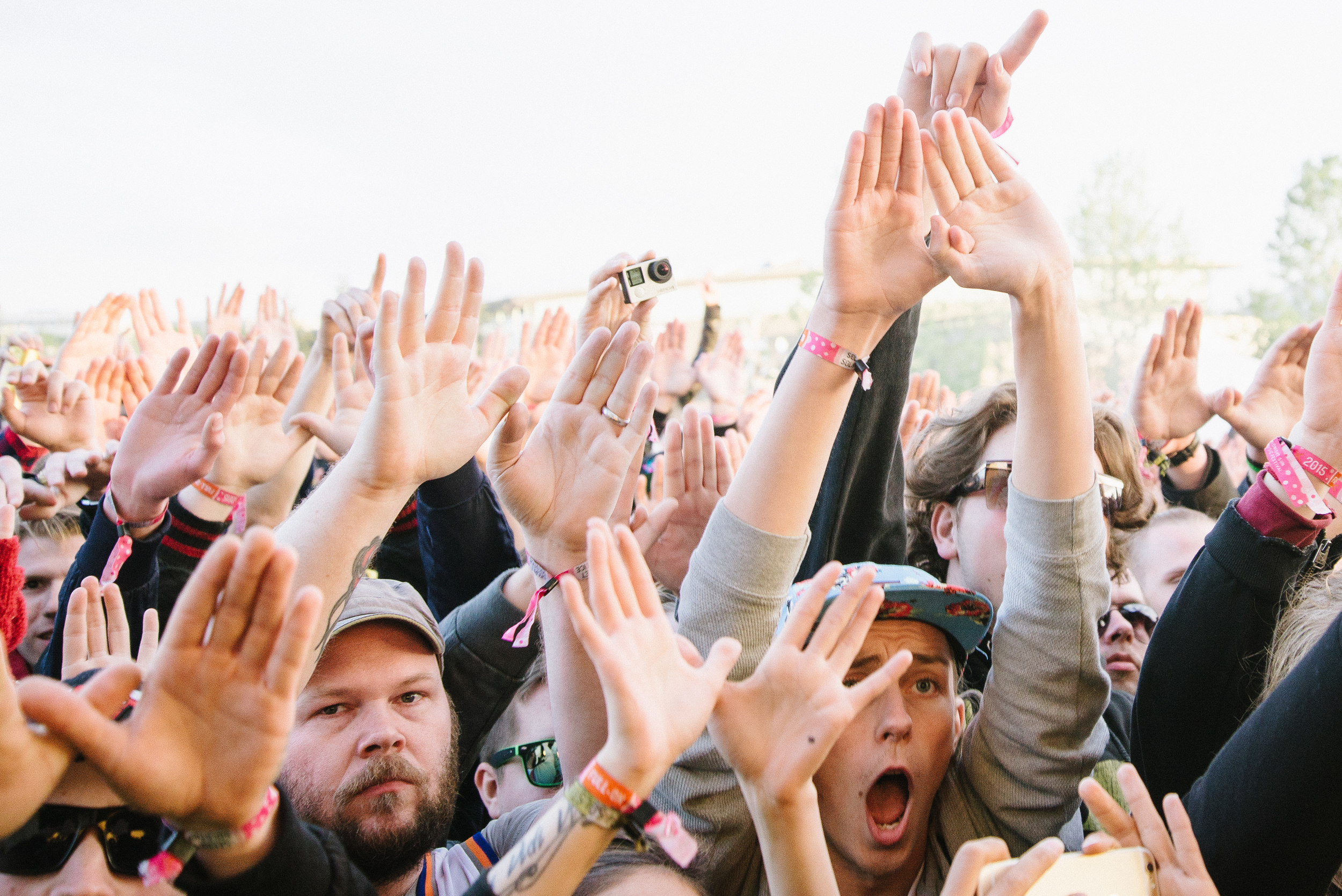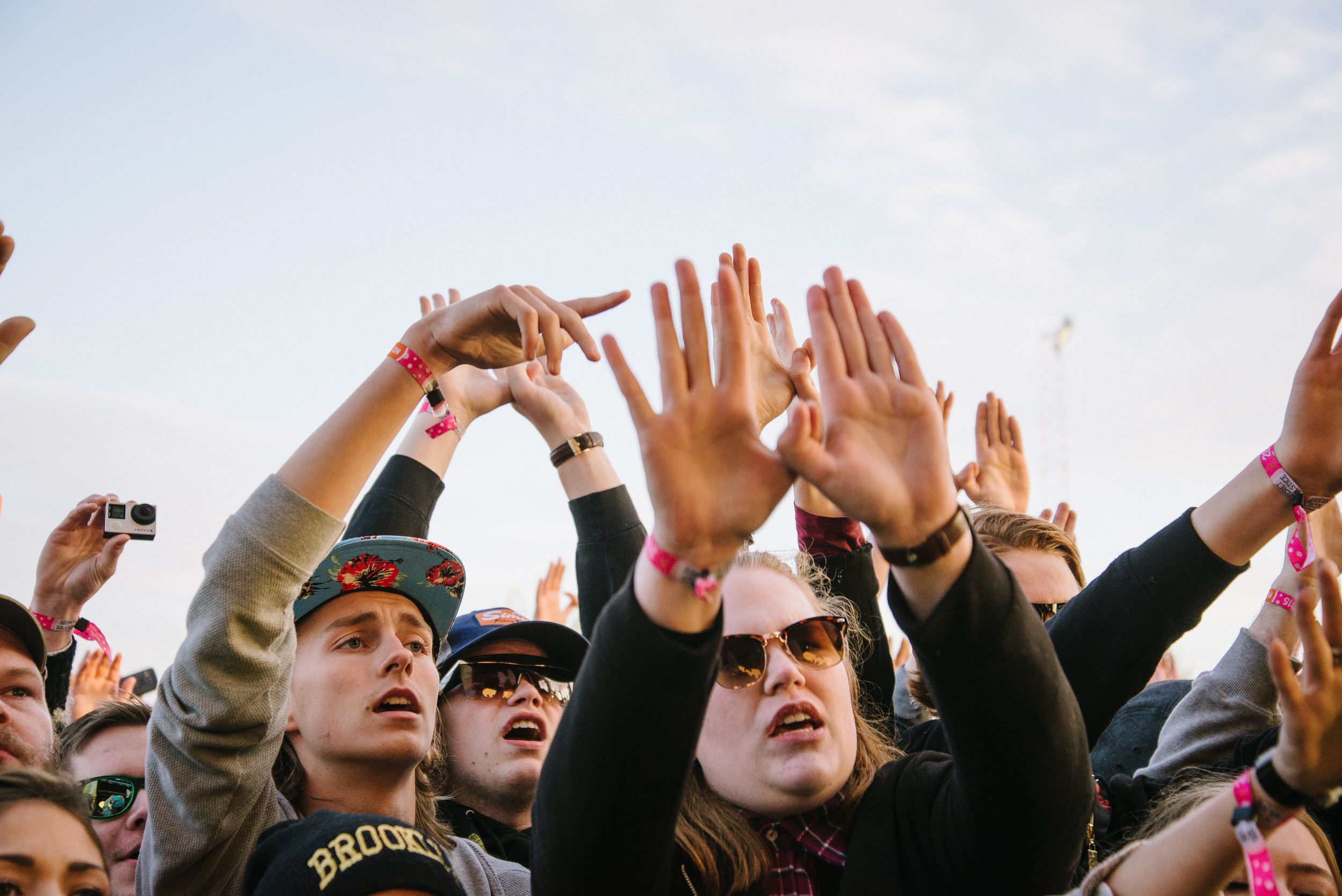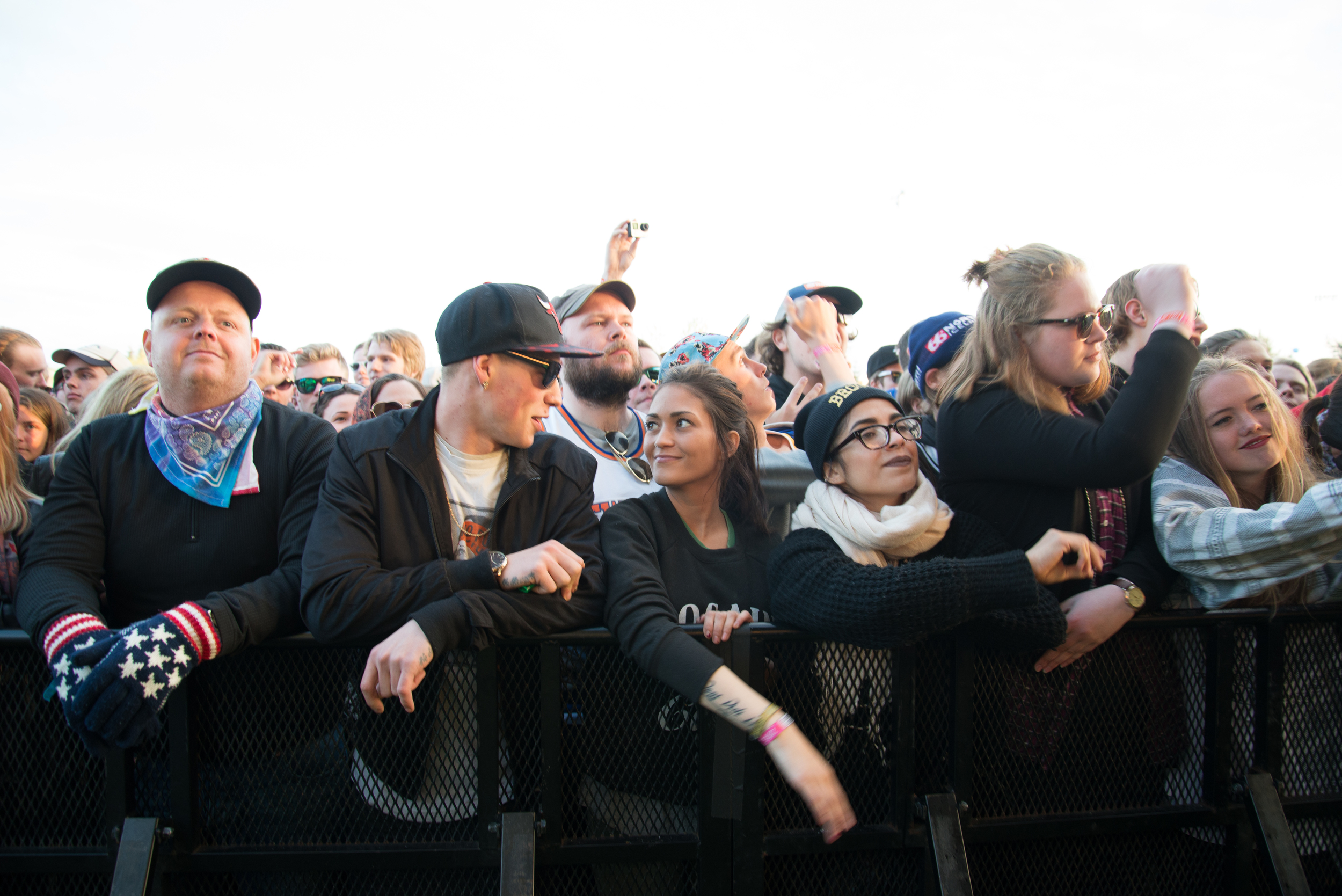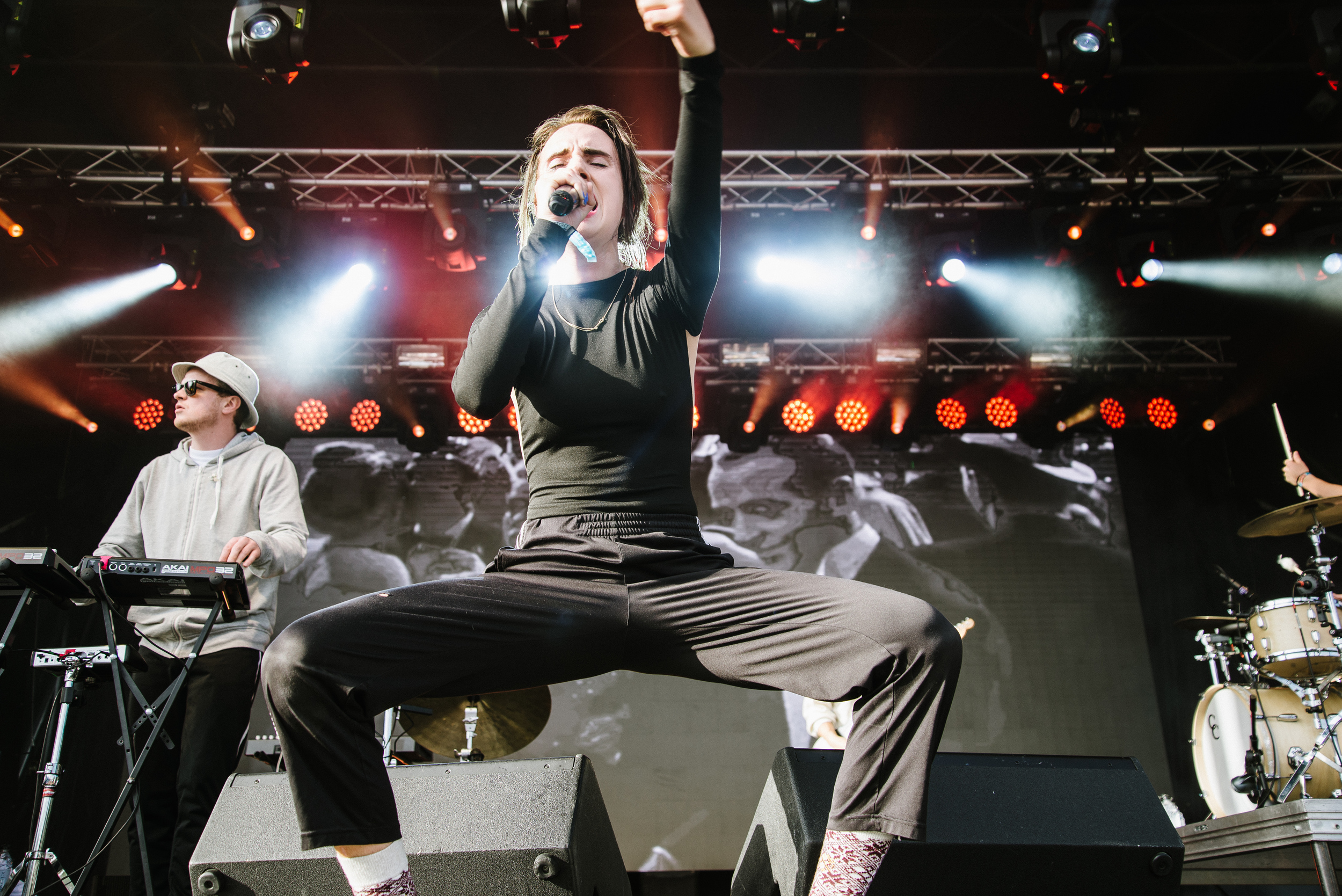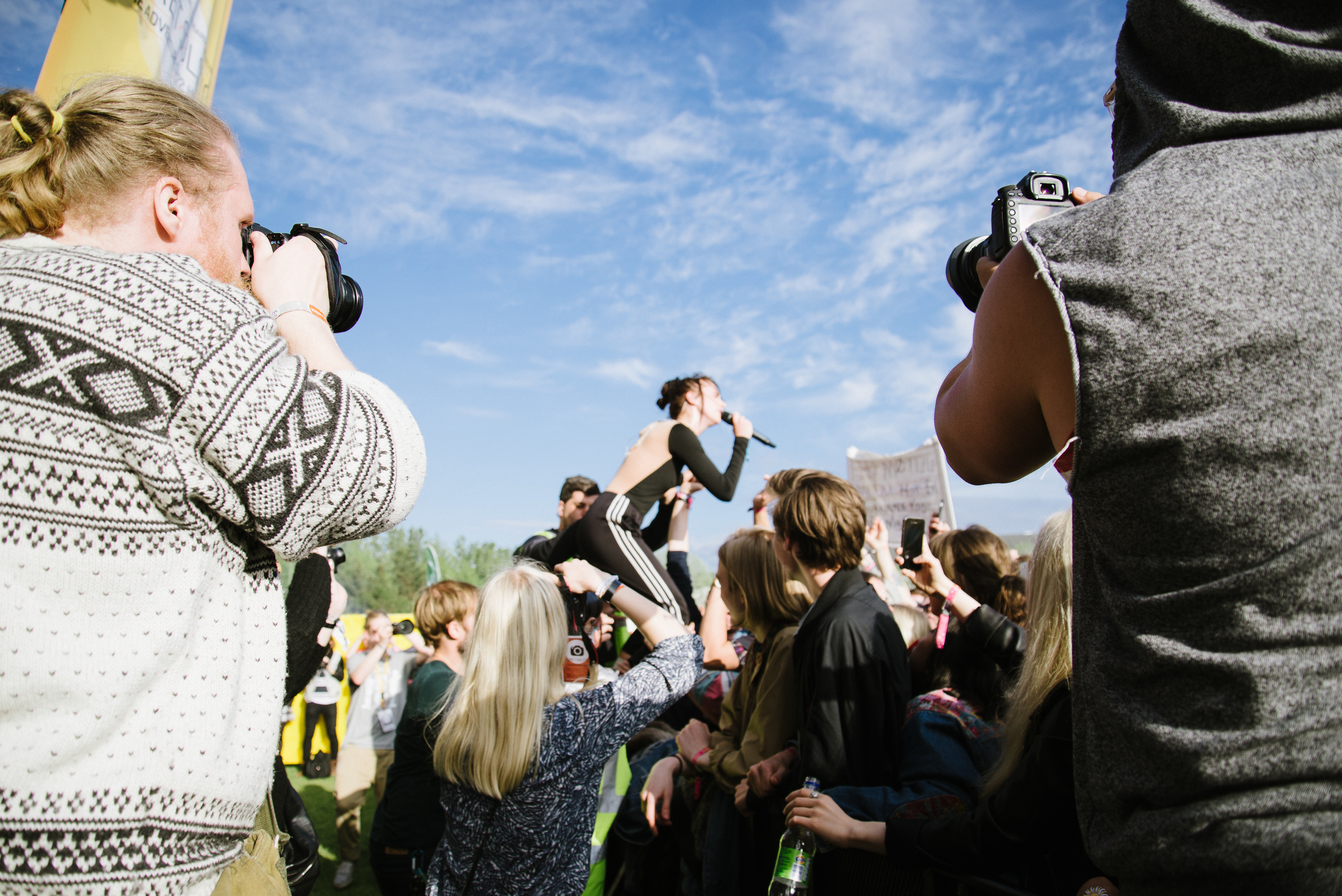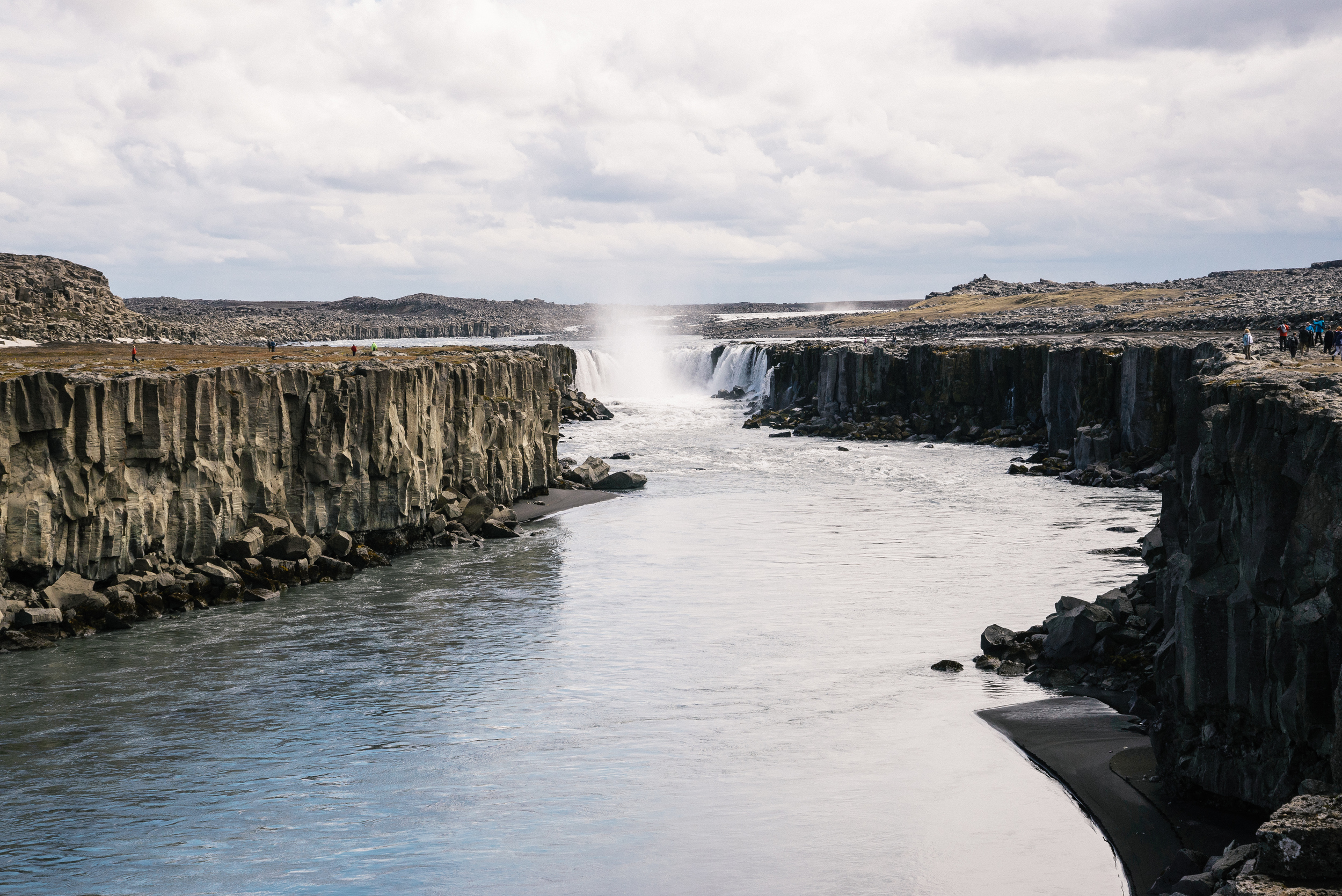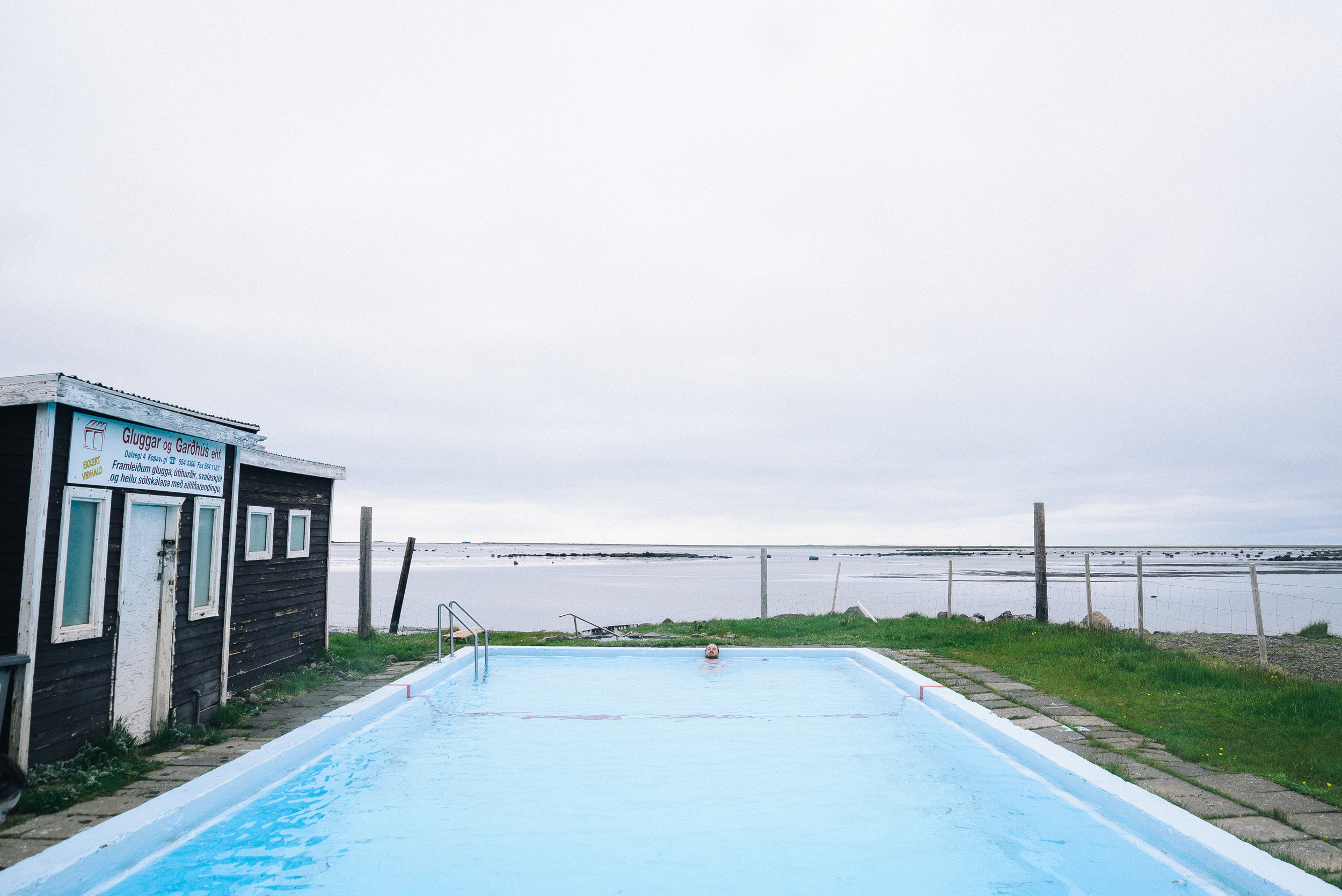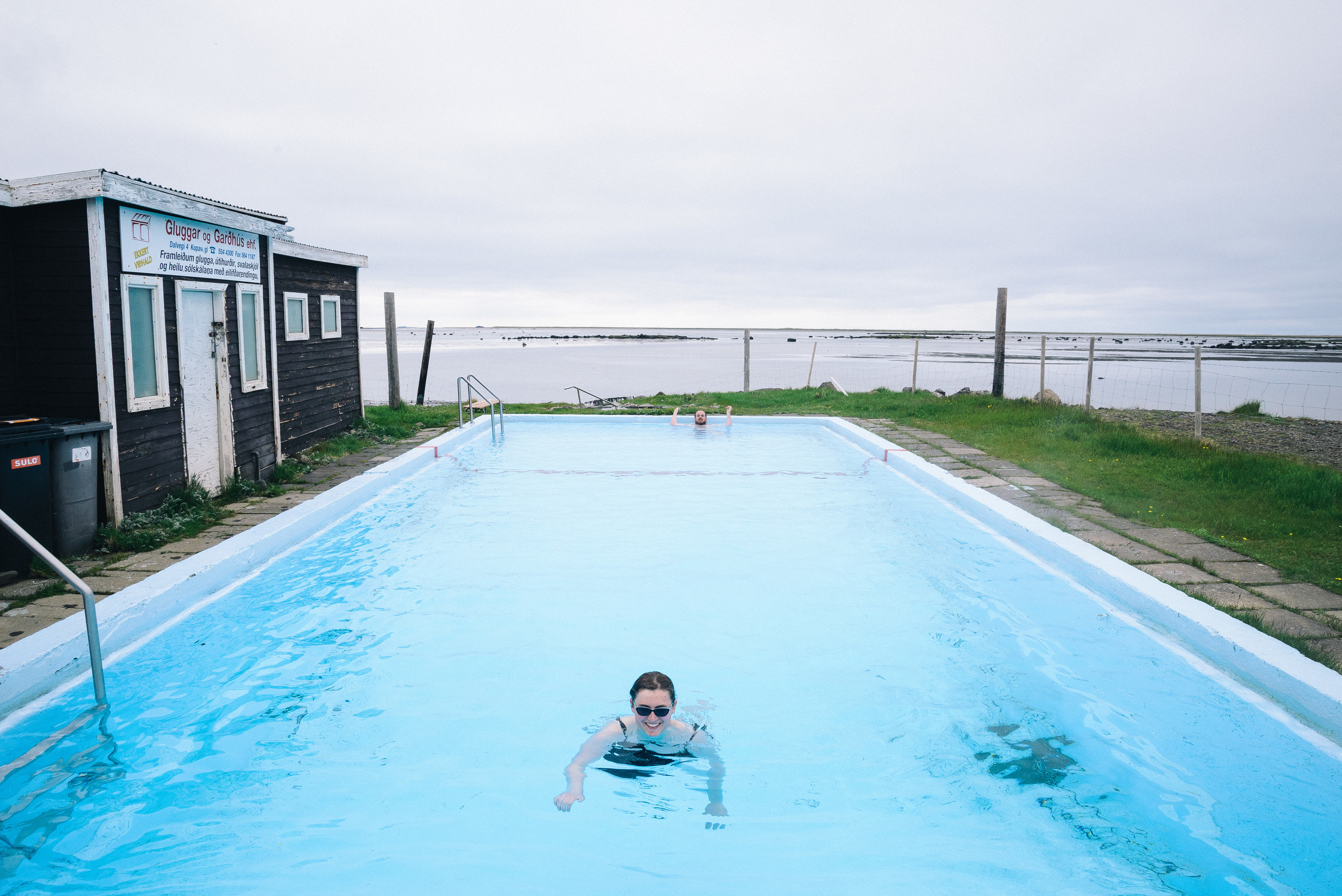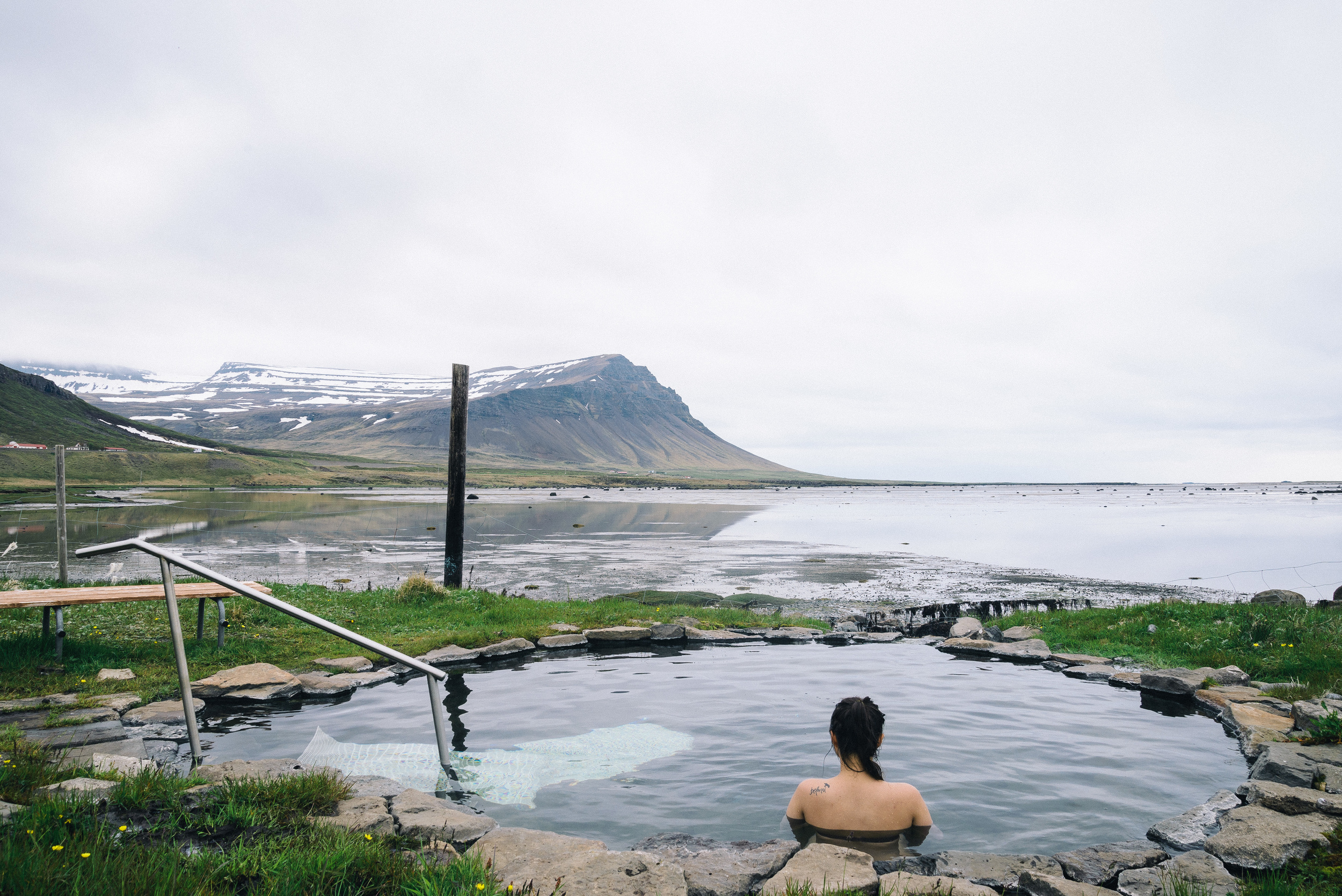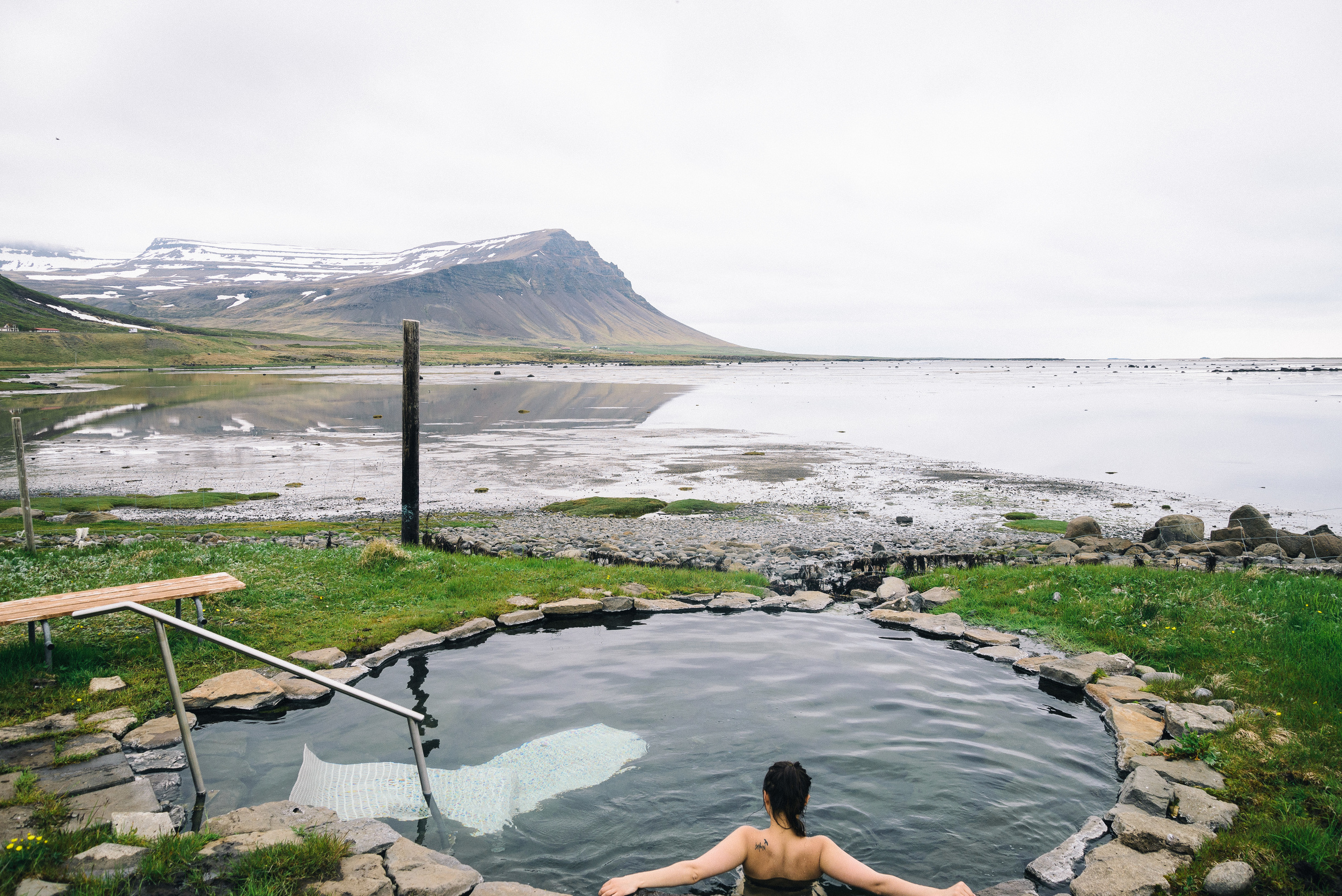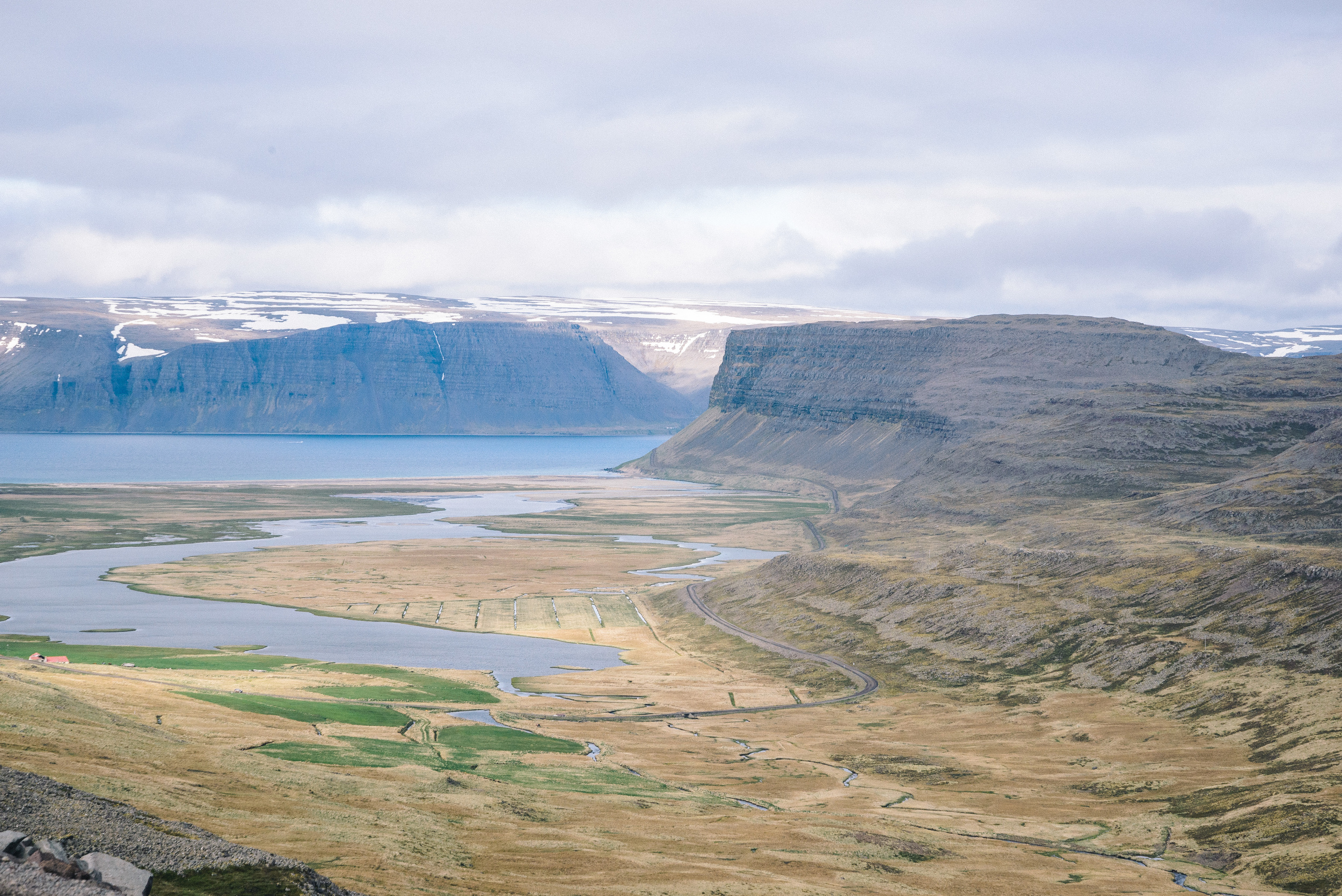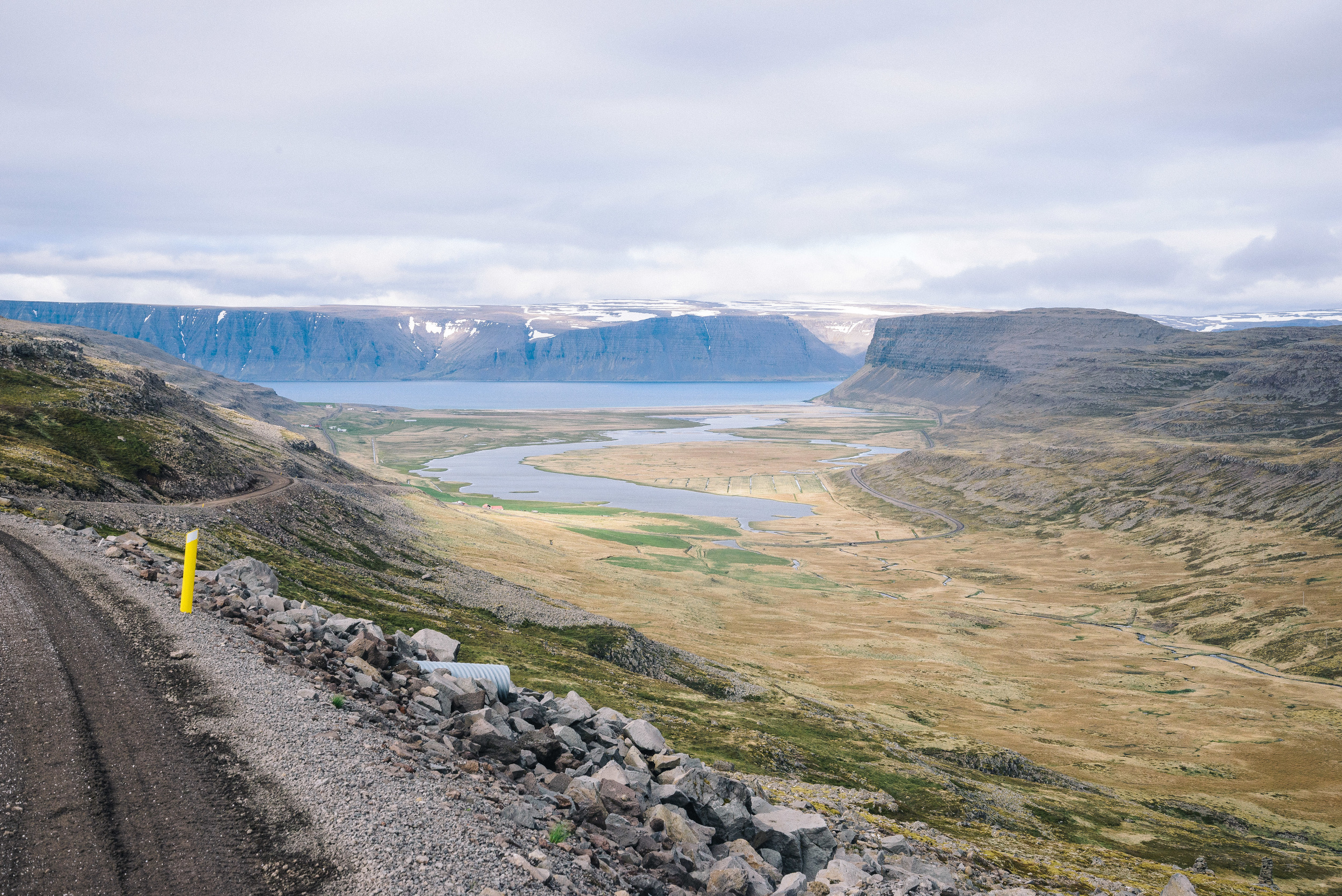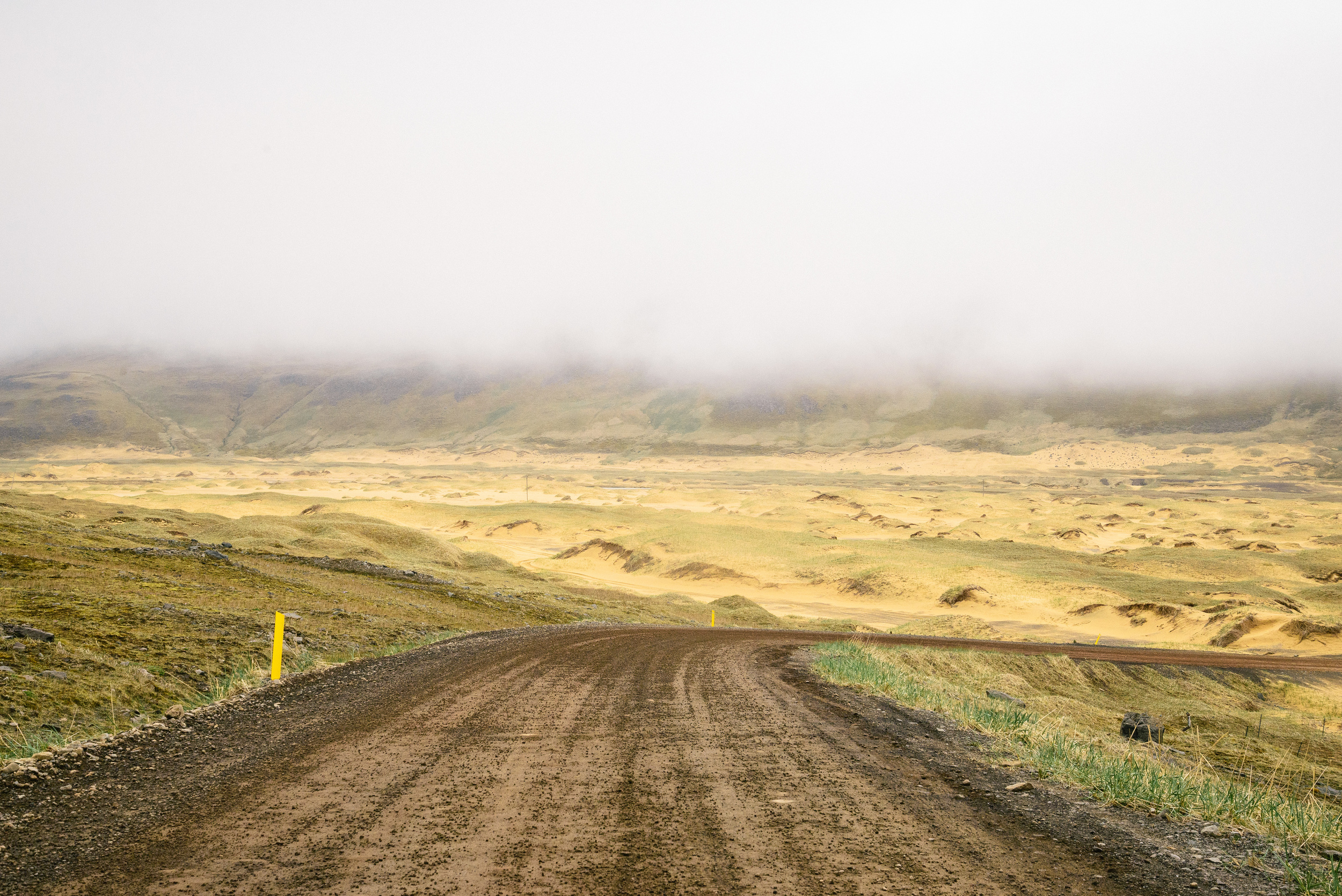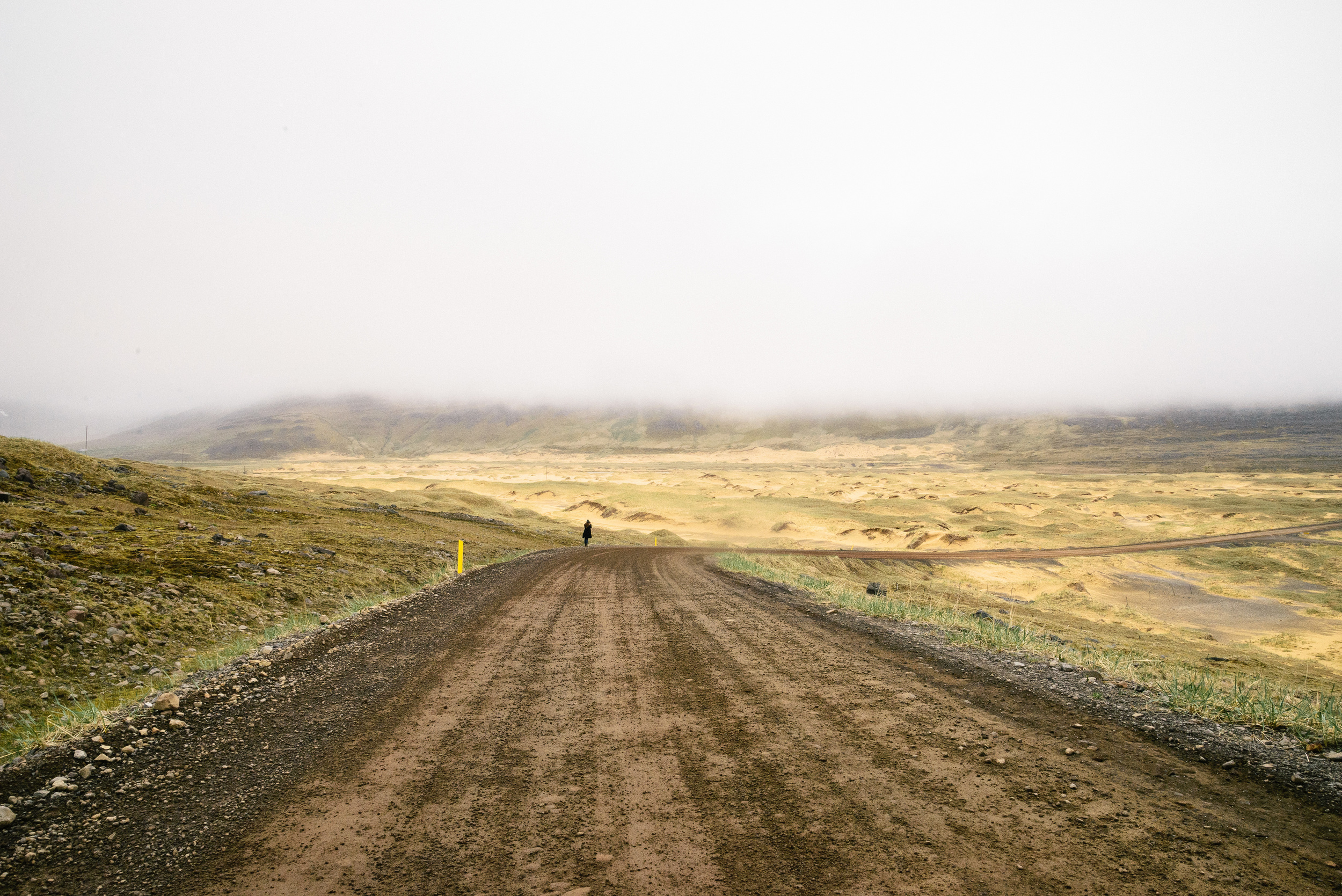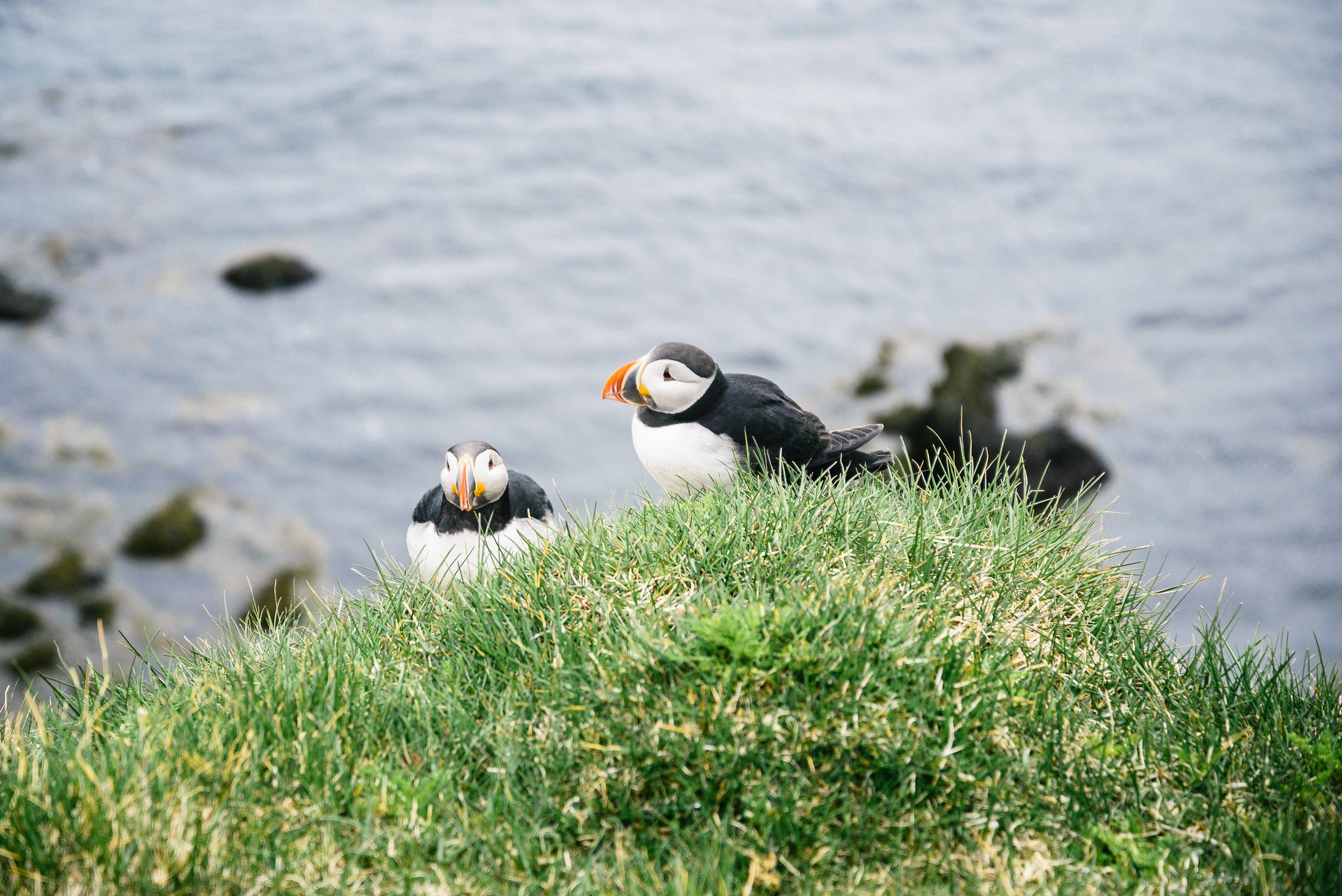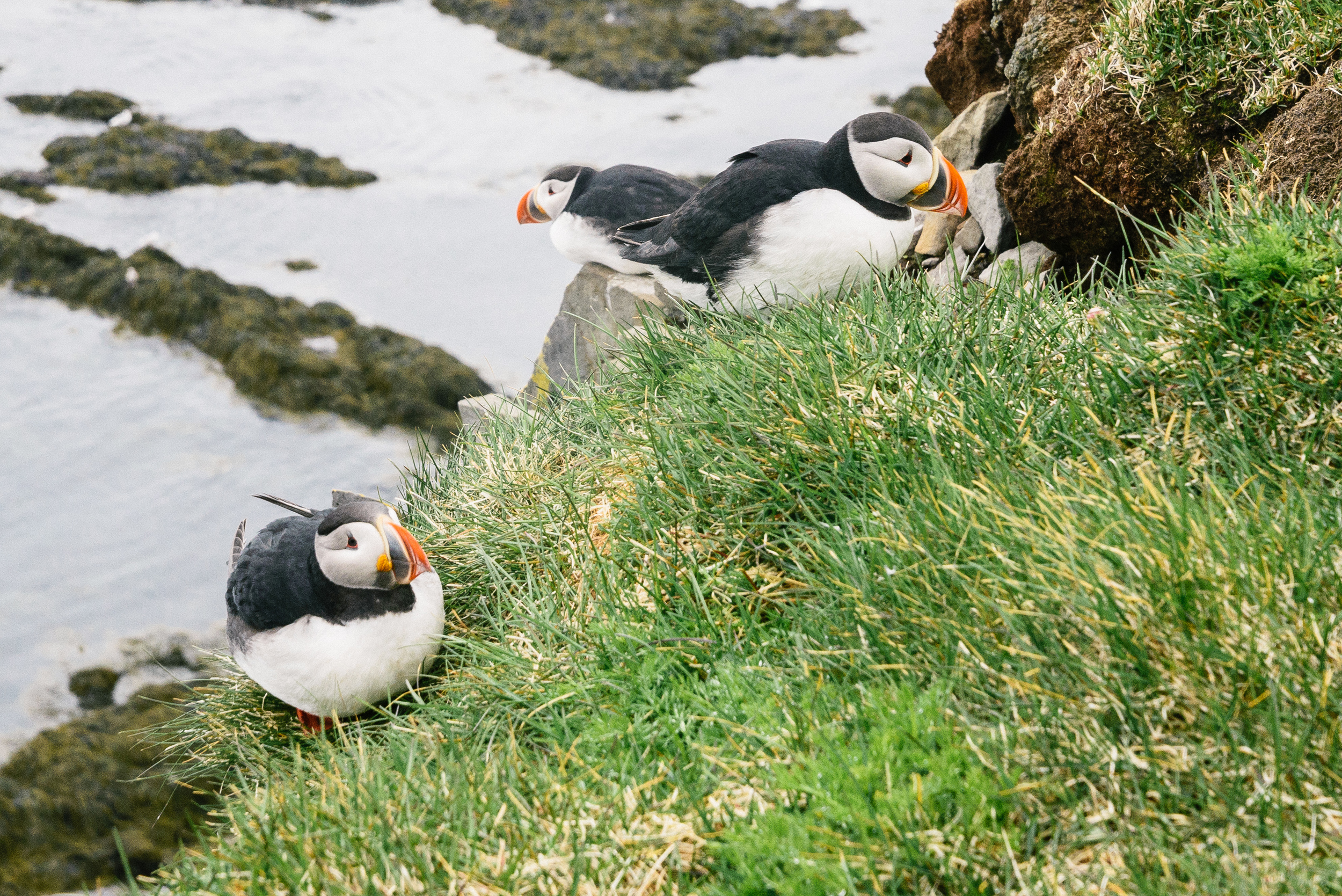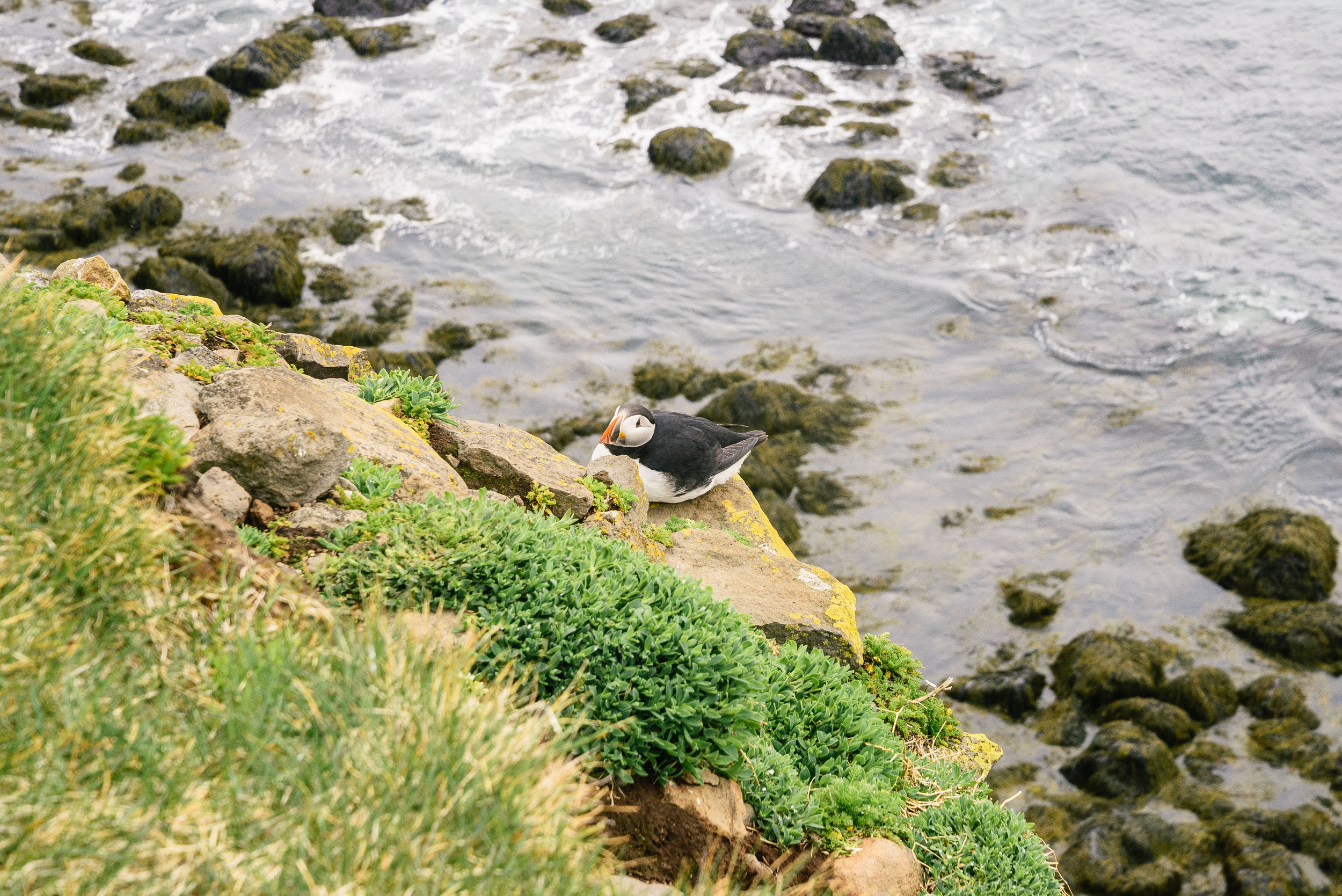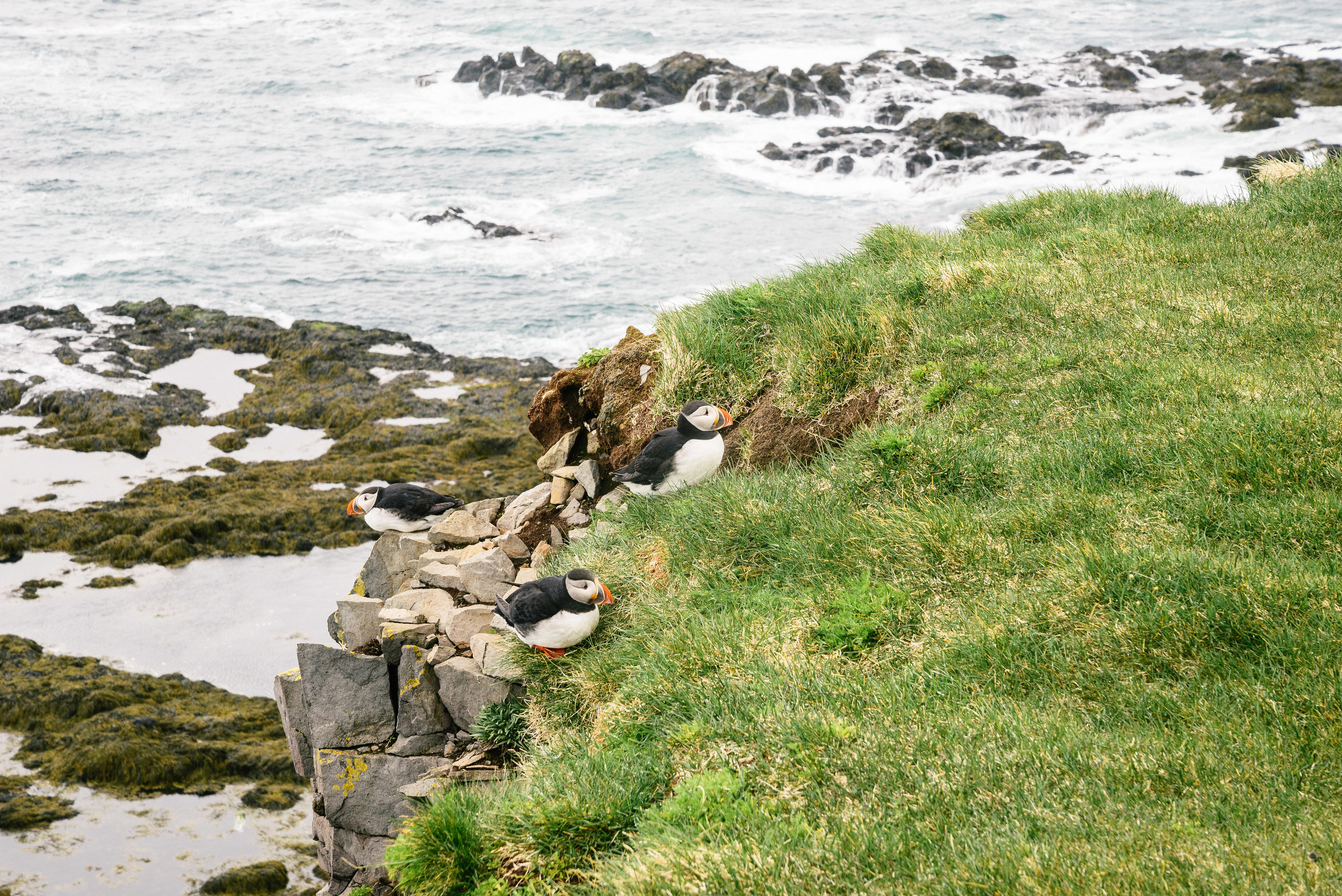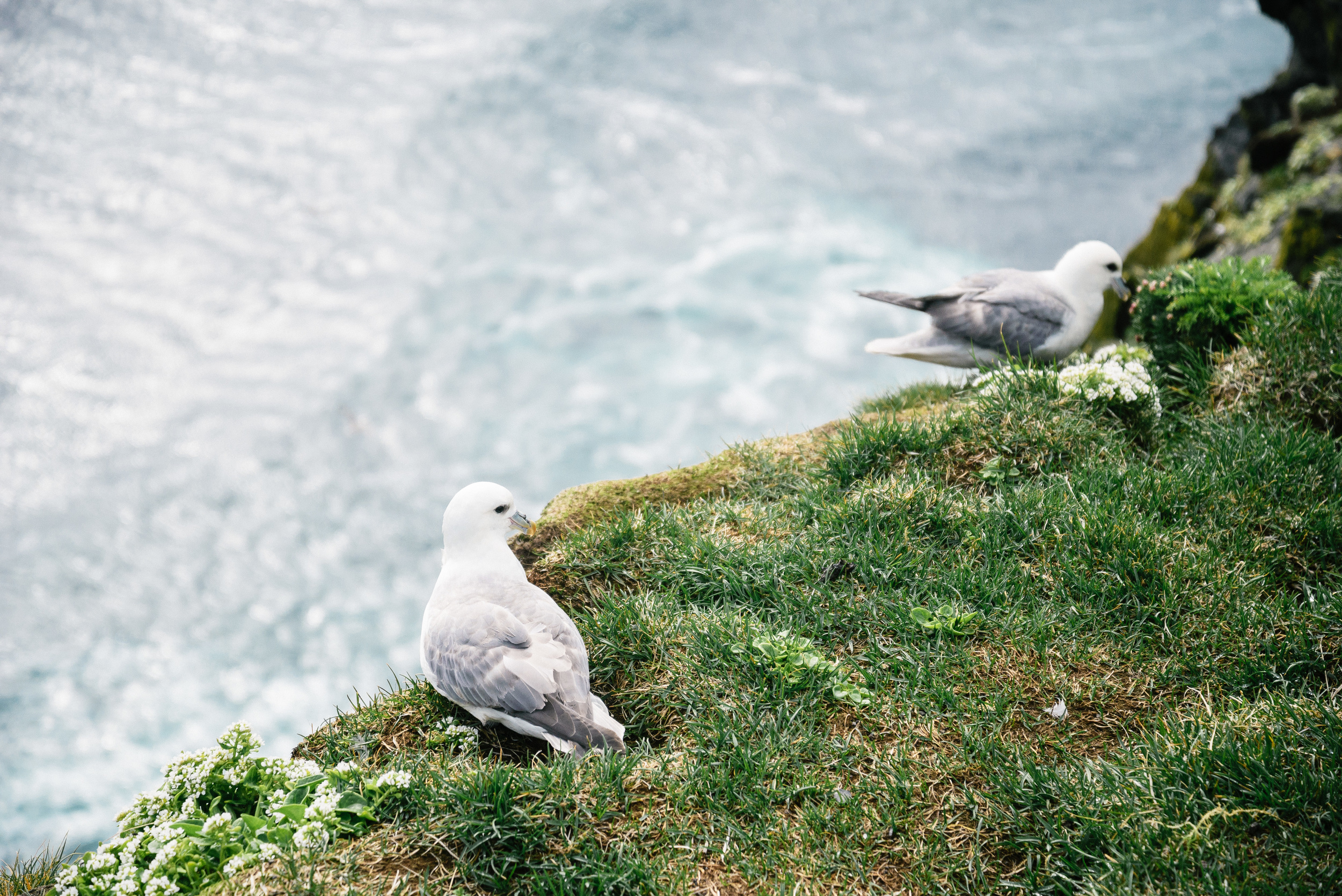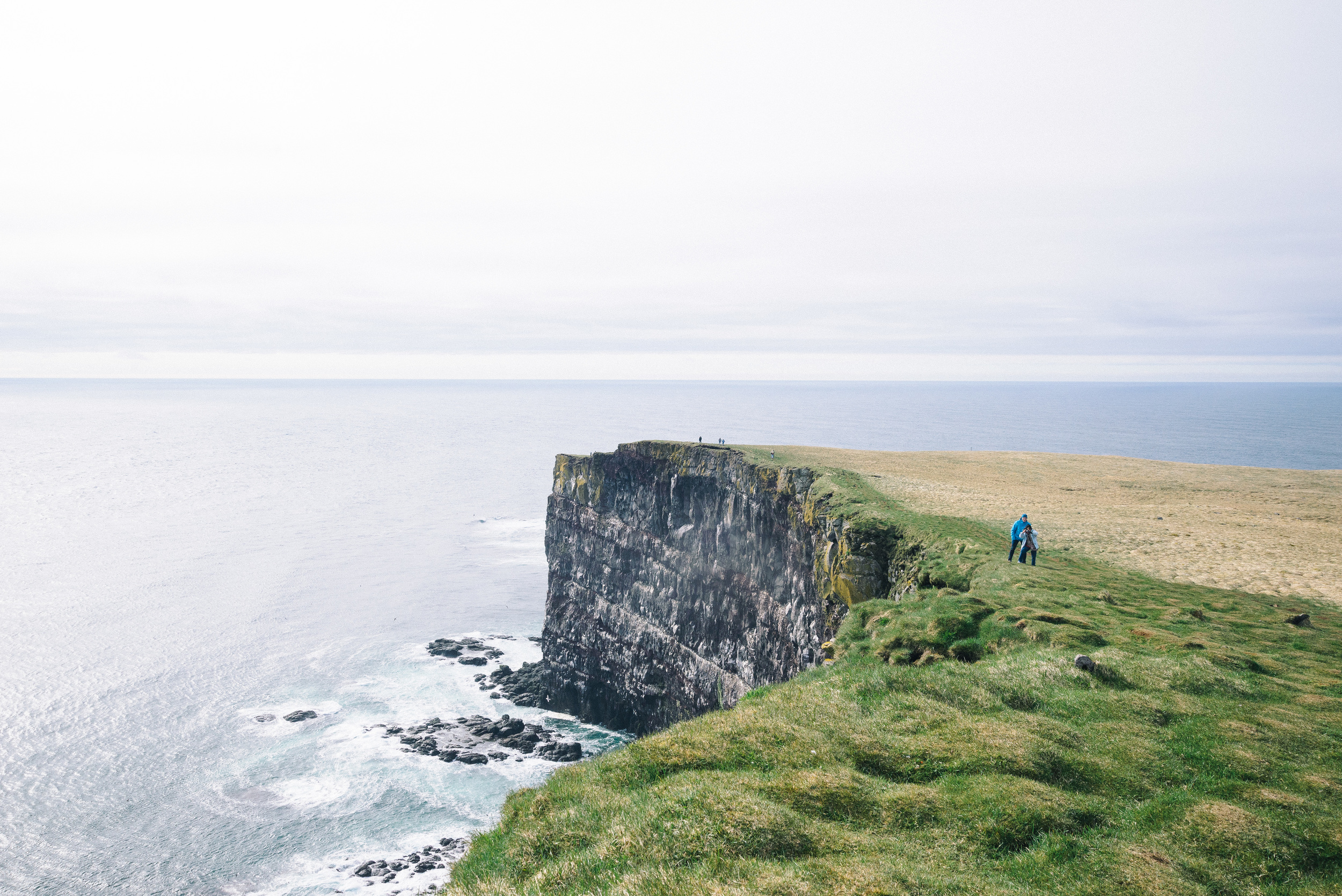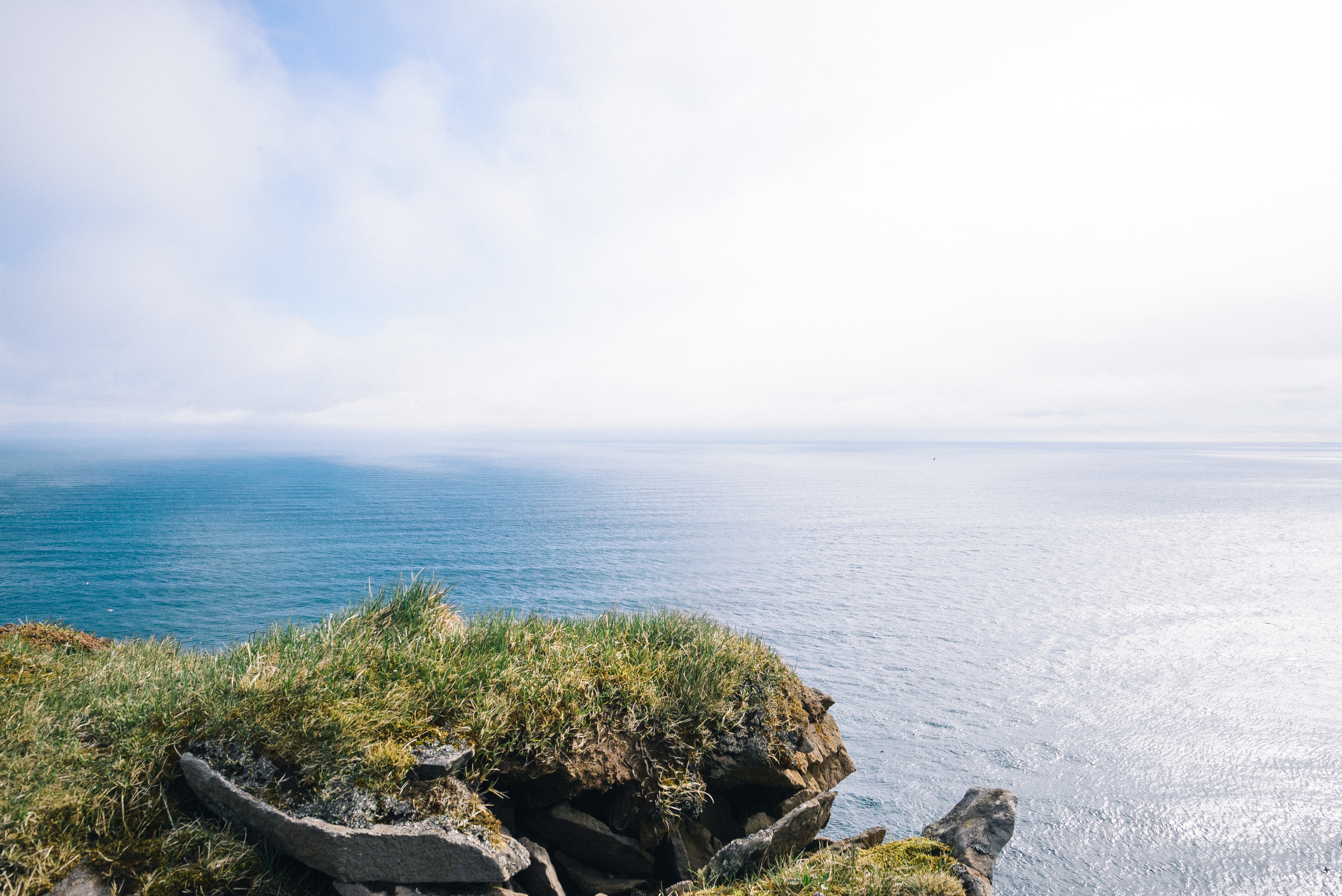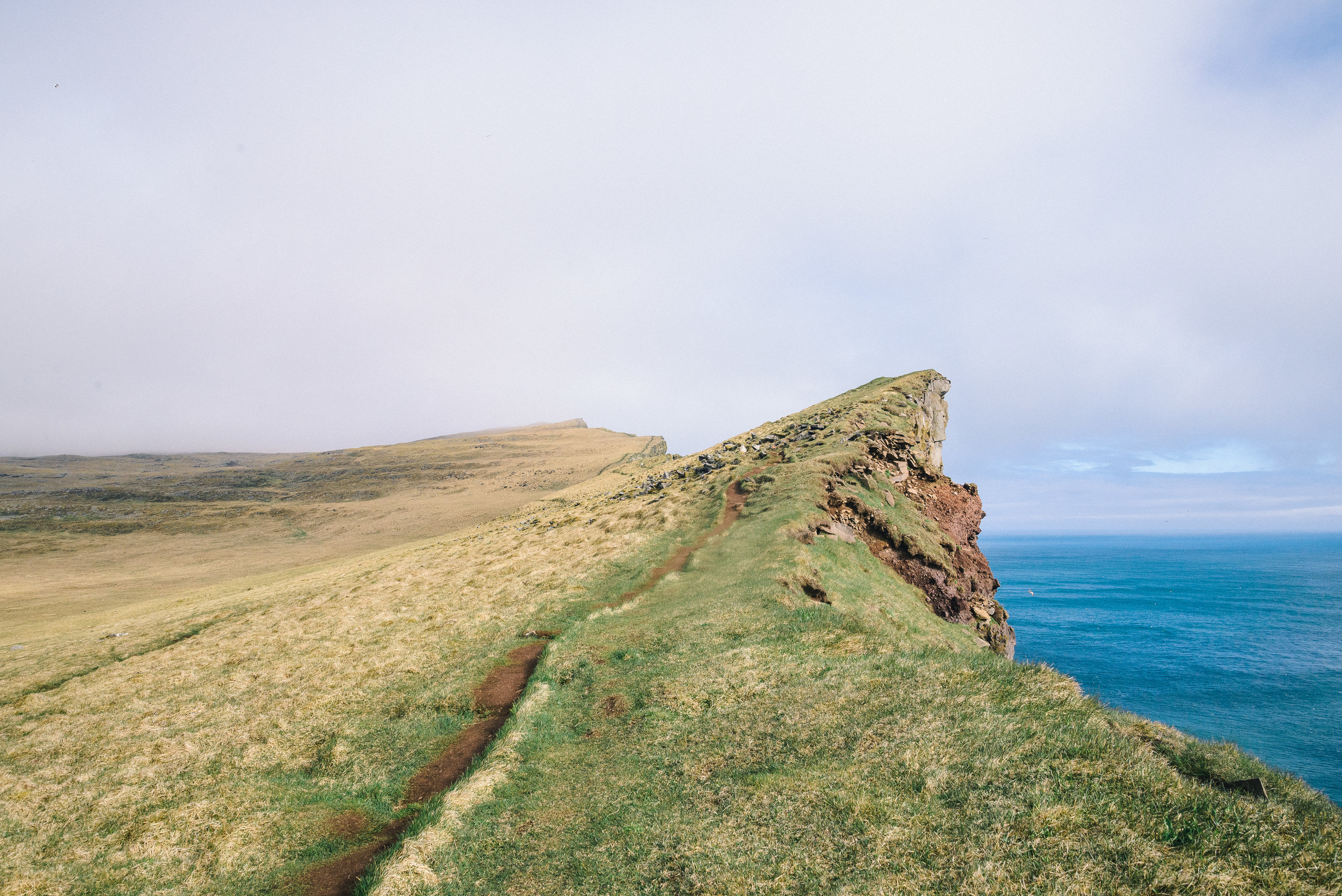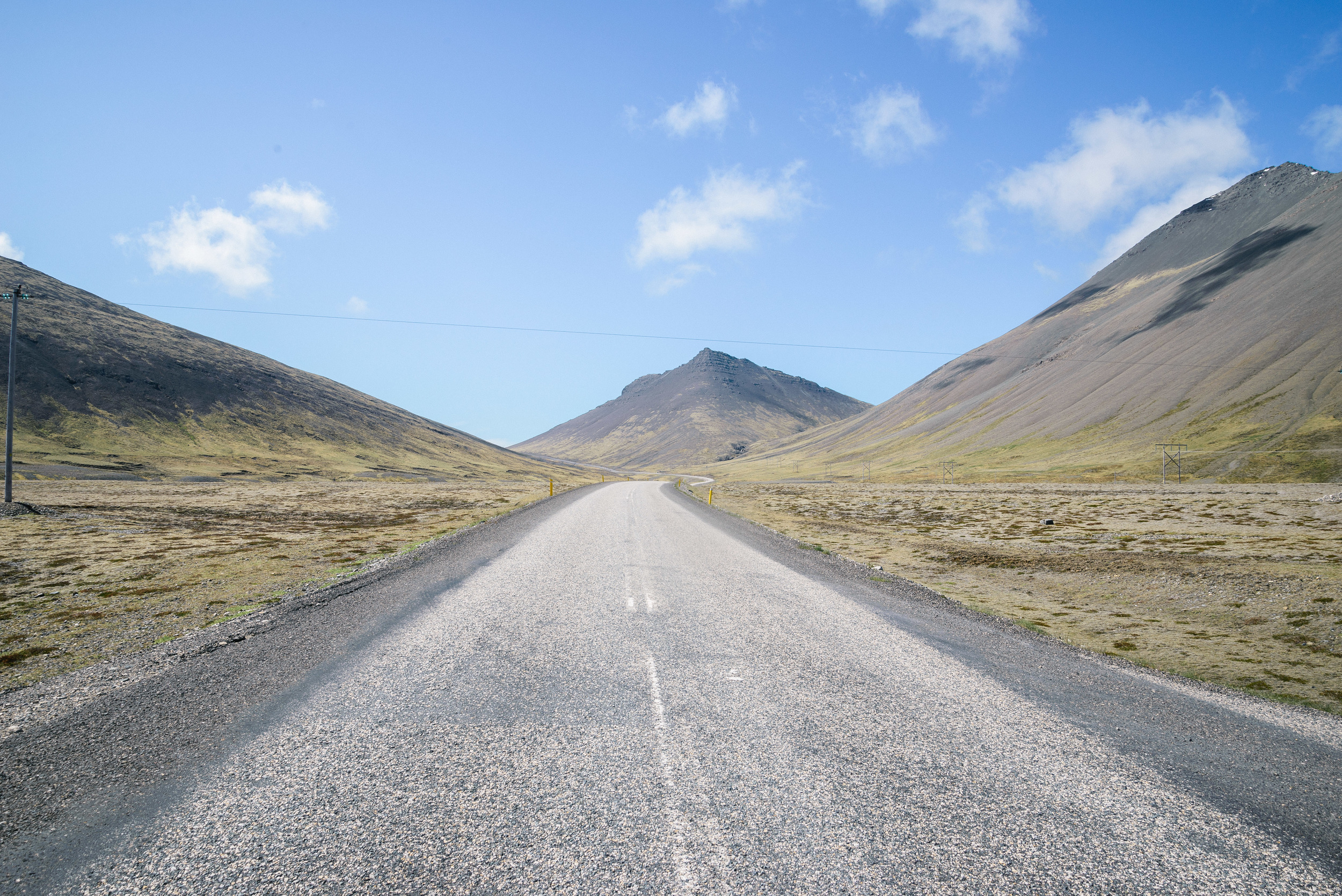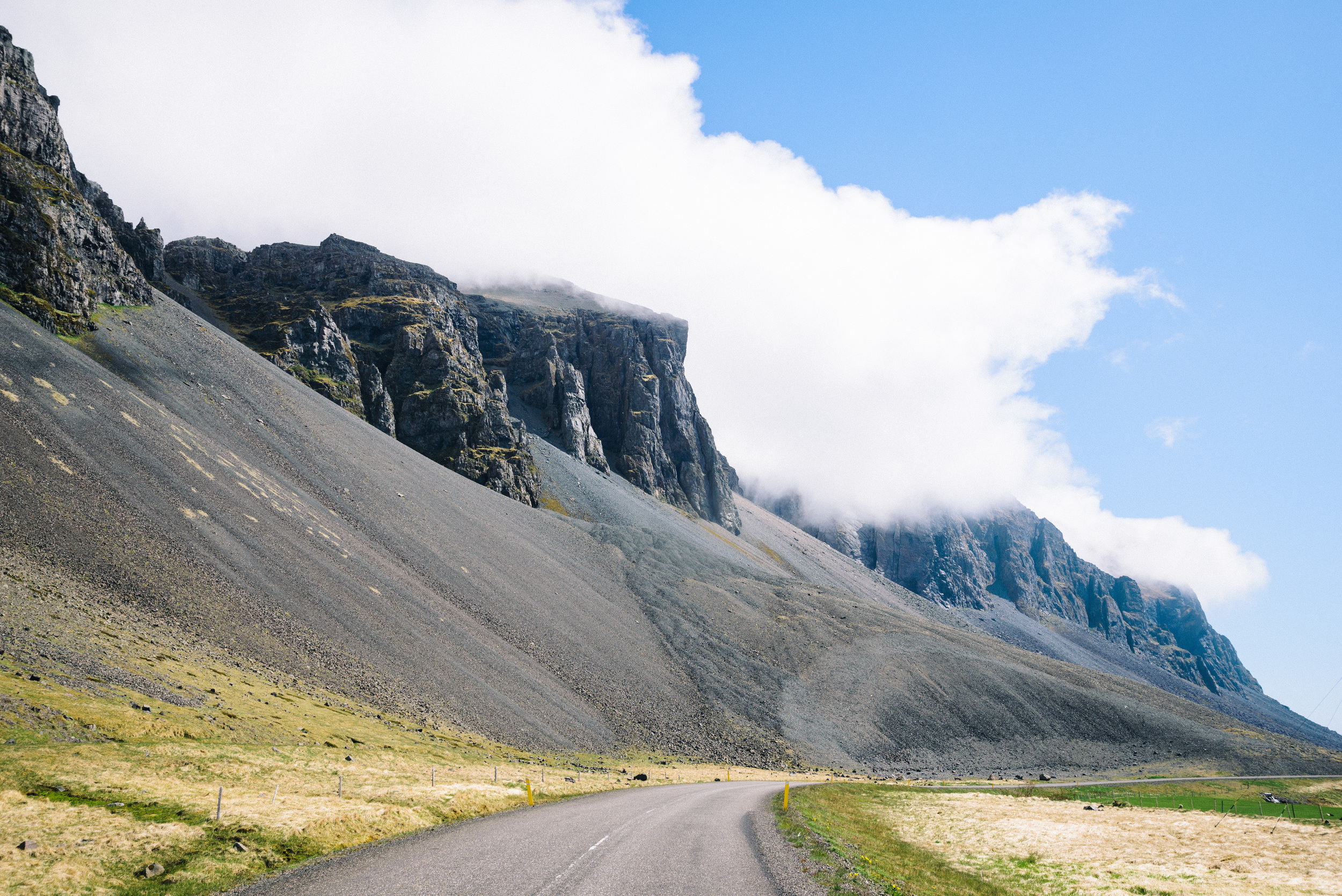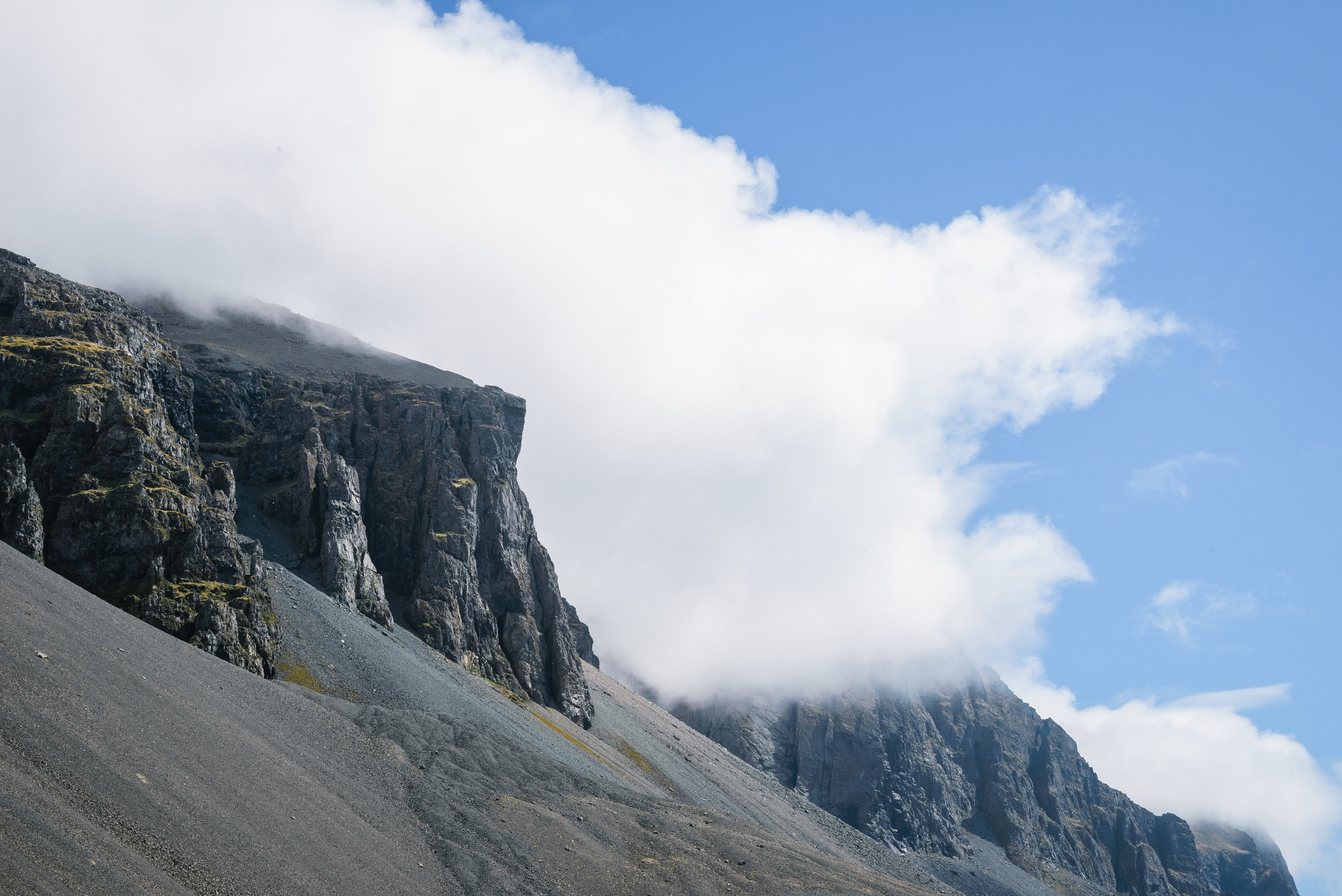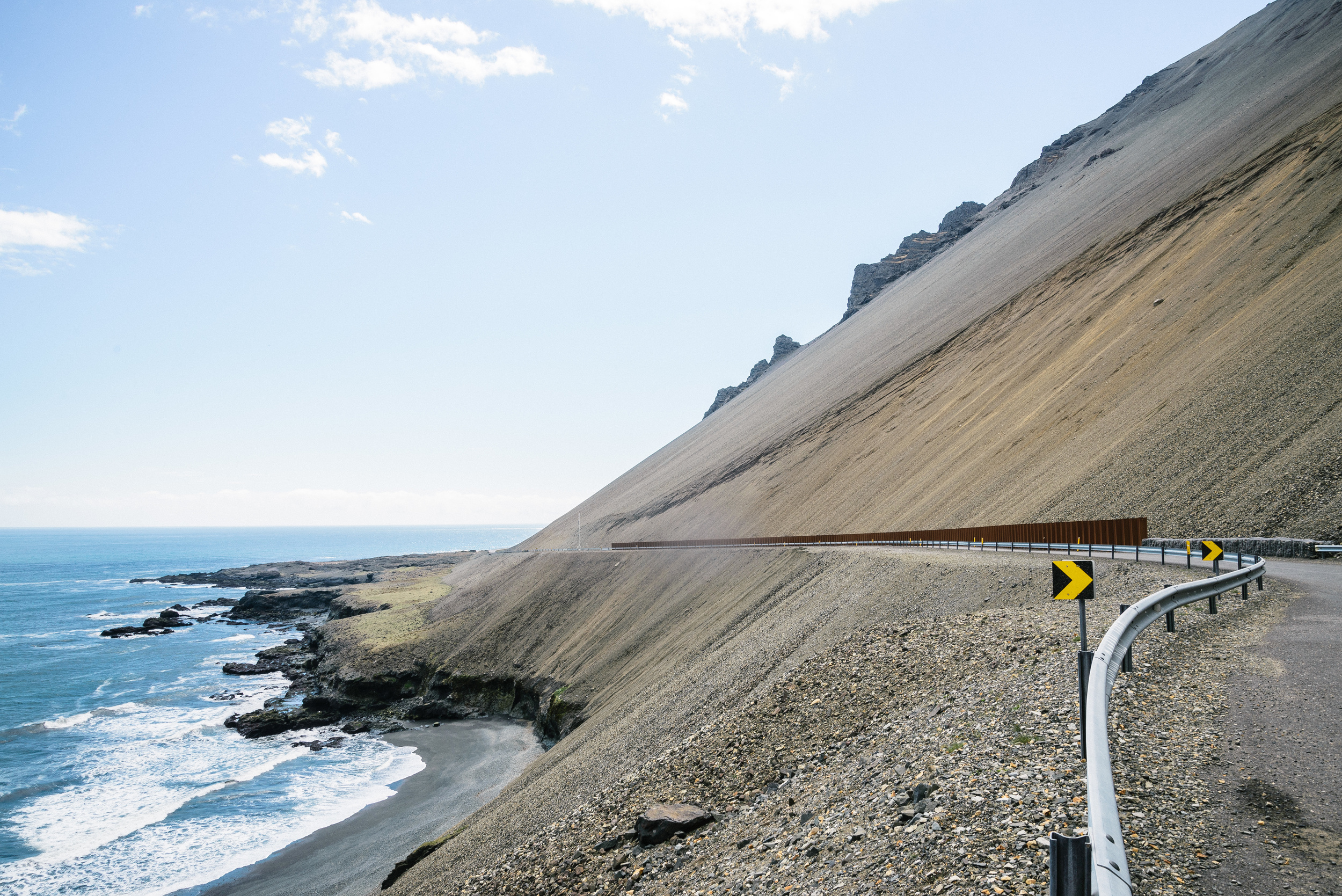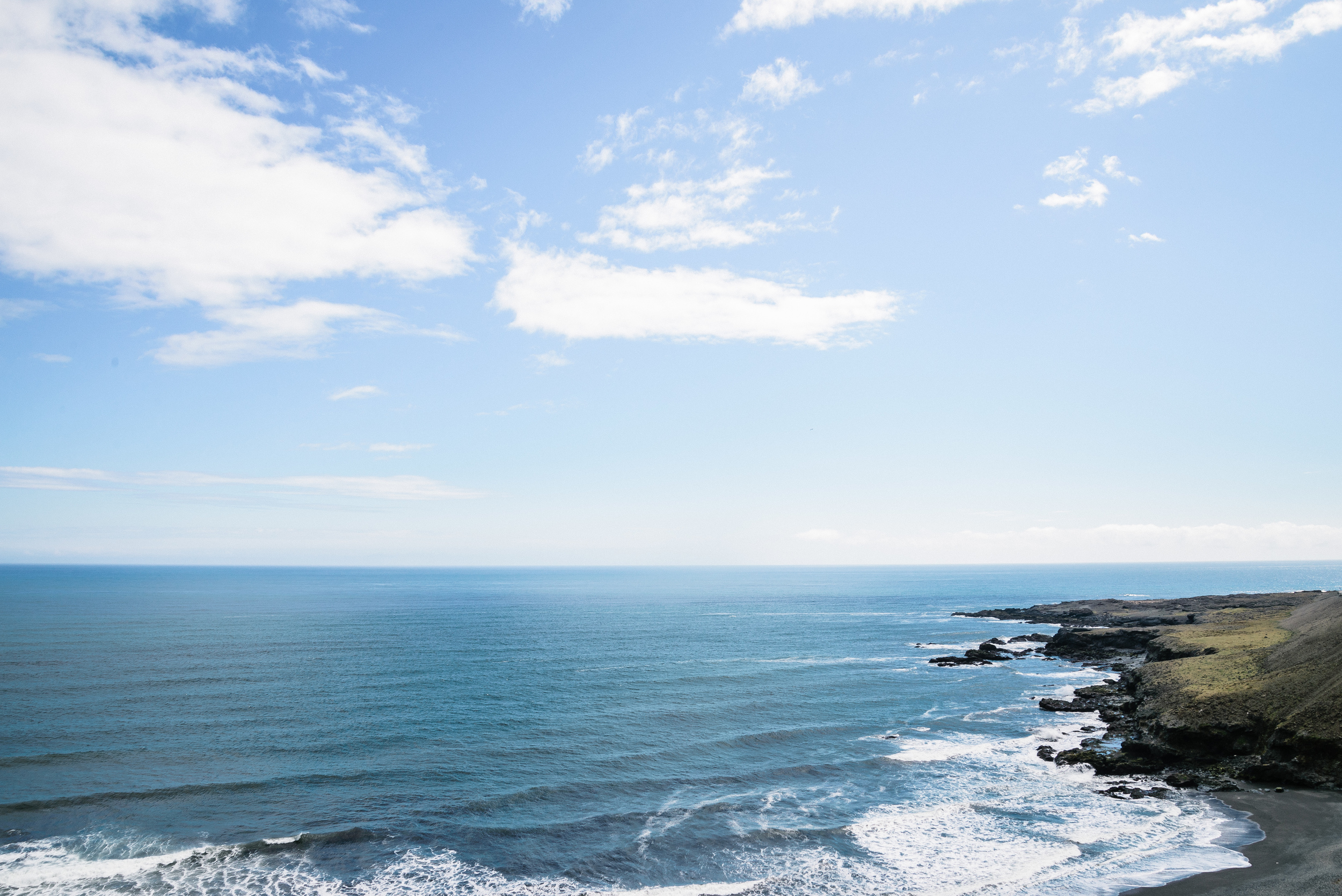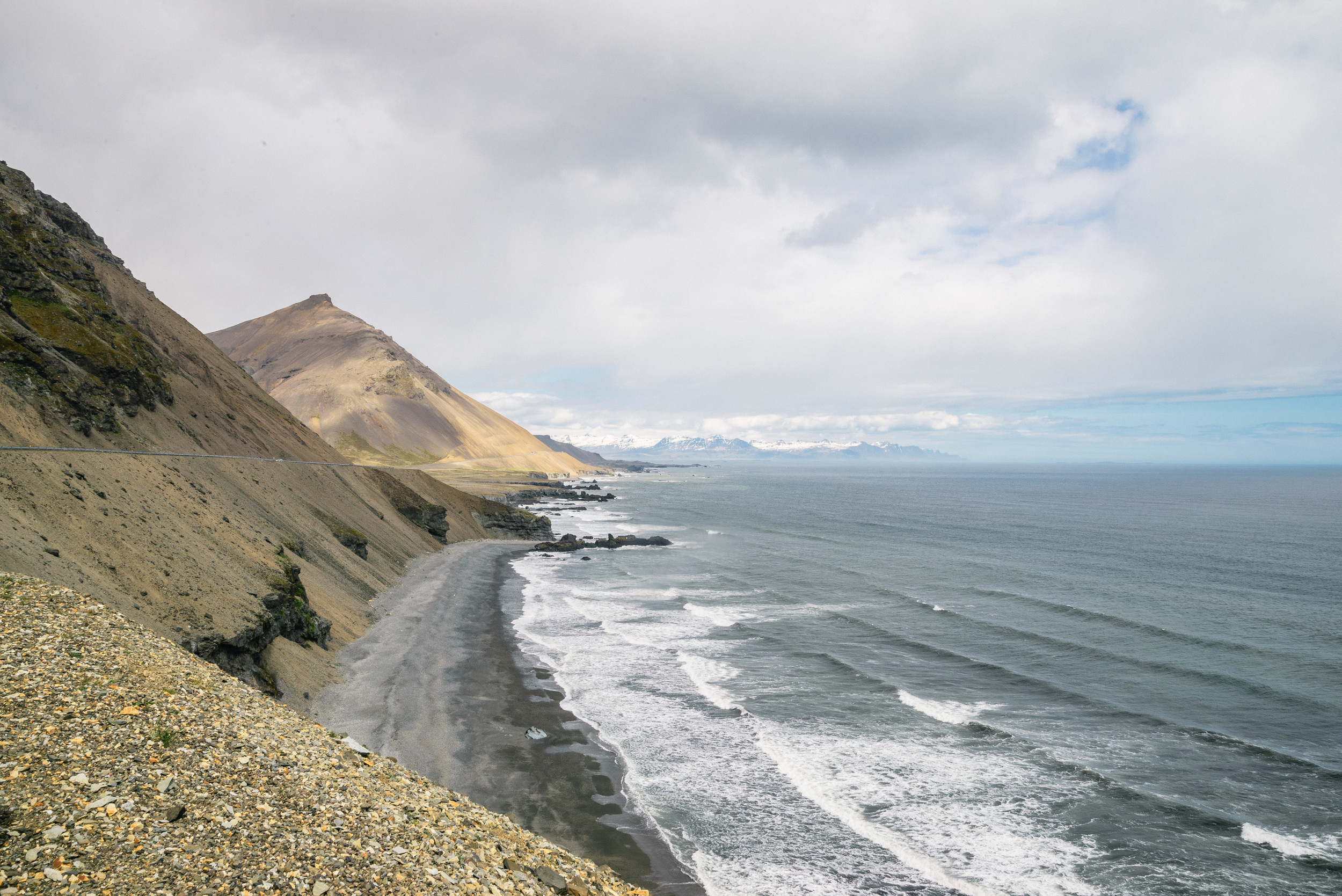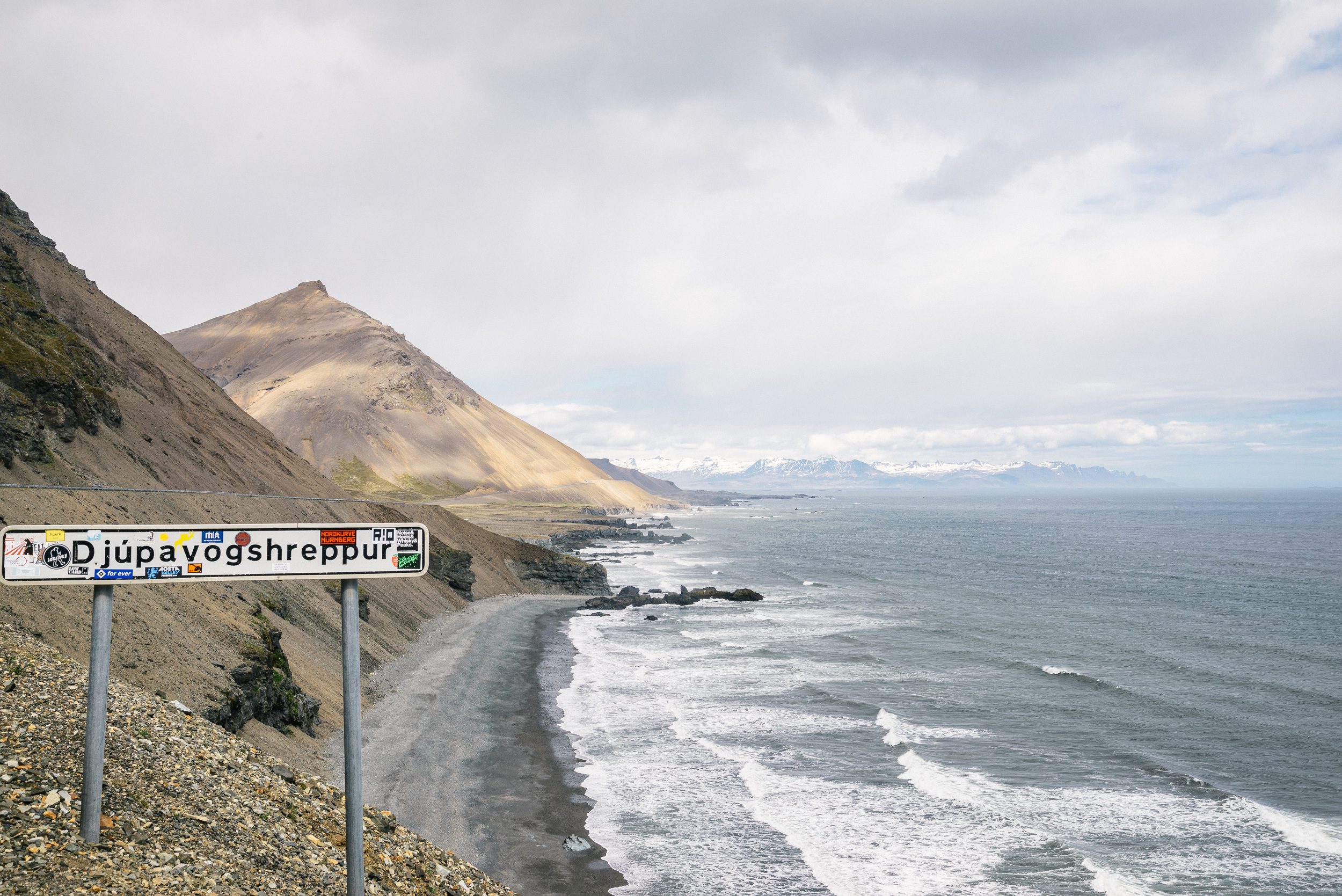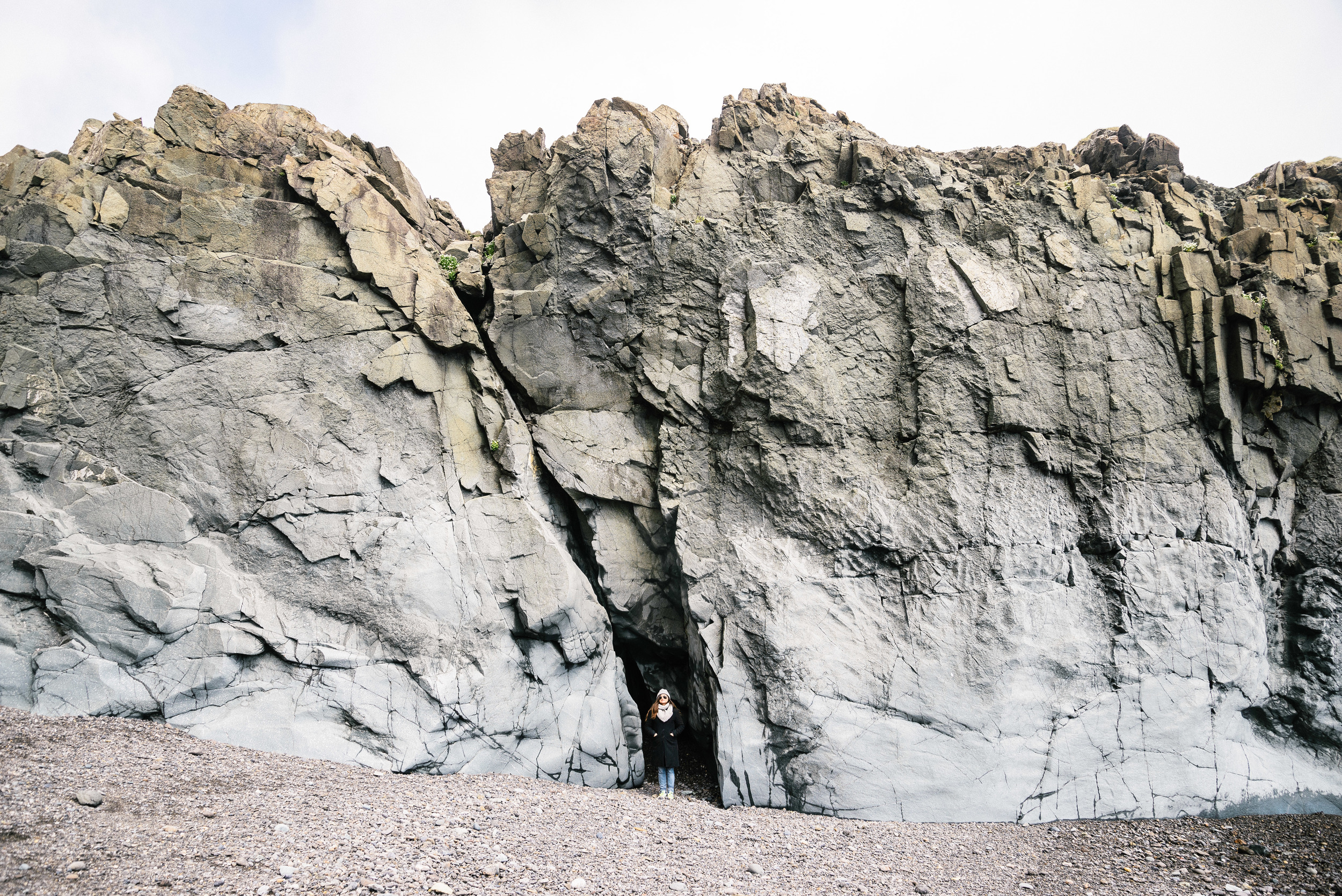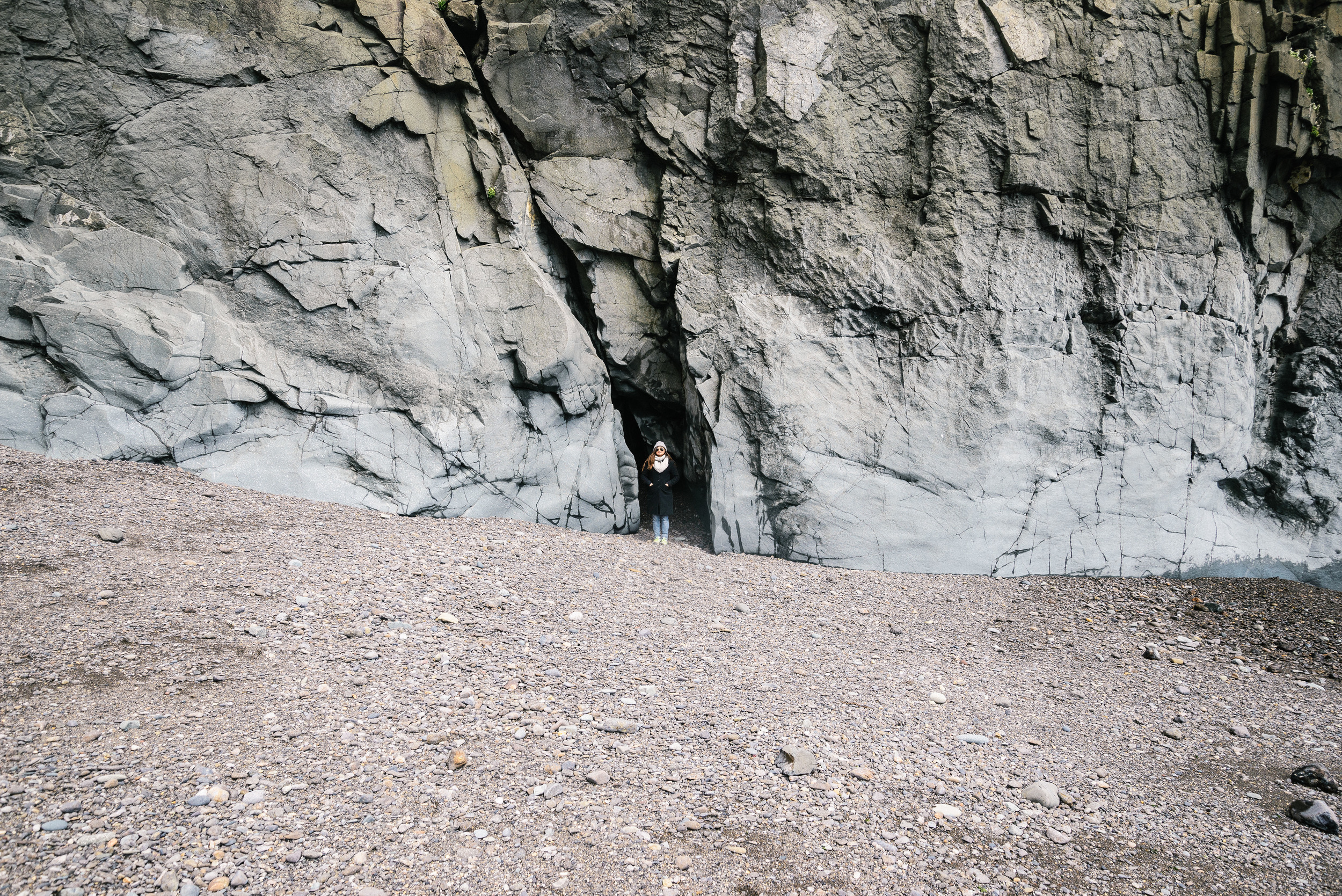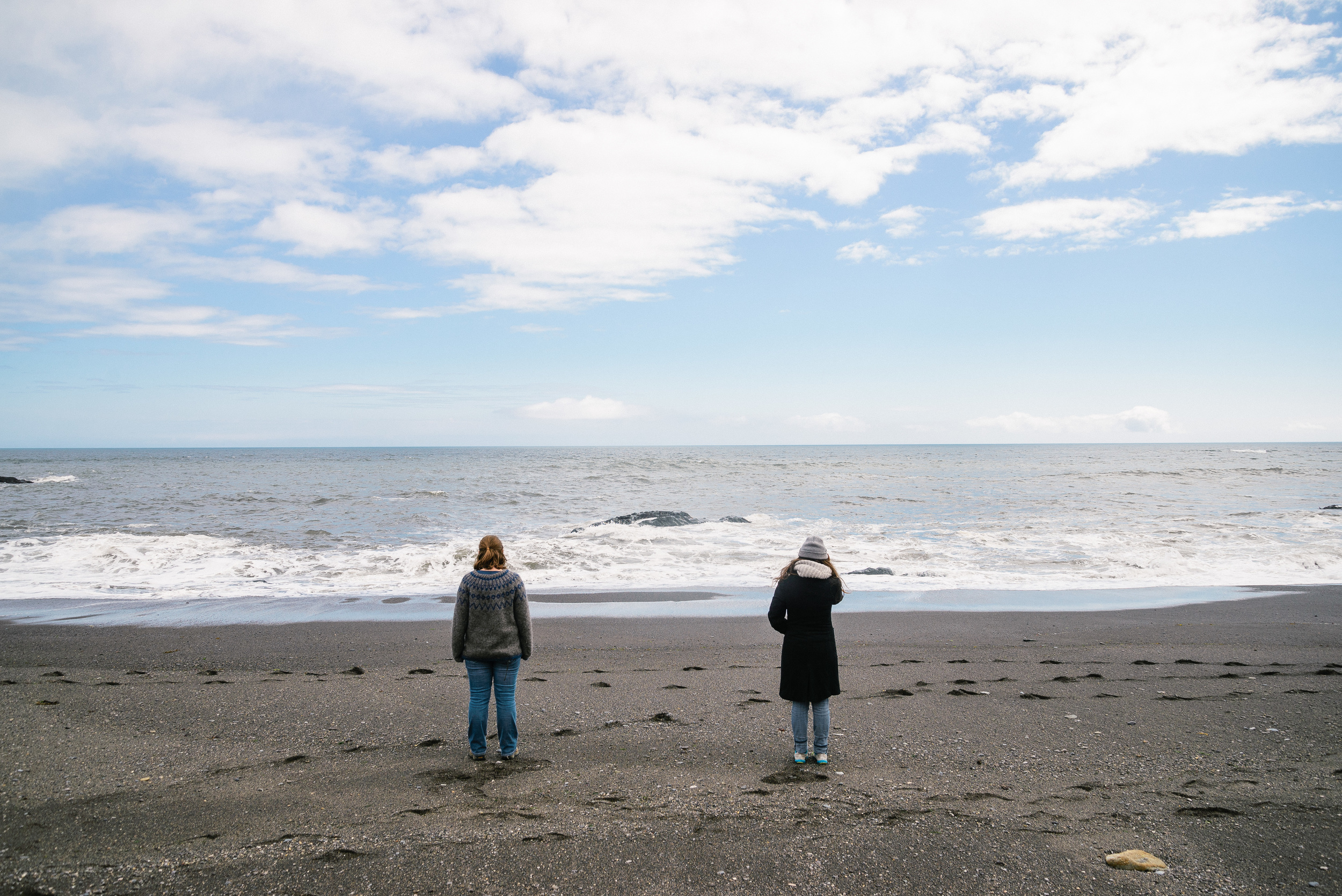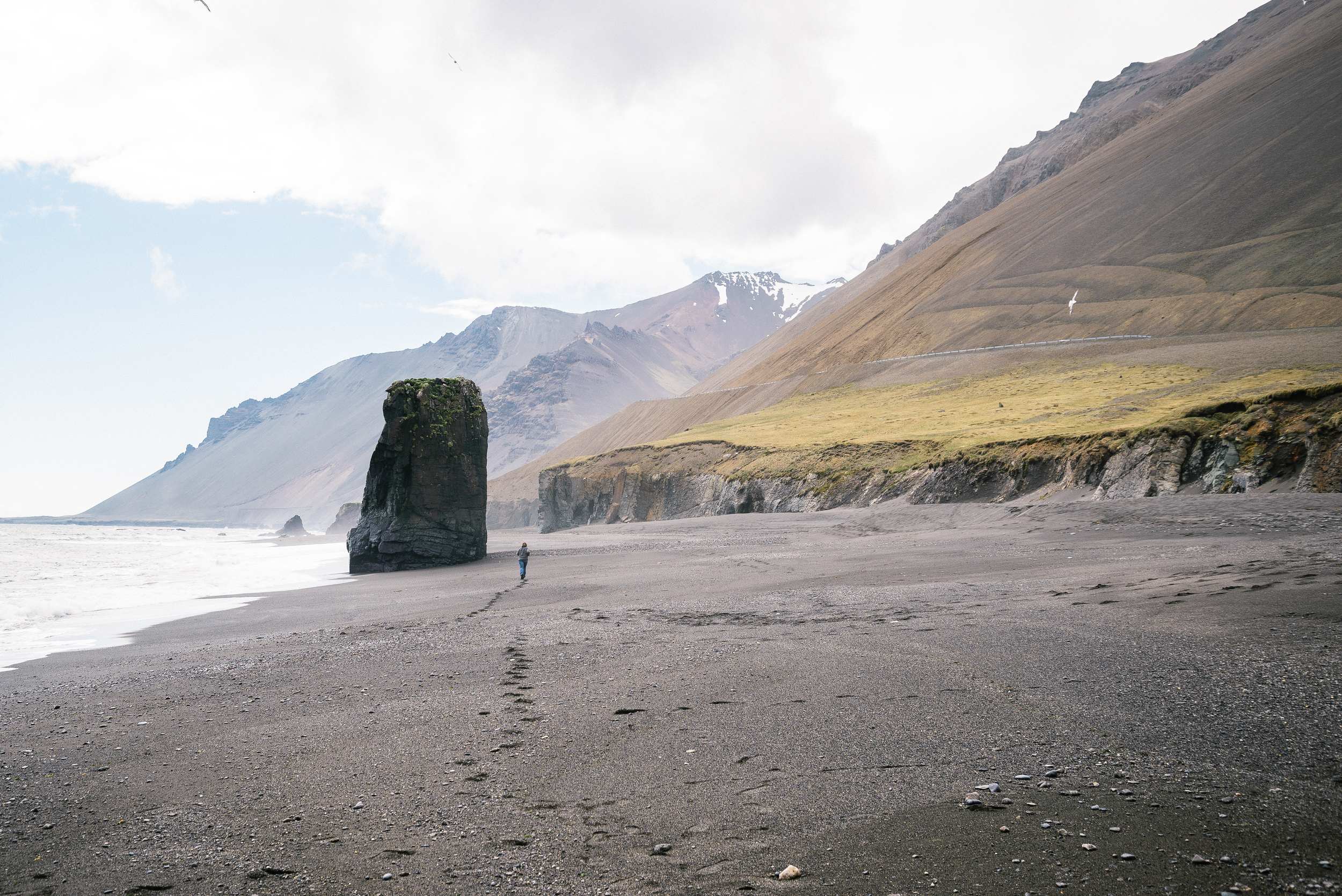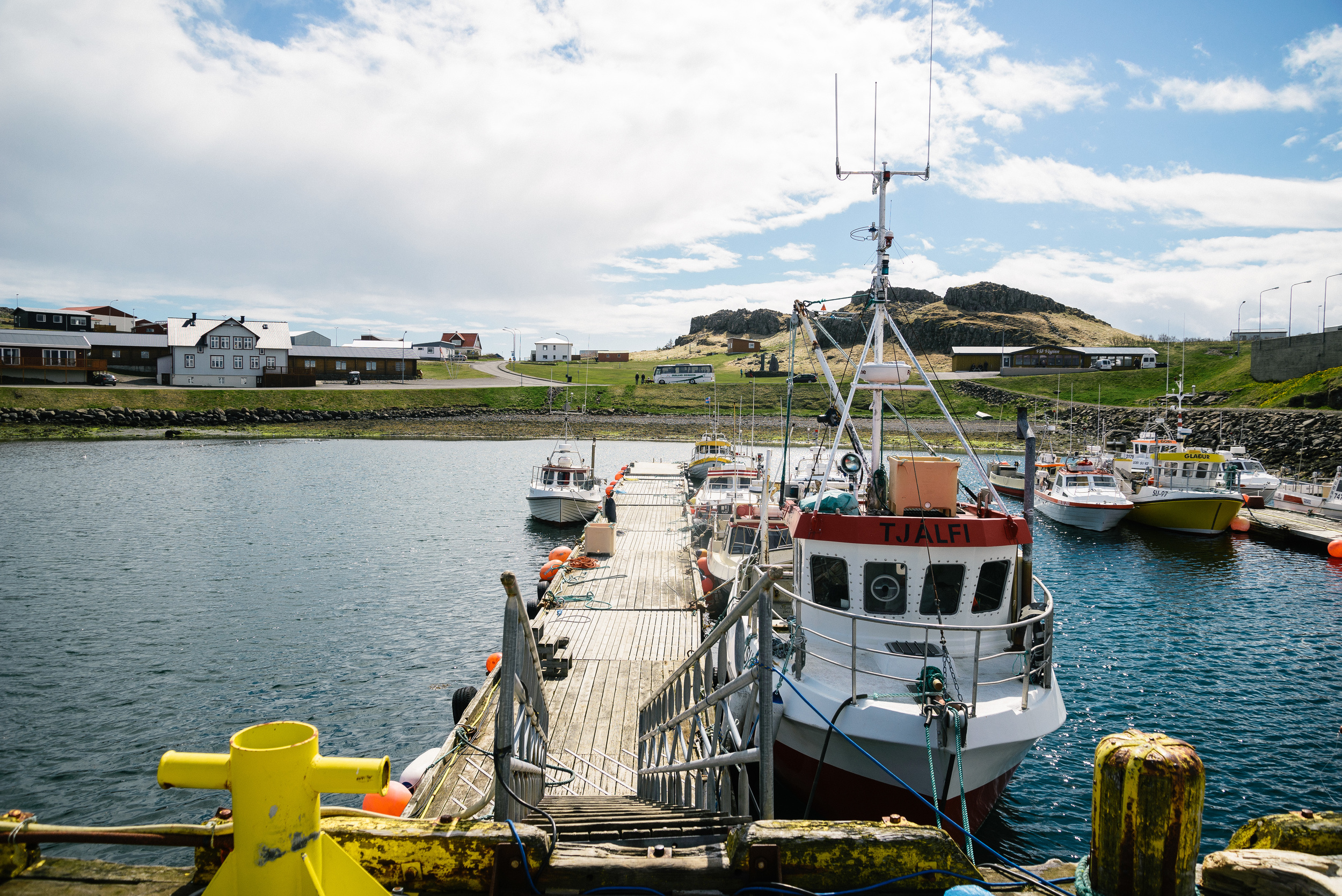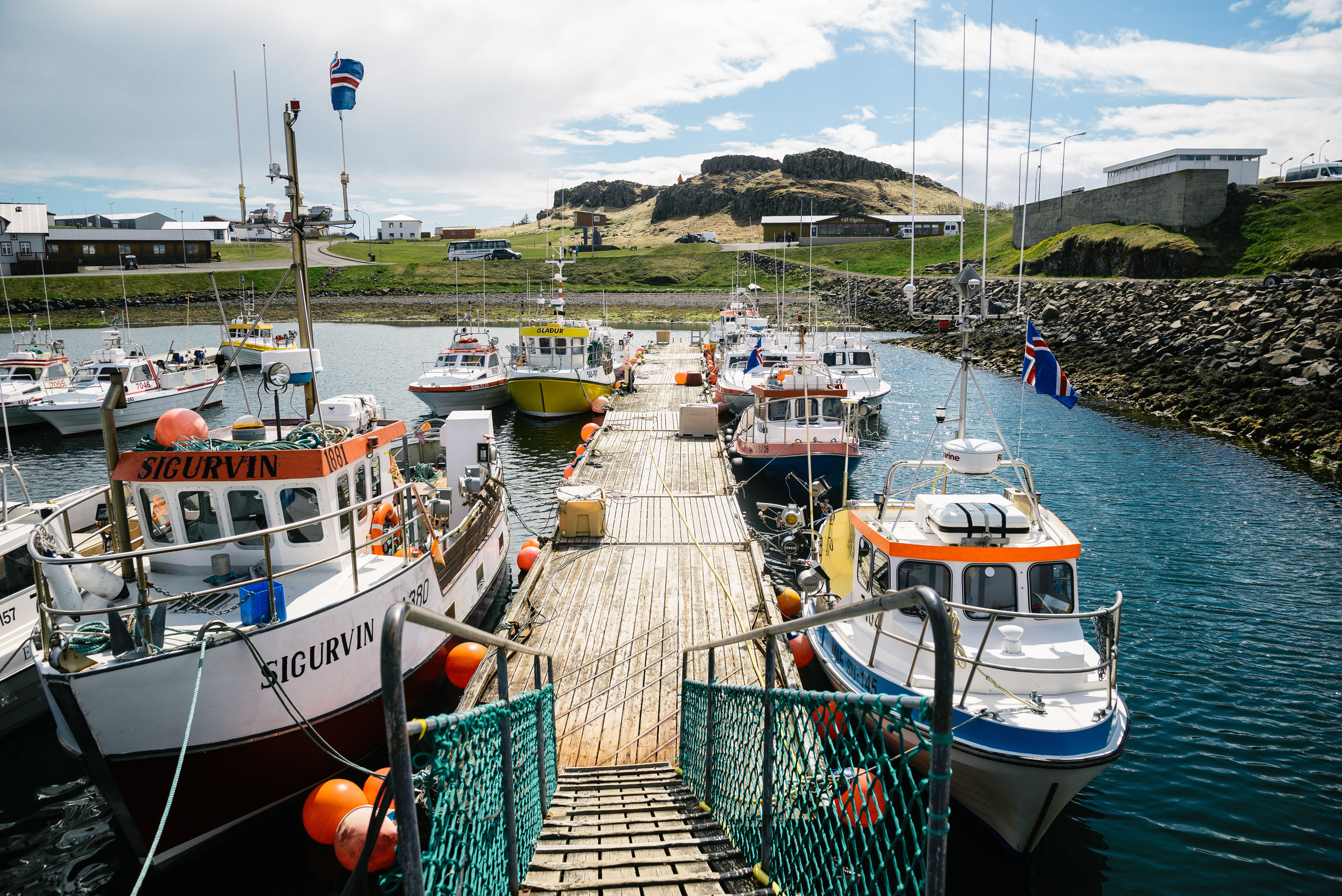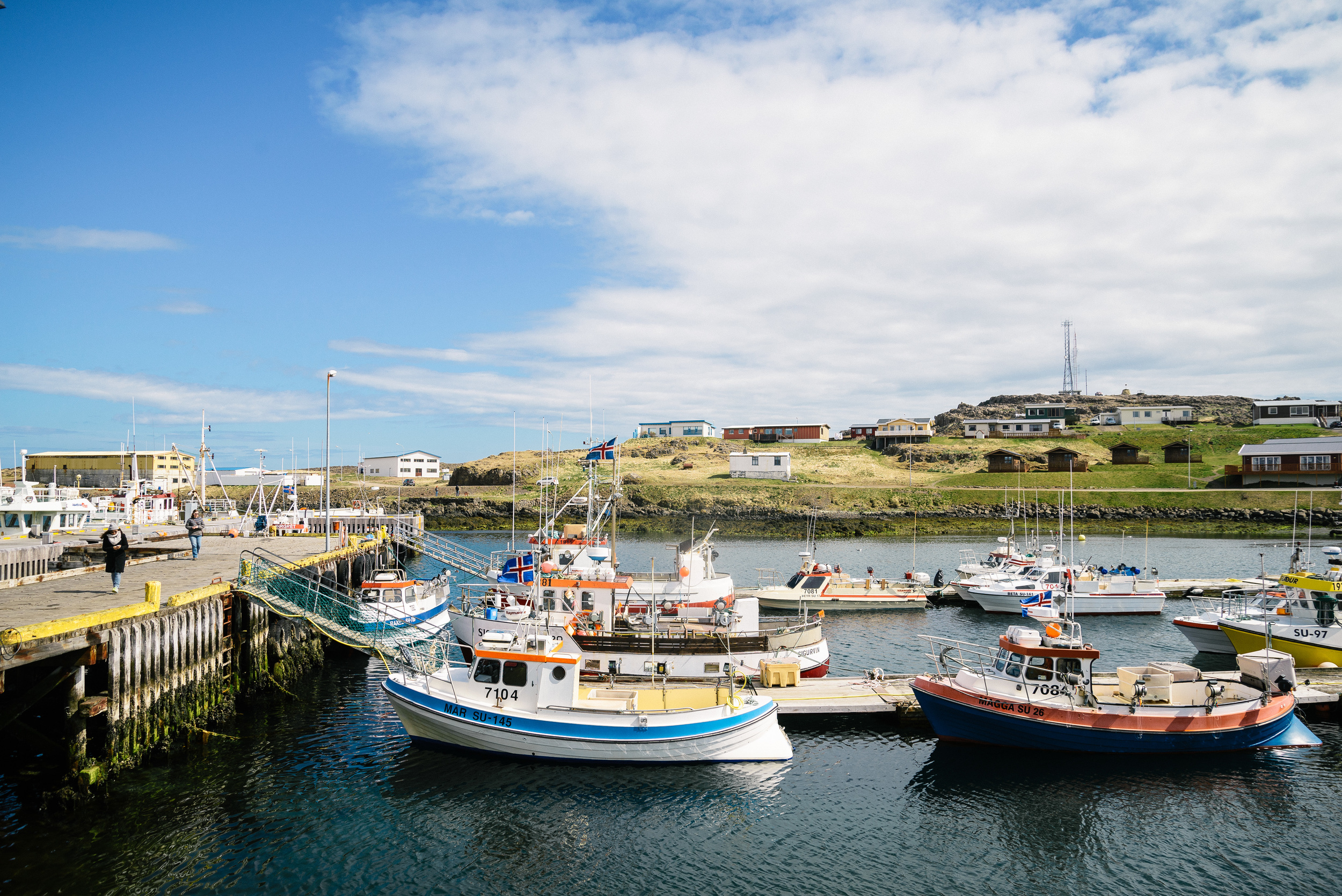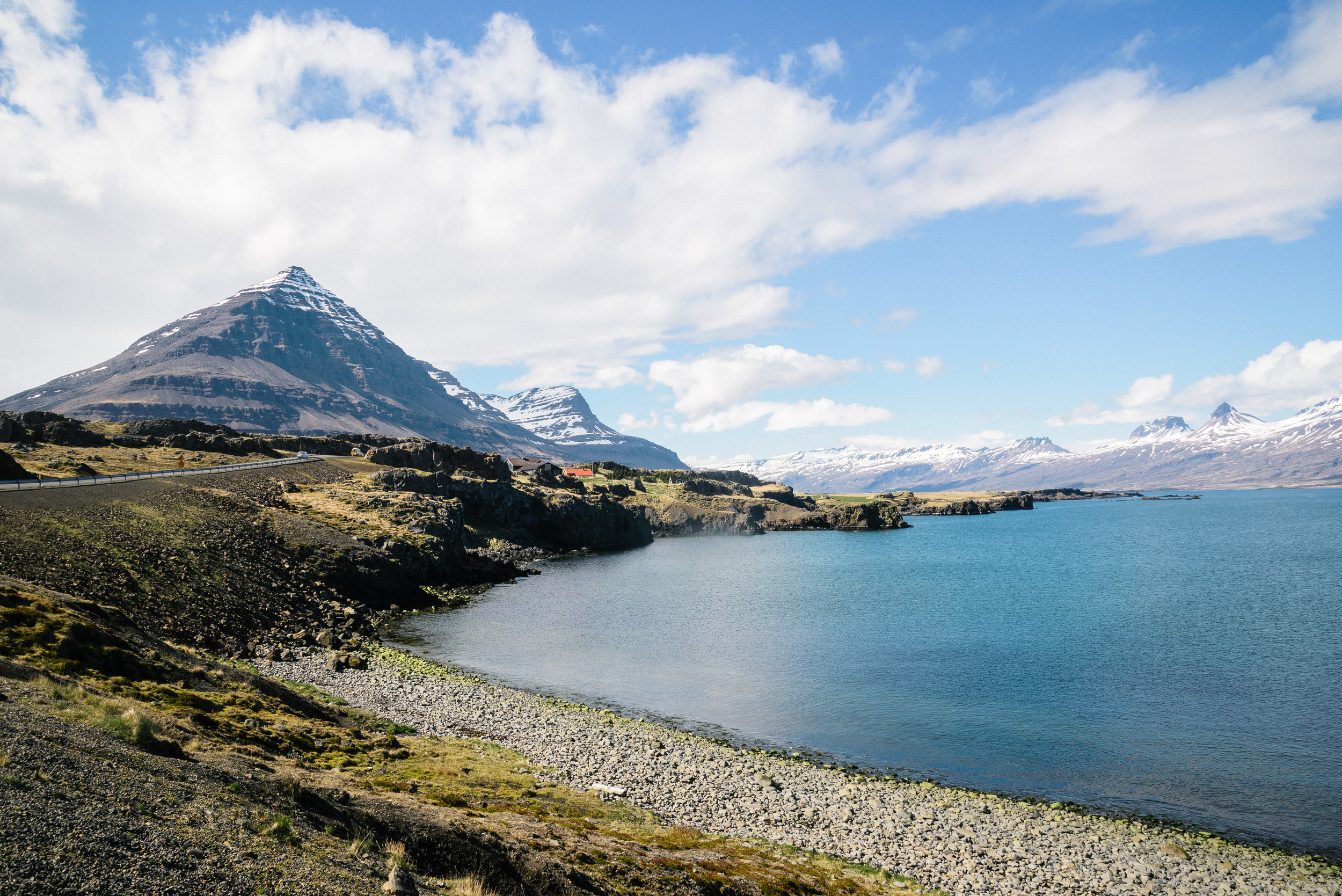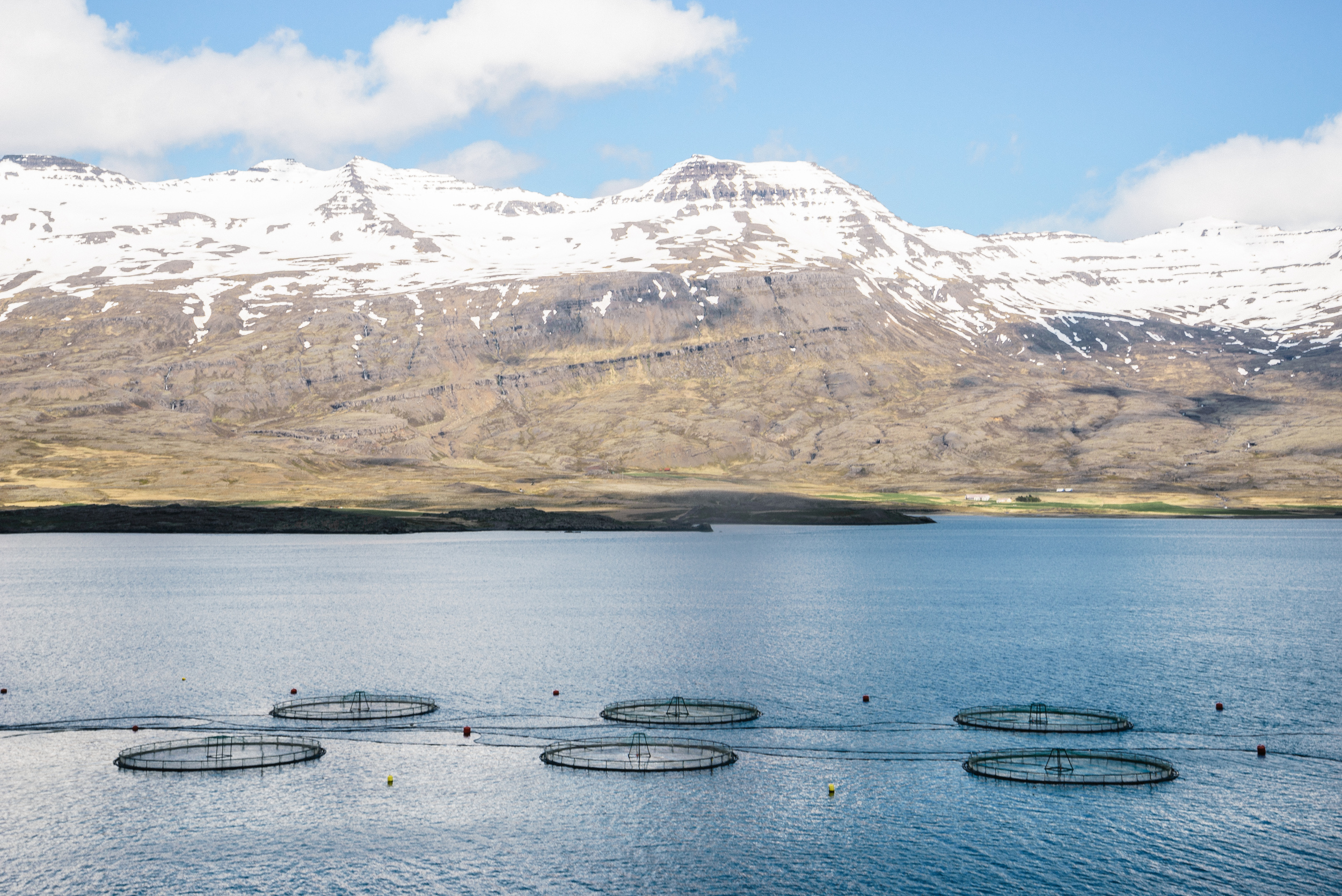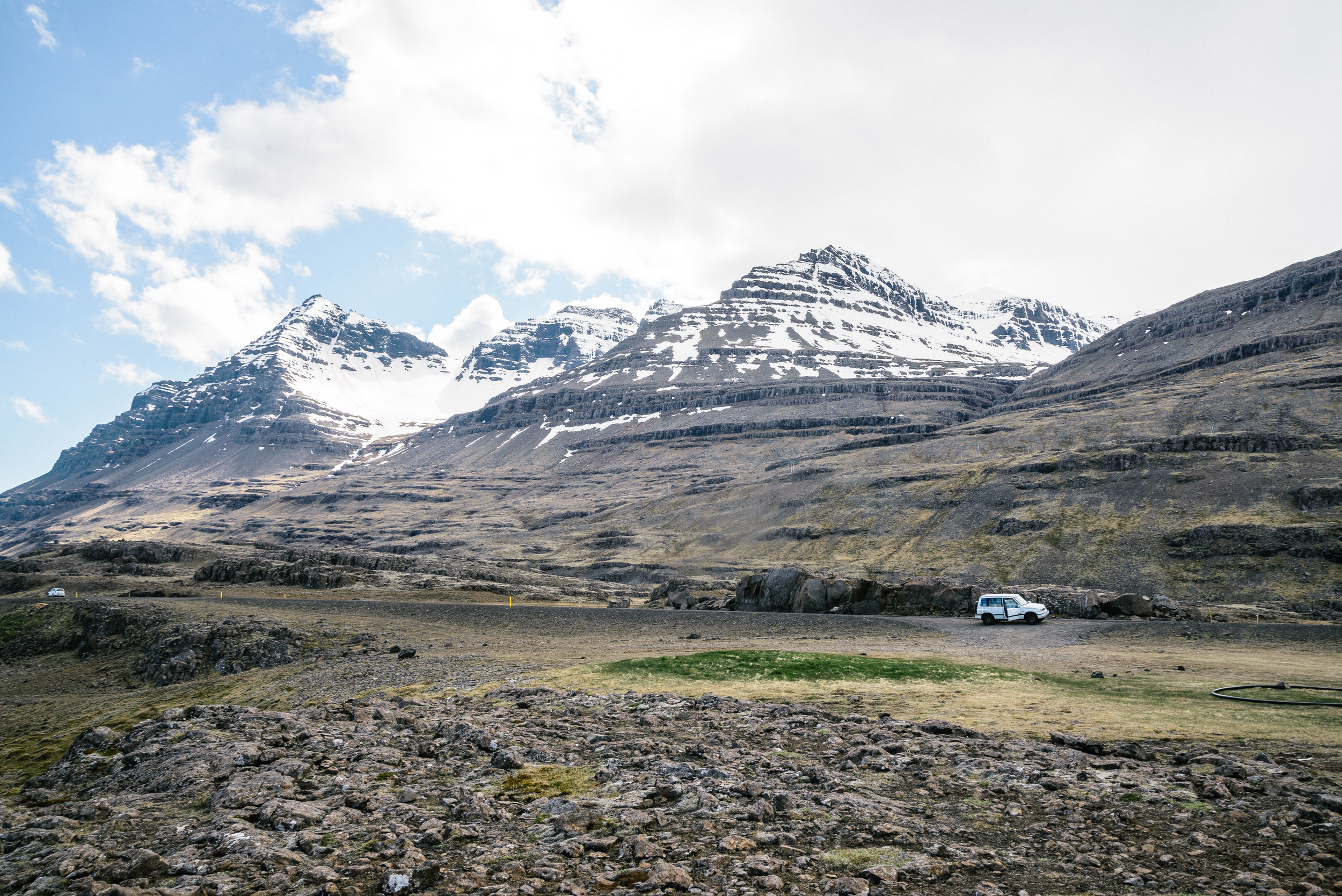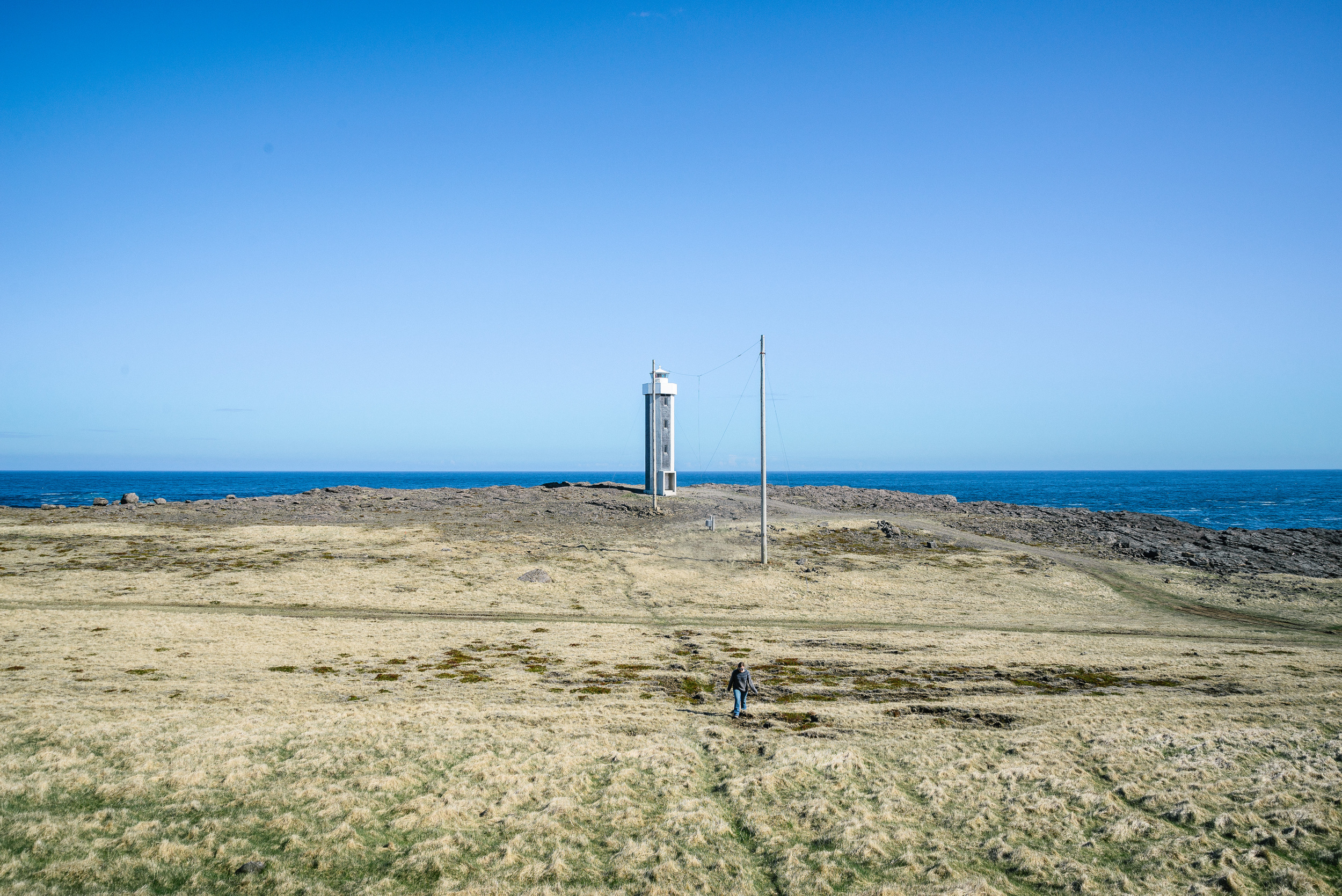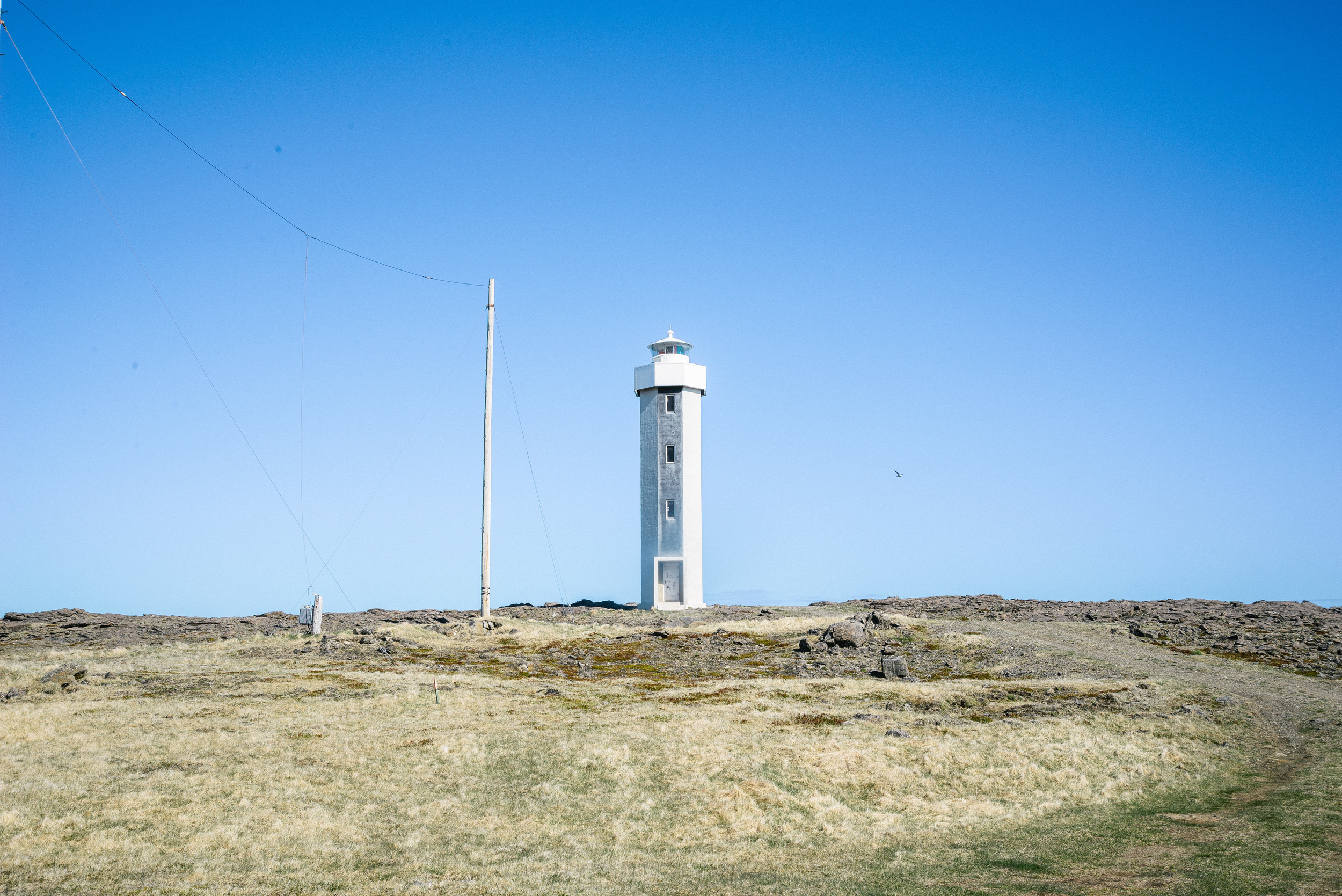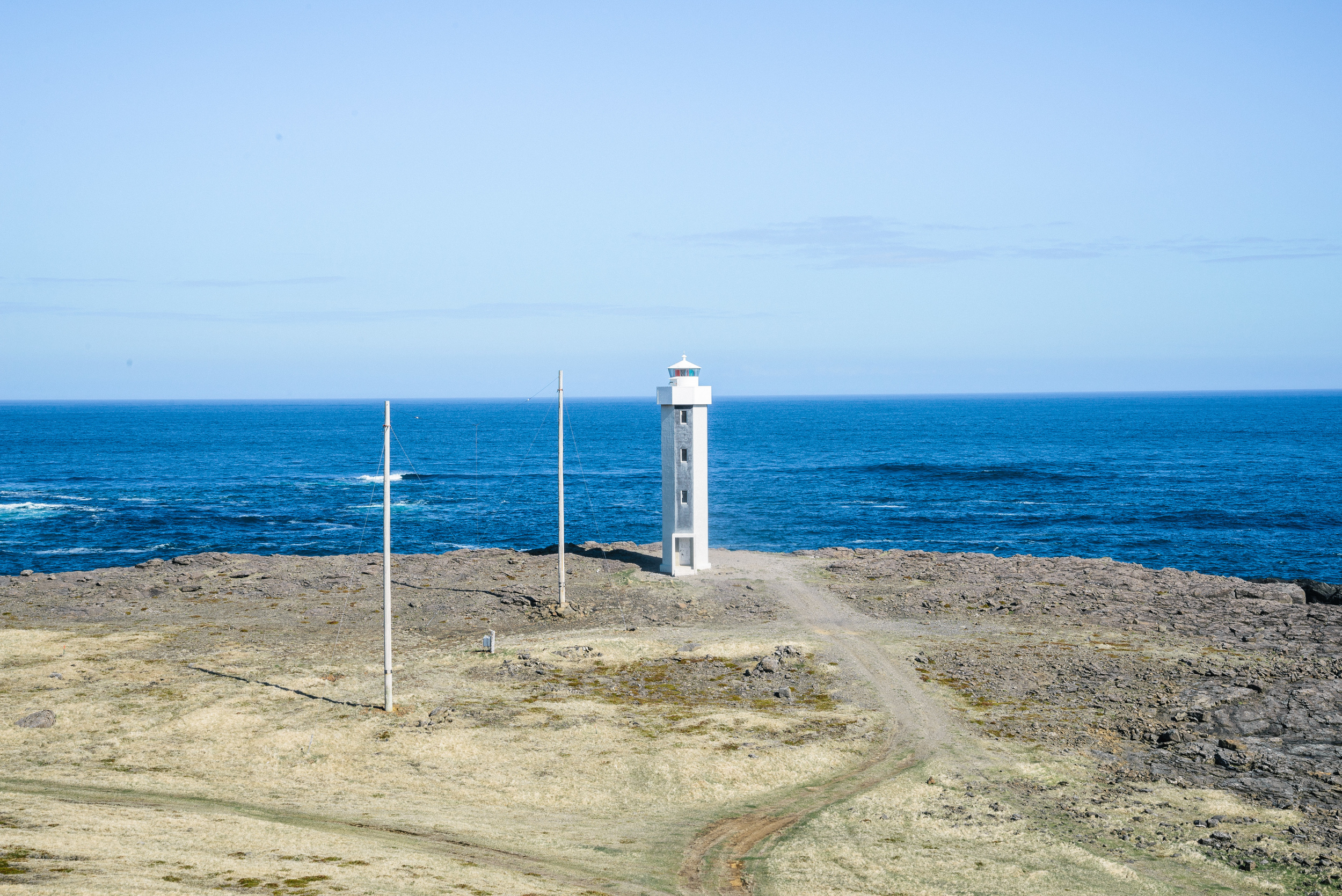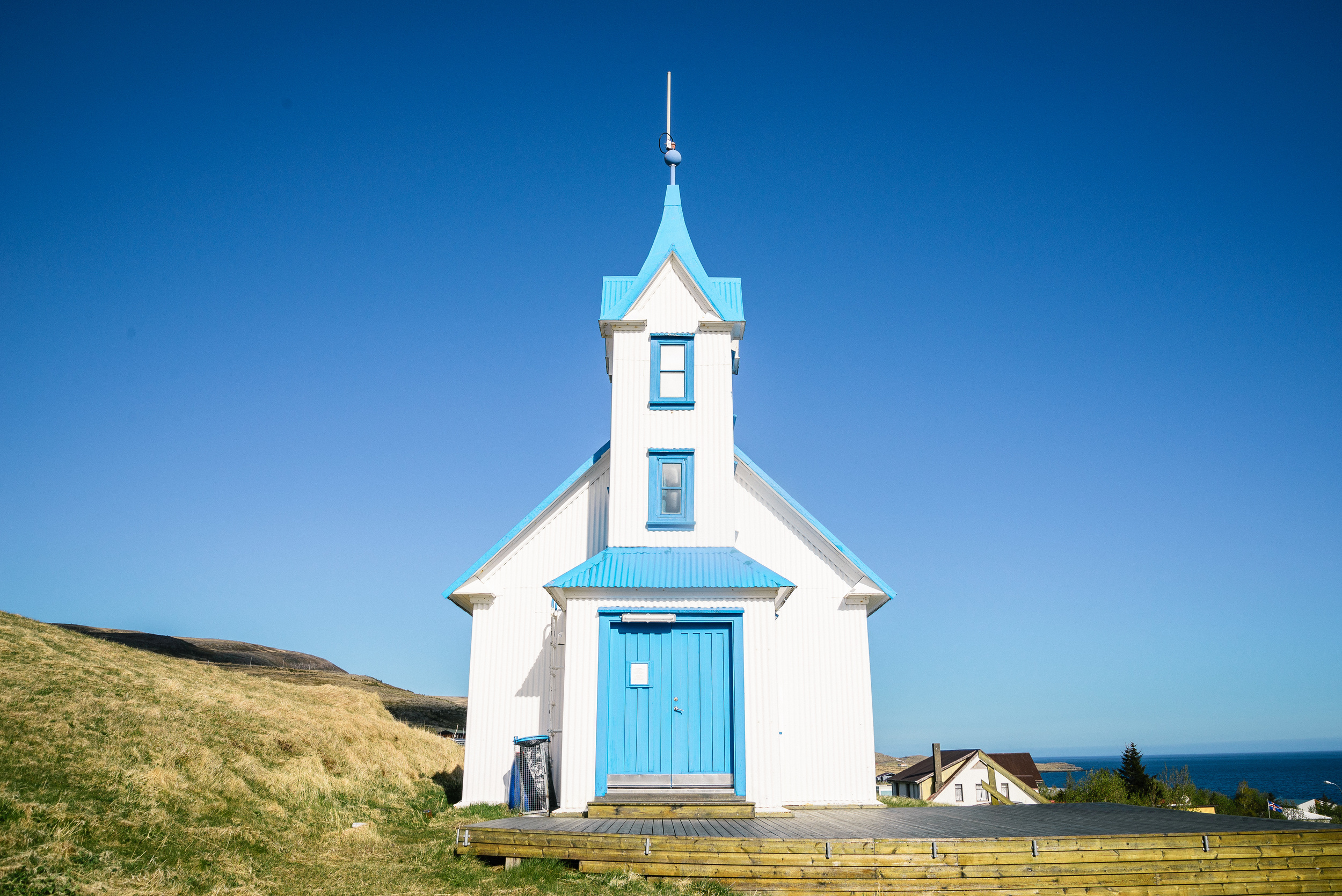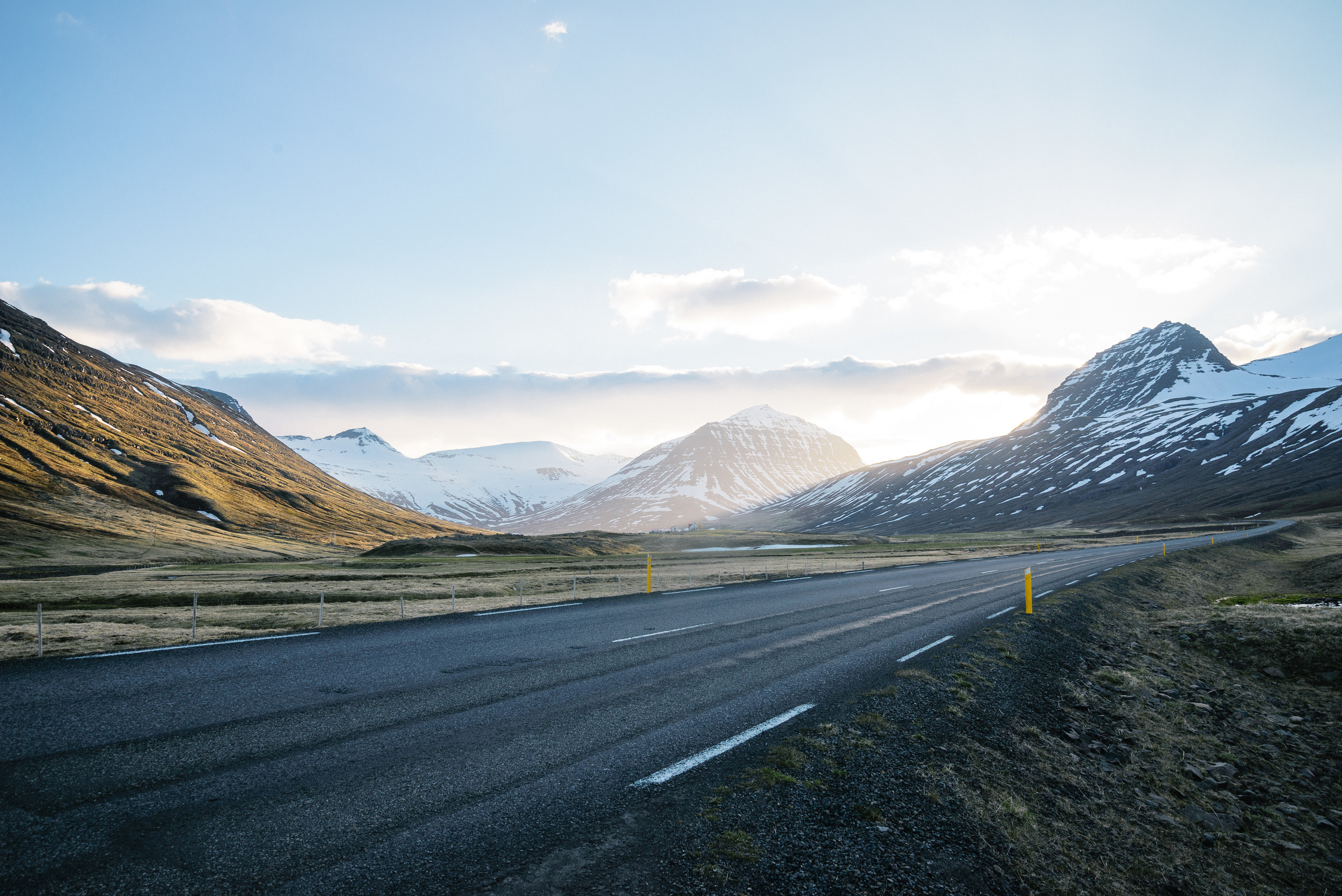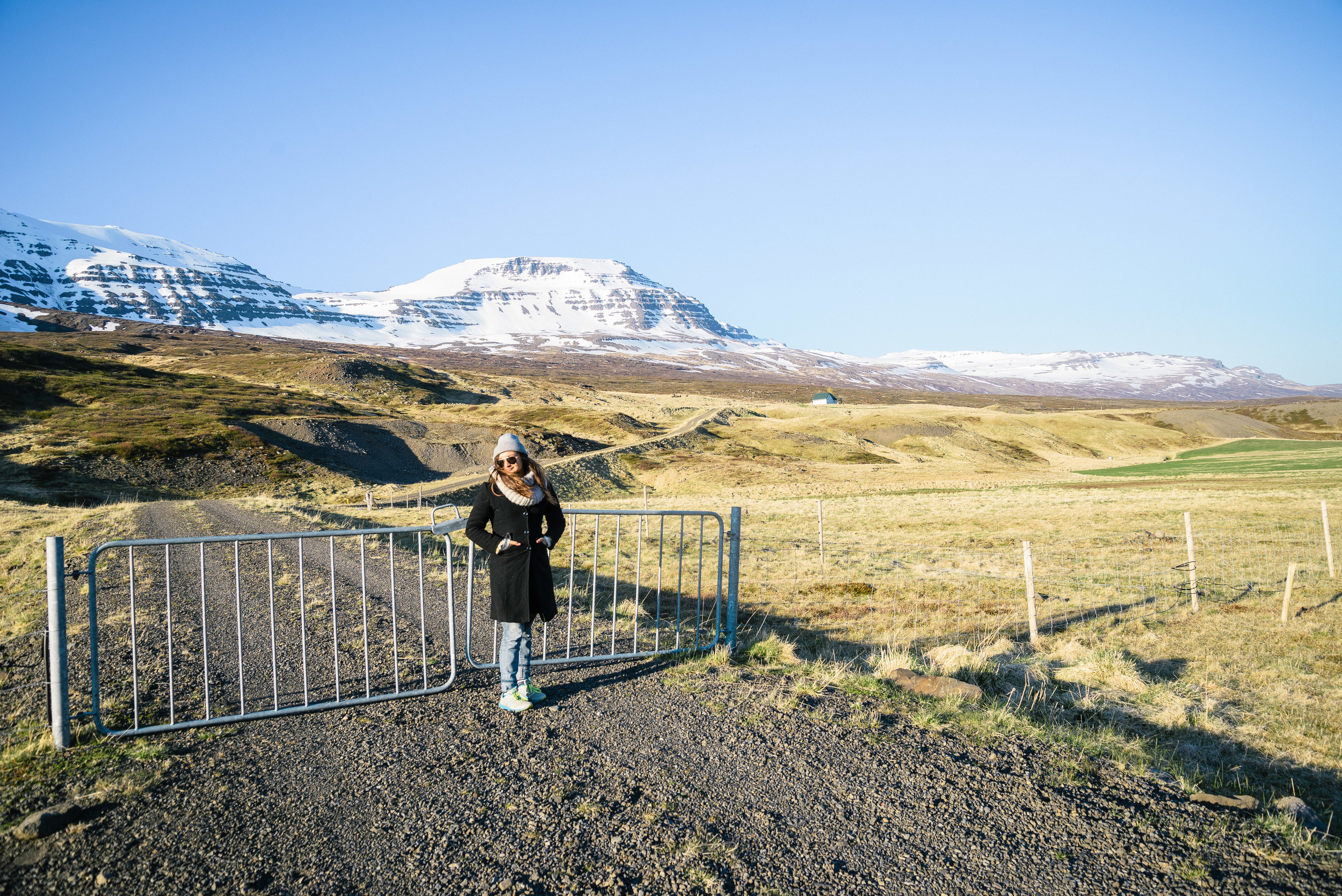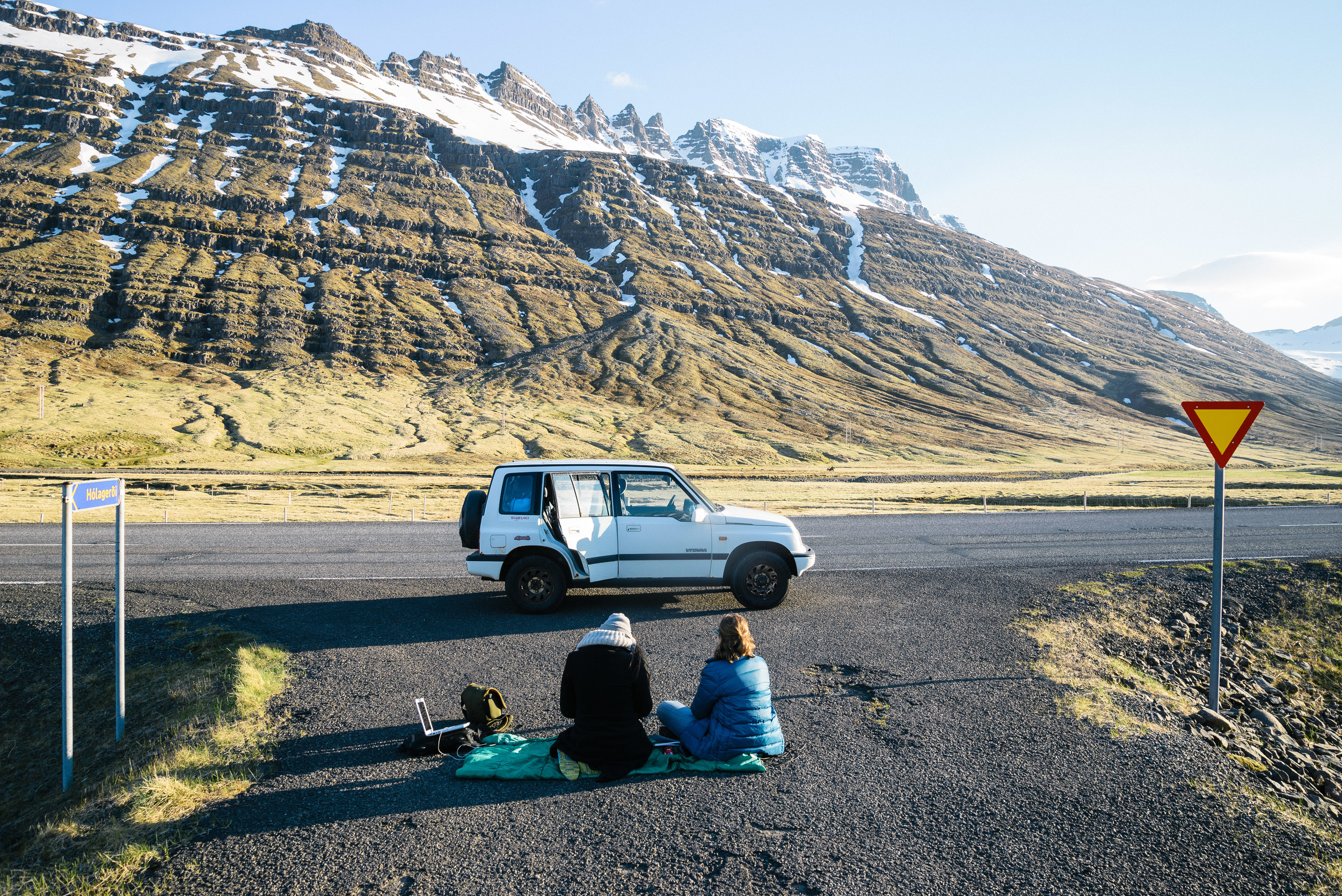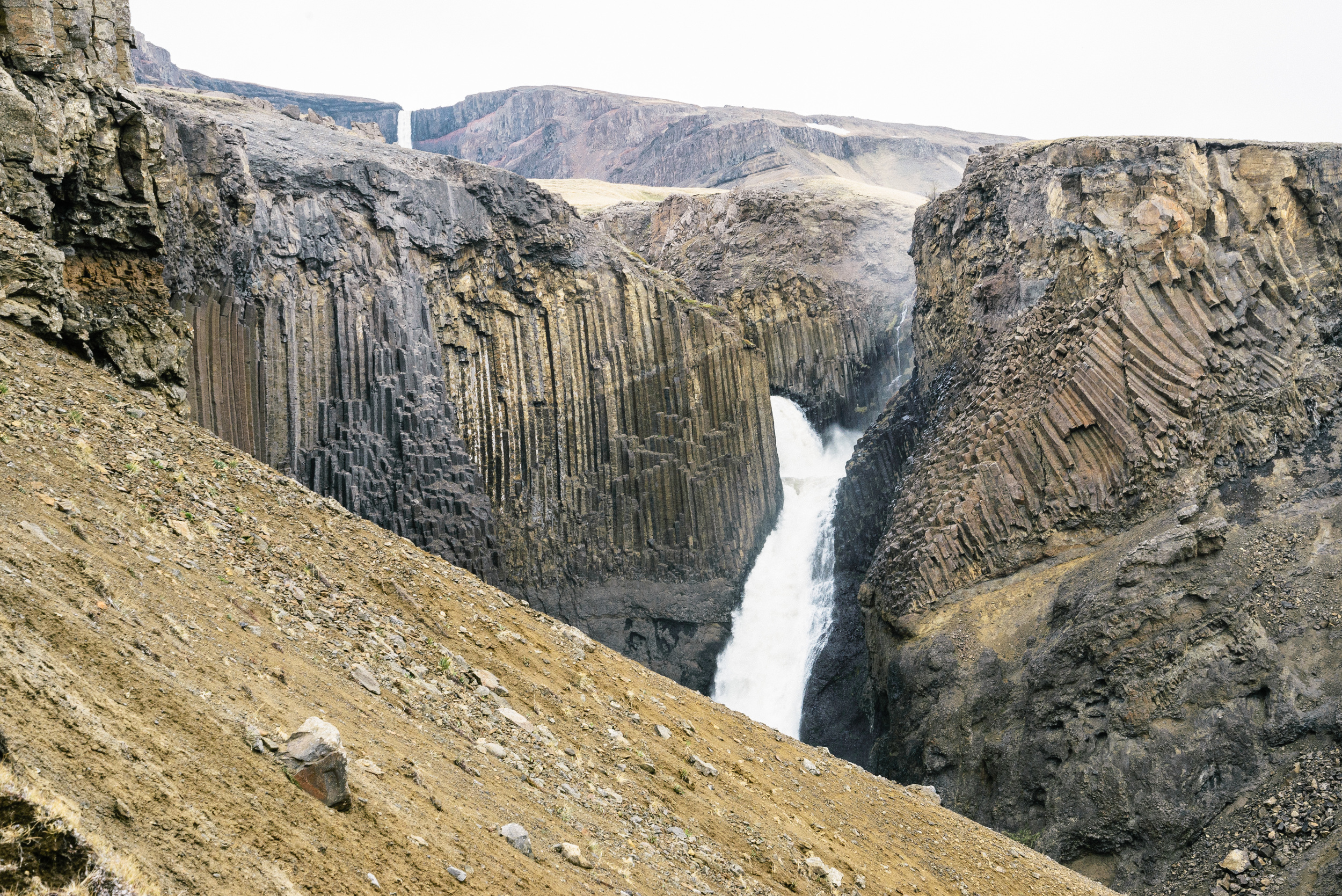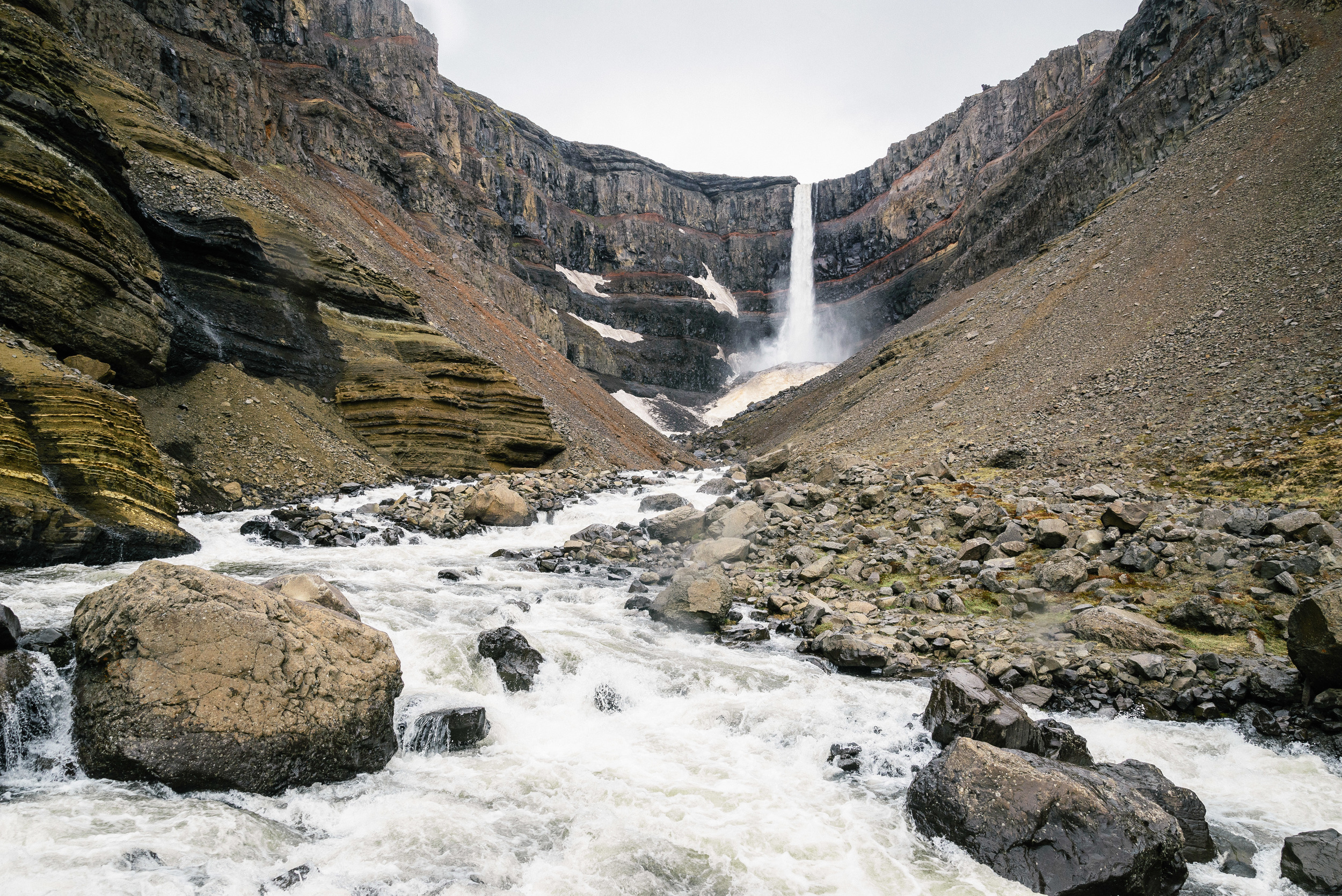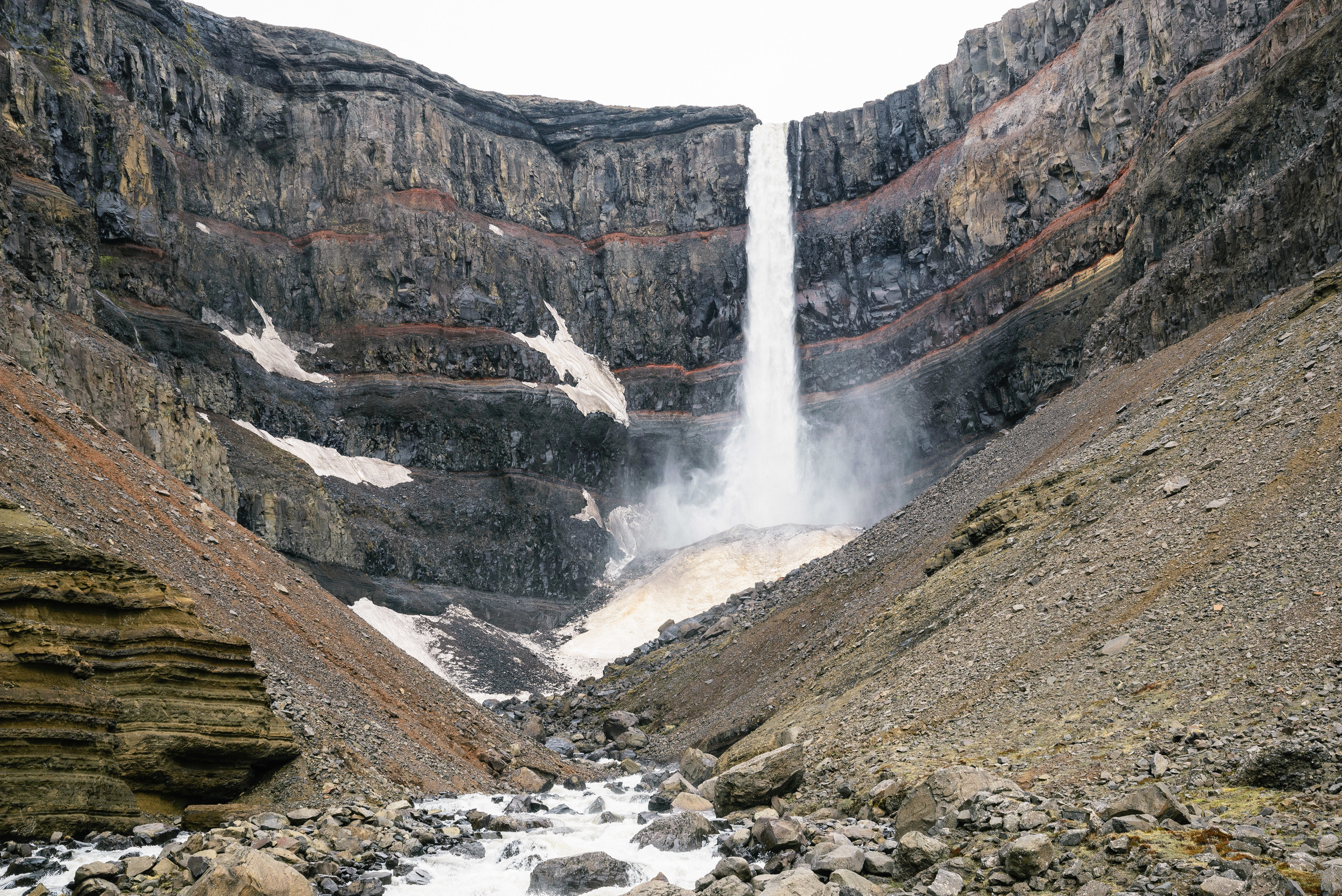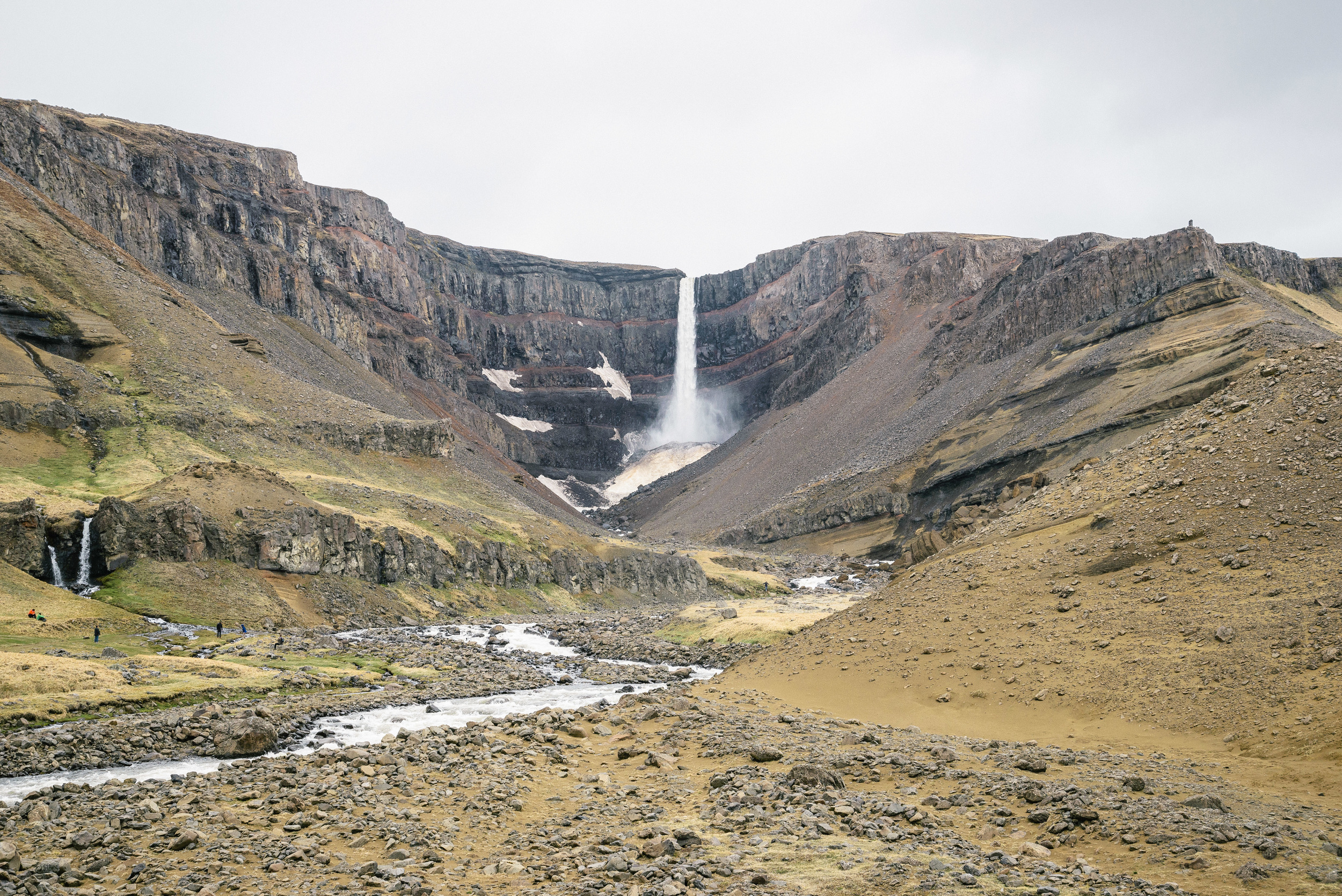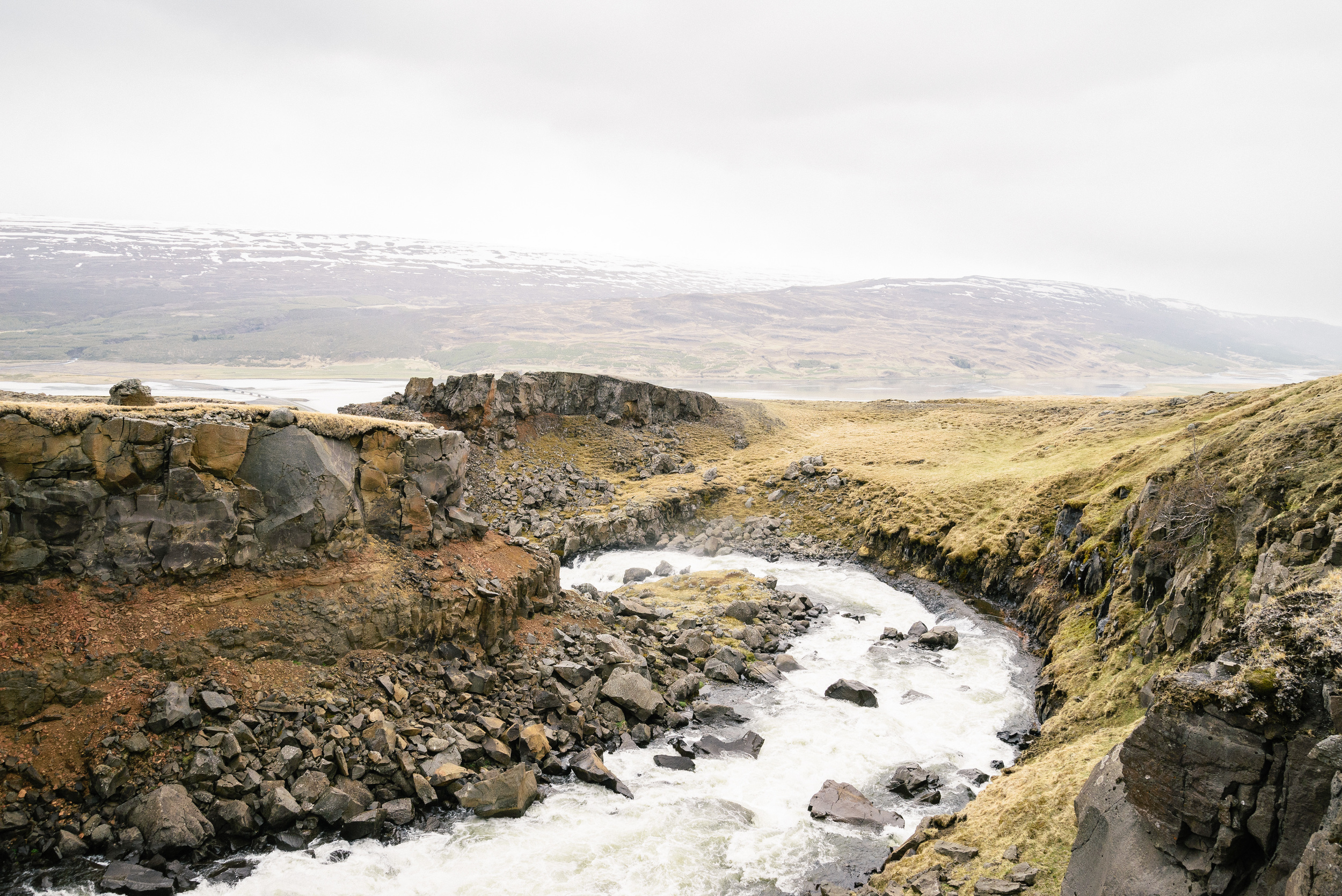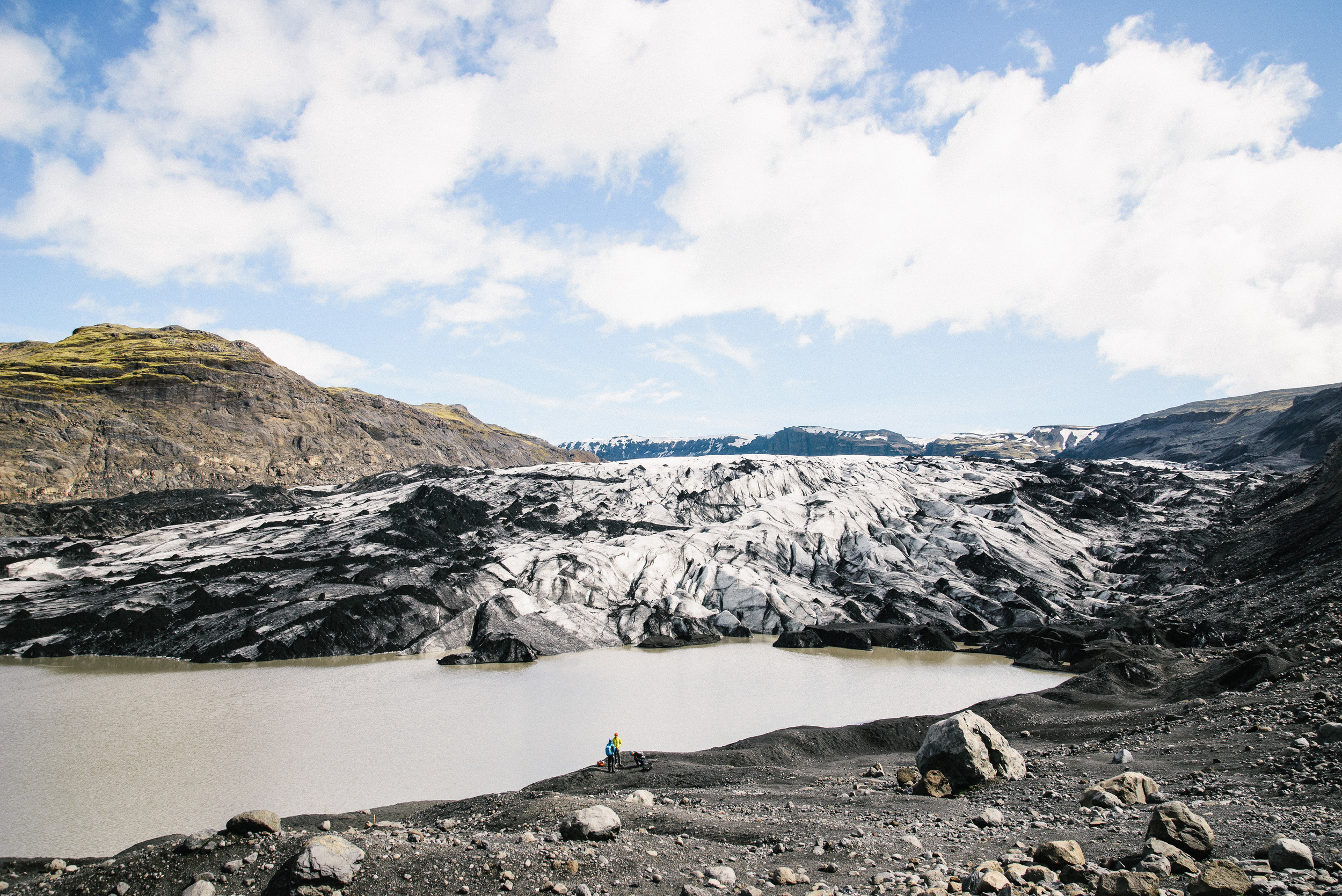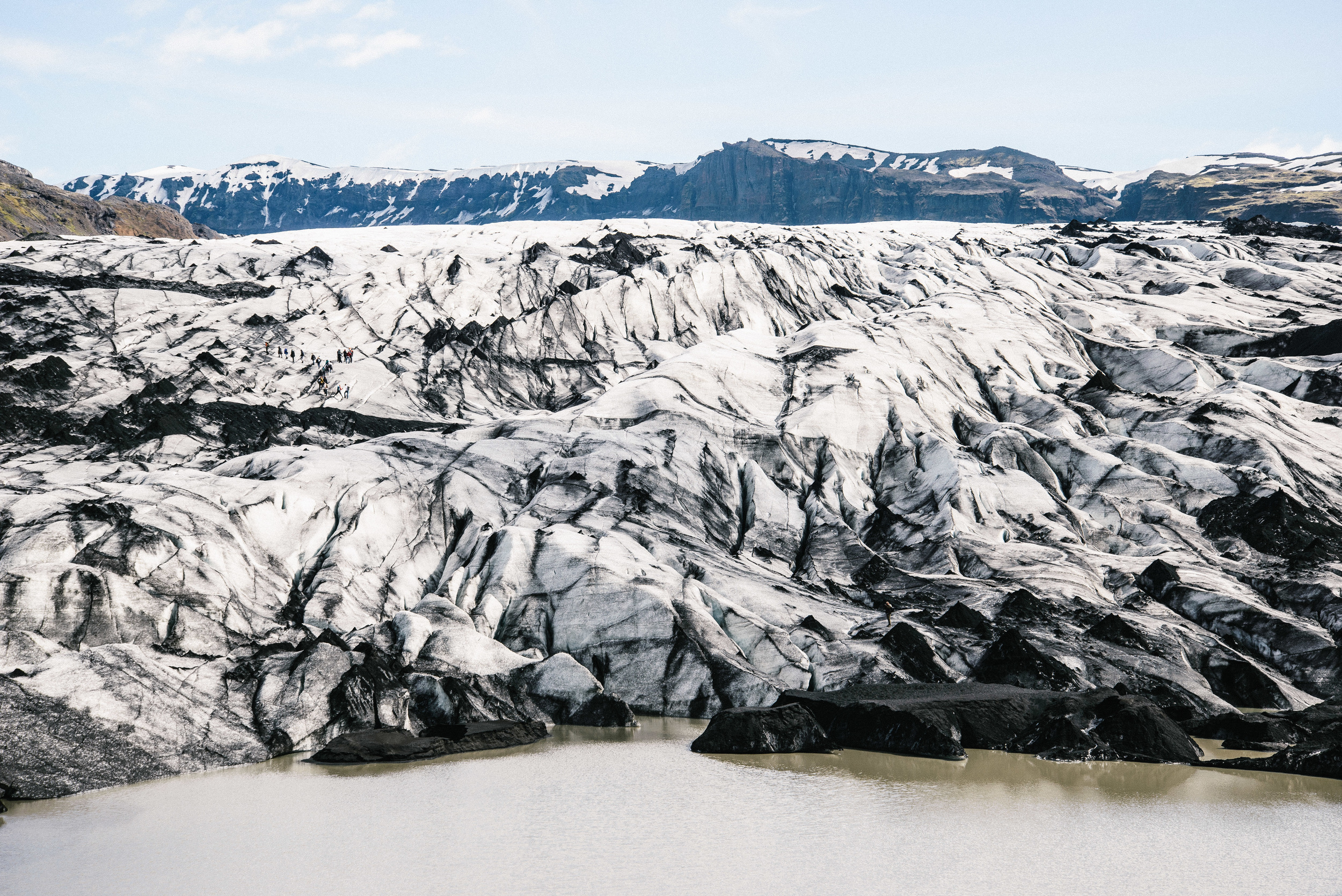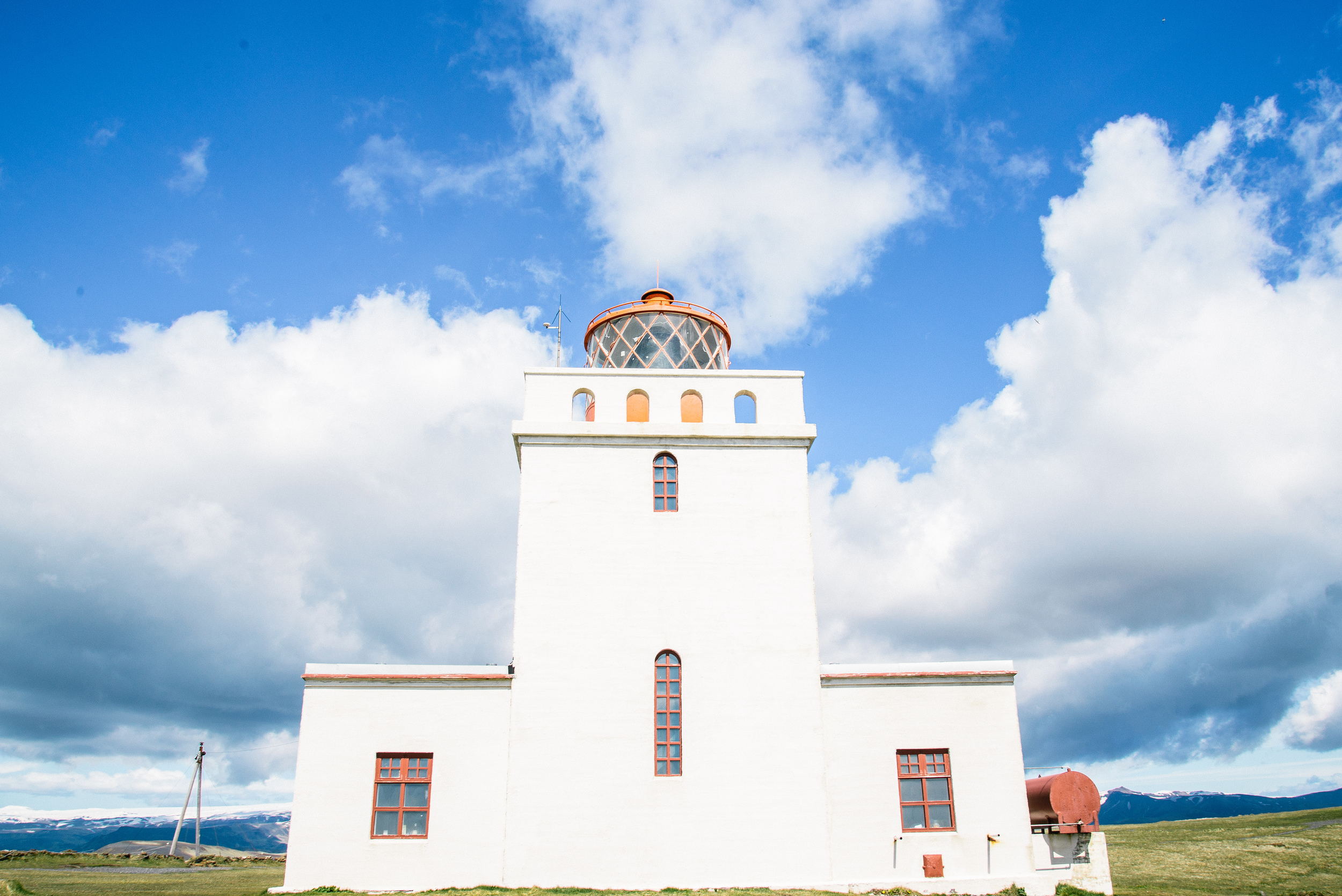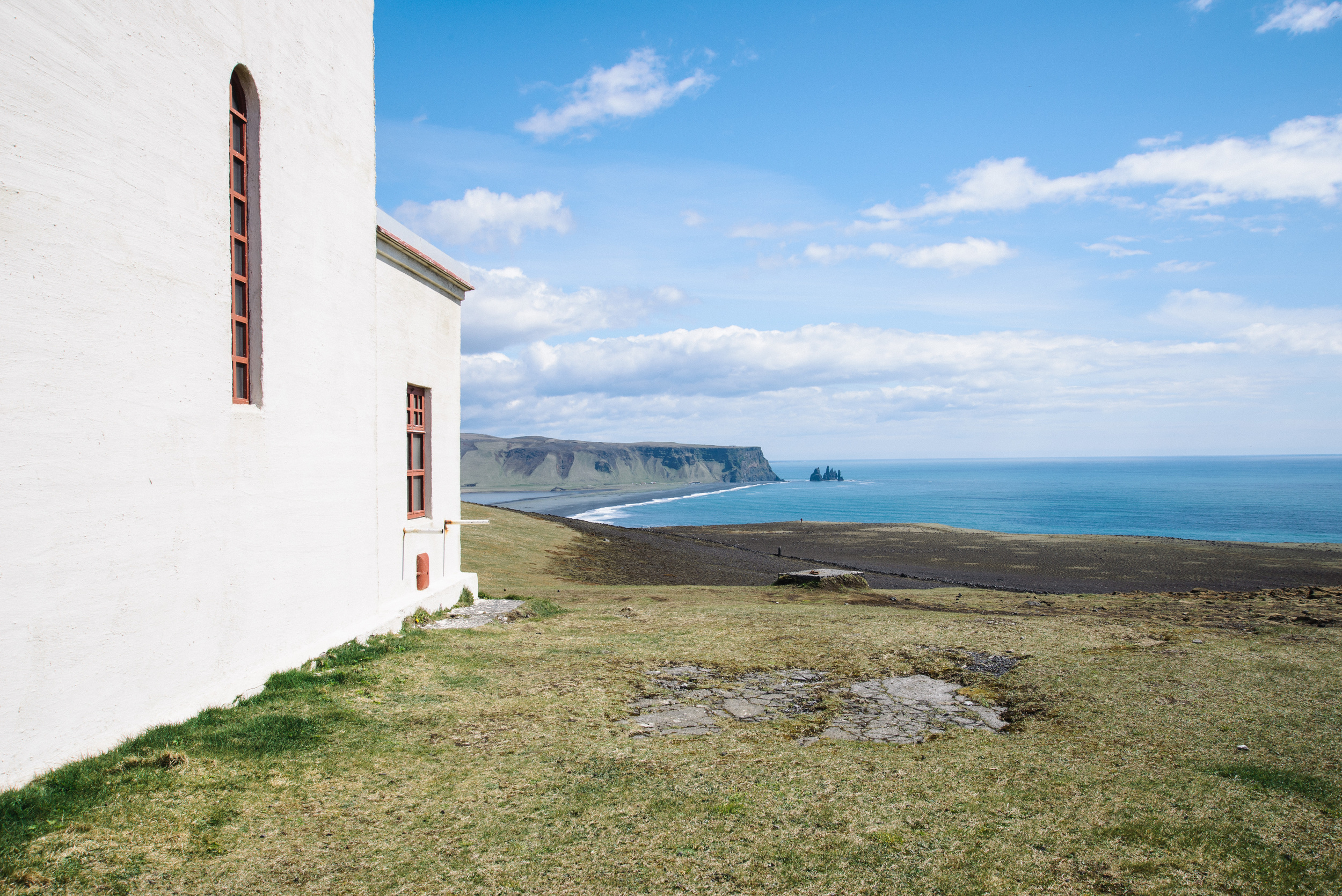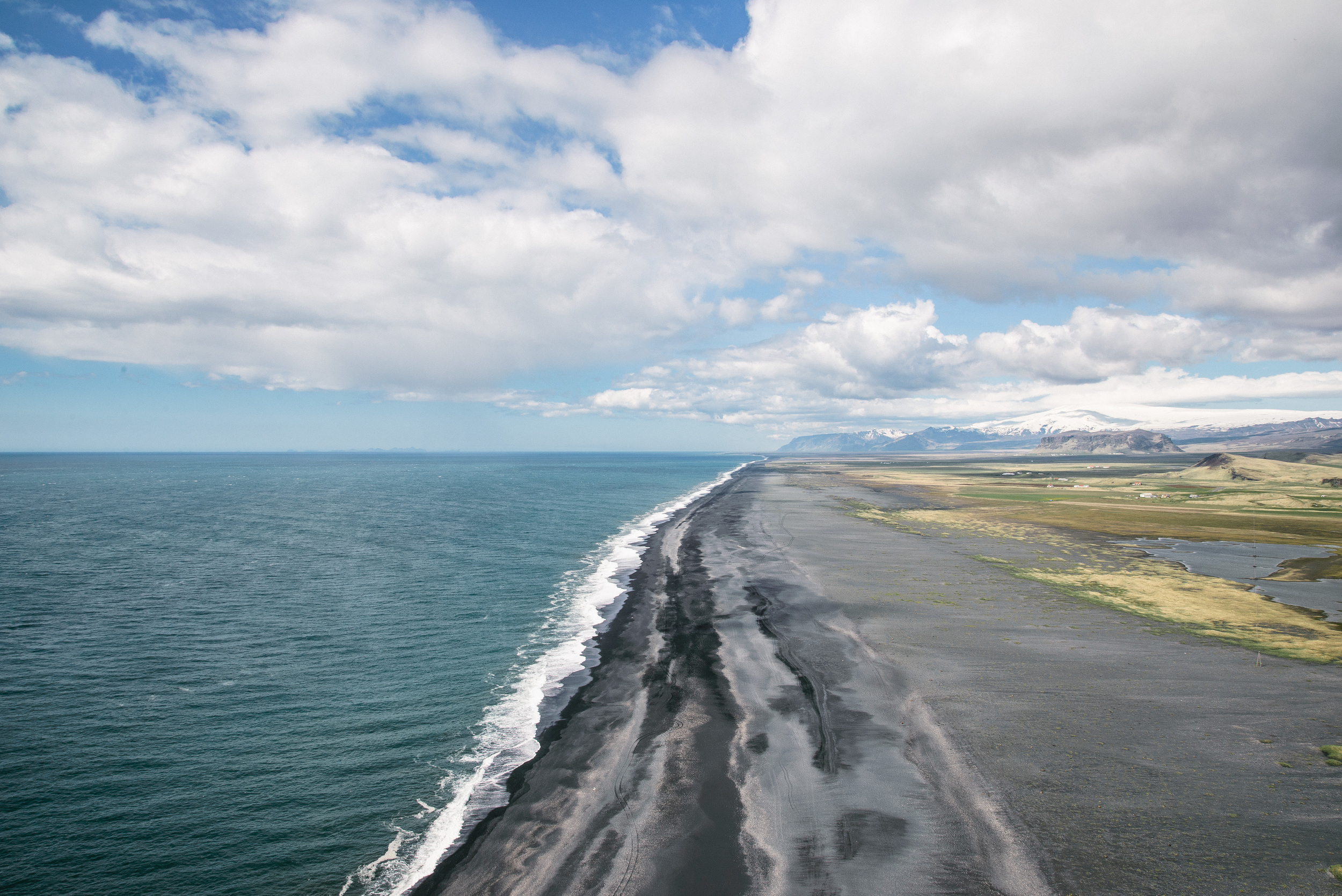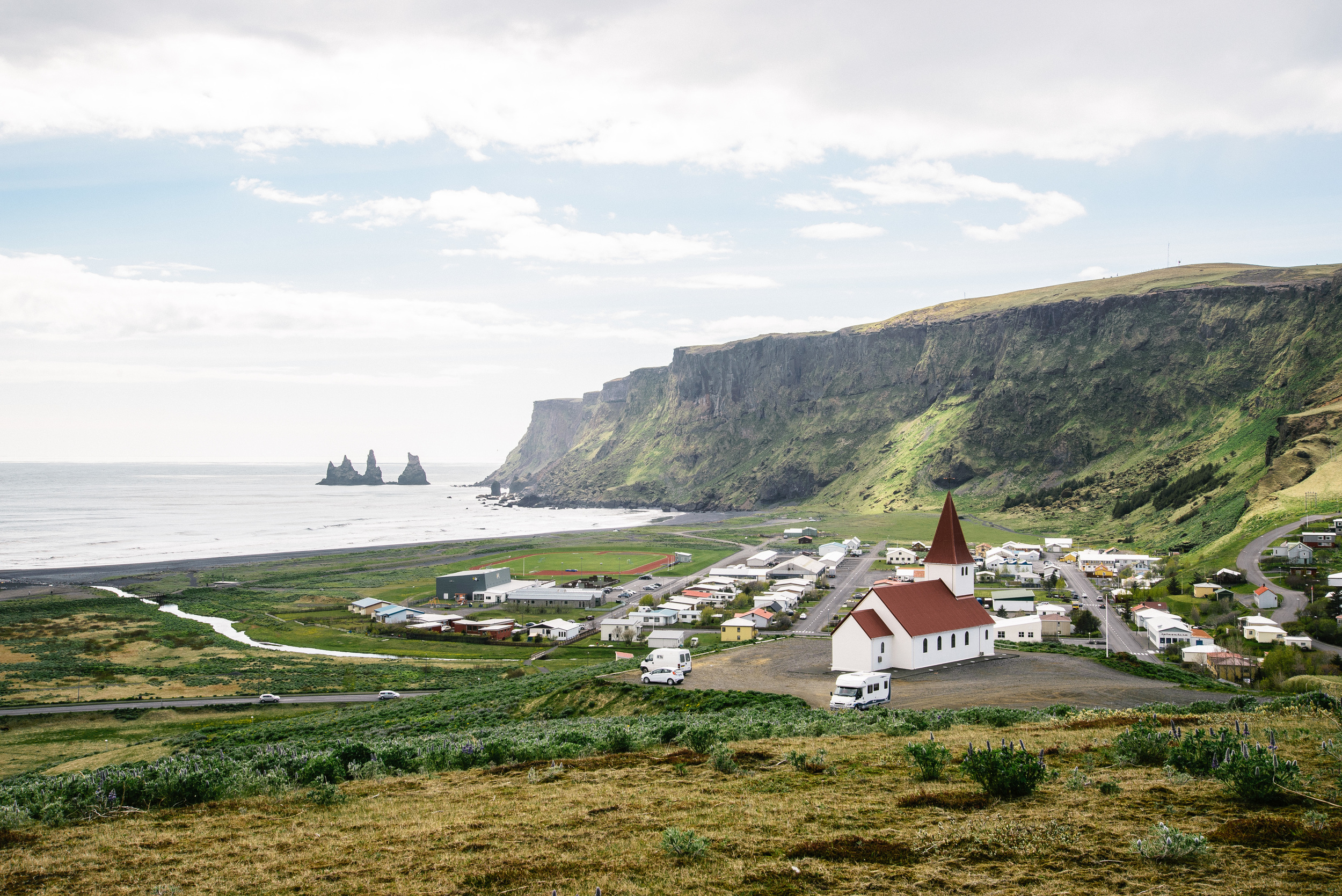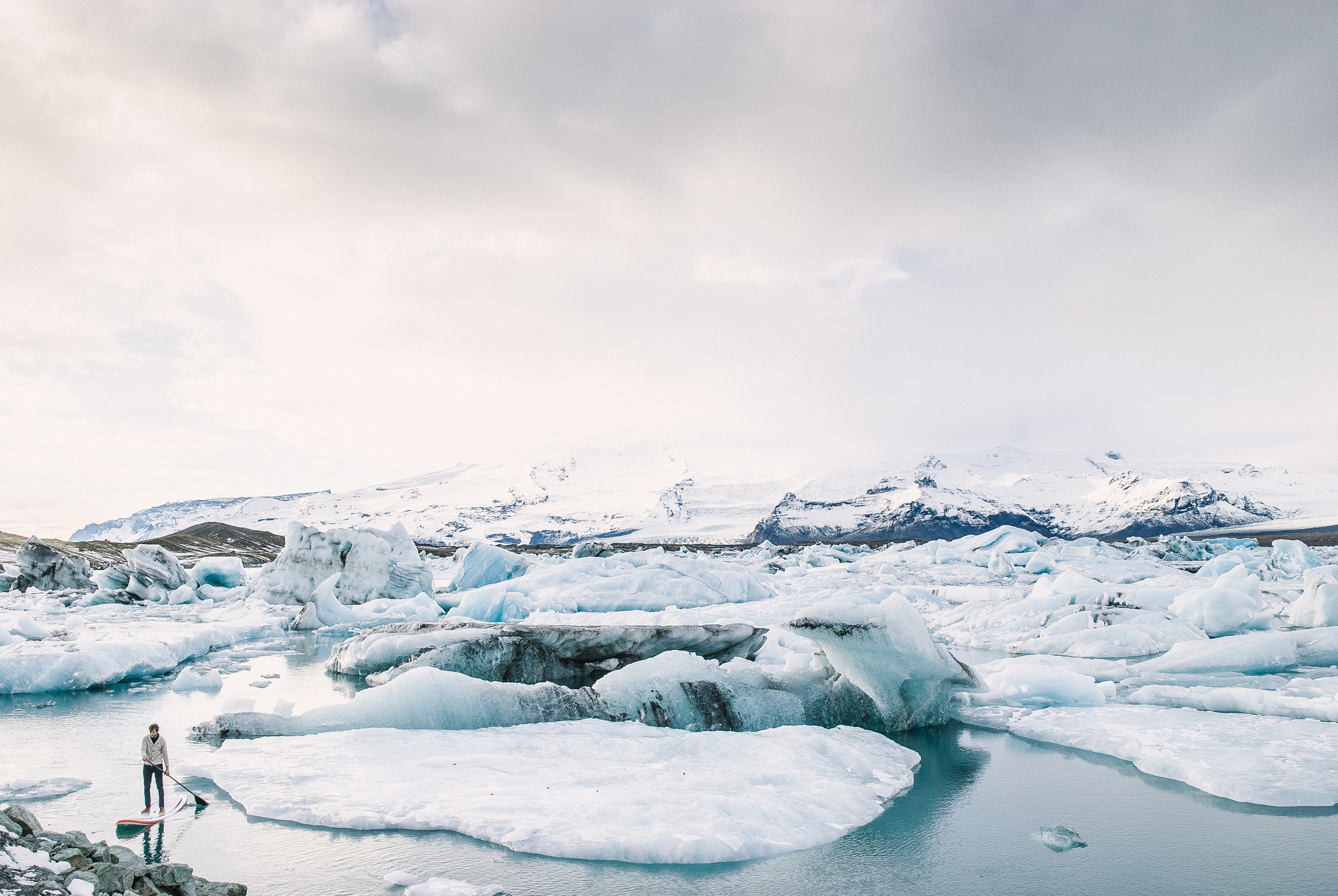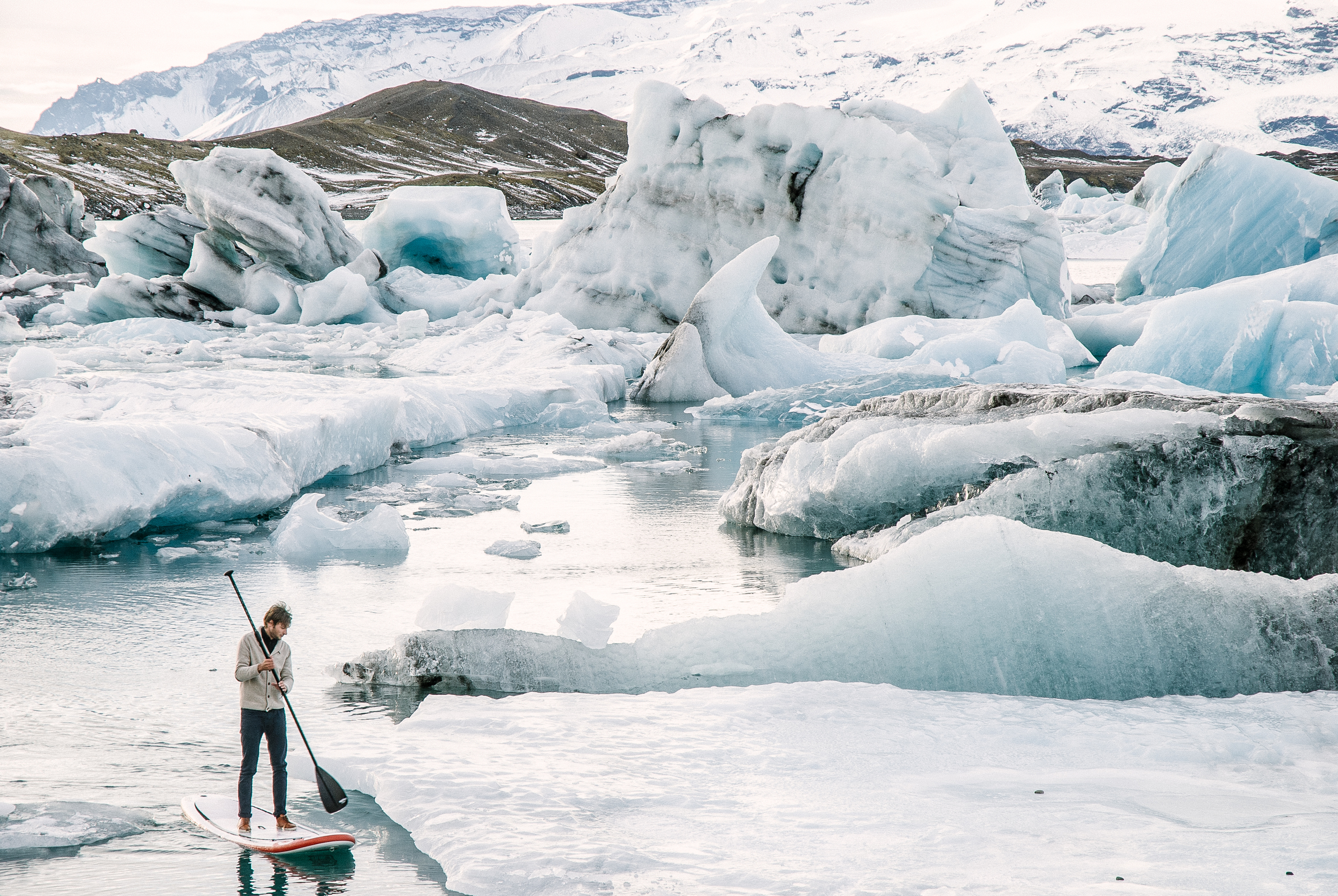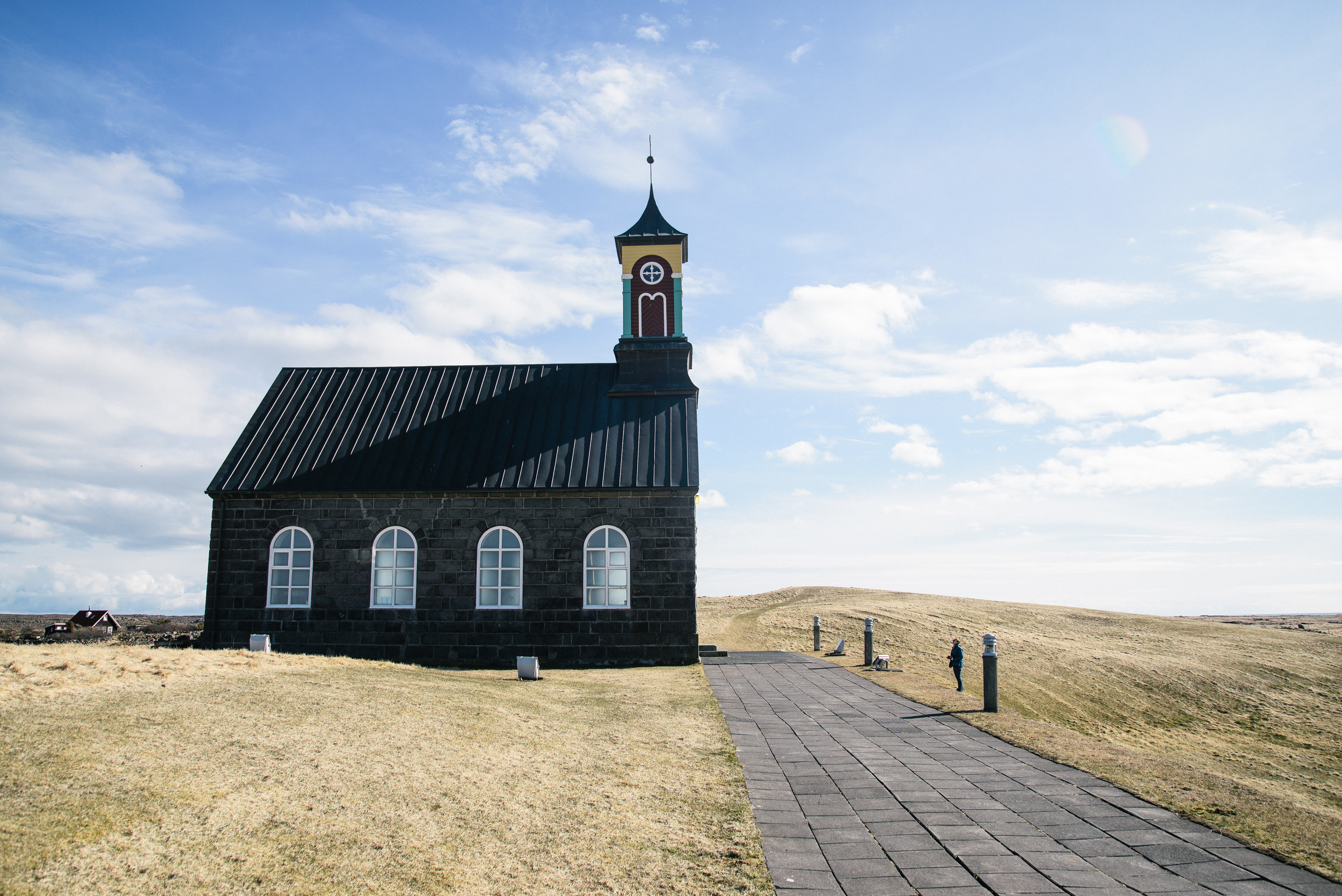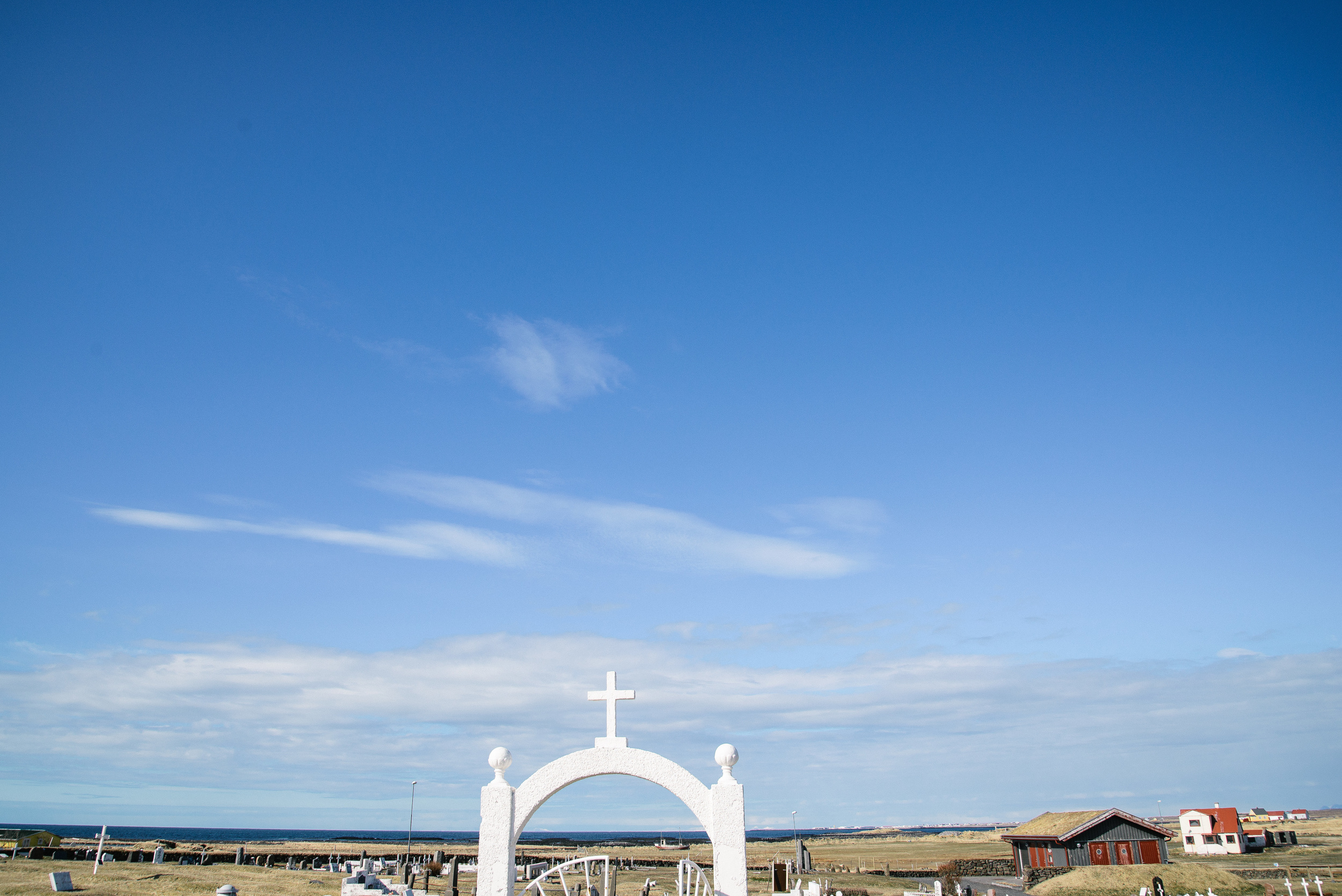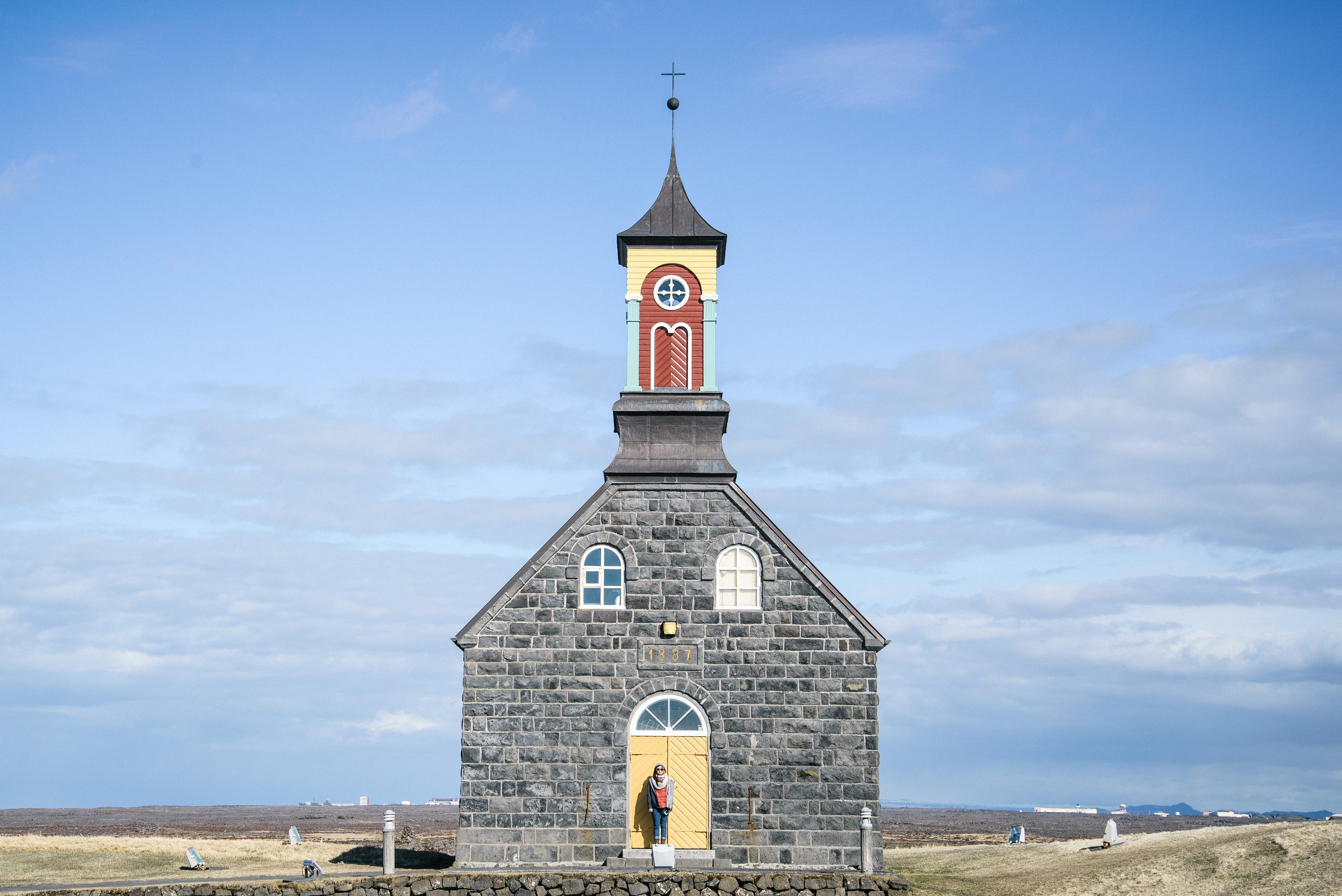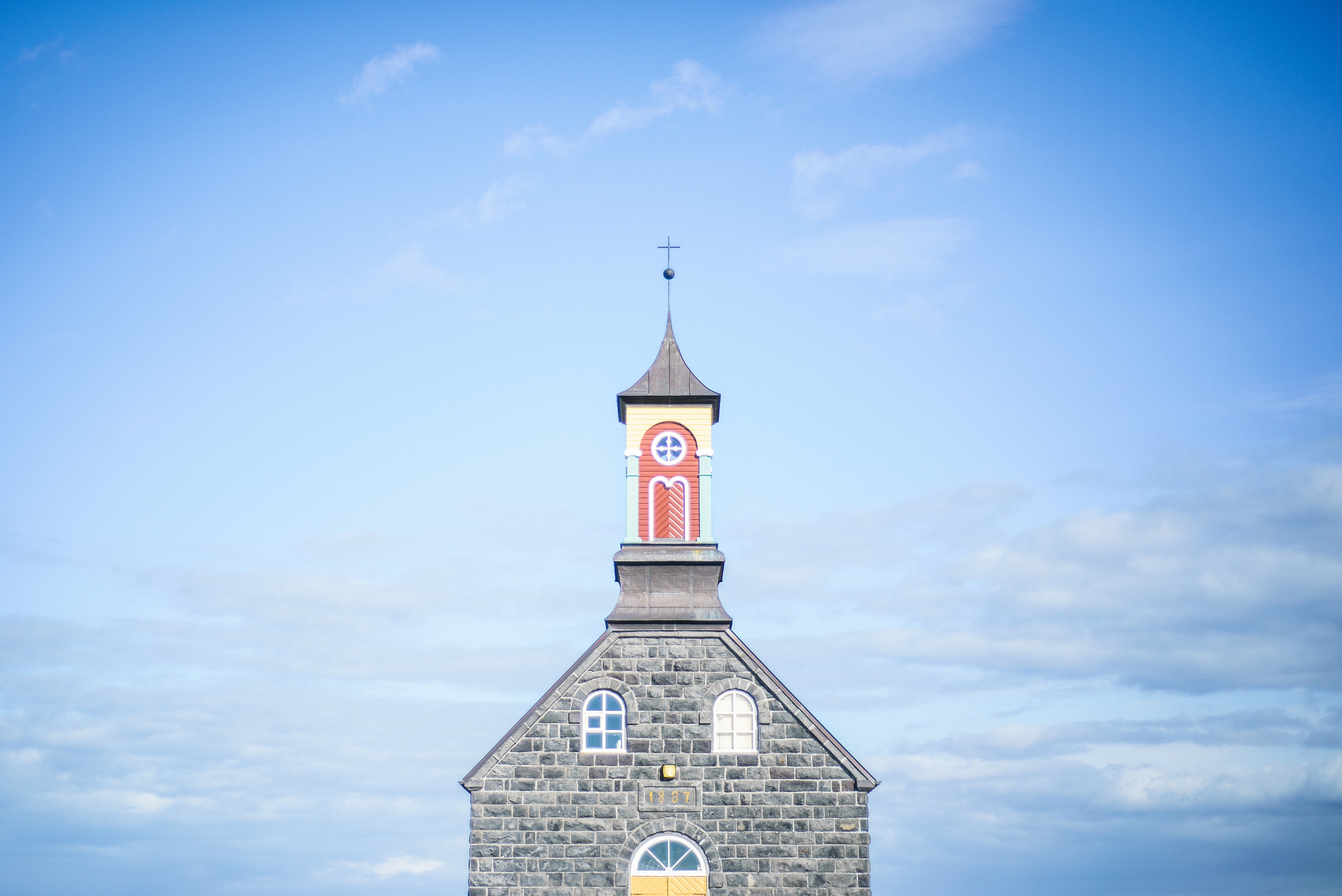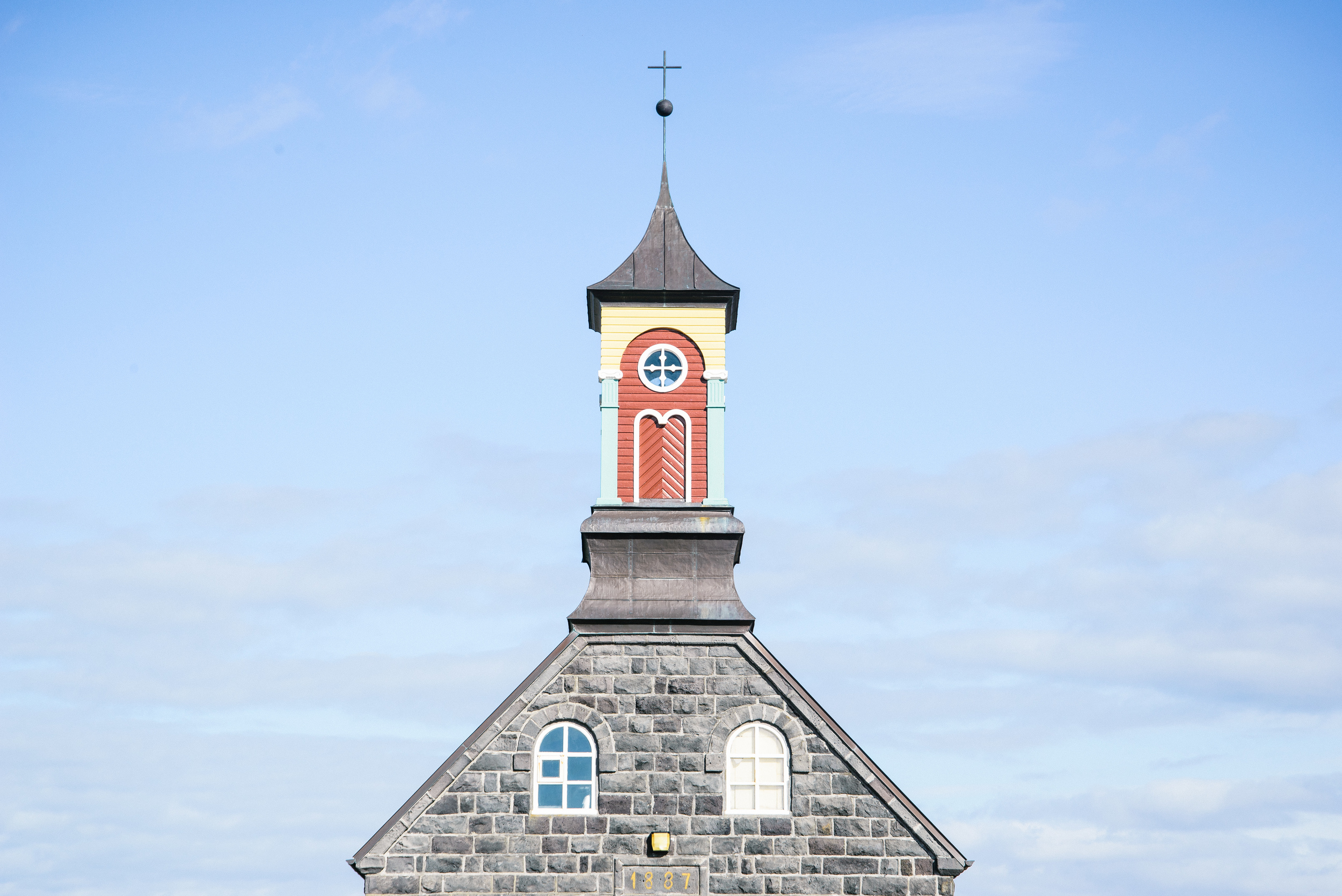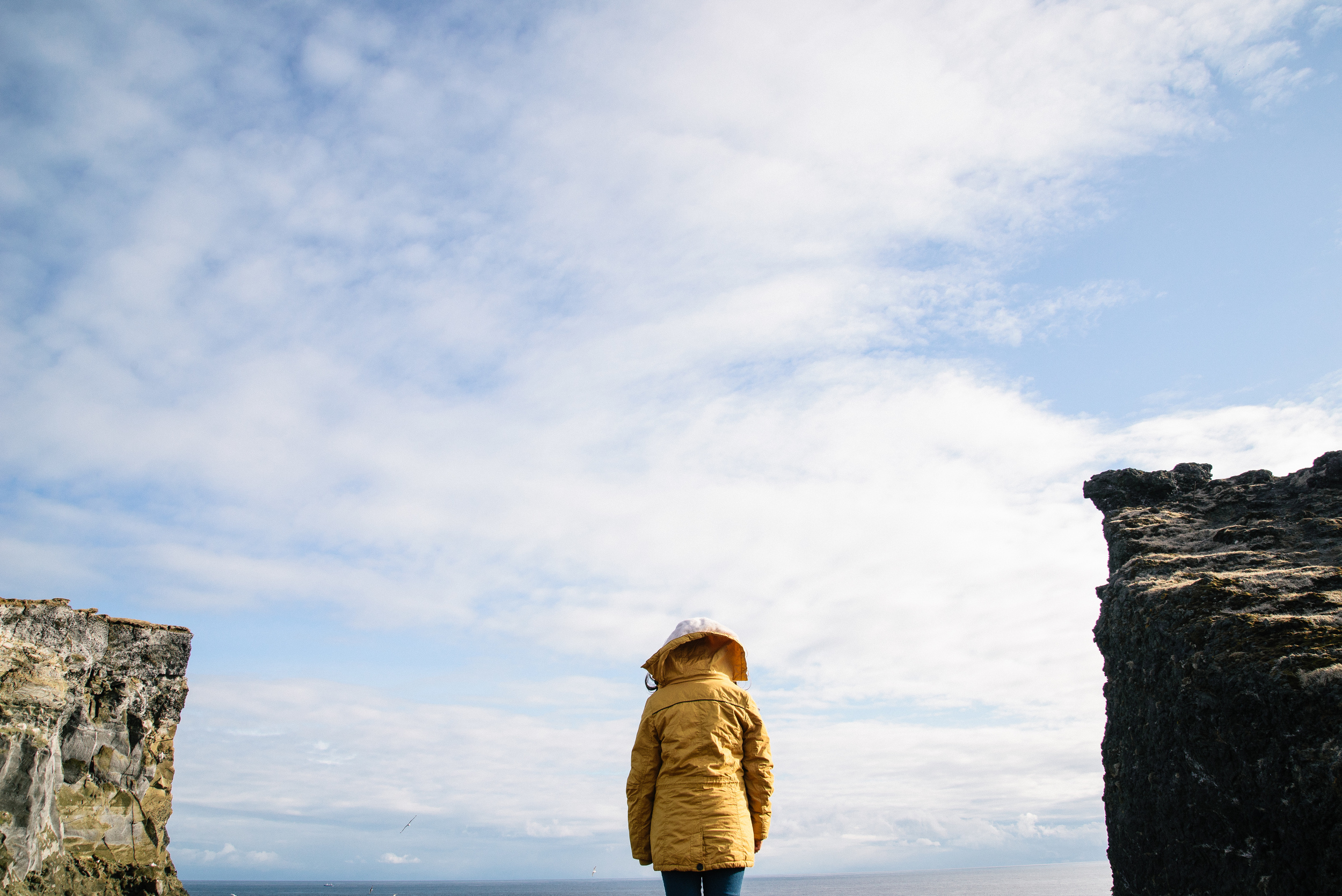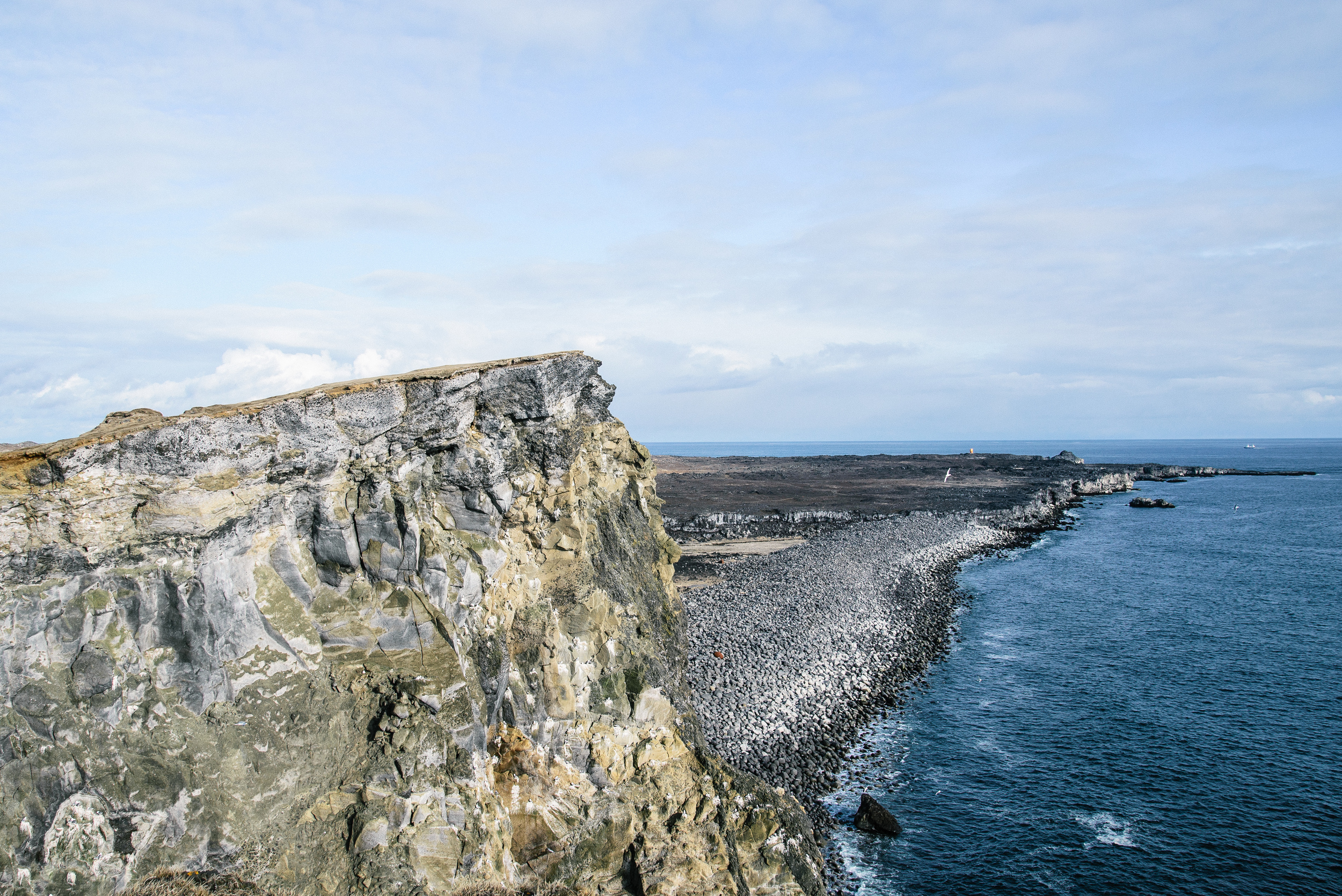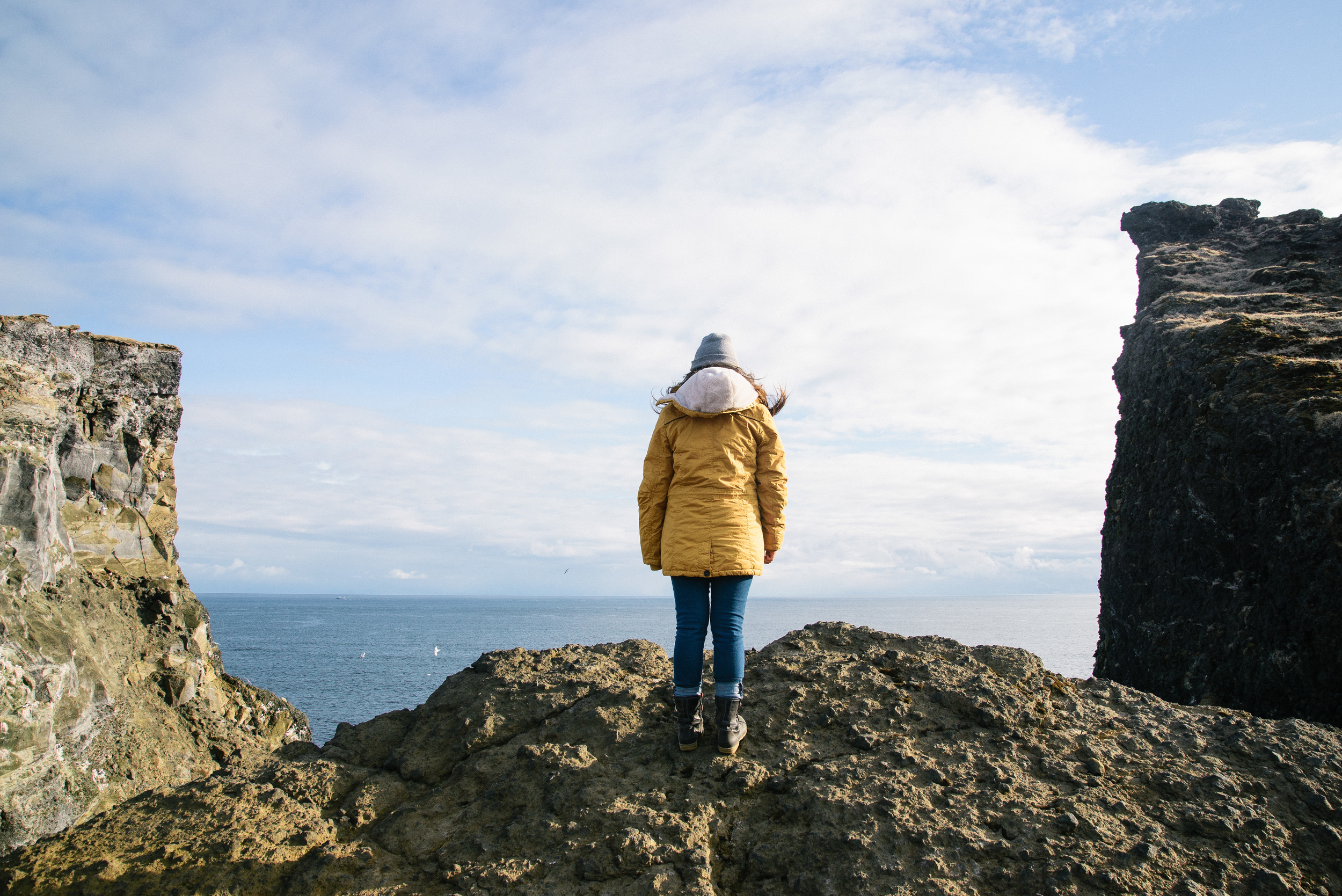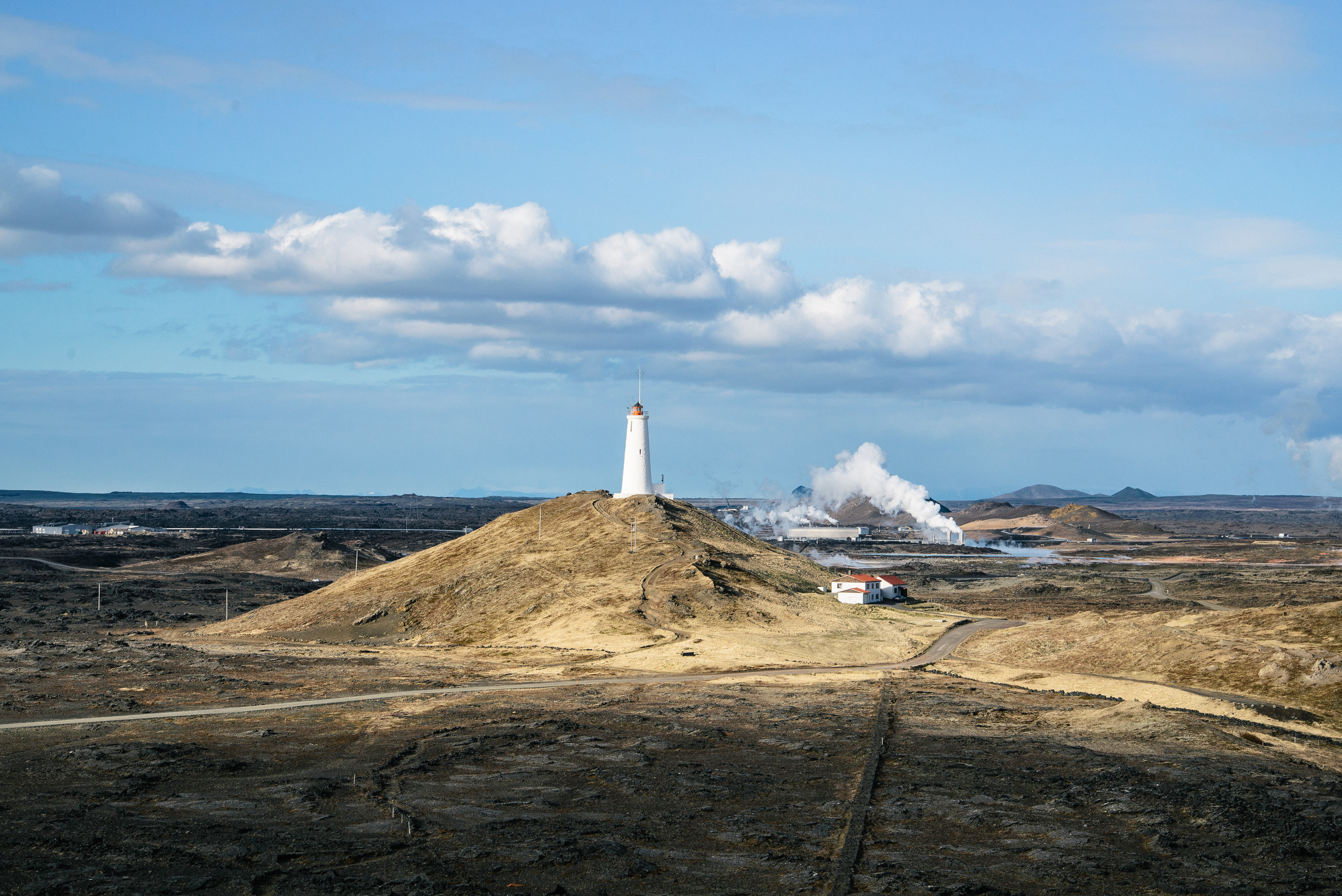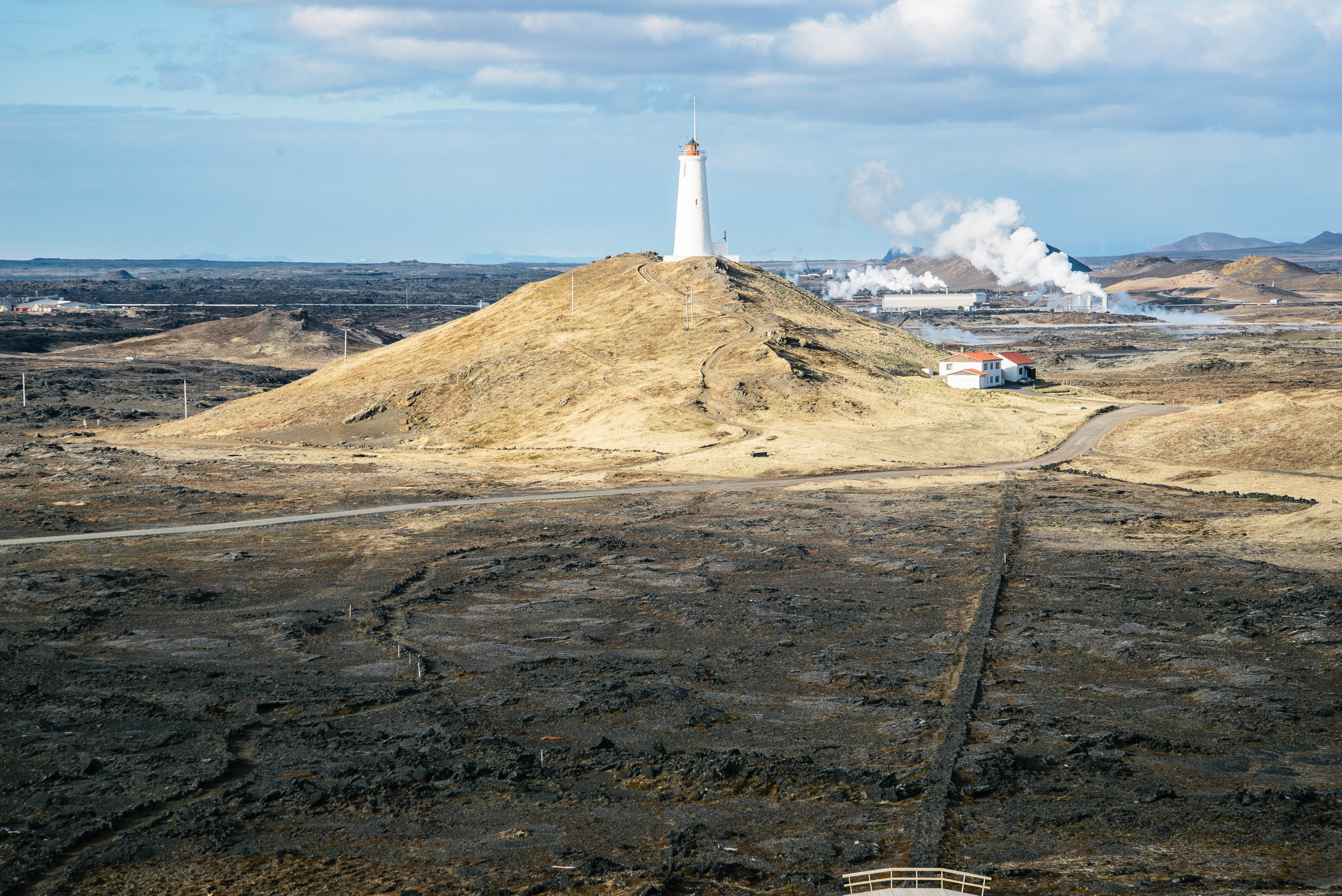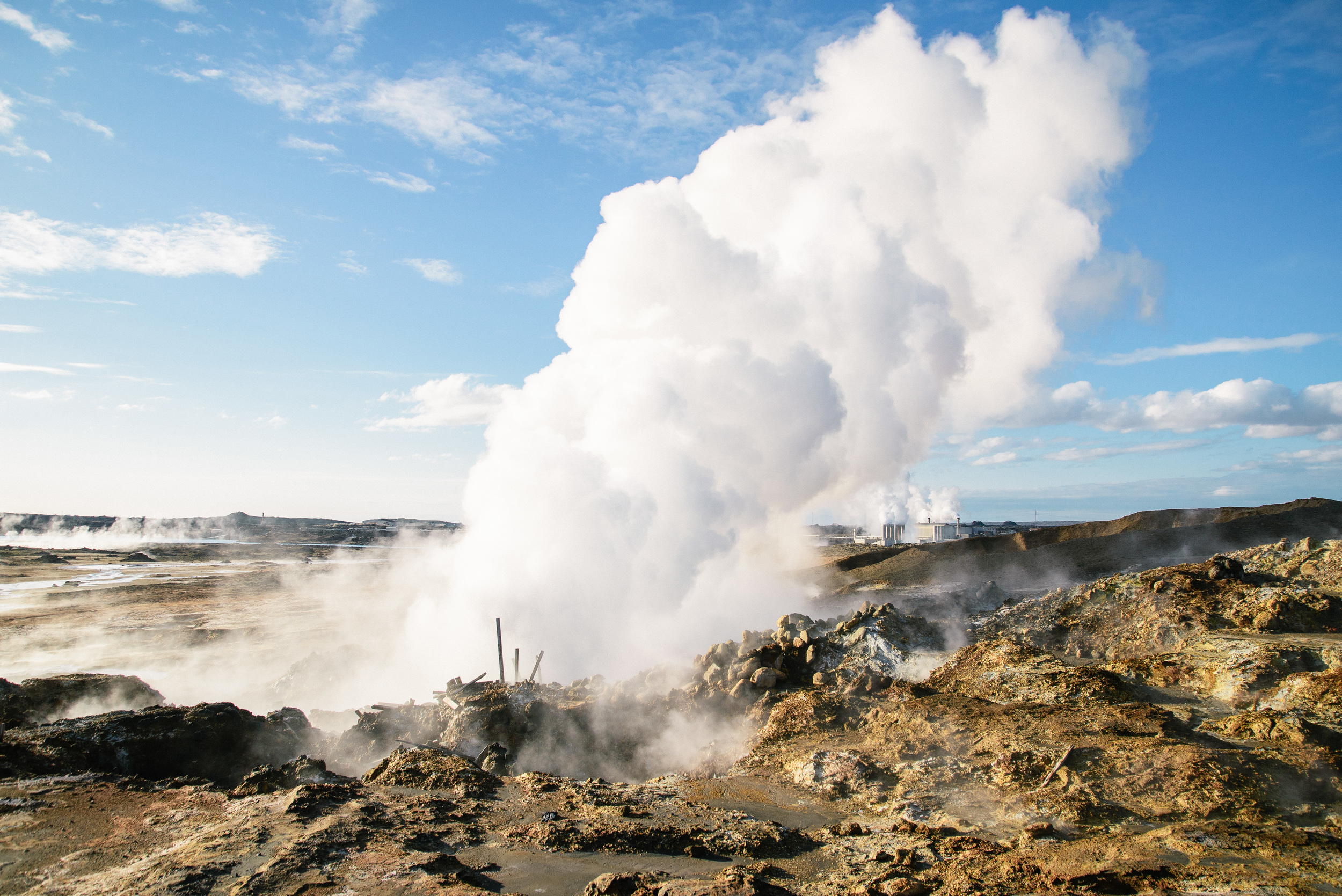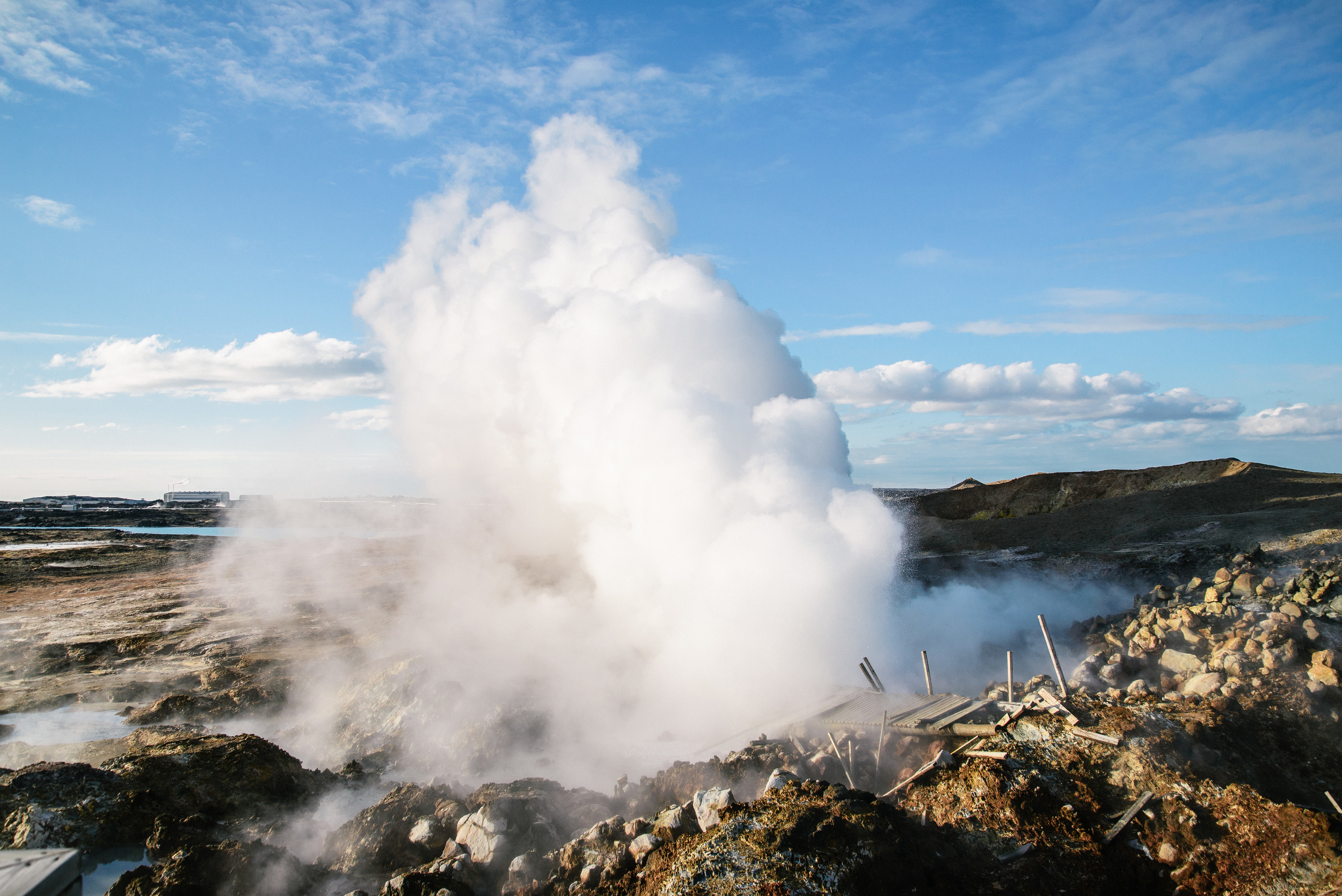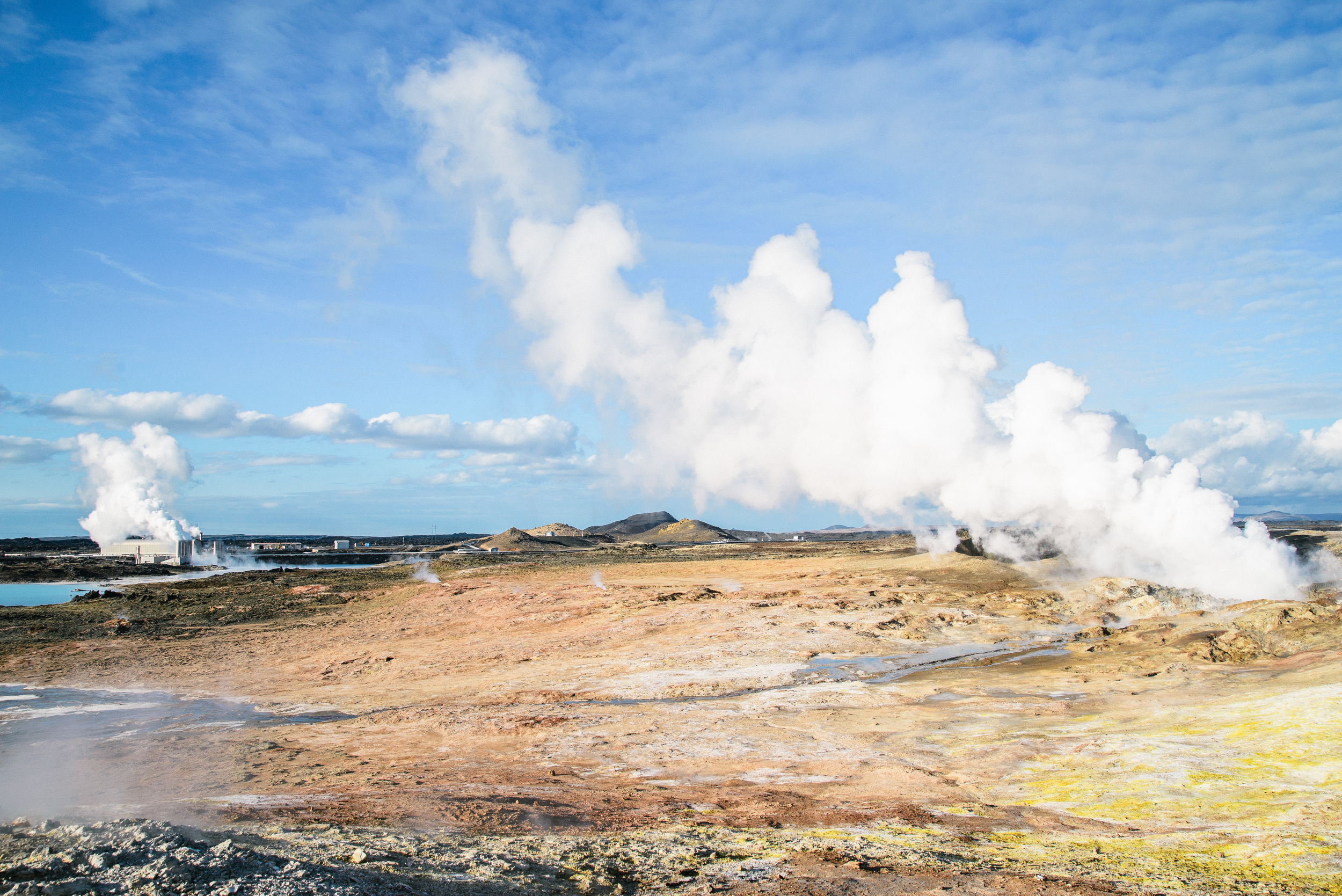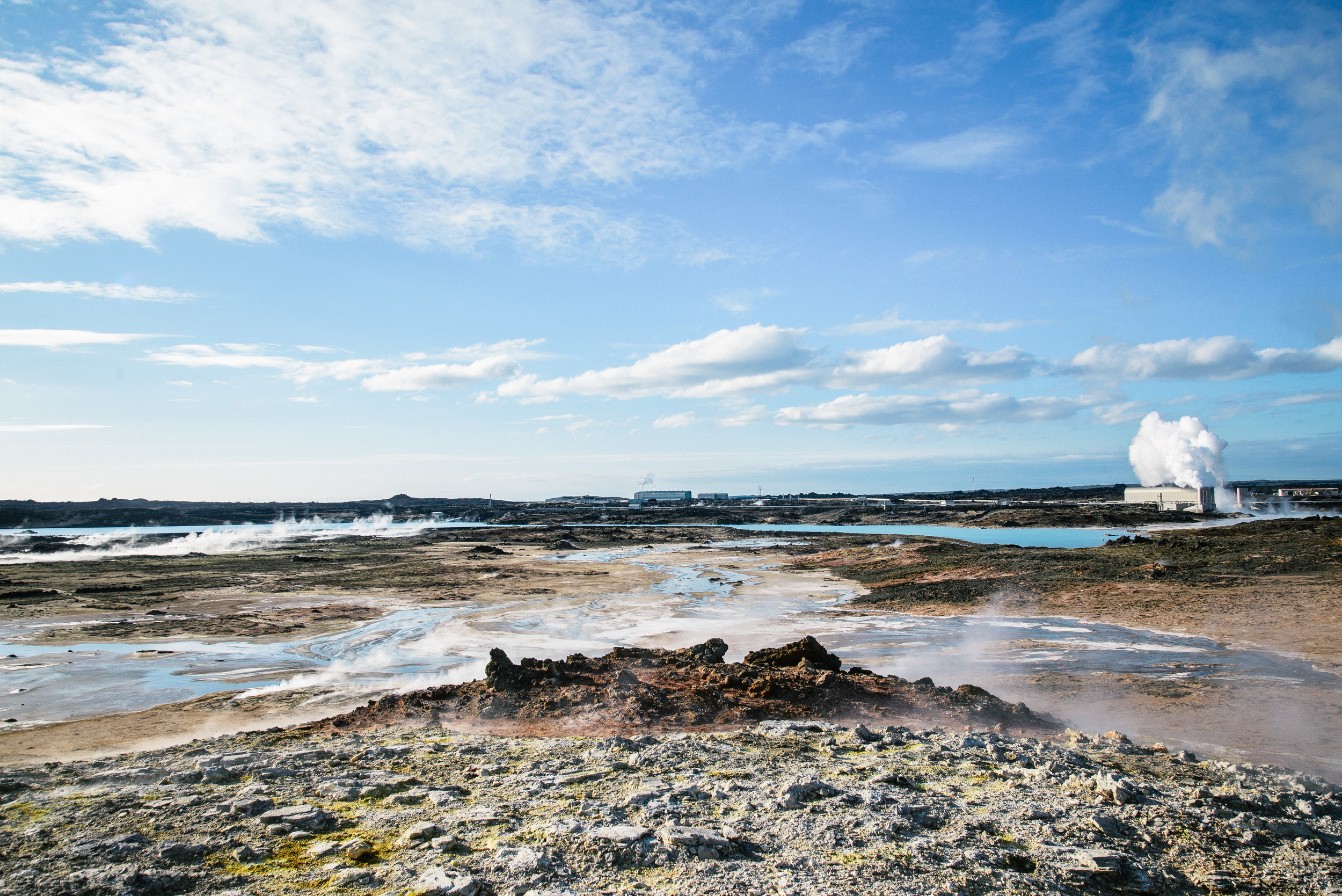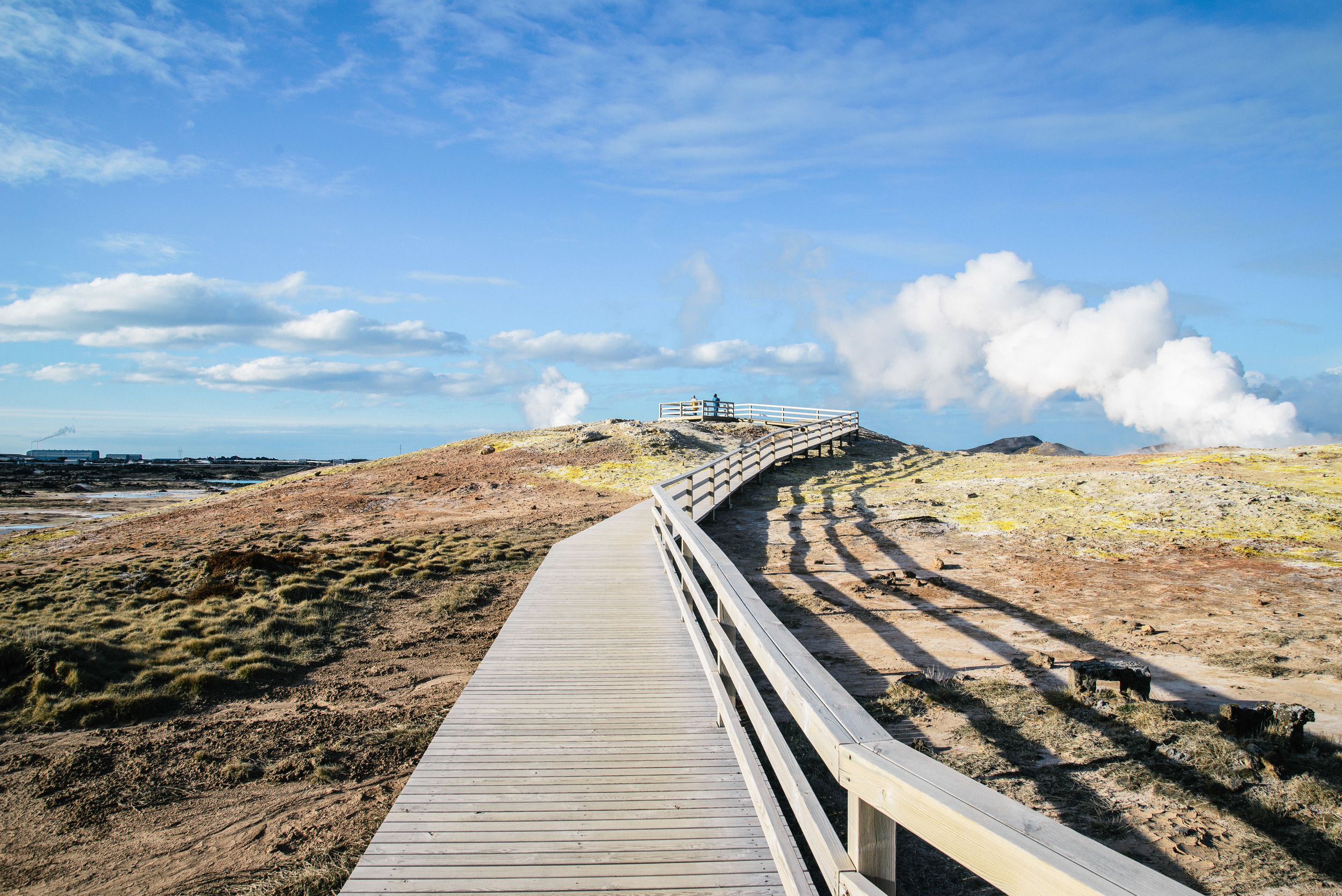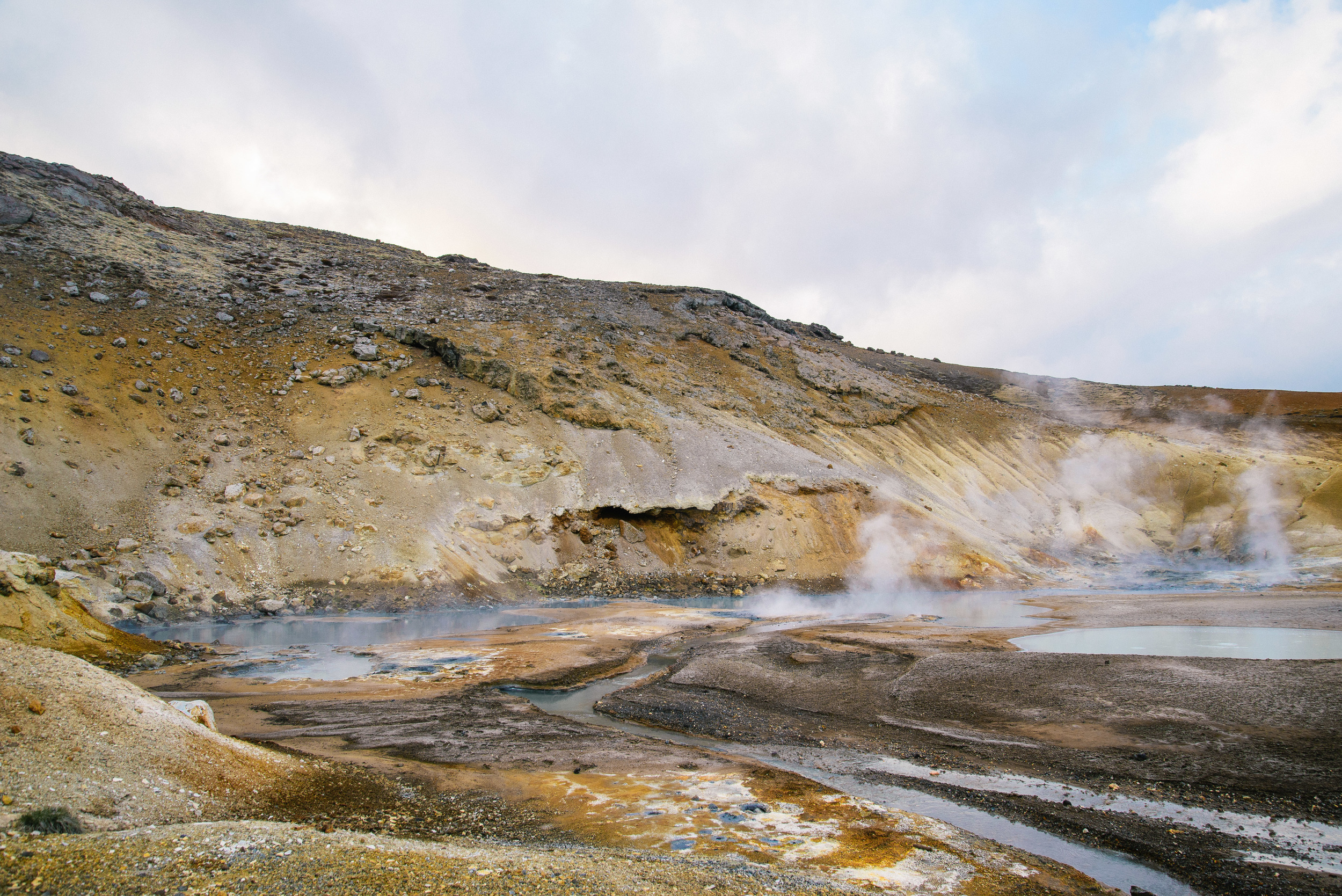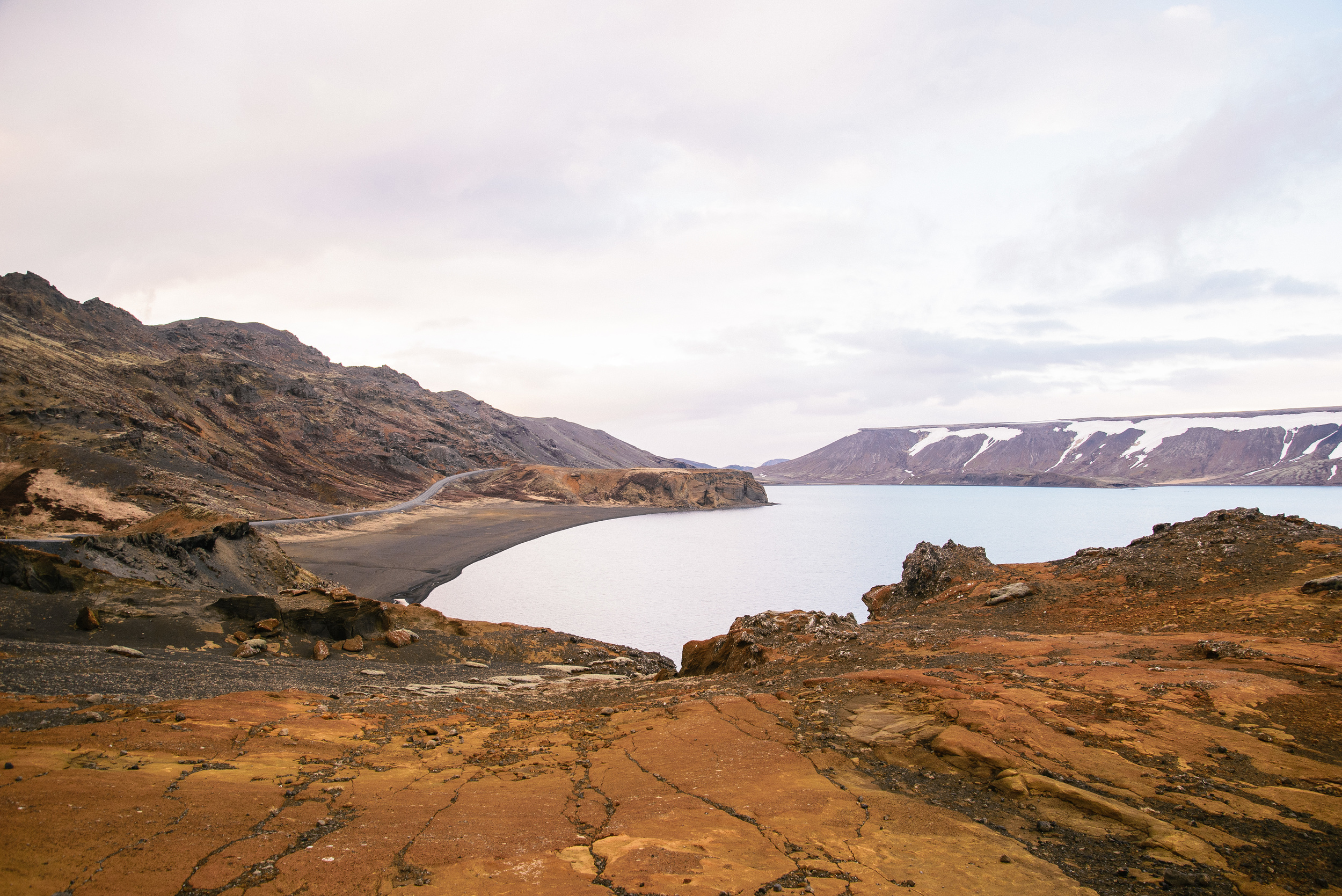Following our three day road-trip to Michigan, and some more time in Ohio, we decided to hire a car to make a longer road-trip to Nashville to see some good friends. Not being people who like things to be too straightforward we opted not to take the Interstate 75 all the way down, but instead took an alternative route, driving over three days through Indiana and Kentucky.
We hired our car from Toledo Airport, and of course made a quick stop for a take-away coffee at The Flying Joe in Perrysburg (the best coffee i have found in NW Ohio). We then headed out west on Highway 24 towards Fort Wayne and after an hour's driving we crossed the border into Indiana. I'm not sure what I was expecting, but North-East Indiana looks exactly the same as North-West Ohio, except Indiana sounds more exotic, maybe because it has "India" in its name.
Driving across northern Ohio and Indiana is akin to driving across a ridiculously large pancake which stretches for hundreds and hundreds of miles. The villages and farms here and there are like the lemon and sugar, adding flavour to an otherwise very plain landscape. It seems God used a steam iron when creating this part of the States. Straight roads criss-cross endlessly across the cornfields in ways unimaginable back in England, where tiny lanes bend around hills, streams and farms. The Mid-West is as American as you can get.
After another hour or so we decided to turn off the Highway south on Indiana State Route 1 to avoid some roadworks. Shortly, we came to the small town of Bluffton. Maybe it was just because it was my first town in a new state, but I got excited enough to pull over and take some photos. Indiana seemed to be even more patriotic than Ohio if frequency of the Stars and Stripes is the measure.








We carried on down the straightness and flatness of the Indiana roads, onwards and onwards until we rejoined the highway and then found ourselves in the state capital, the metropolis of Indianapolis in mid-afternoon. We had a bit of time free before we were due in our accommodation, so after the long drive we went to Quills Coffee near the city centre for some caffeine therapy. (We always research the coffee in each city before we go, I've had too many bad coffees to risk NOT stumbling on a good café, and often the best places are hidden away down side streets). Quills is a roastery and small chain of coffee shops in Indiana and Kentucky and the staff are very knowledgable and welcoming. This branch seemed to be in some kind of foyer of a new apartment complex, but I kind of liked it.
We left Quills and decided to take a walk around the city centre. We found some nicely painted walls which are always fun for portraits:
The centre of Indianapolis is, like most US cities, designed on a grid system. At the centre of the city is a long rectangular park with a number of impressive buildings, the Indiana War Memorial Plaza. It was originally built to honour the veterans of World War and to be the headquarters of the American Legion, which is situated at the north end of the Plaza. Walking south through the park, we pass a homeless man sleeping in the sun and a glamorous wedding photo shoot before we come to the Veterans Memorial Plaza, with it's tall obelisk. I'm not too much of a conspiracy theorist, but I feel like the Egyptian obelisk seems to crop up in nearly every major city I visit. I start to wonder why there can't be a bit more creativity when building monuments, and then wonder whether there really IS a conspiracy, and then I get distracted by the central feature of the plaza, the Indiana War Memorial. It is apparently modelled on the Mausoleum of Halicarnassus, one of the Seven Wonders of the Ancient World. It's a imposing building, even in the autumn sunlight. We watch a lone jogger running up and down the steps in a pink jogging suit, and then climb the steps and take in the view around the city.
















A little further to the south is the Chase Tower, also apparently modelled on the Mausoleum of Halicarnassus, and the tallest building in Indiana, and the 47th biggest in the U.S. With its little twin antenna at the top, it has something Gotham-city-esque about it.
After pausing for a while, we continue past a group of worryingly inebriated people pedalling around the city on a huge covered bicycle which seemed to serve an endless supply of beer while they cycled. As it is run by a company, I assume they can't be prosecuted for drunk driving..
The city centre is a circle plaza, Monument Circle, with roads radiating out four ways. We realise we have walked a long way from our car, so we head back, a 30 minute walk. Despite it's pomp and ceremony Indianapolis seems a little devoid of life and vibrance. Like a big ghost town, or maybe the place had been evacuated and we didn't get the memo. Regardless, it felt a little erie at times, and so we were glad to head back to the home of our couchsurfing hosts just north of the city centre, who had cooked us a wonderful vegetarian meal.
The next day, we set out for what turned out to be an epic day of driving. We turned off the highway after an hour or so, and took the backroads the rest of the way. For the first time in our trip, the flat plains turned into rolling hills and forests as we drove through the south of the state.
We drove through several small towns, where patriotism seemed to be as alive as ever, such as Orleans.
We soon reached the really cute little town of Paoli, in Orange County (California is not the only one to have an OC). Our route was blocked by police, as some kind of carnival or procession was taking place. It turned out to be the Orange County Fair. Rather than find a detour, we decided to pull over and have a quick wander around the town. I felt like I had suddenly found a romanticised vision of small town America. There was a really cute little town square, quirky architecture, friendly cops, people selling pies, someone driving around campaigning for the Republican party in his pick-up and heck, even a kid driving a tractor. You don't get much more small town mid-west than that. It was like I'd arrived in a movie or novel, or perhaps a Simpson's episode. Either way, it was a great little journey break and photographic opportunity!








A bit further on from Paoli we crossed a high road bridge and I snapped this goods train trundling through underneath
After driving through the rolling hills and tall trees of the Hoosier National Forest in the far south of Indiana, our backroads route finally brought us to a bridge across the Ohio river where we came to the end of Indiana and the beginning of Kentucky, the end of the Mid-West and the beginning of the South. We crossed the bridge, and I desperately wanted to get out and photograph it but there was not really a pedestrian footpath, just a white line marking the edge of the road with a narrow human-sized gap to the side of the bridge. Just over the bridge was a small town and I went and asked in the local store/gas station whether I was allowed to walk over the brige. After some confused looks from the staff, one of then made a phonecall to the local sheriff and then assured me it was fine to walk across it.
I don't think the local motorists seemed to share the sheriff's opinion. Dodging semi trucks and being honked and shouted at numerous times, I made it to the middle of the bridge to get these shots. Don't ever think a photographer's life is easy!









The next blog will be the last in this mini-series and will document our journey through Kentucky to Nashville and back to Ohio. Watch out for this in a few days!









